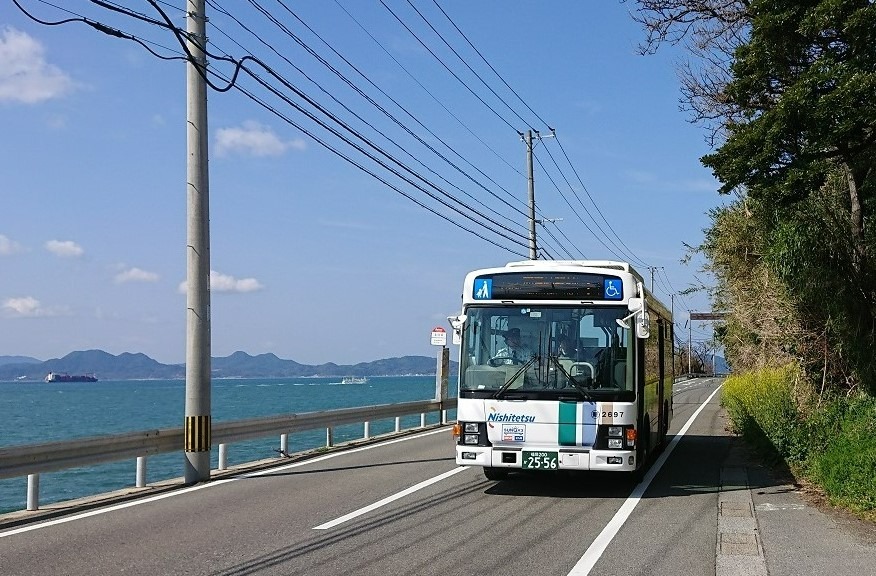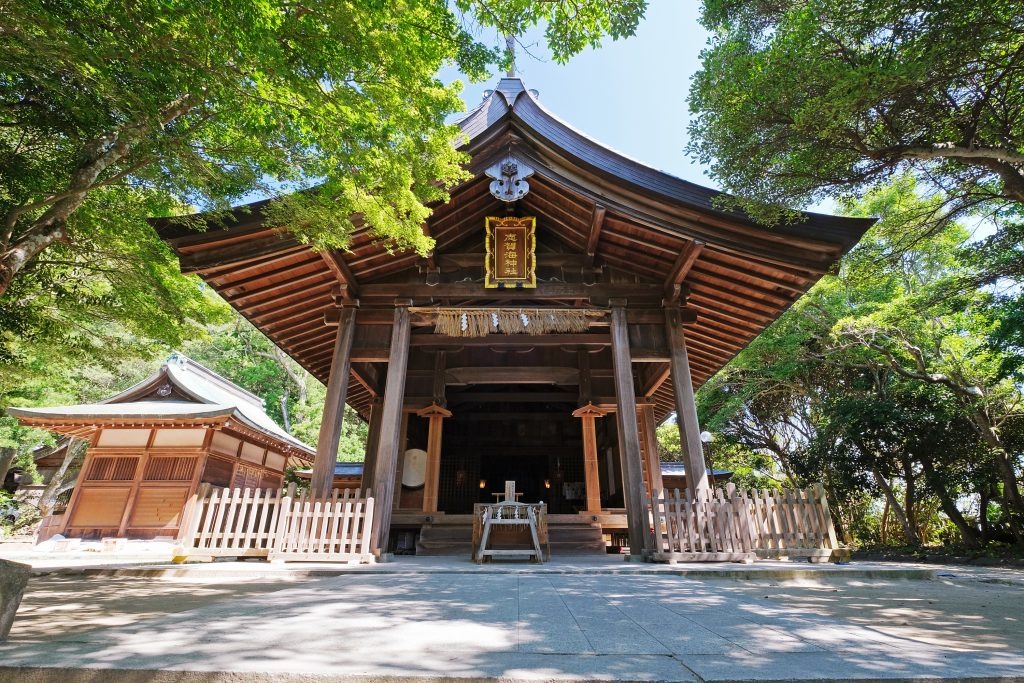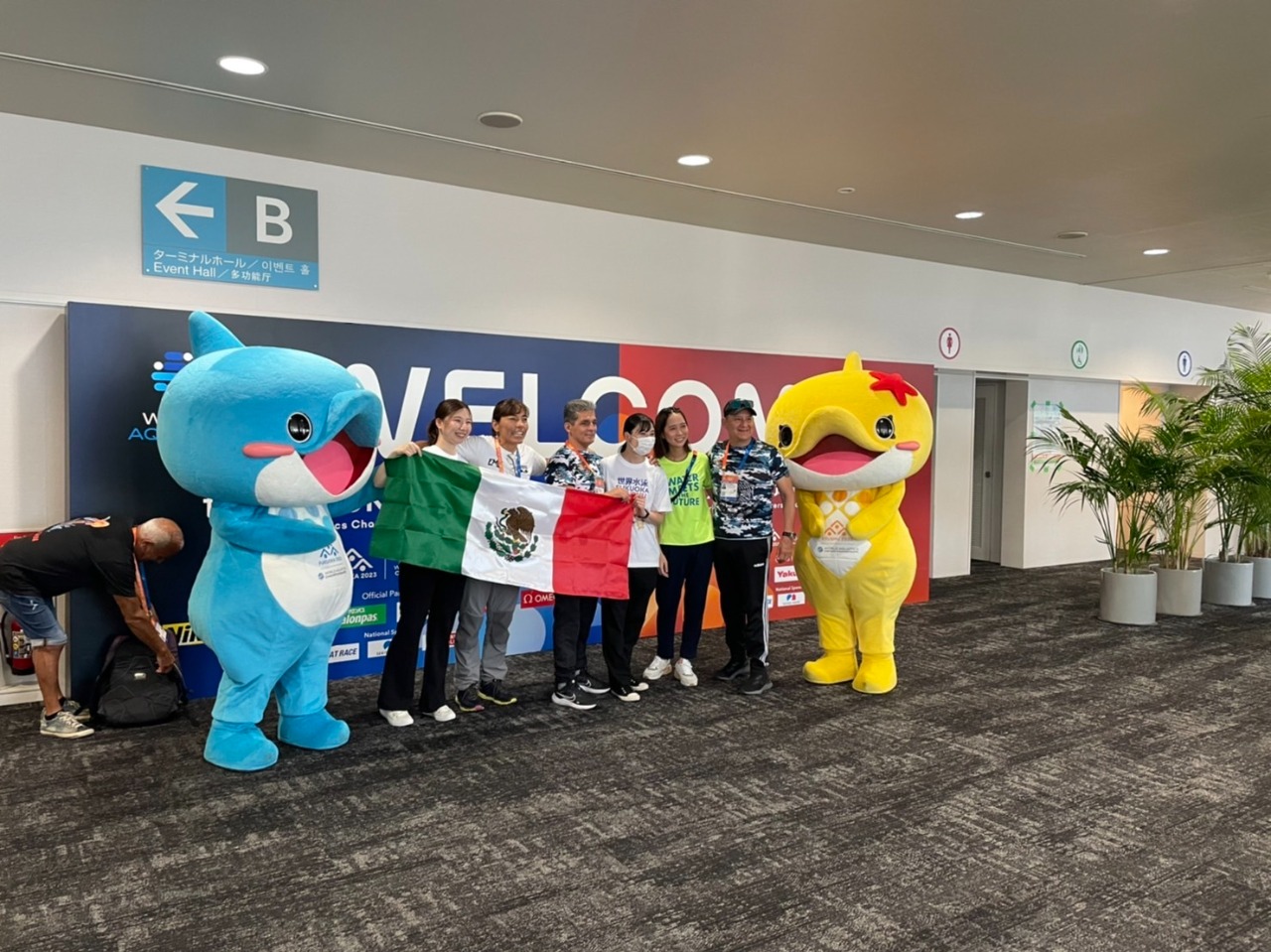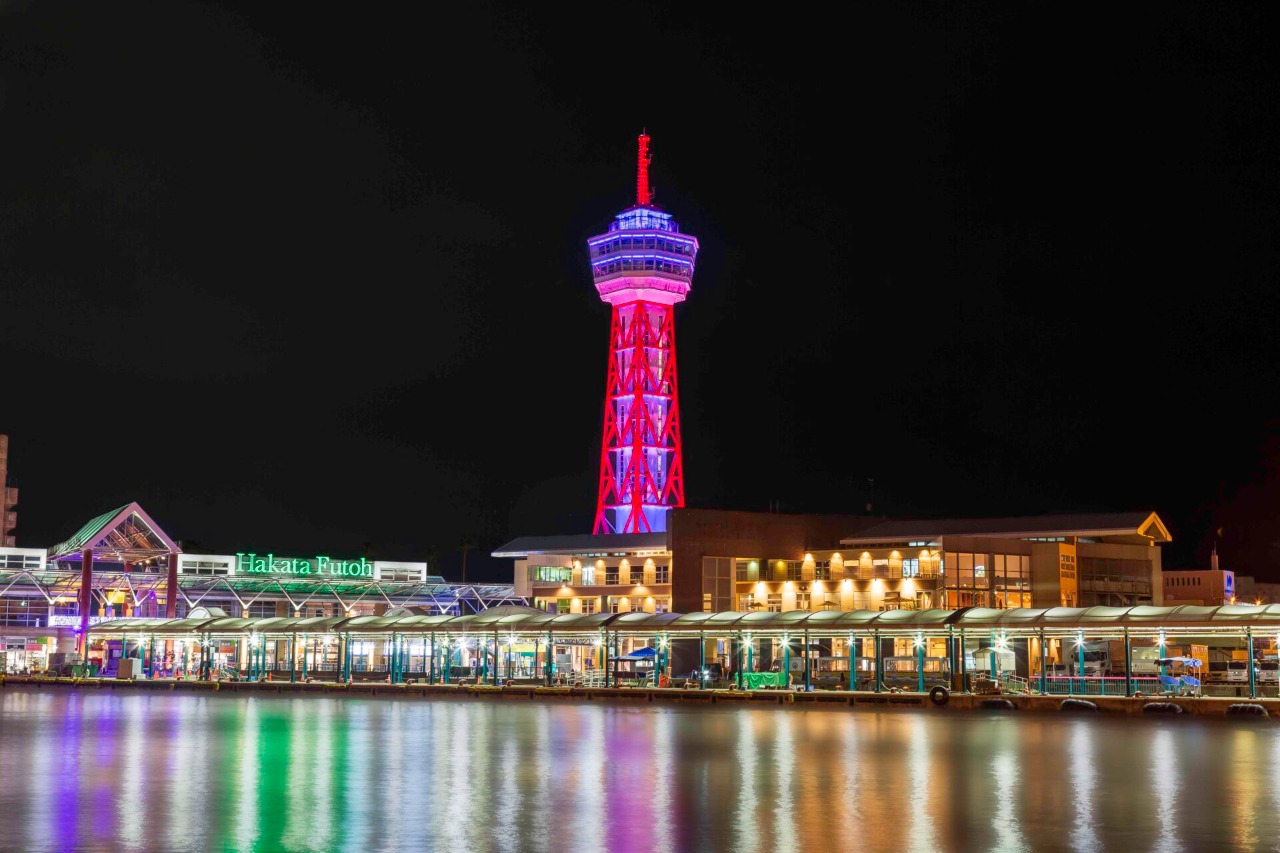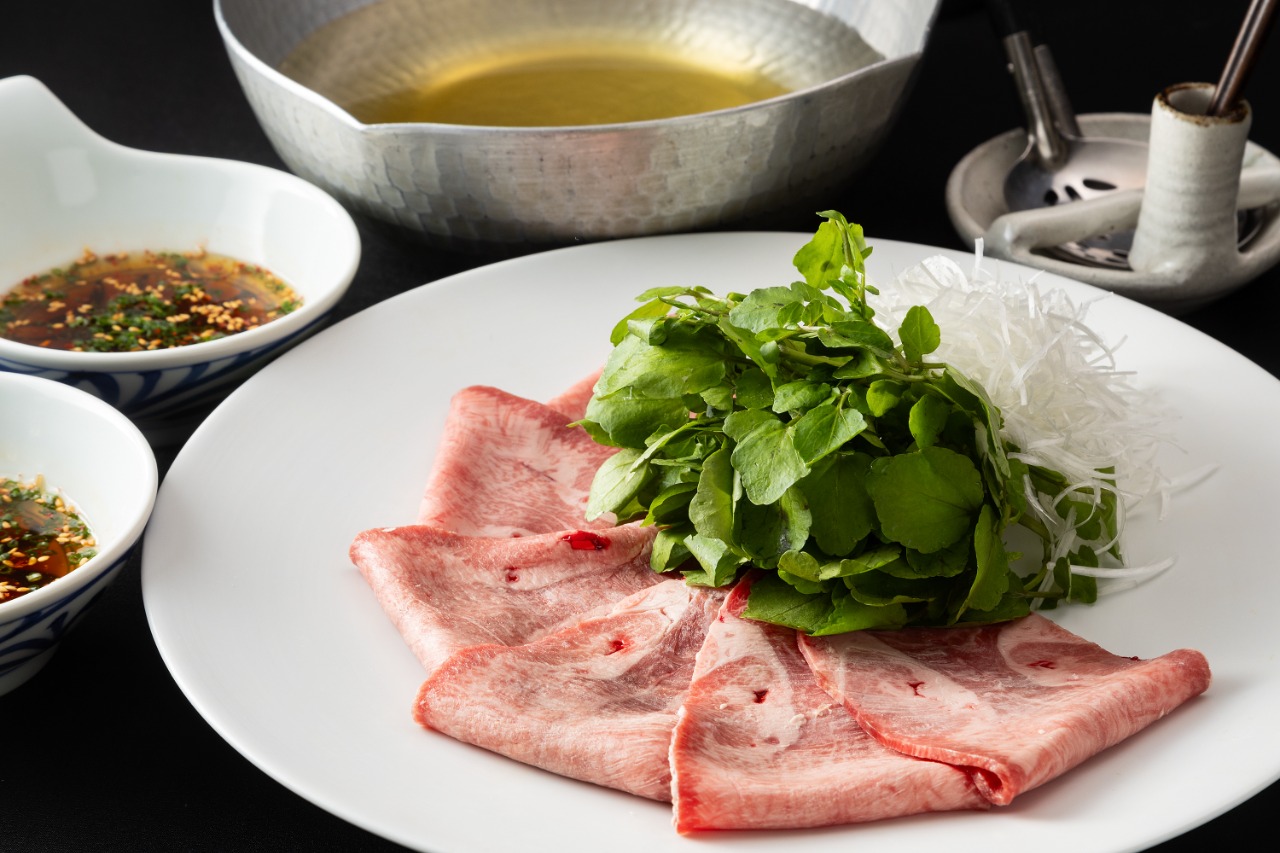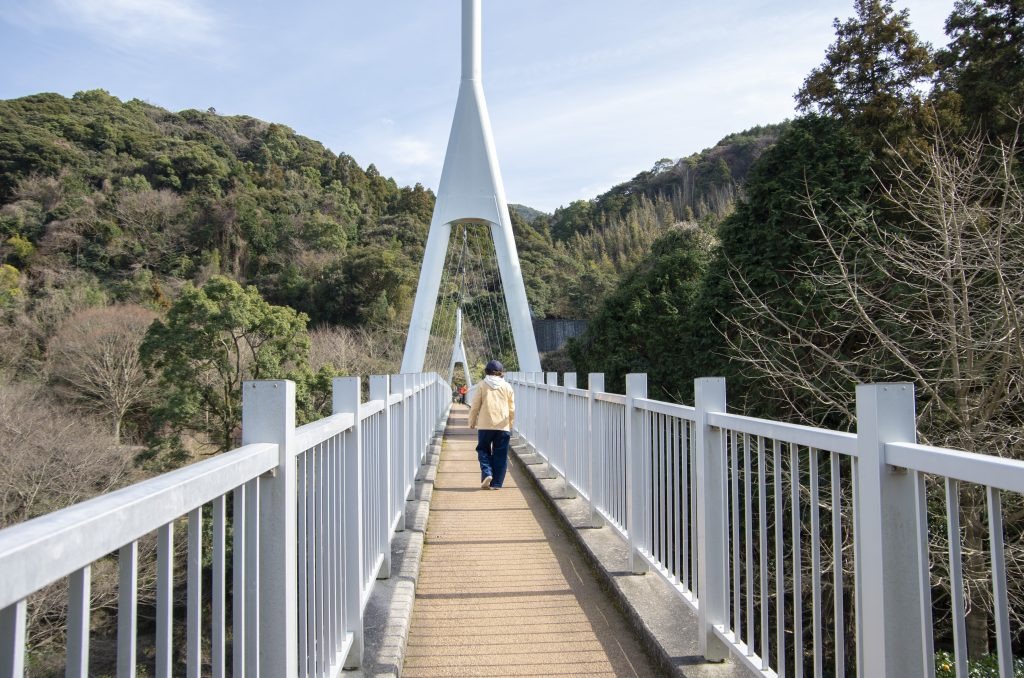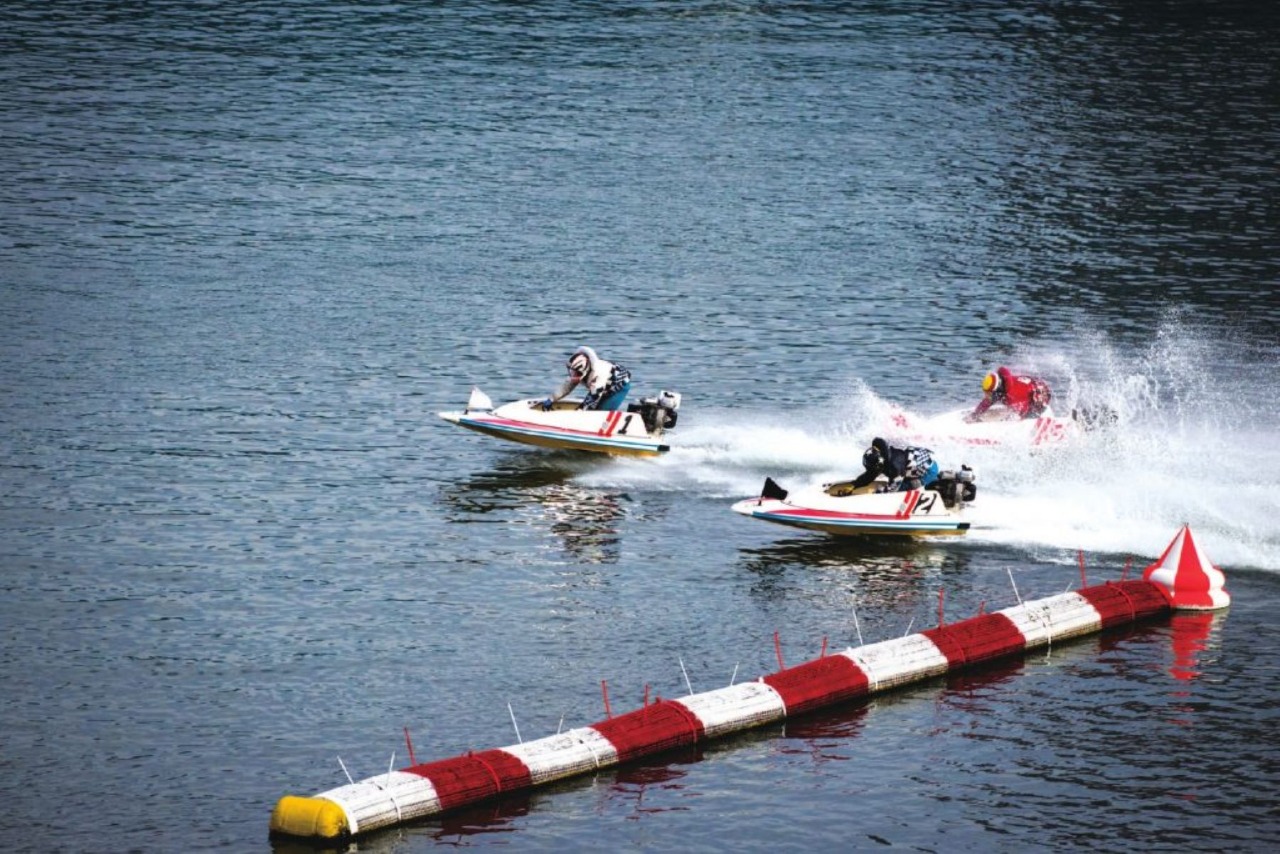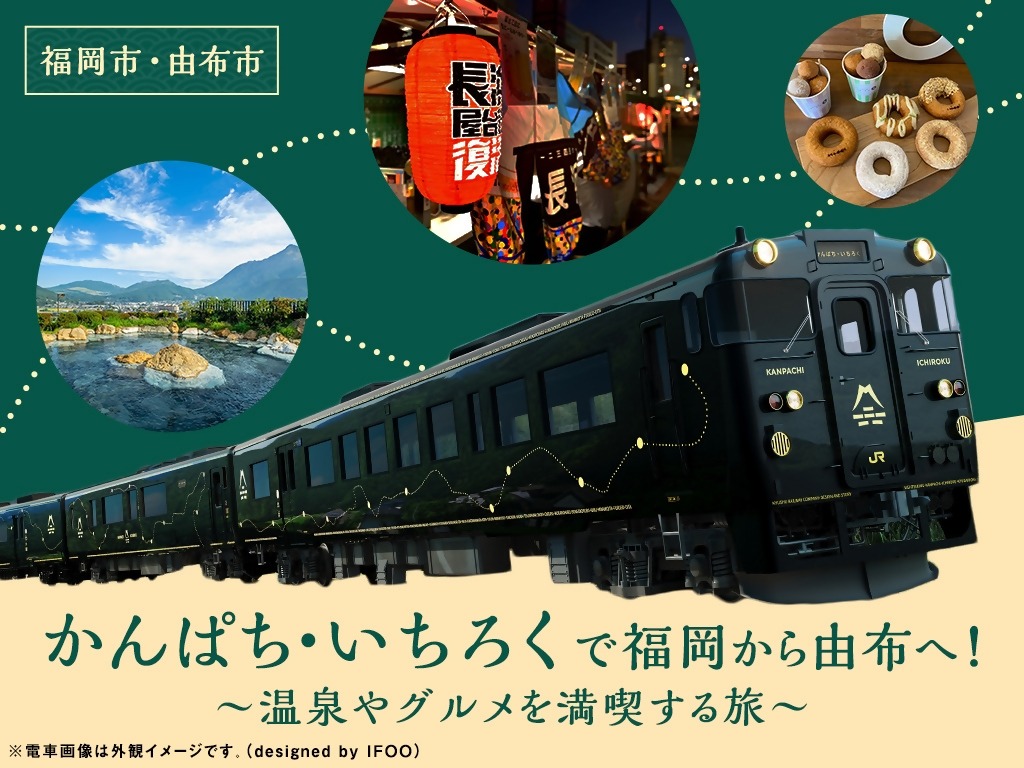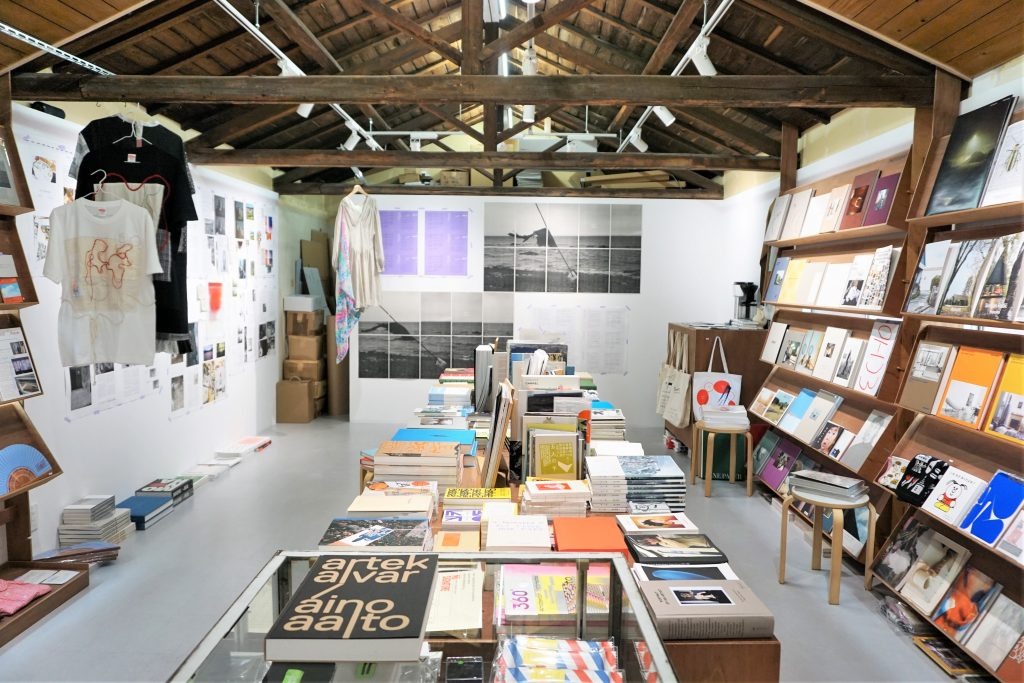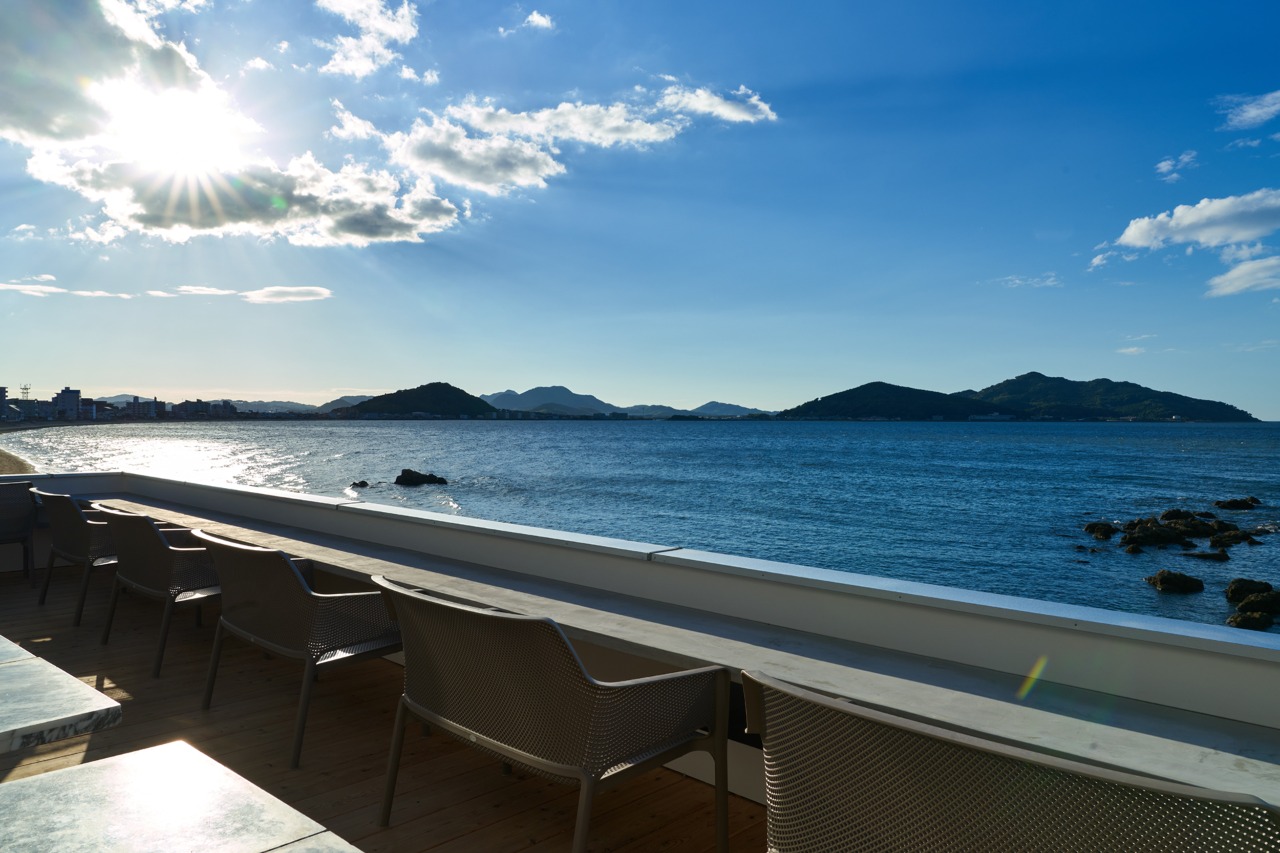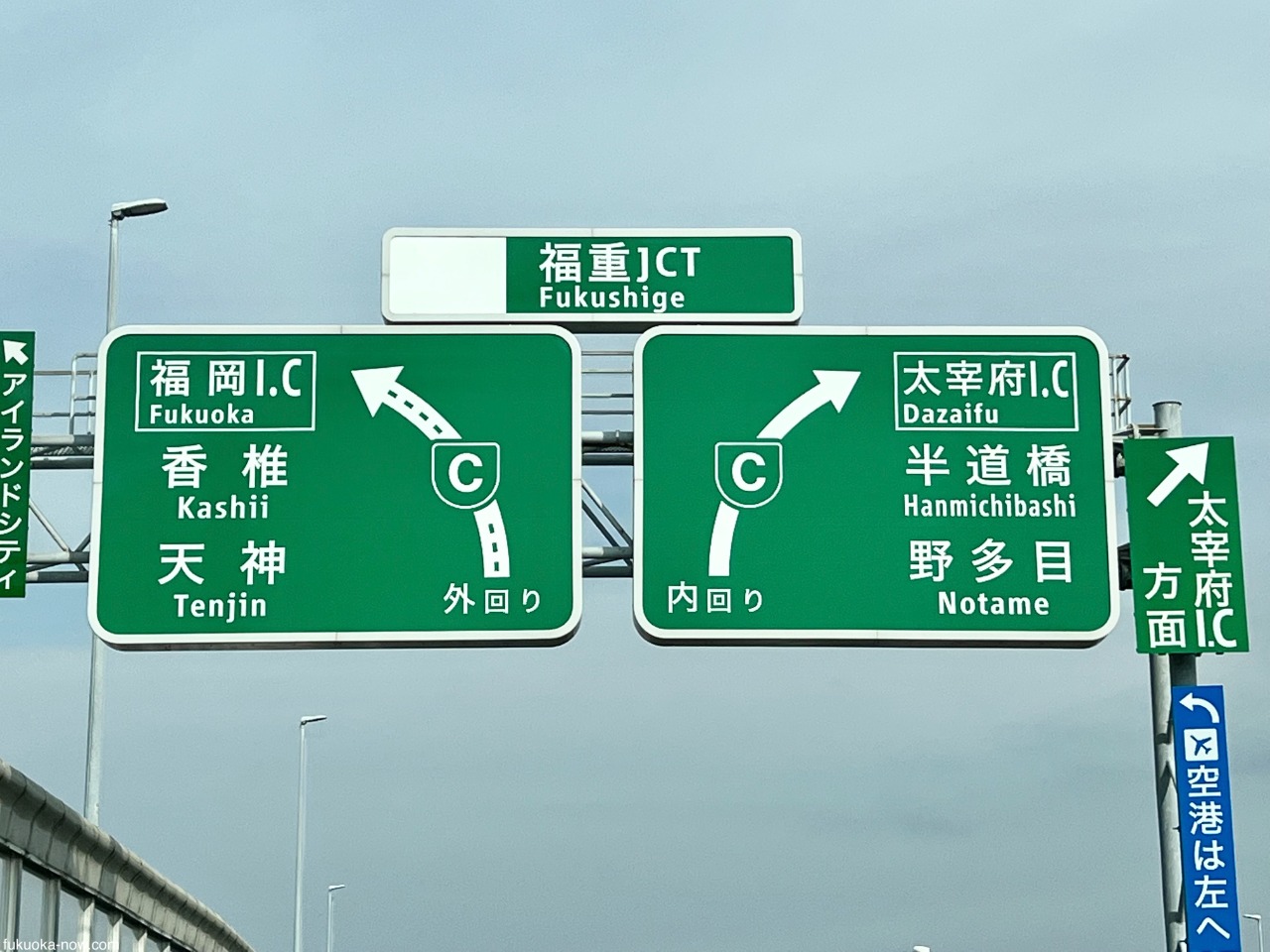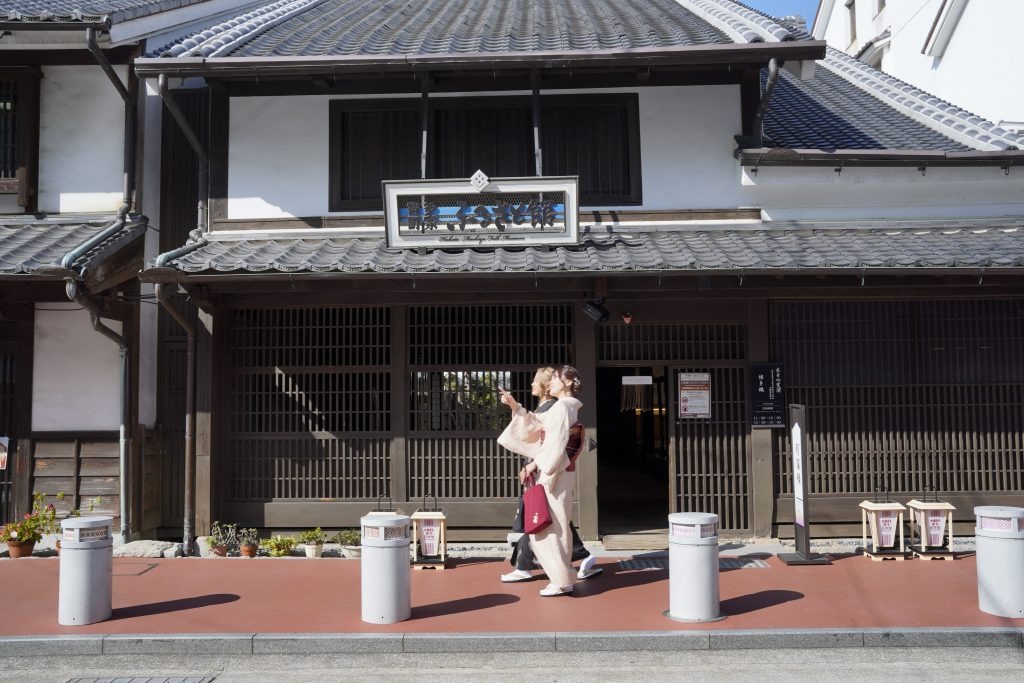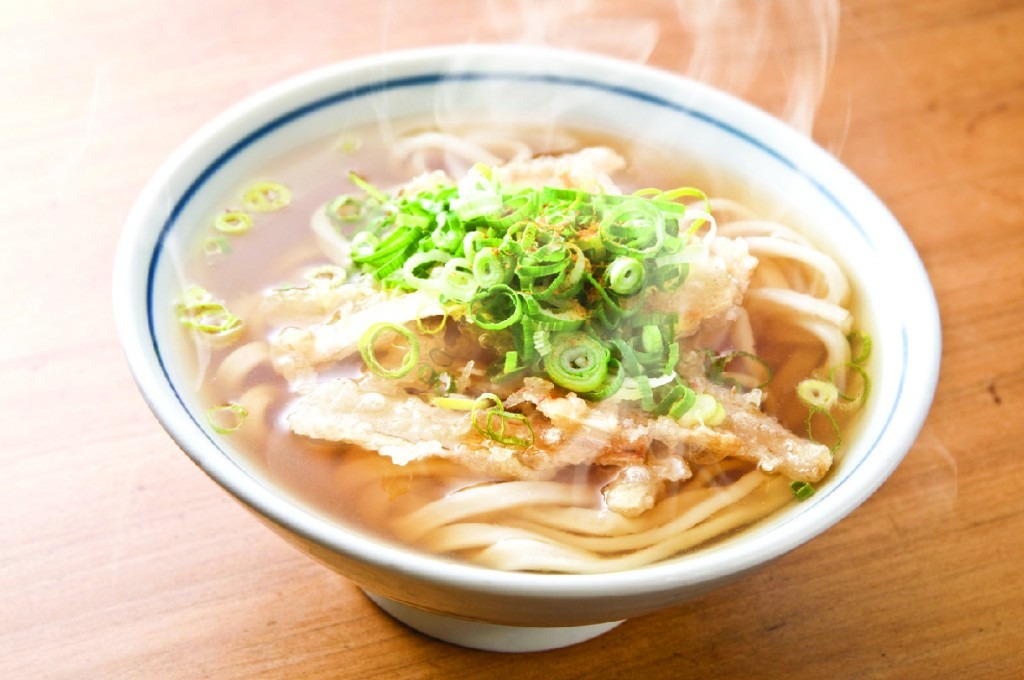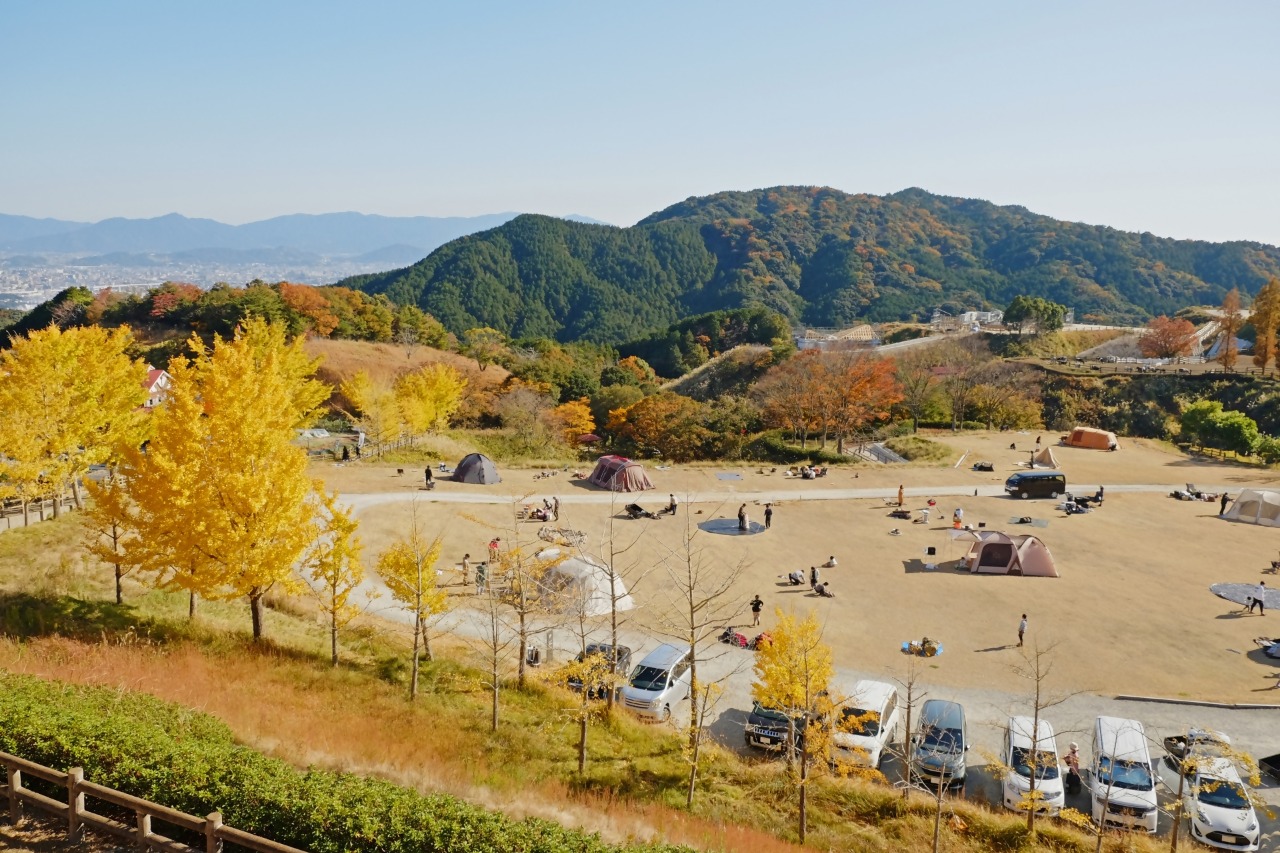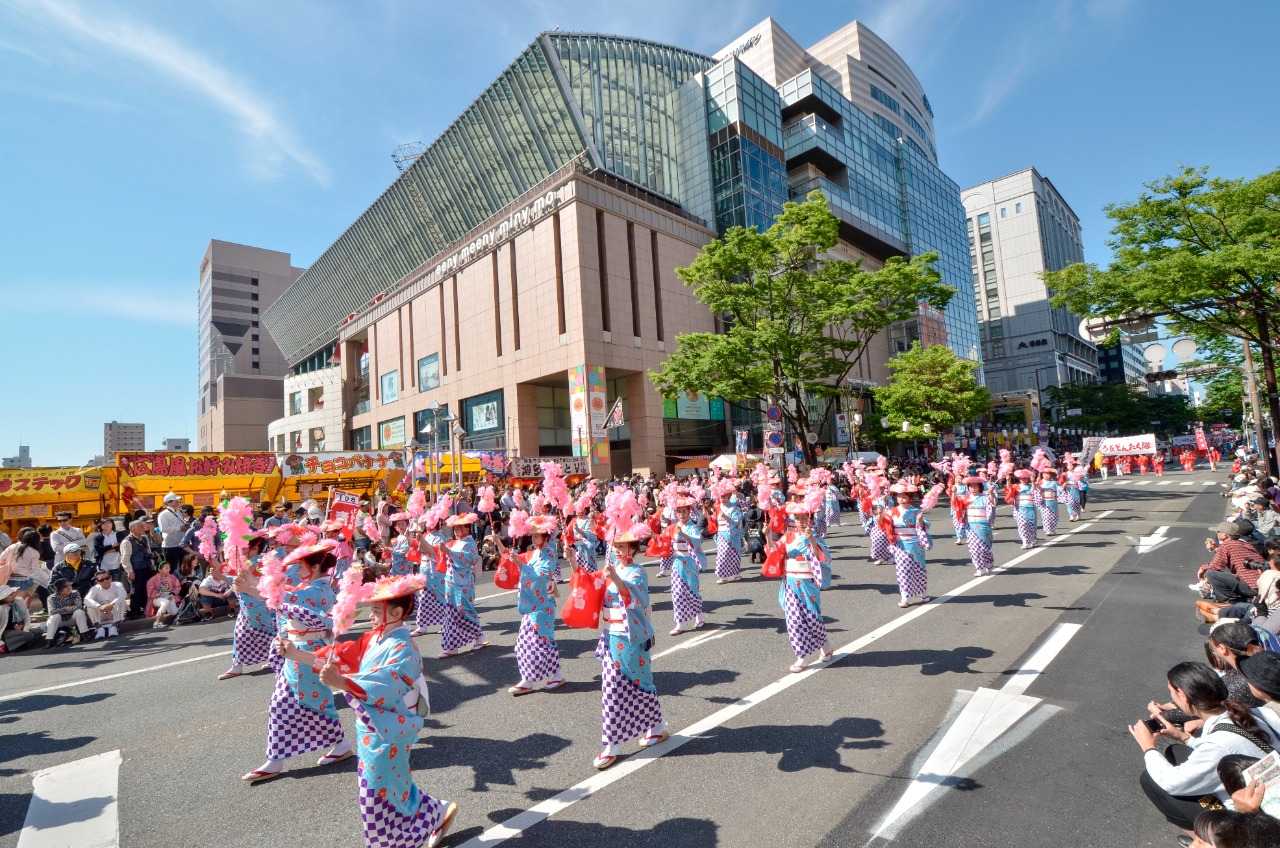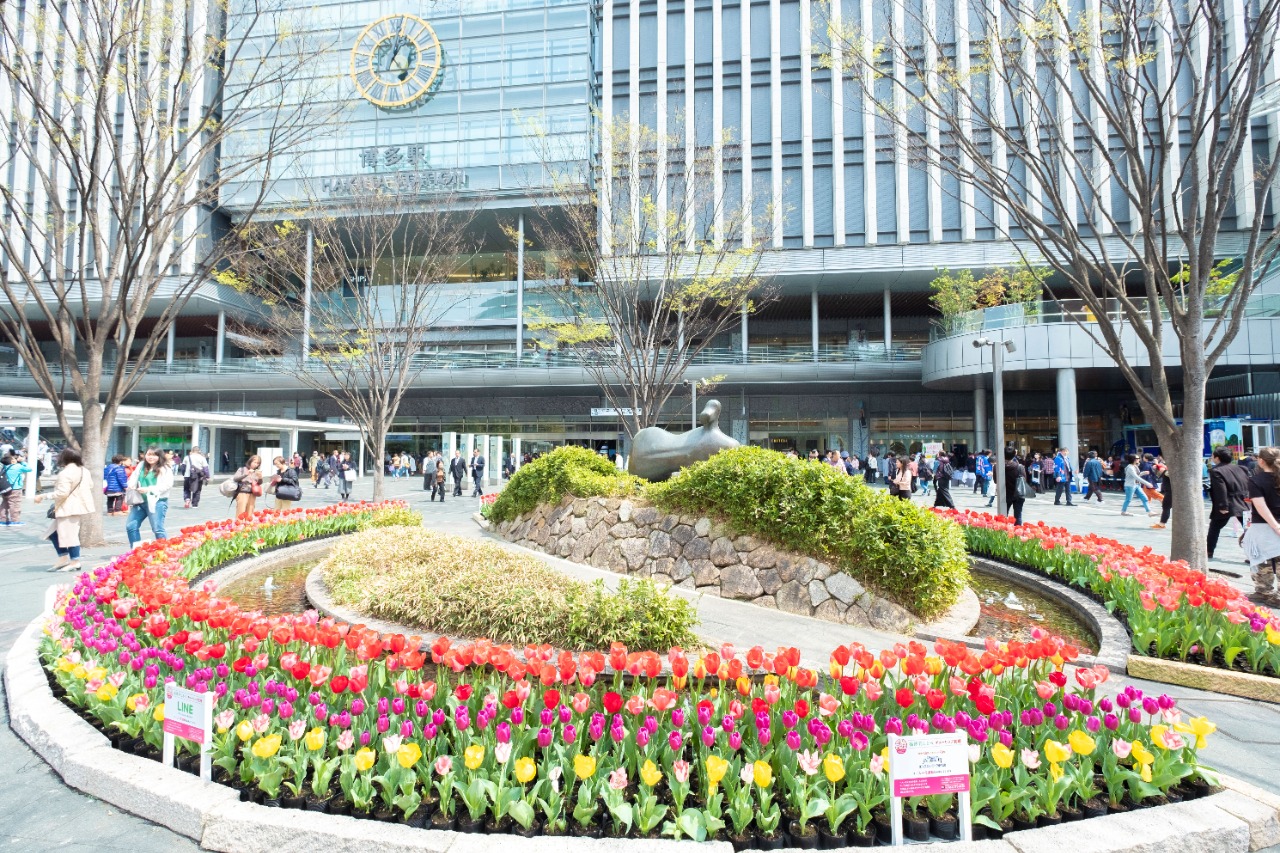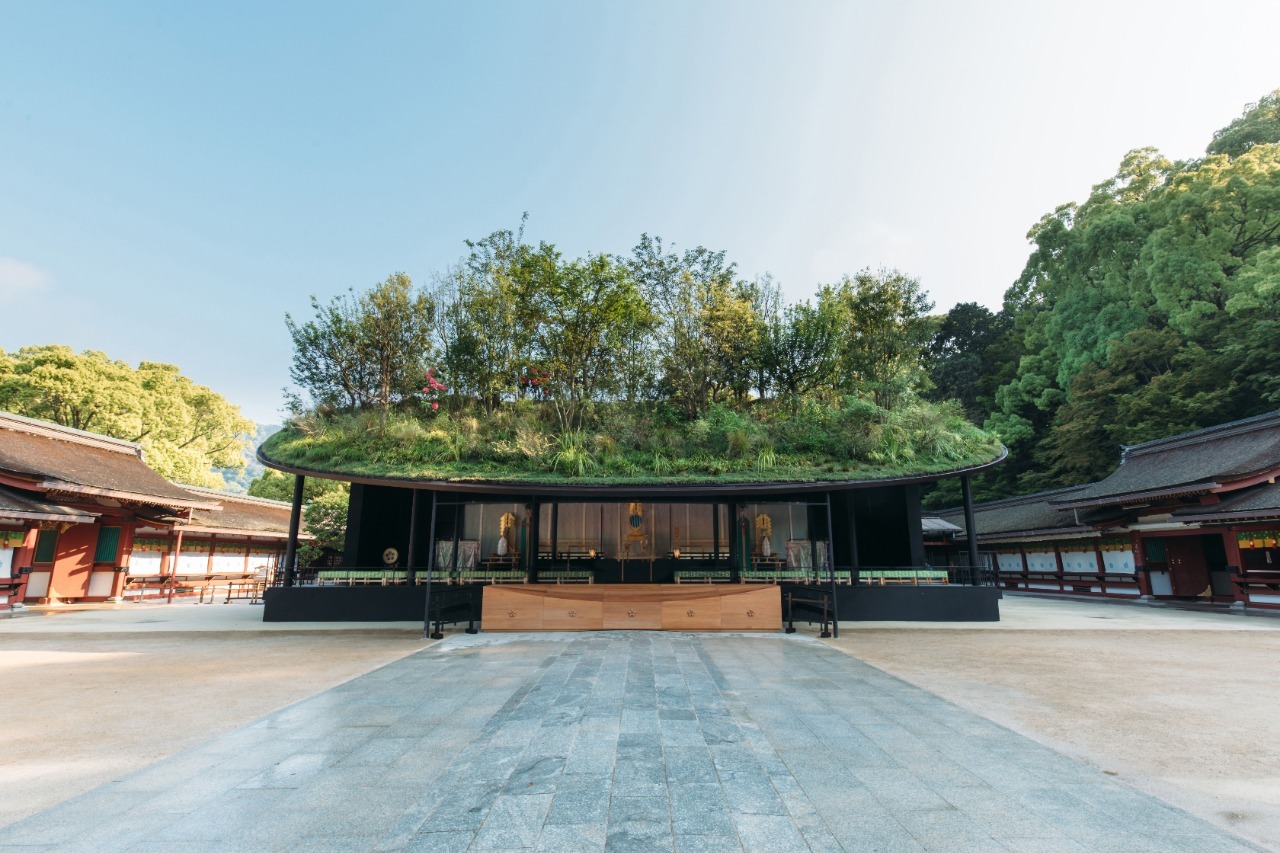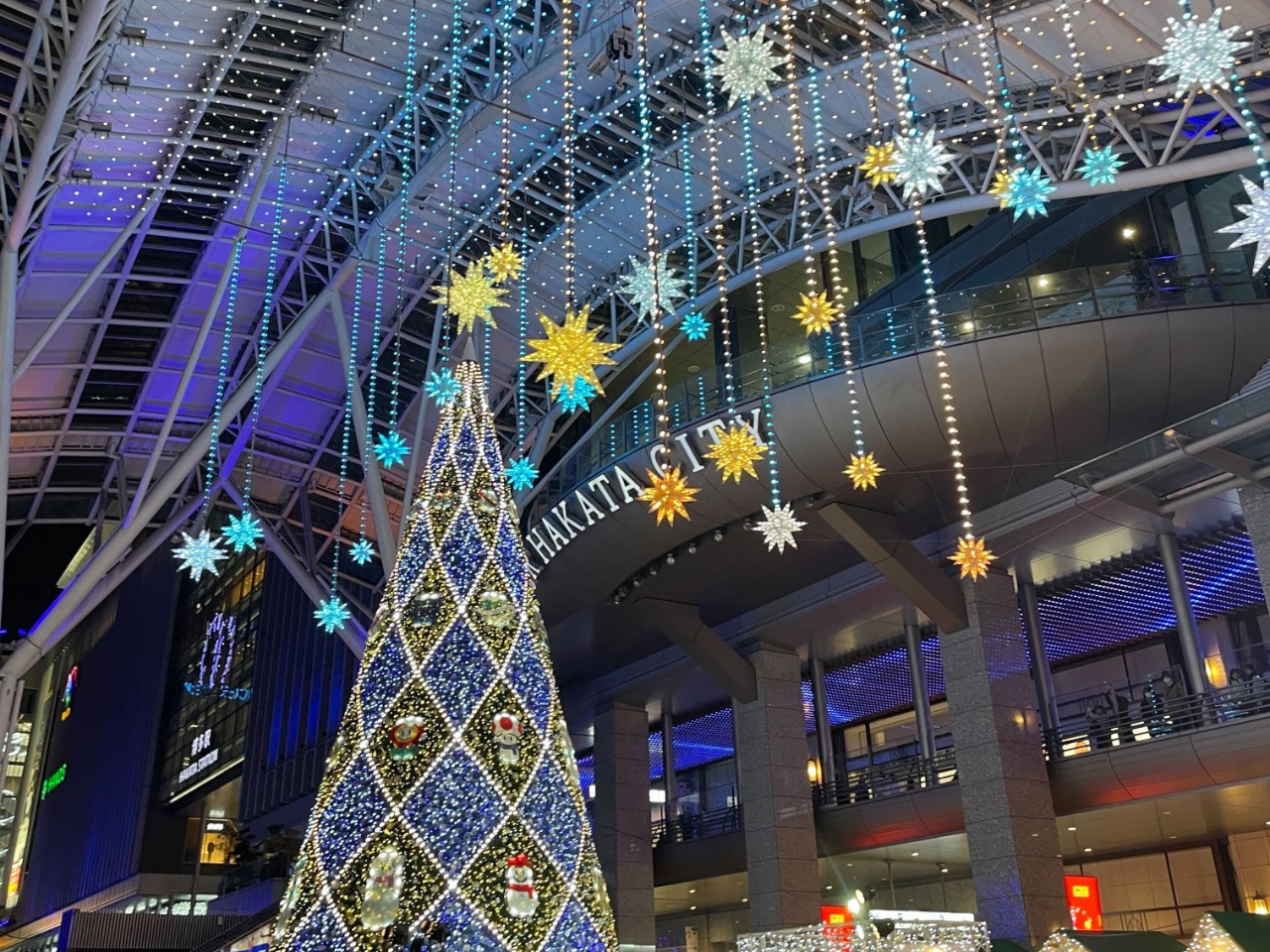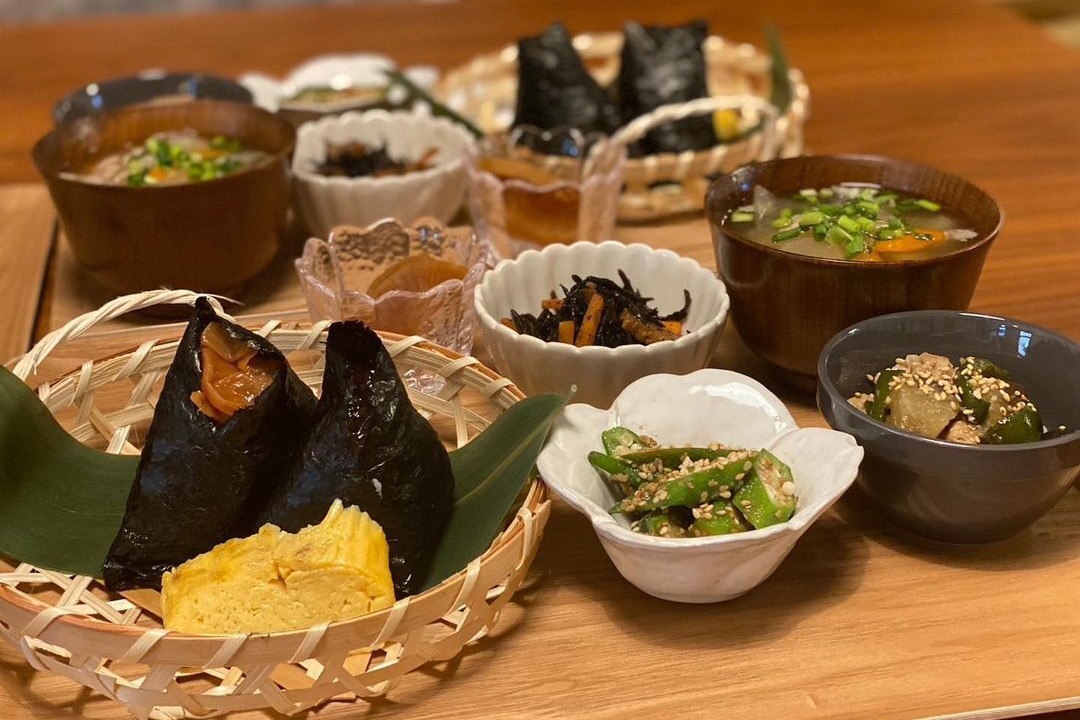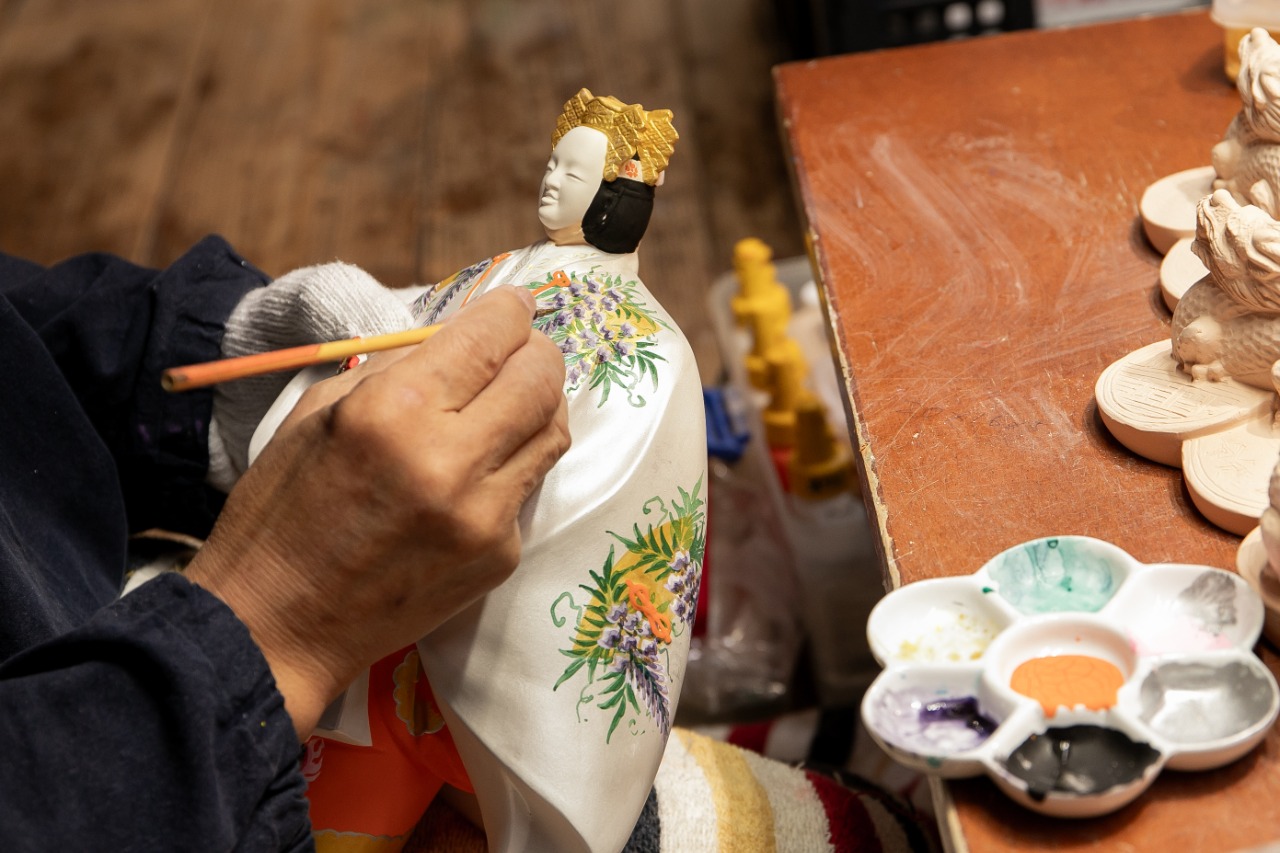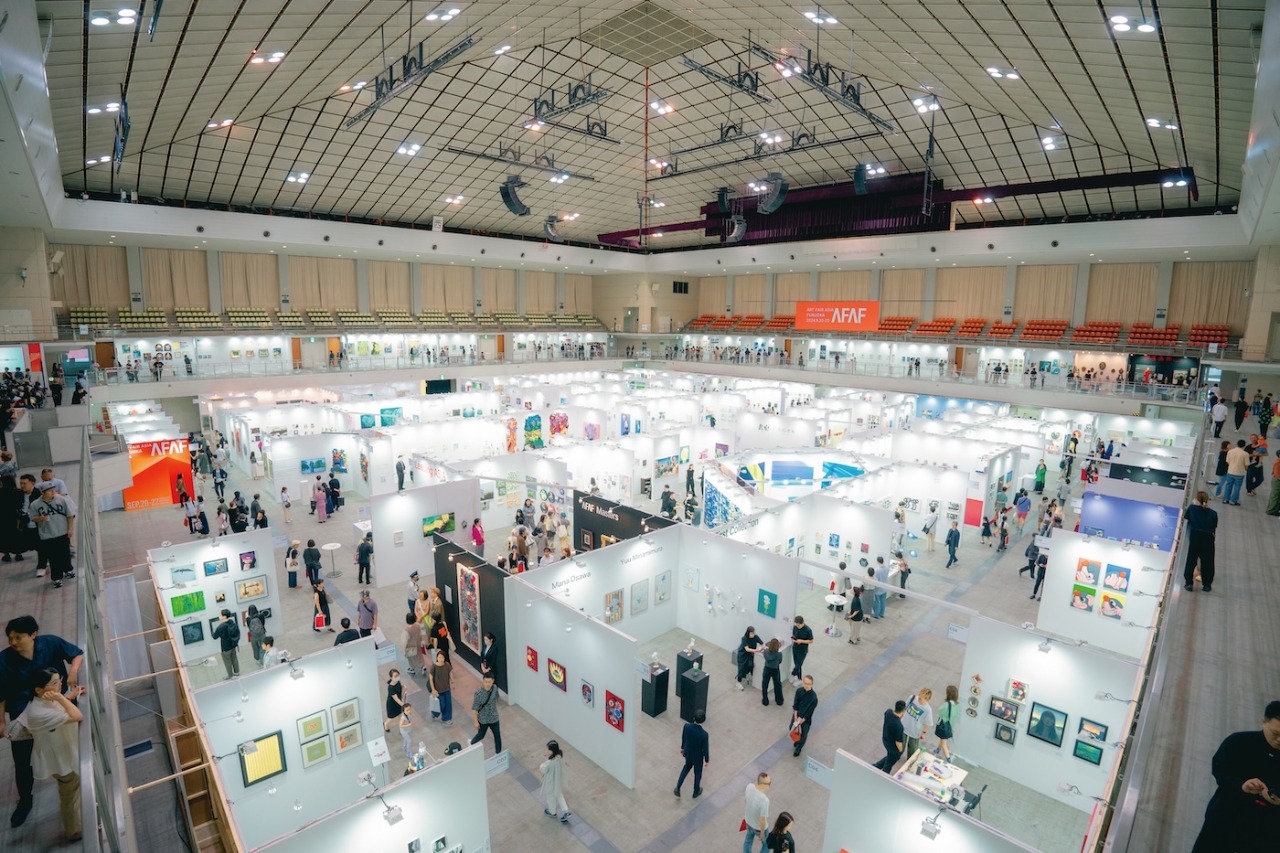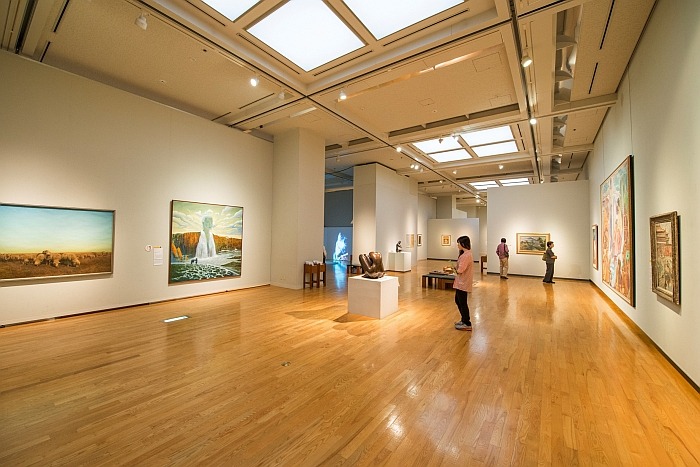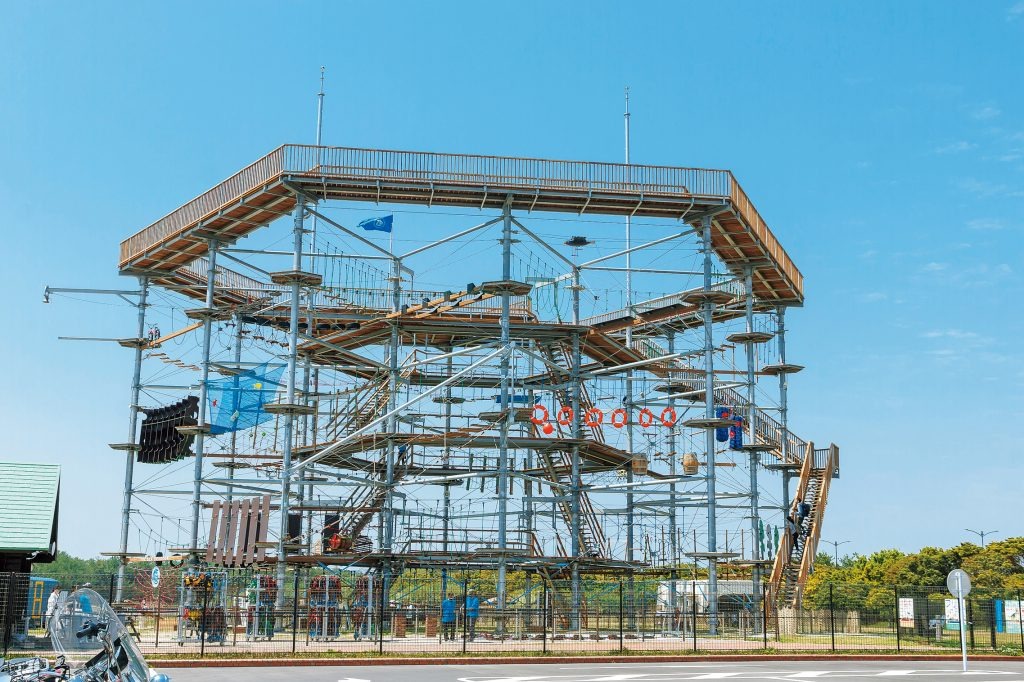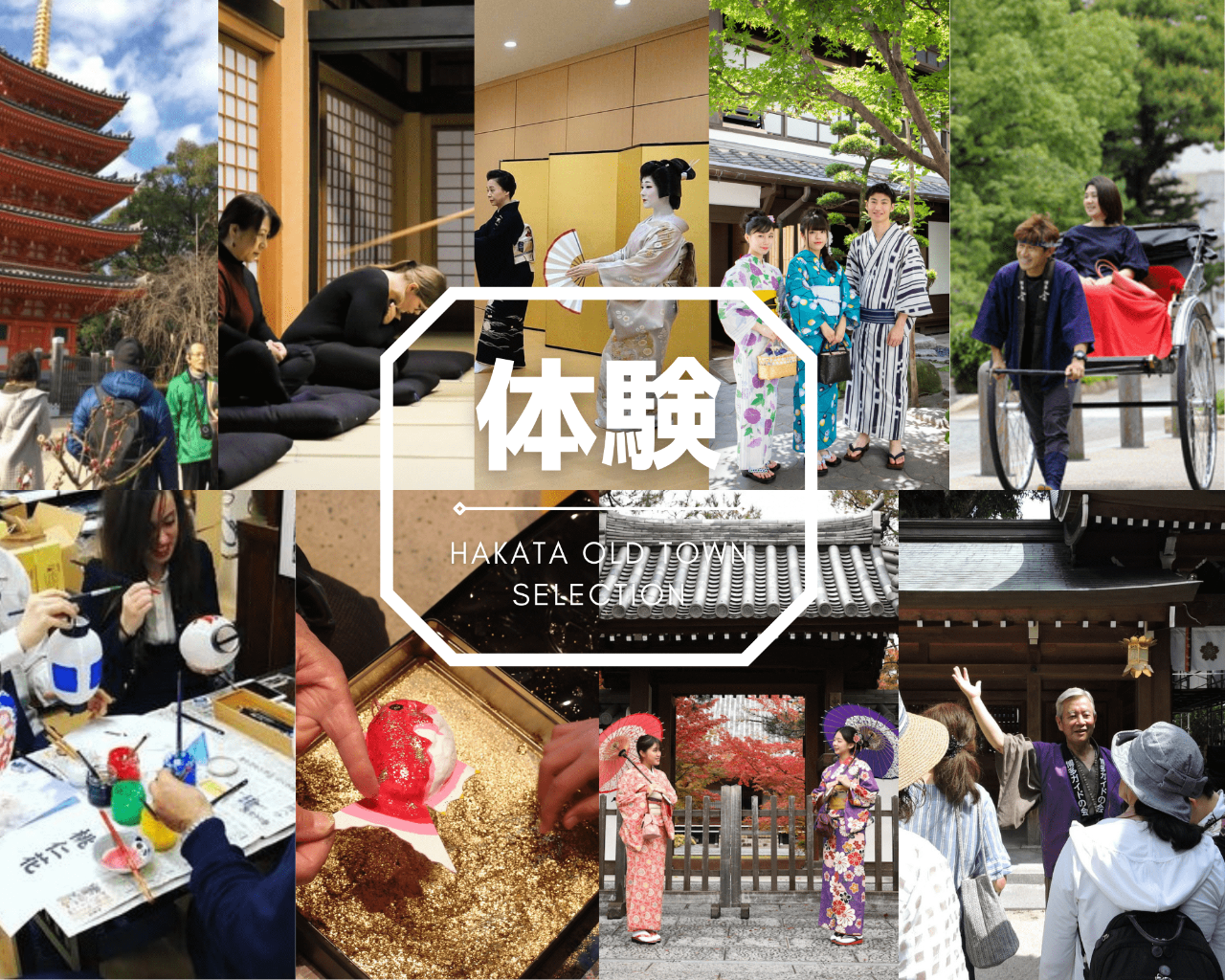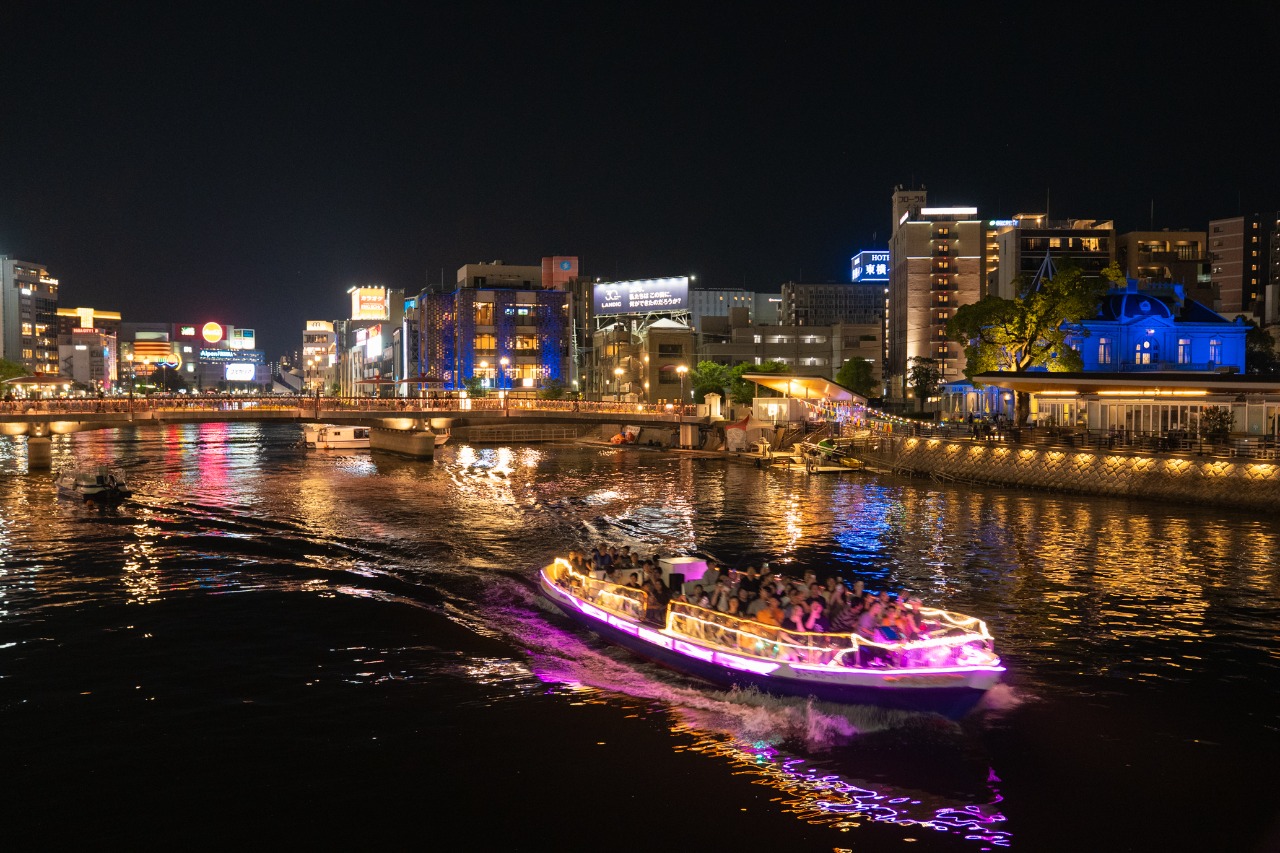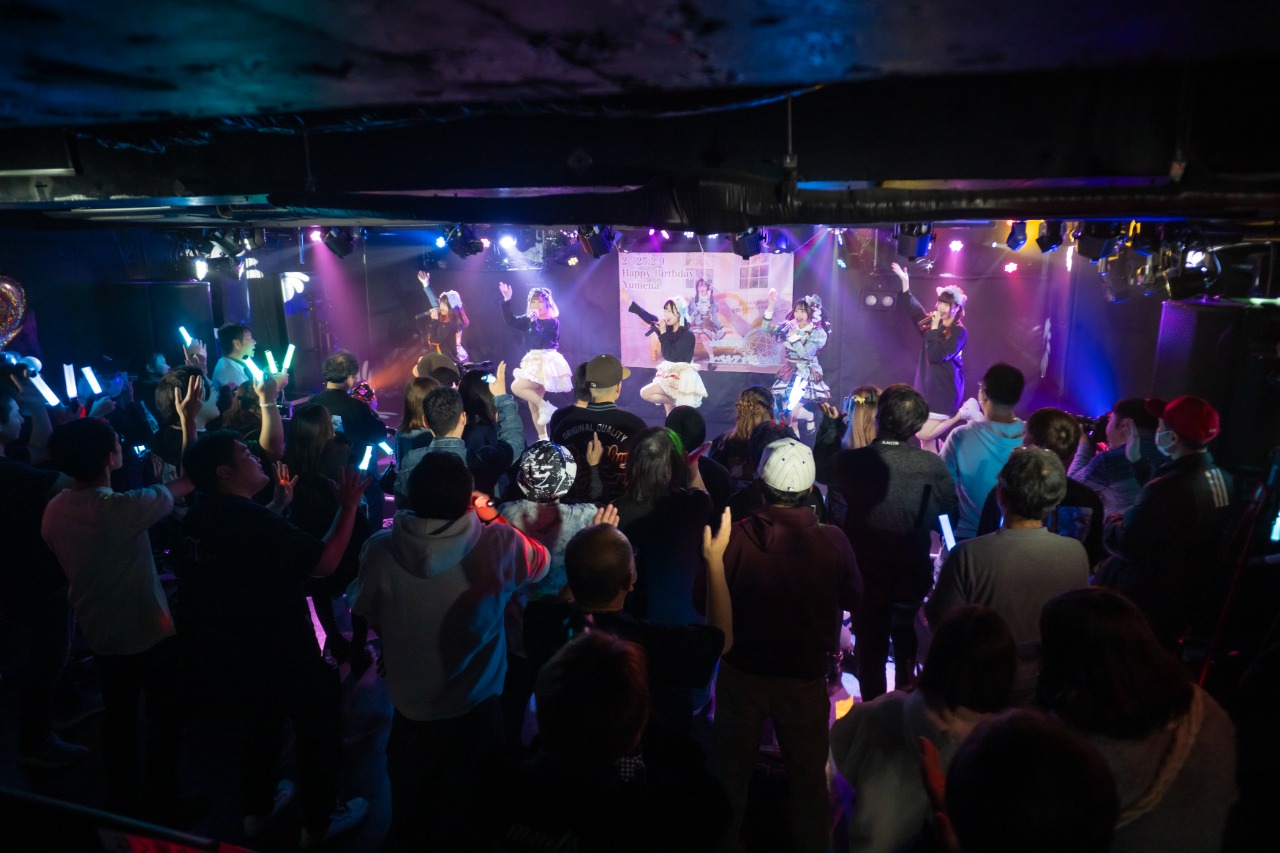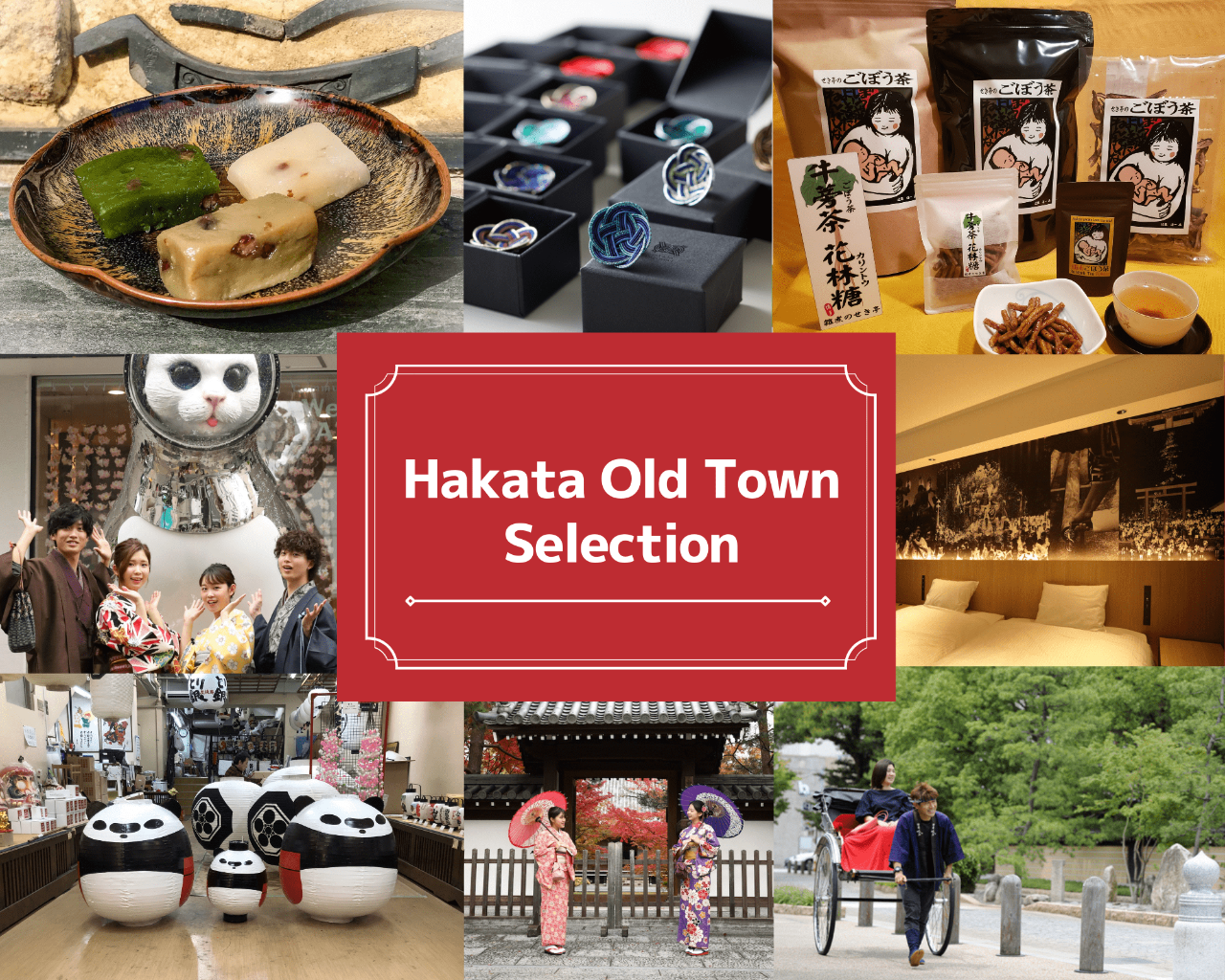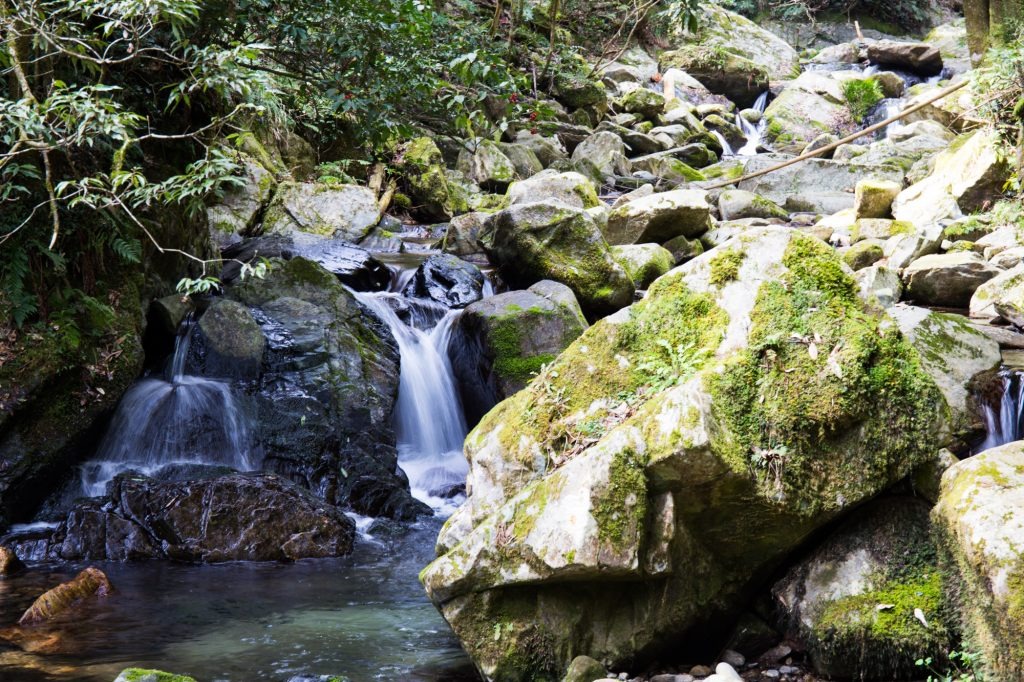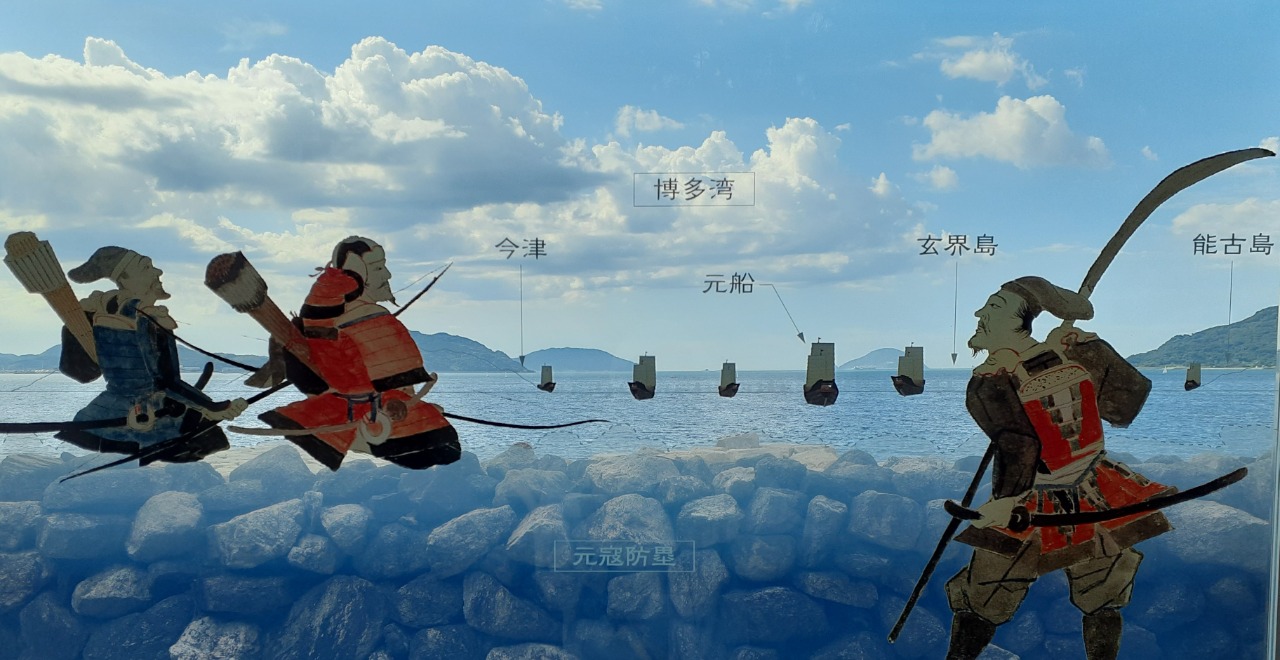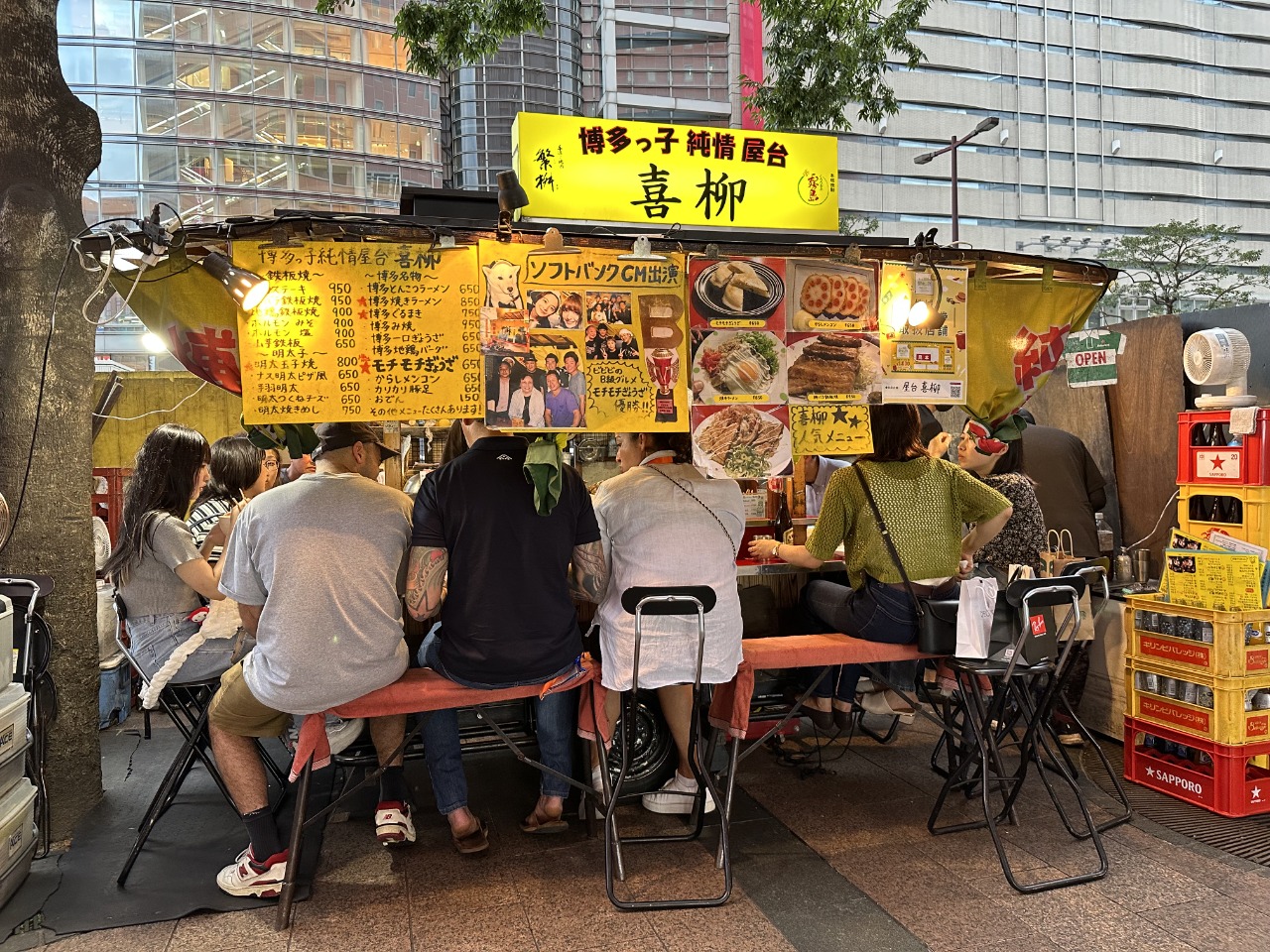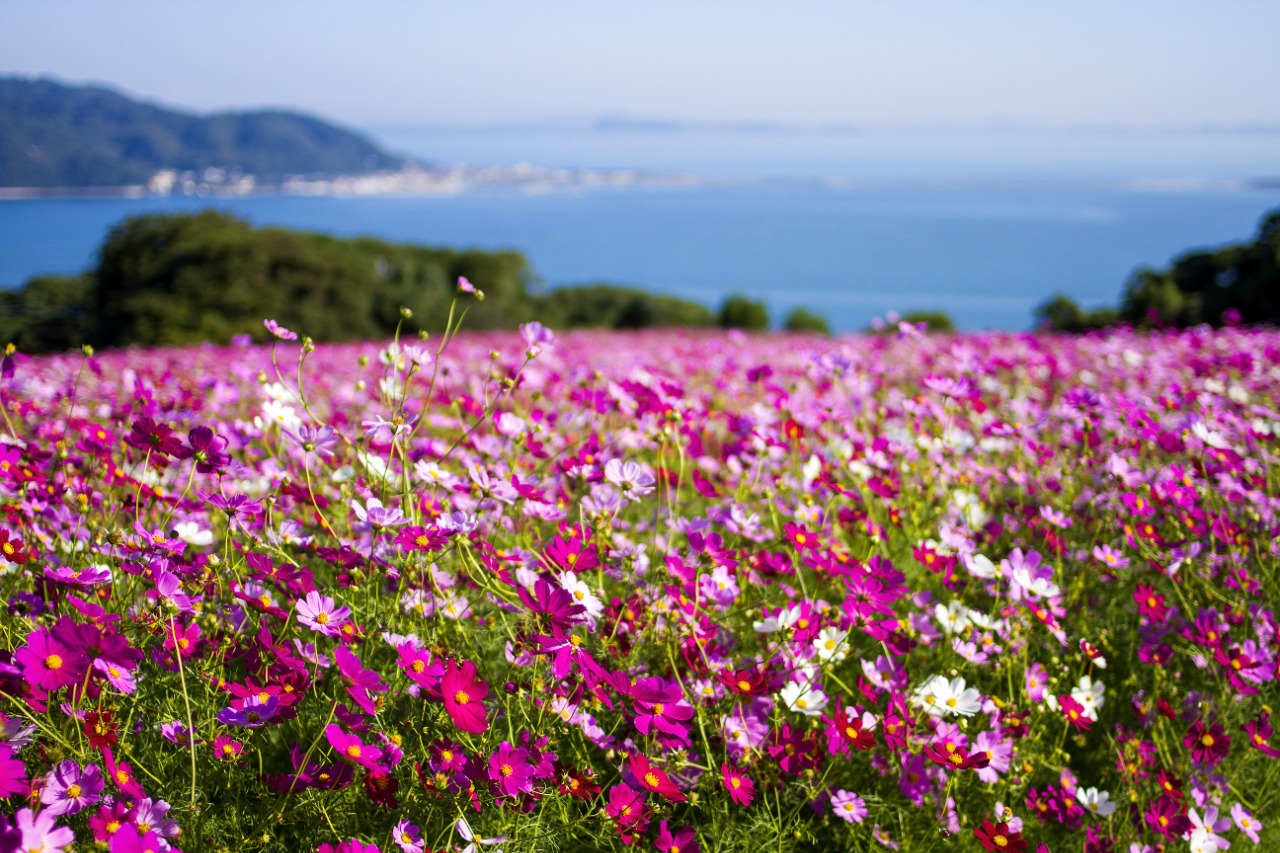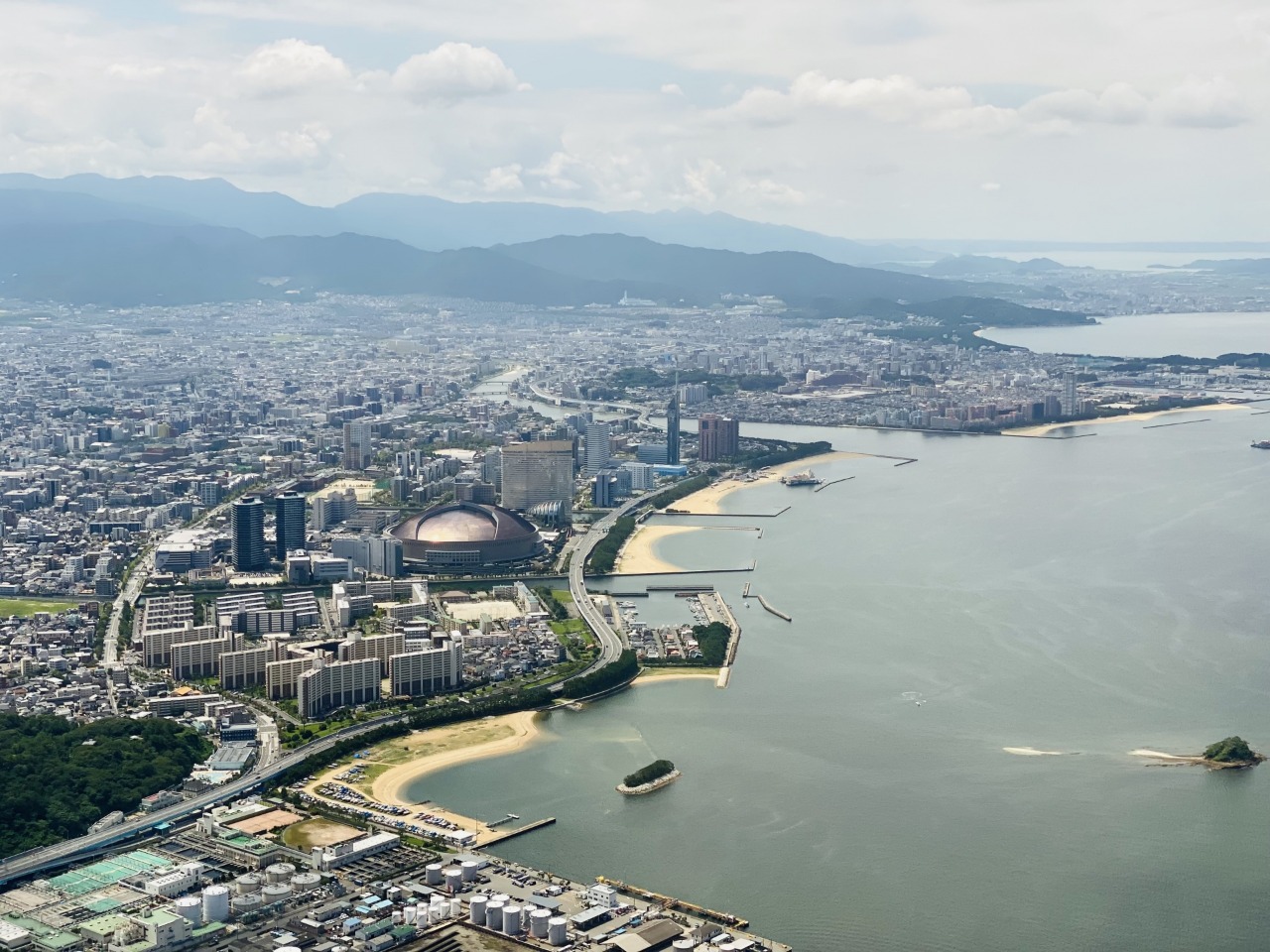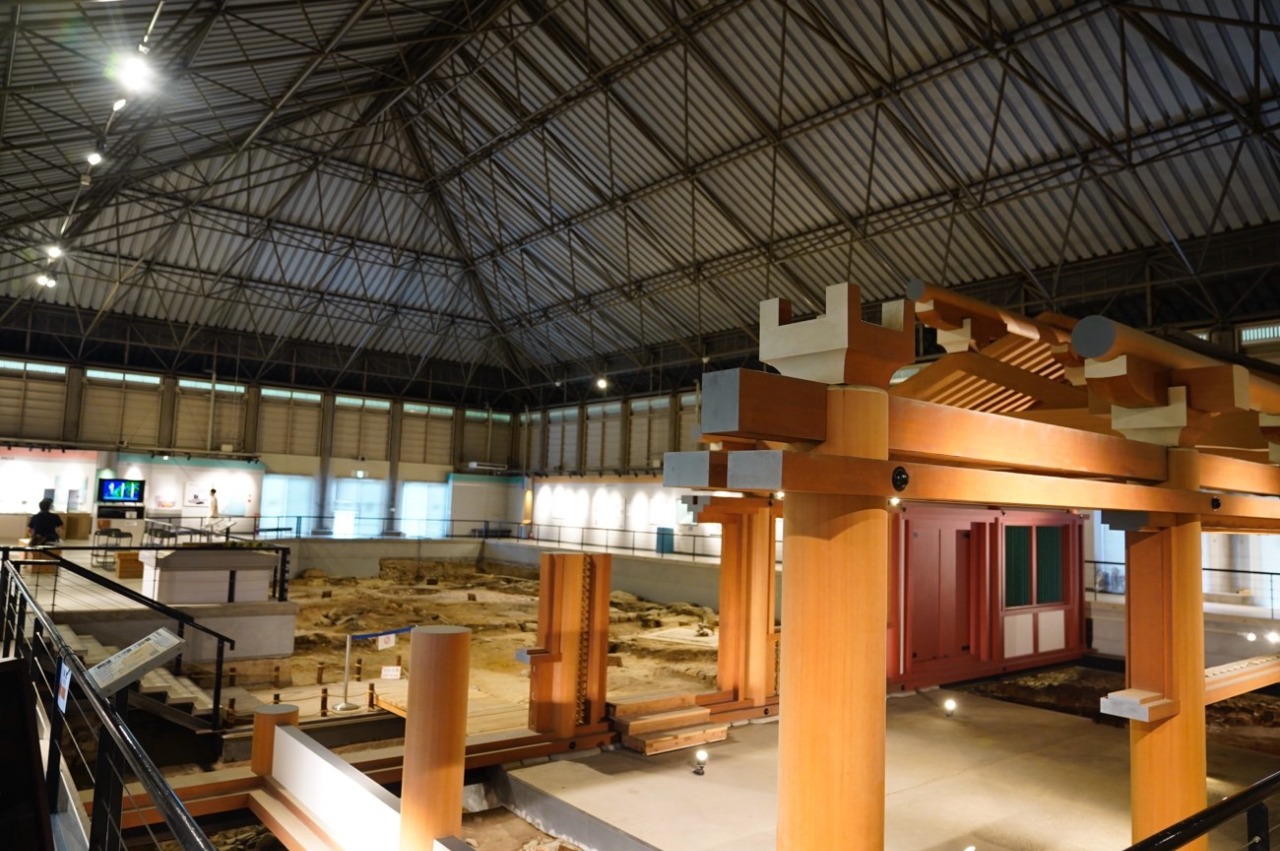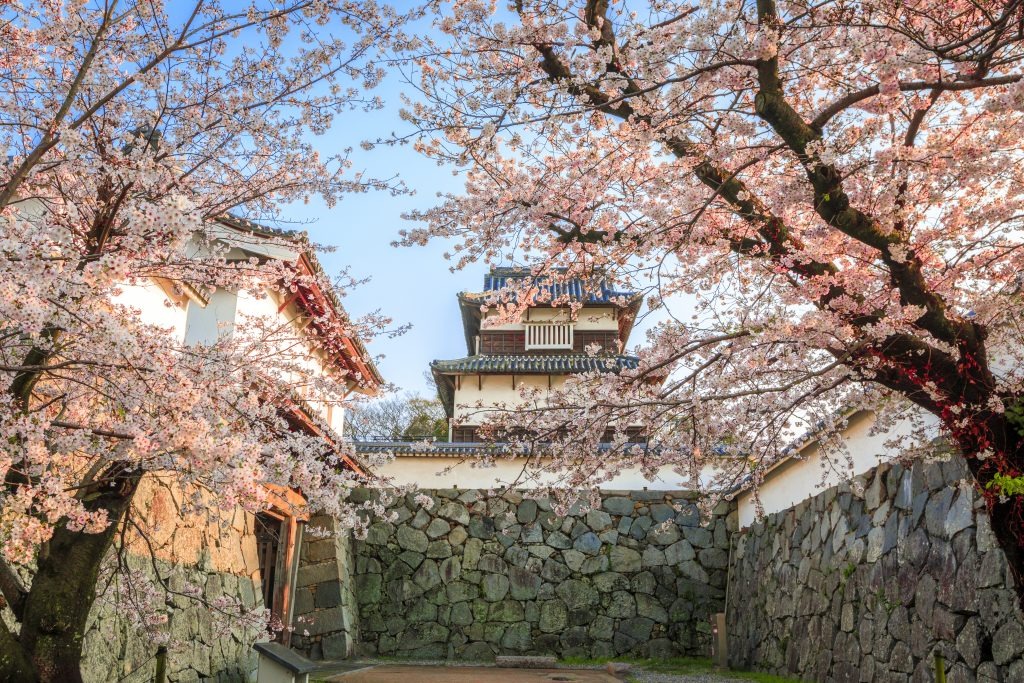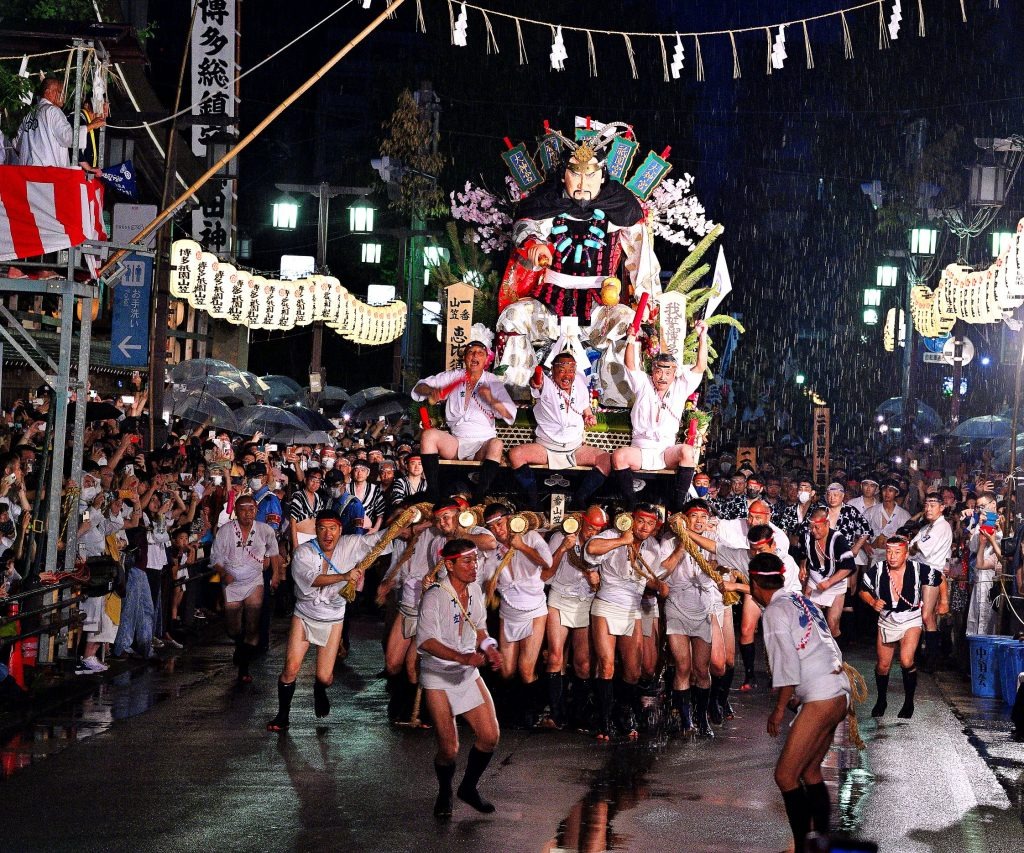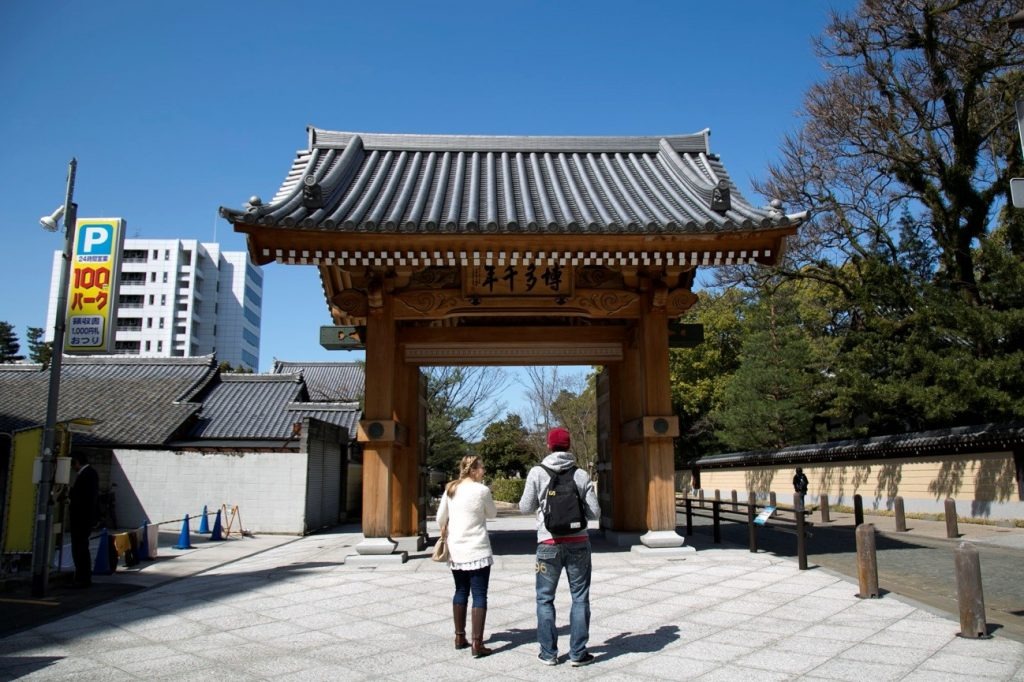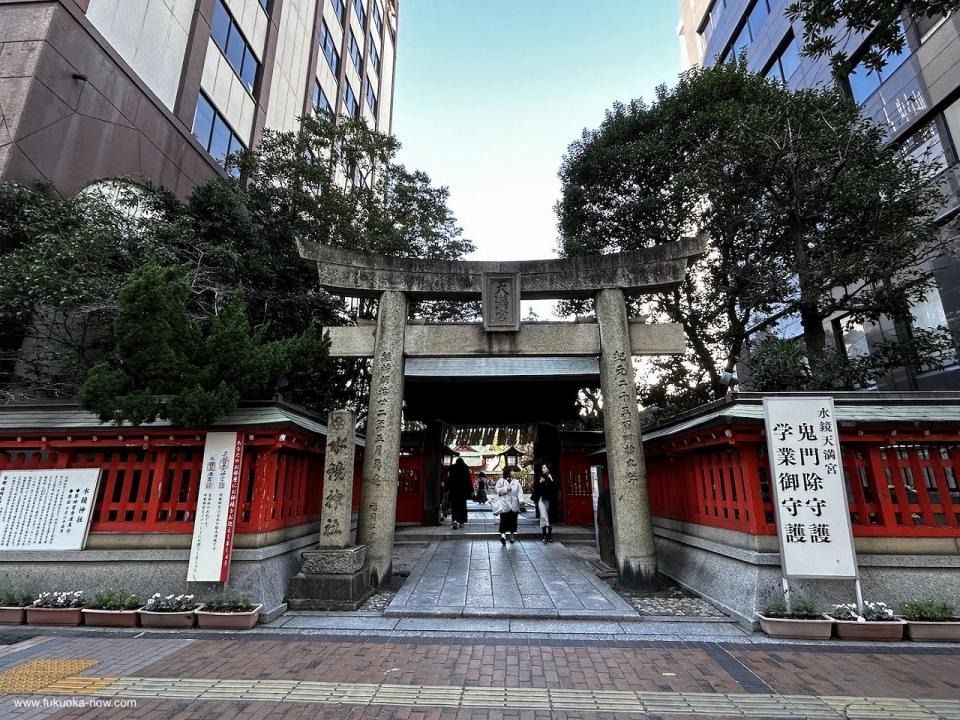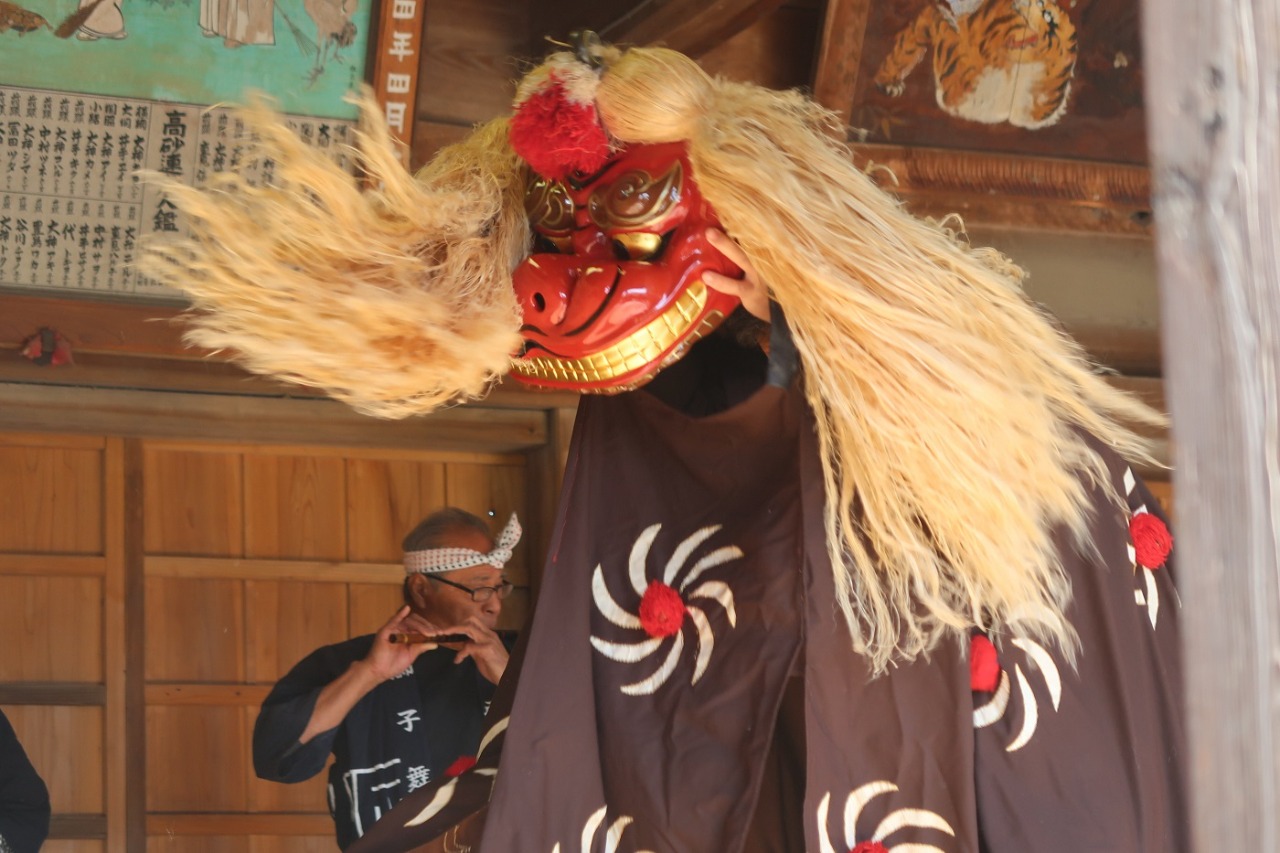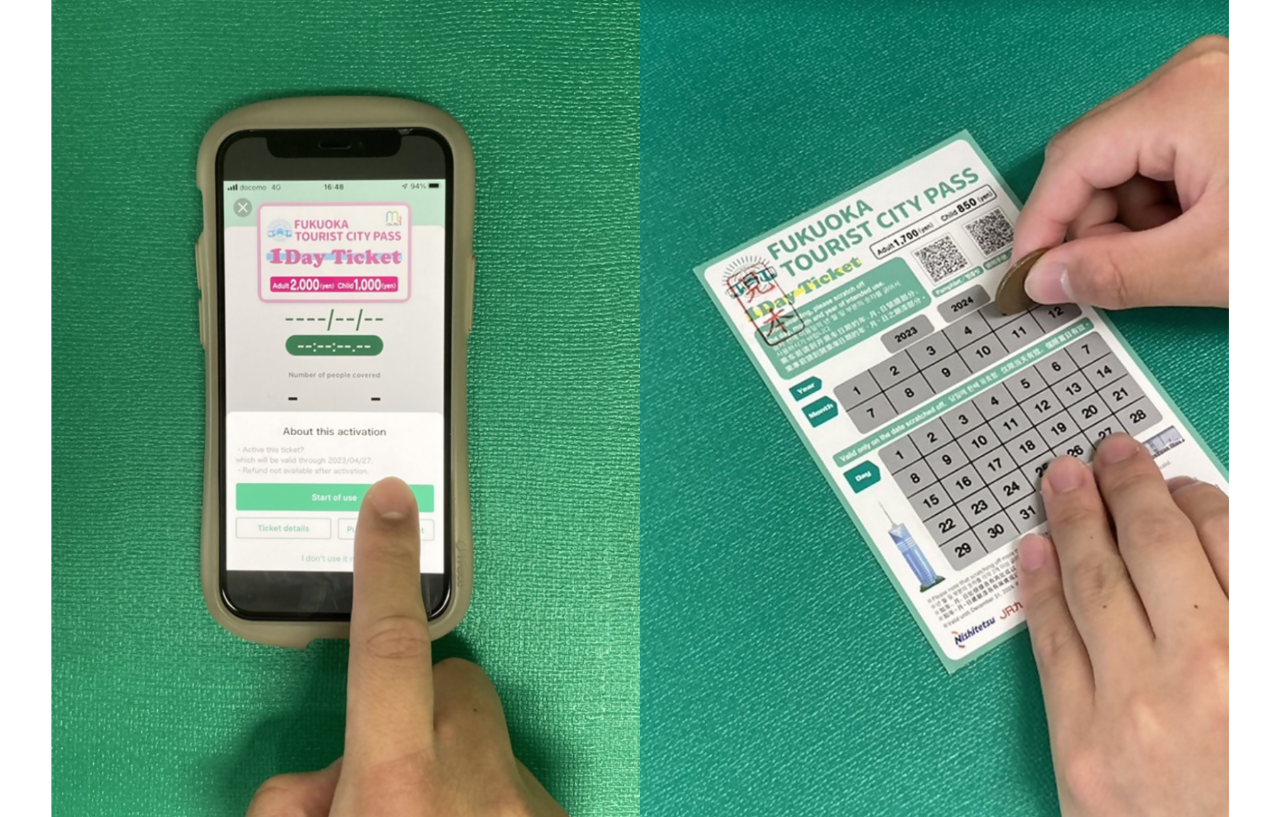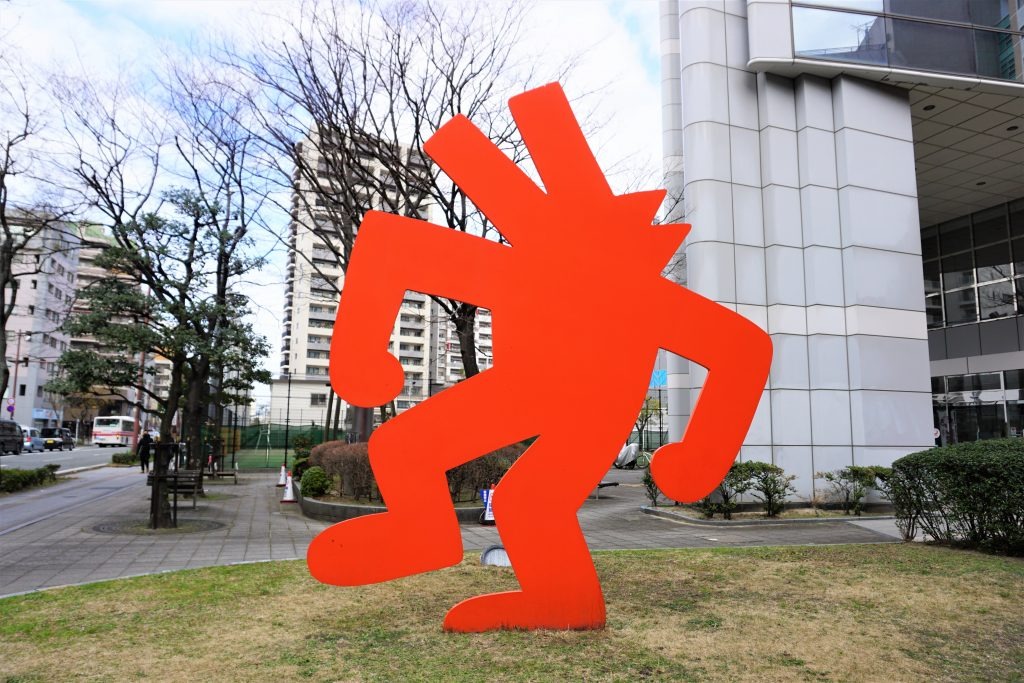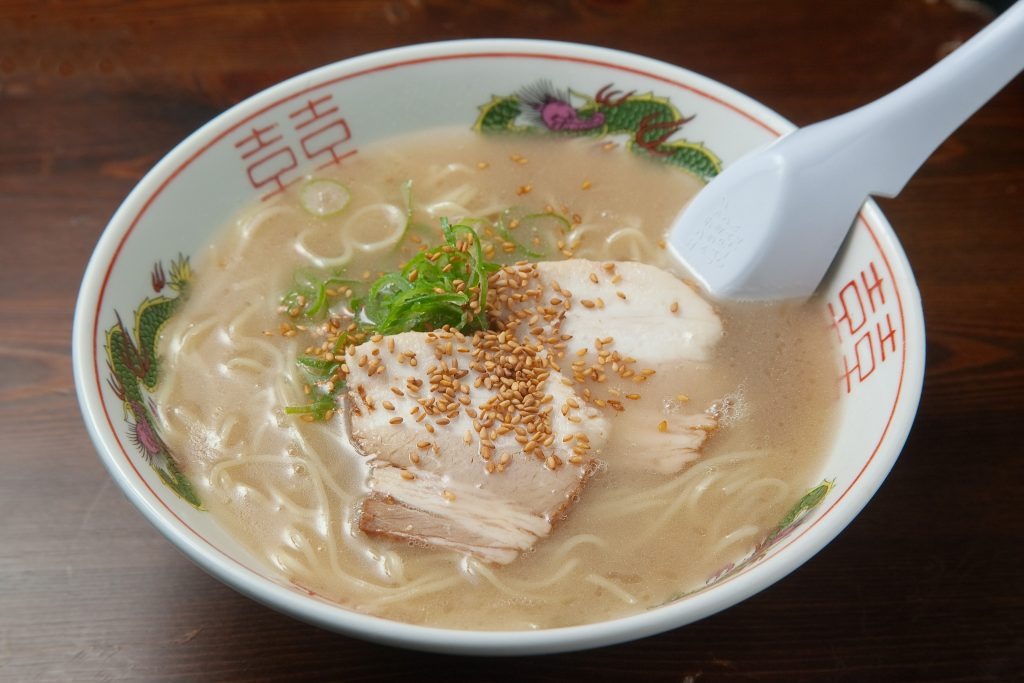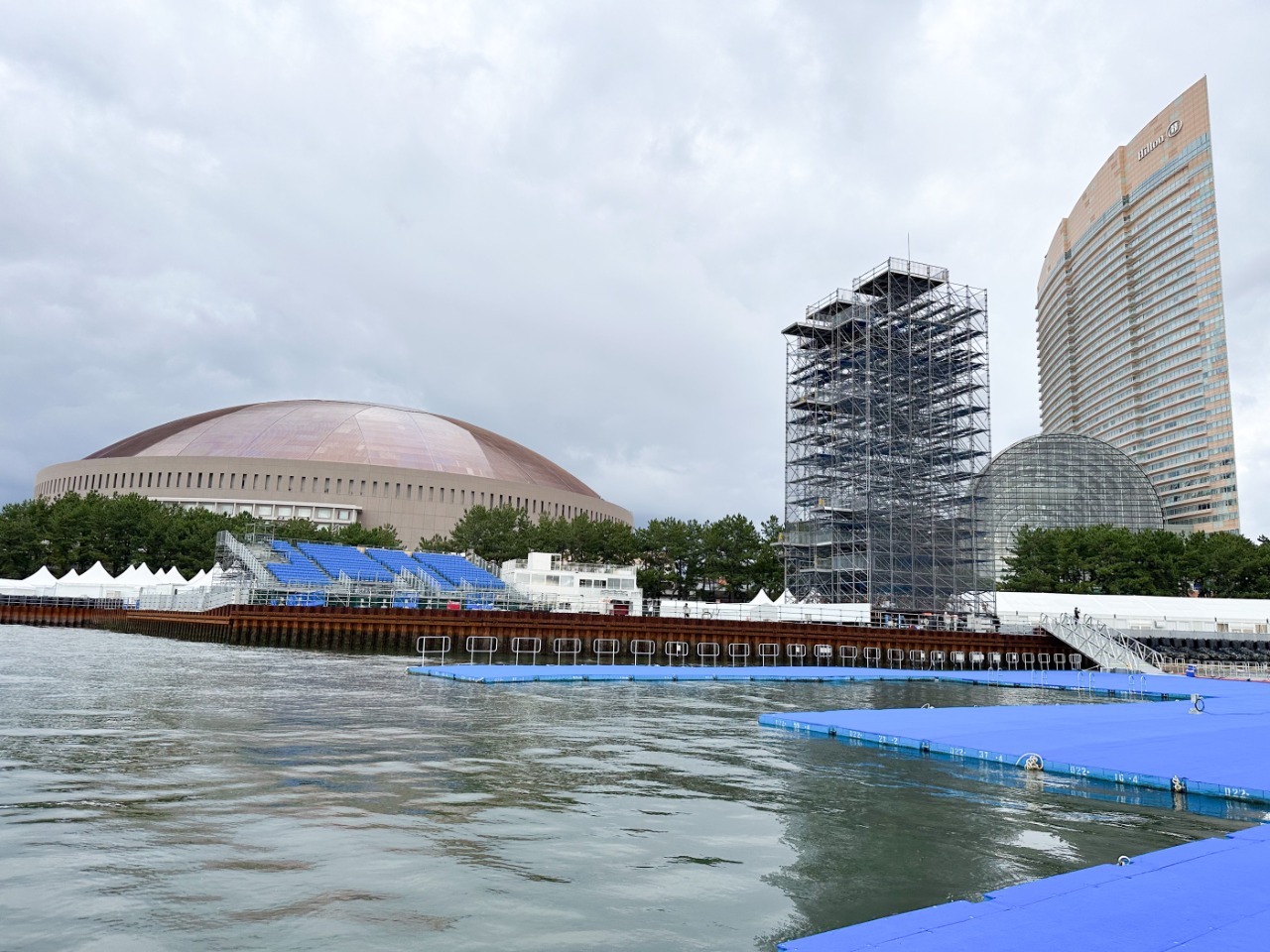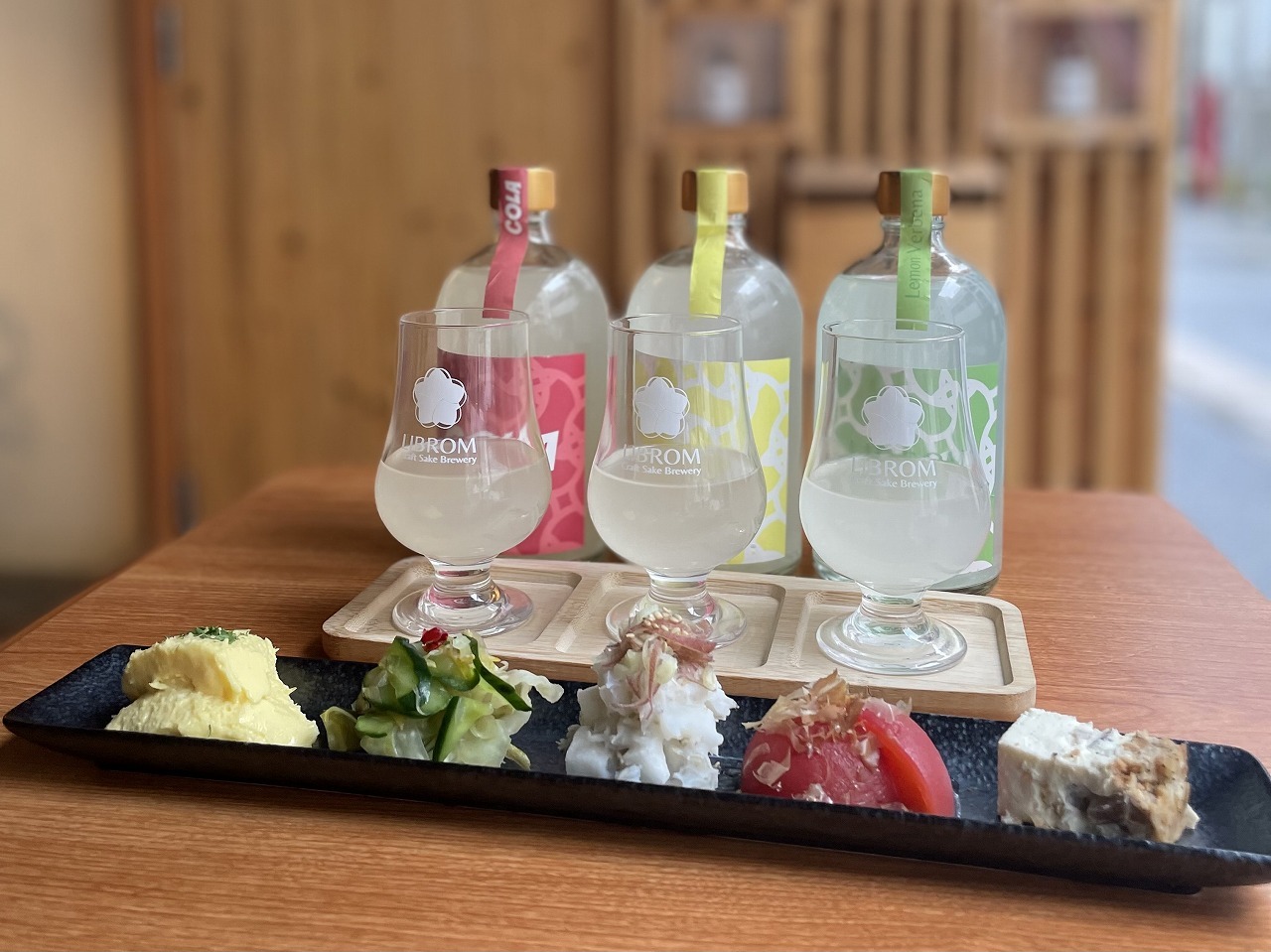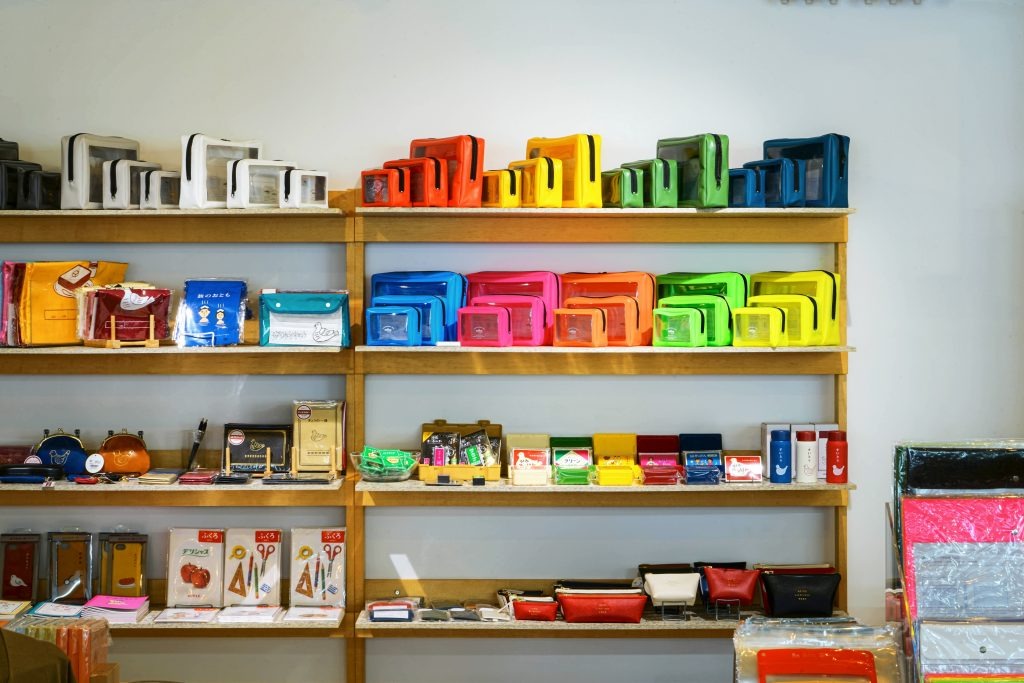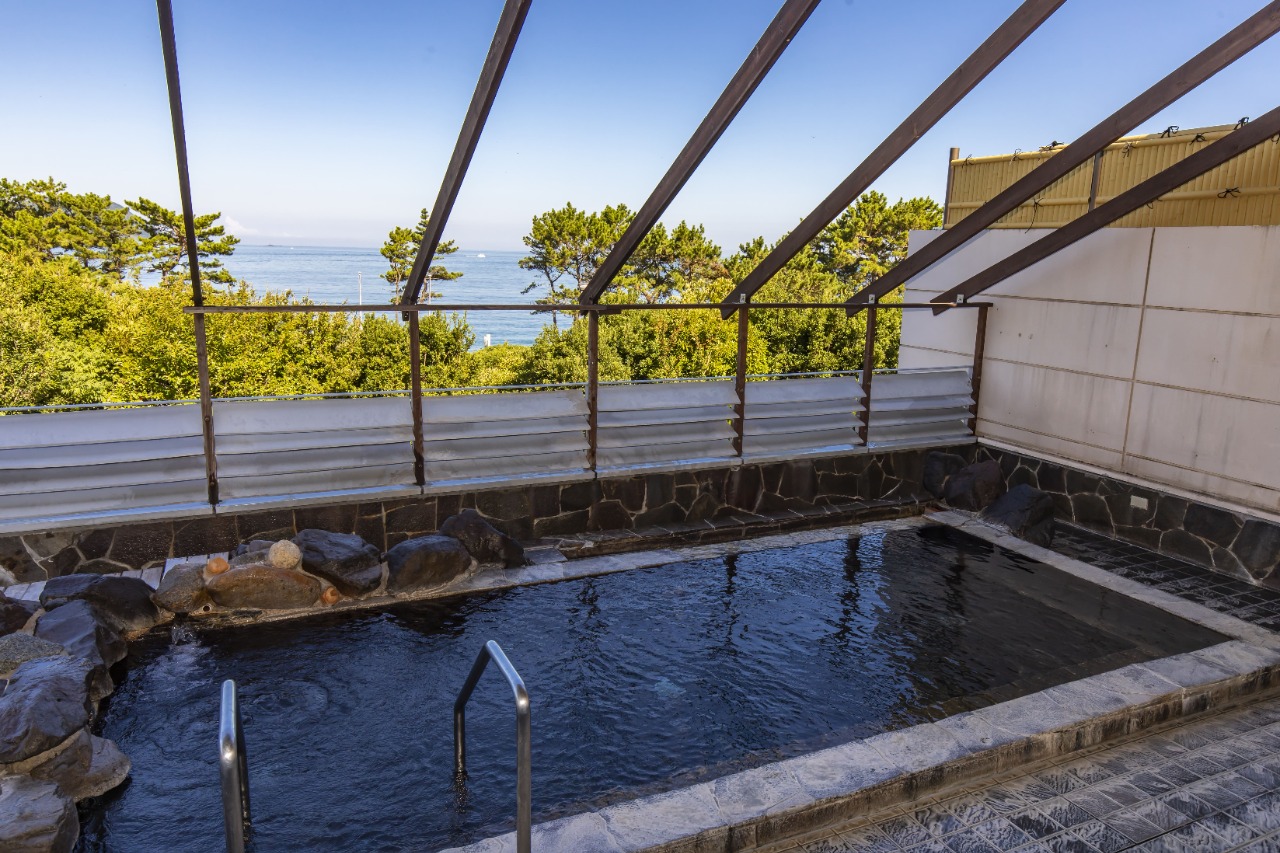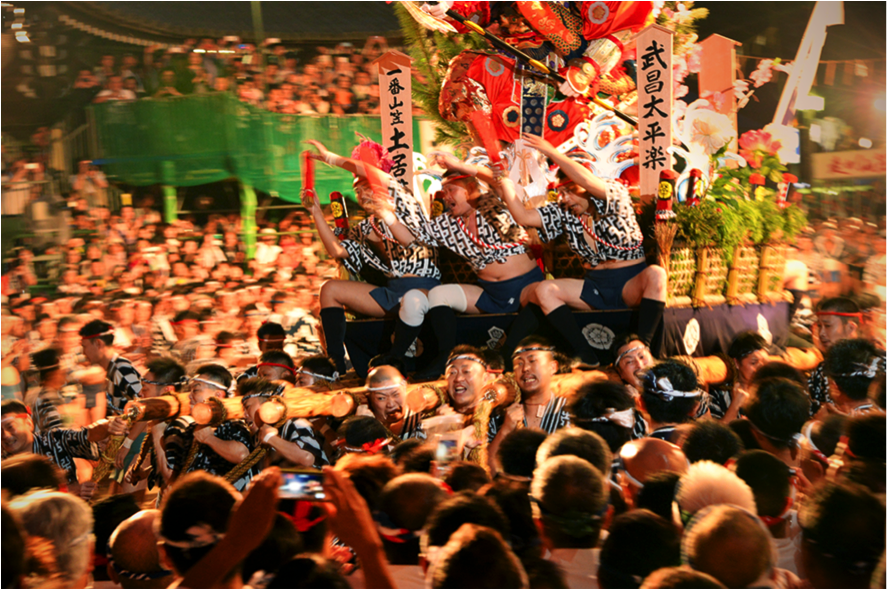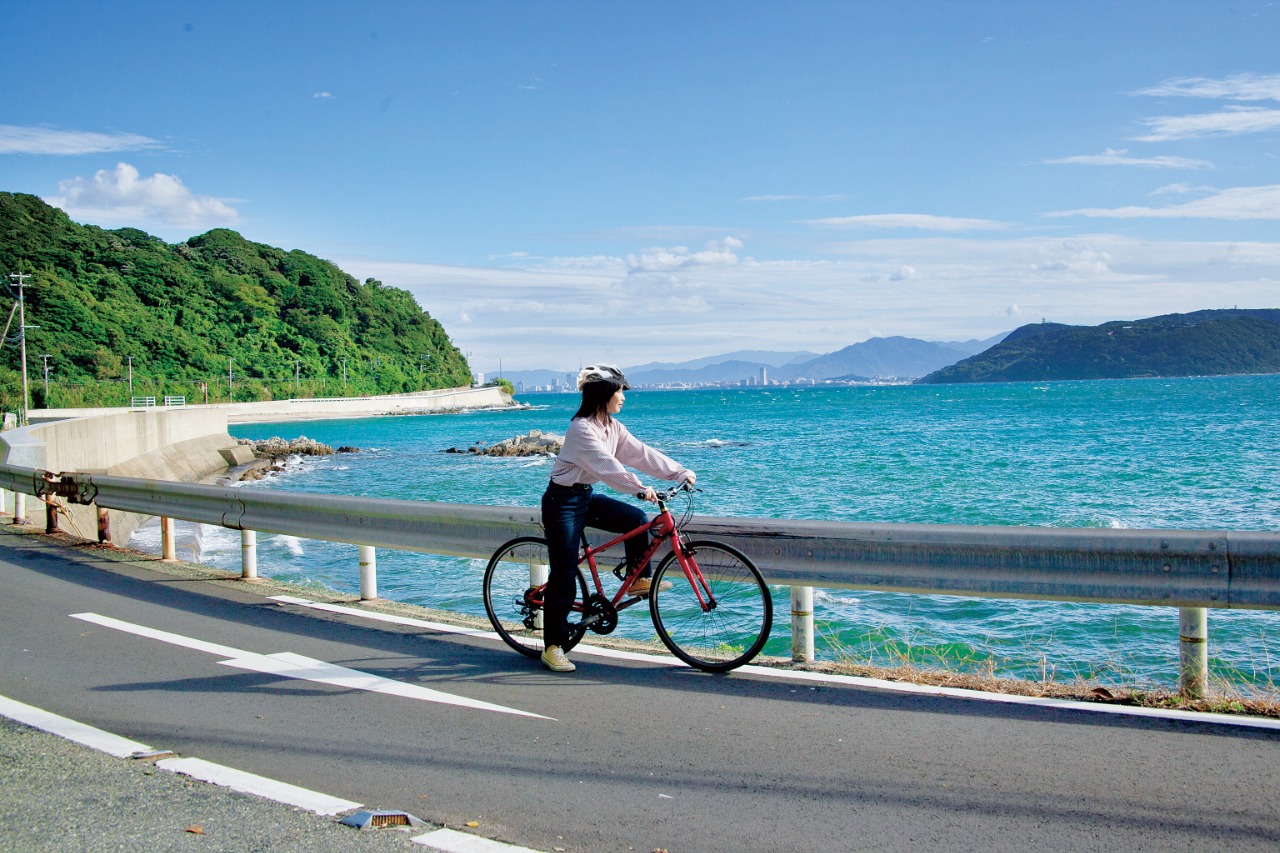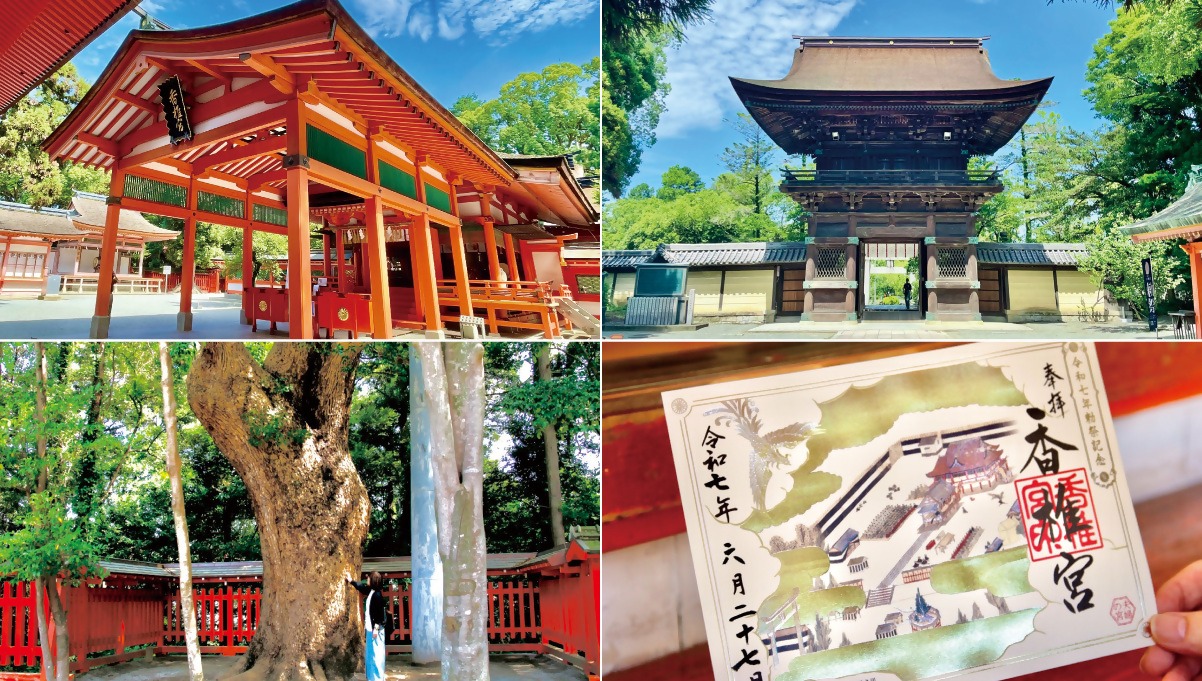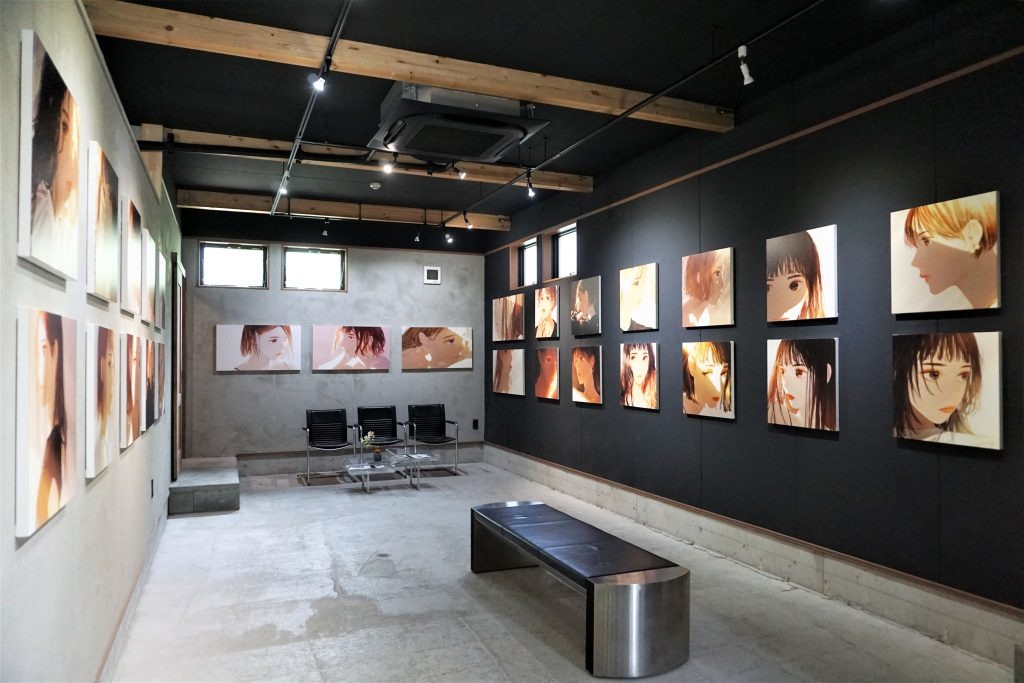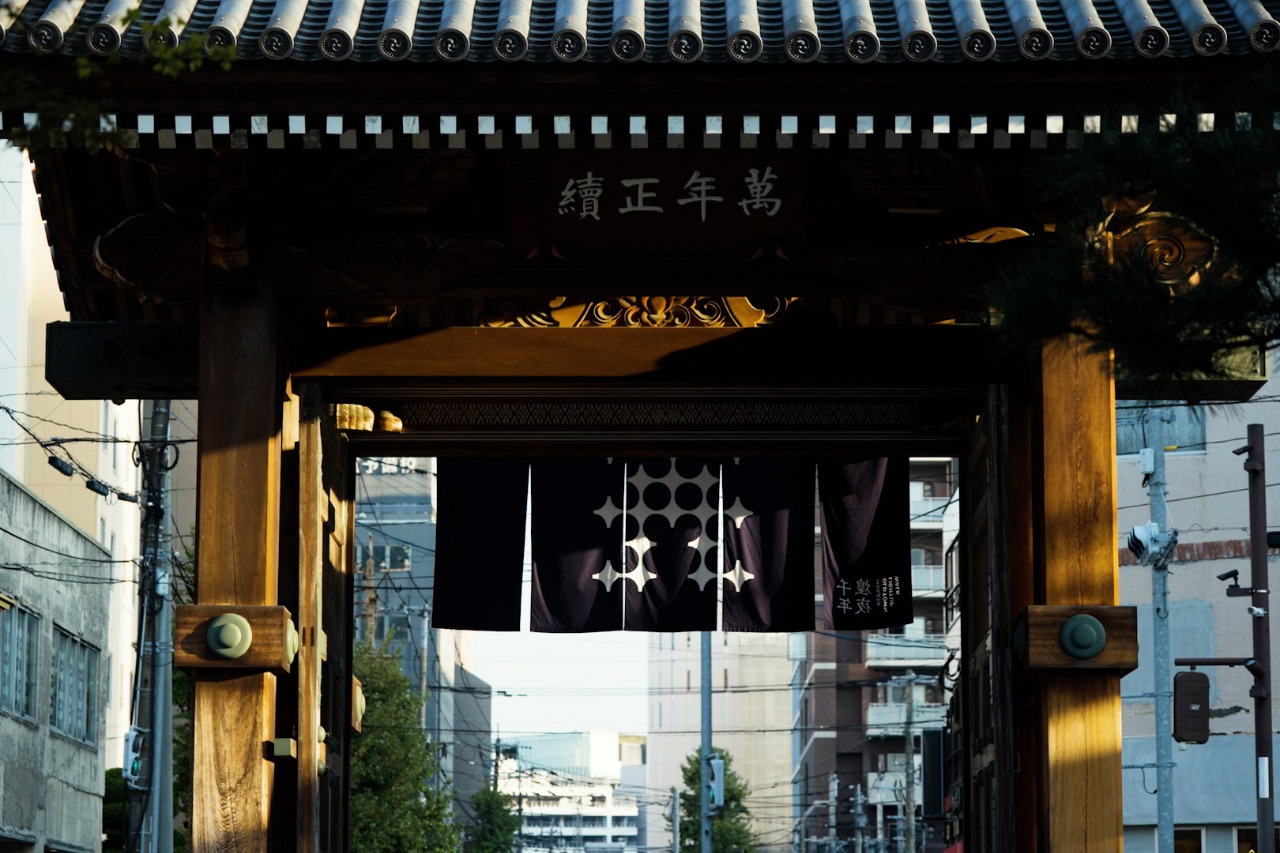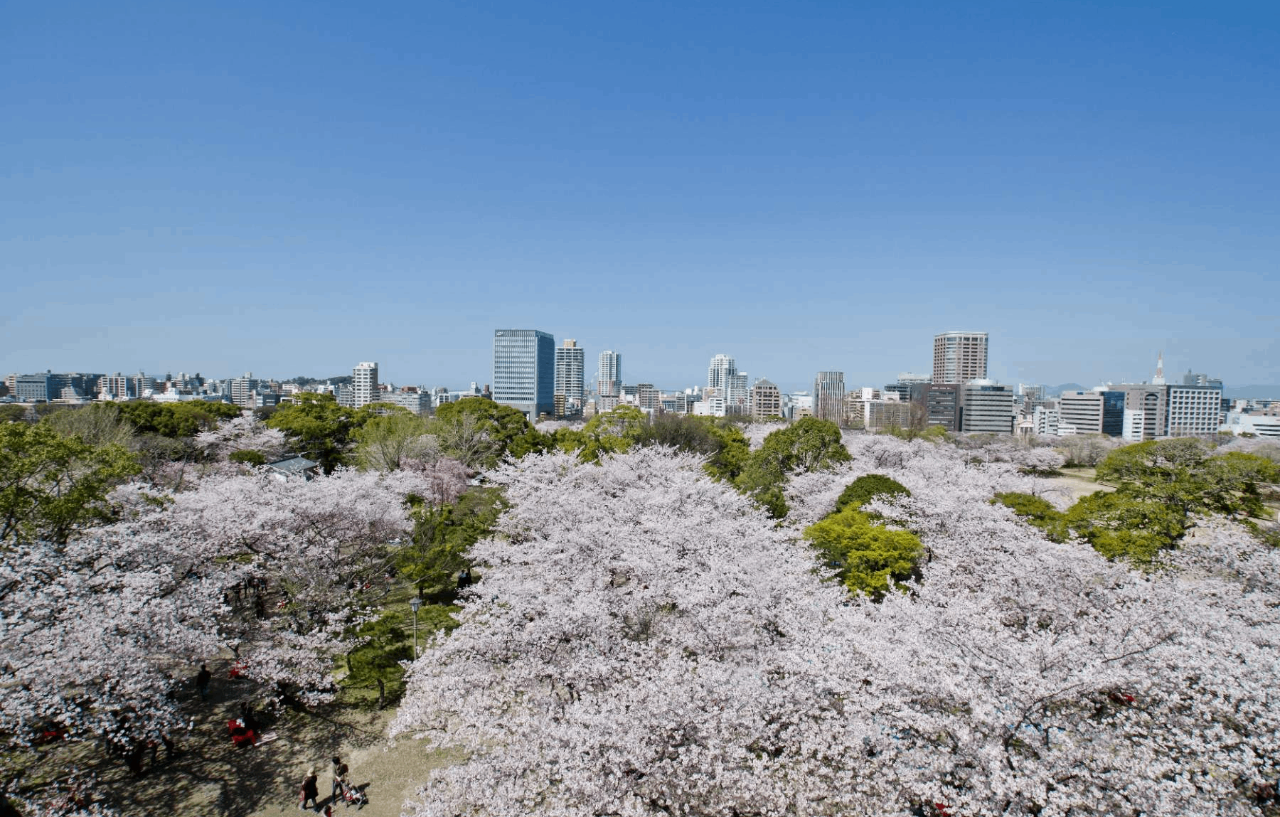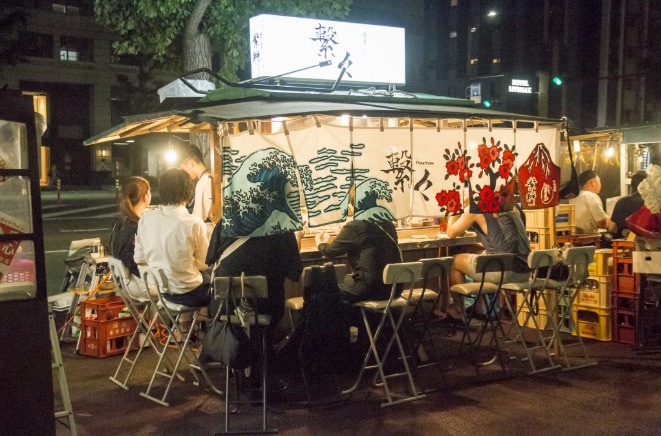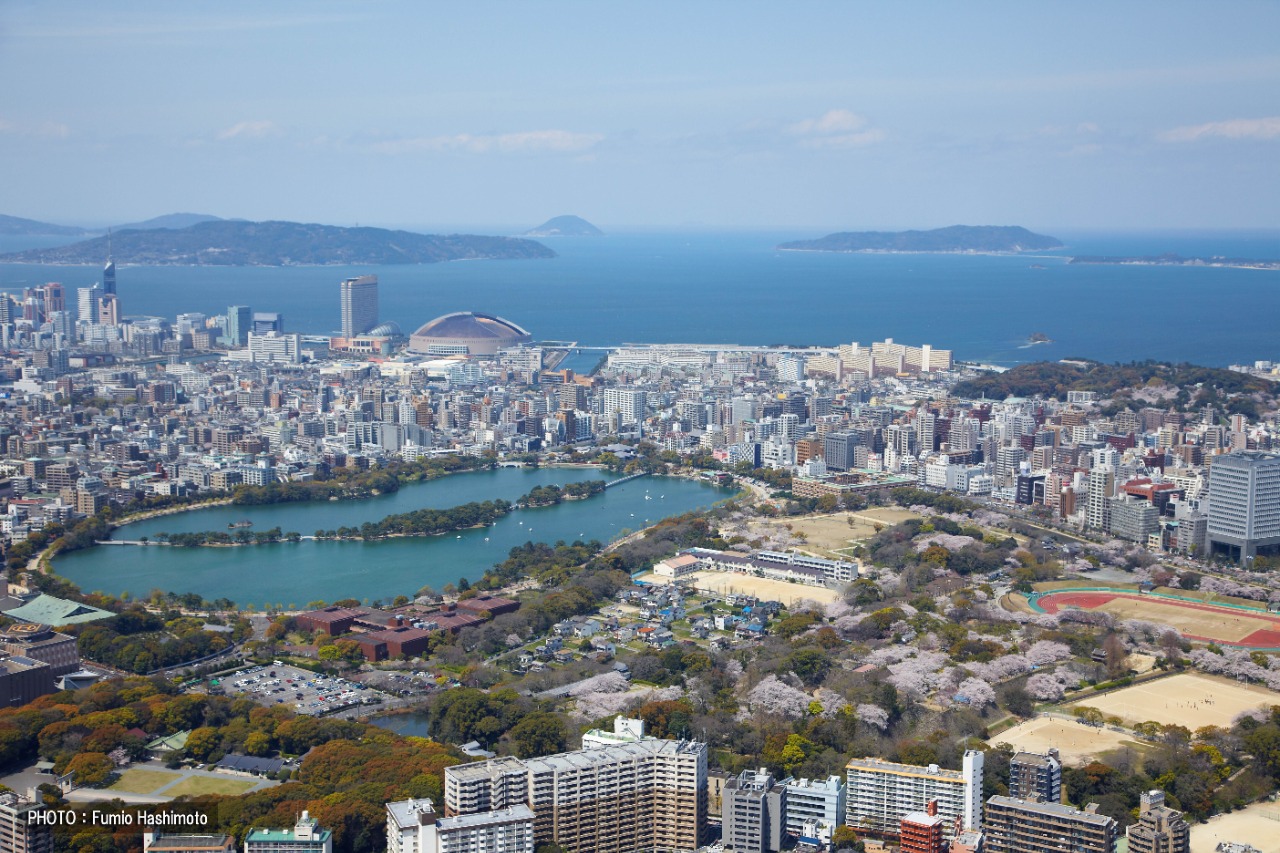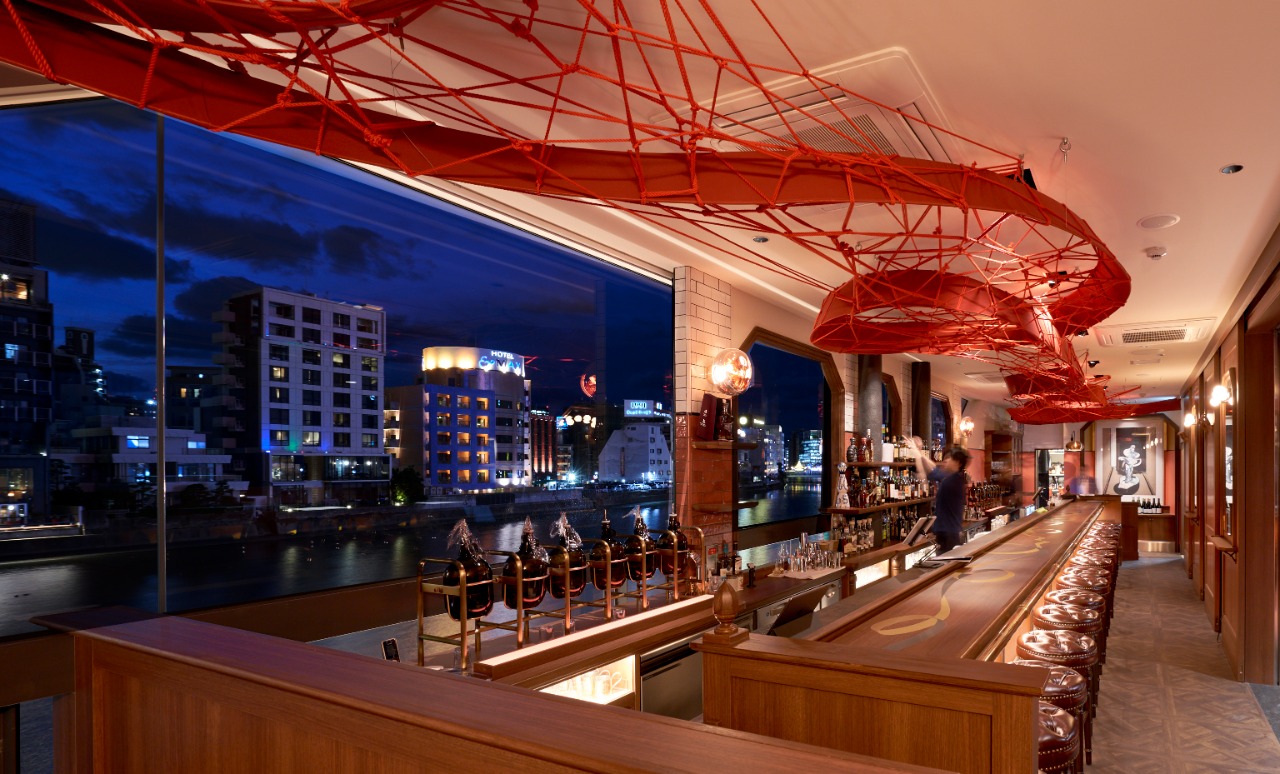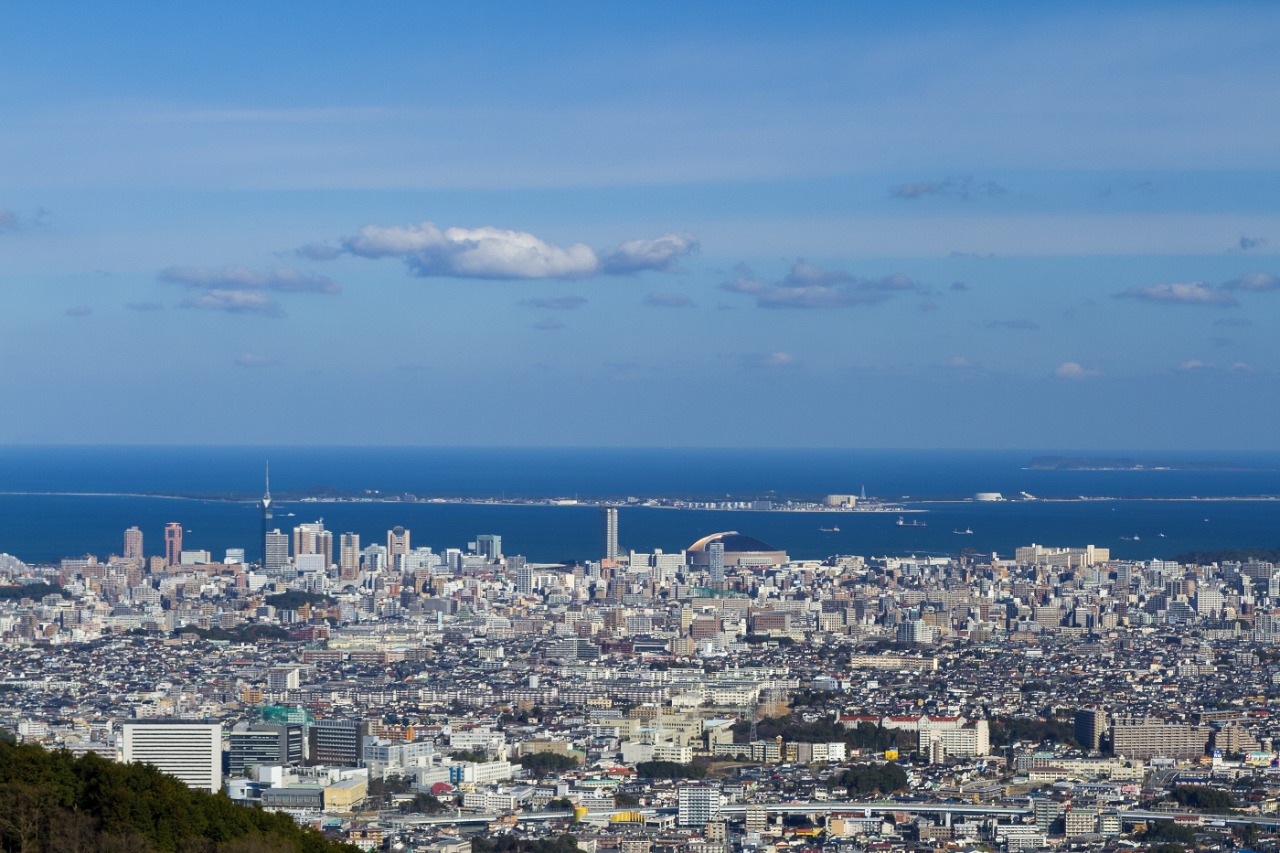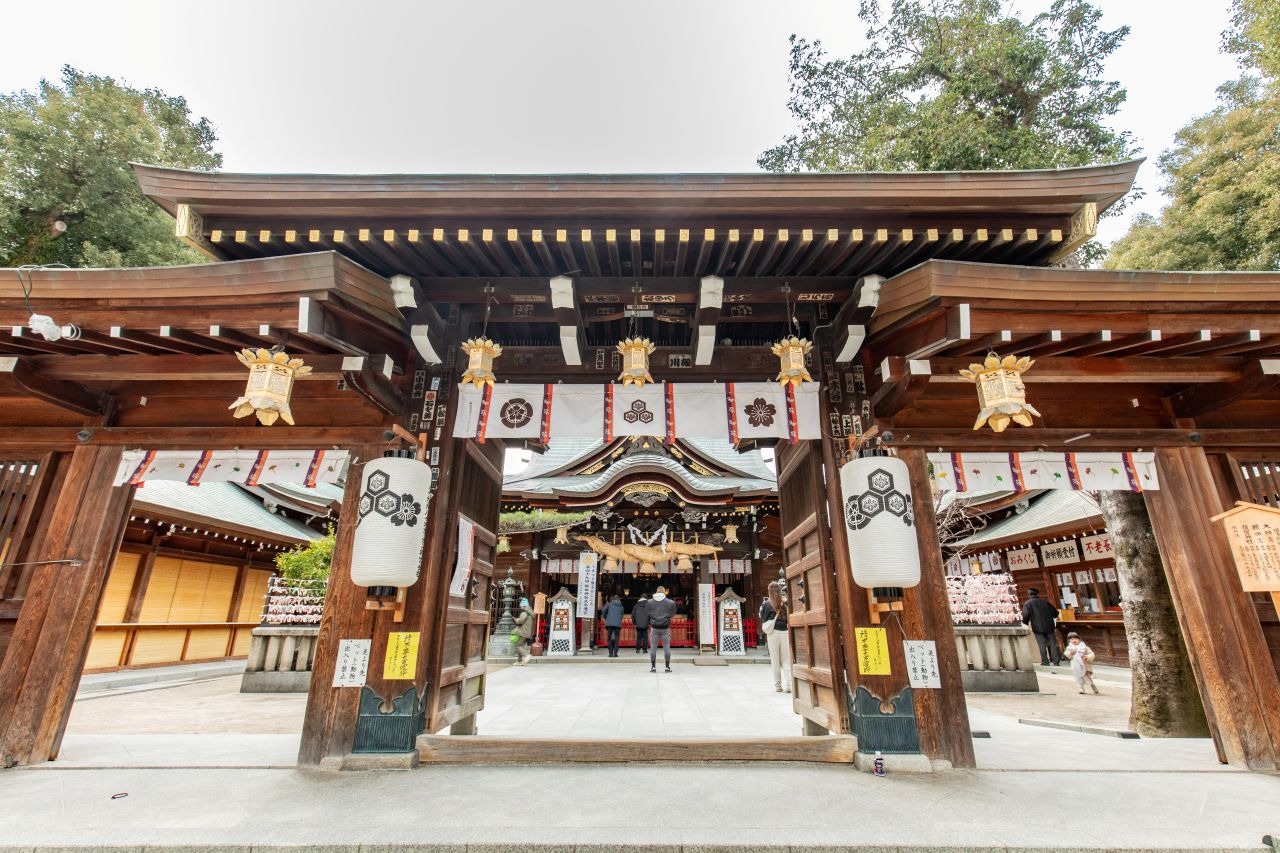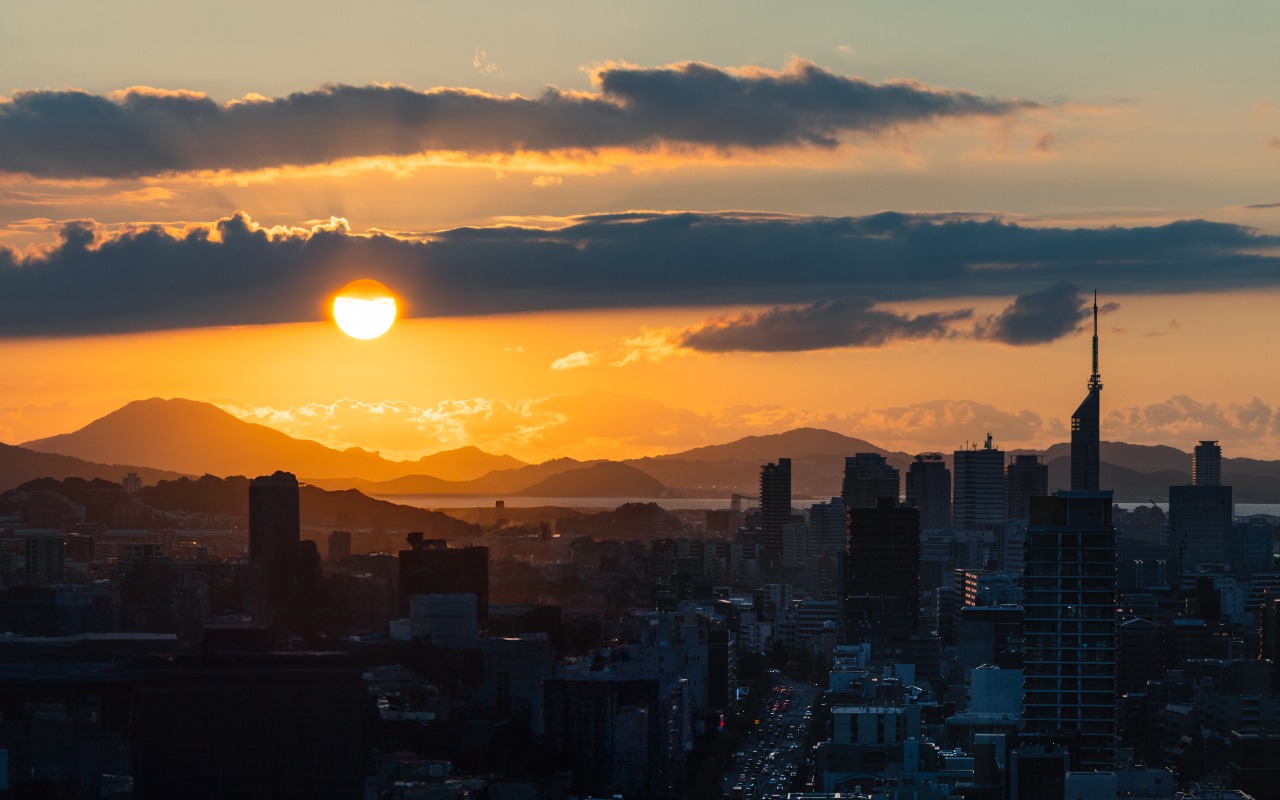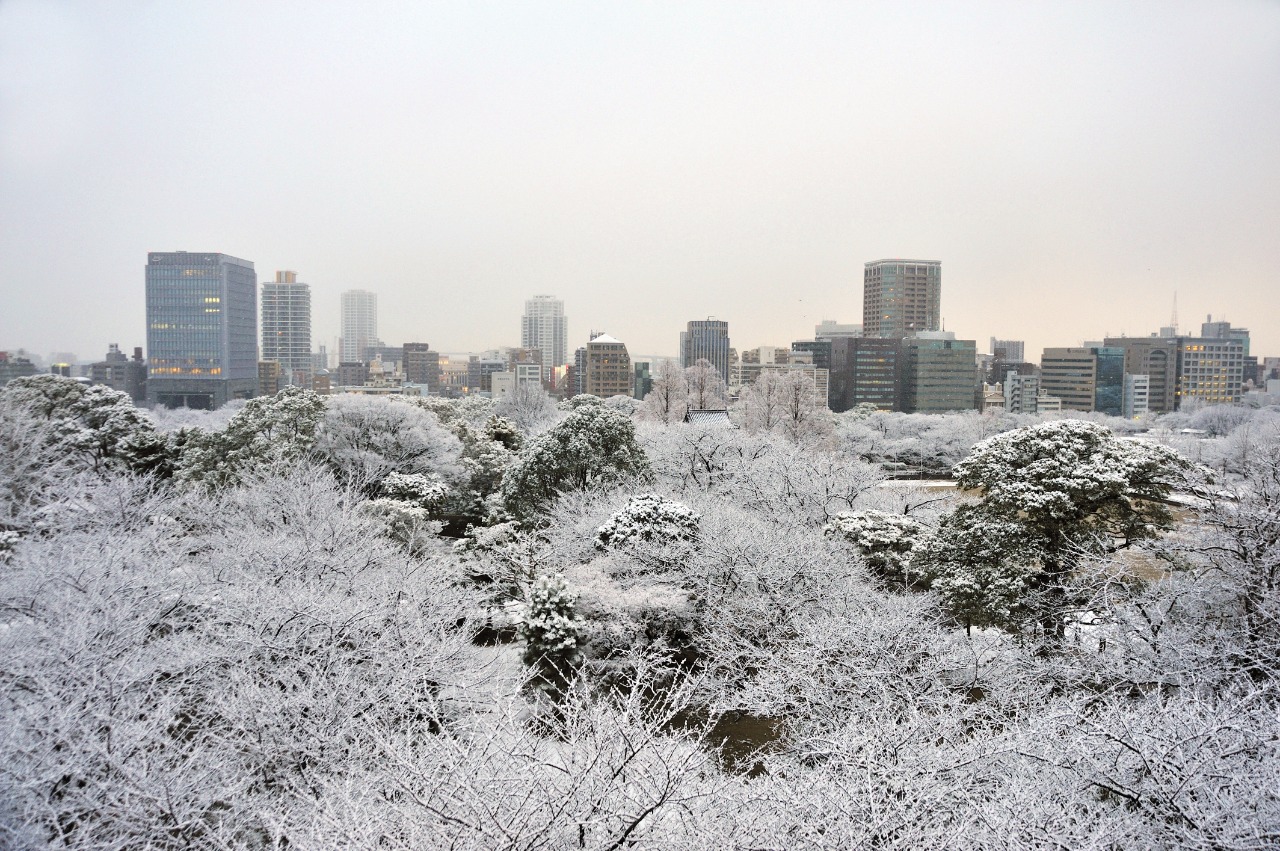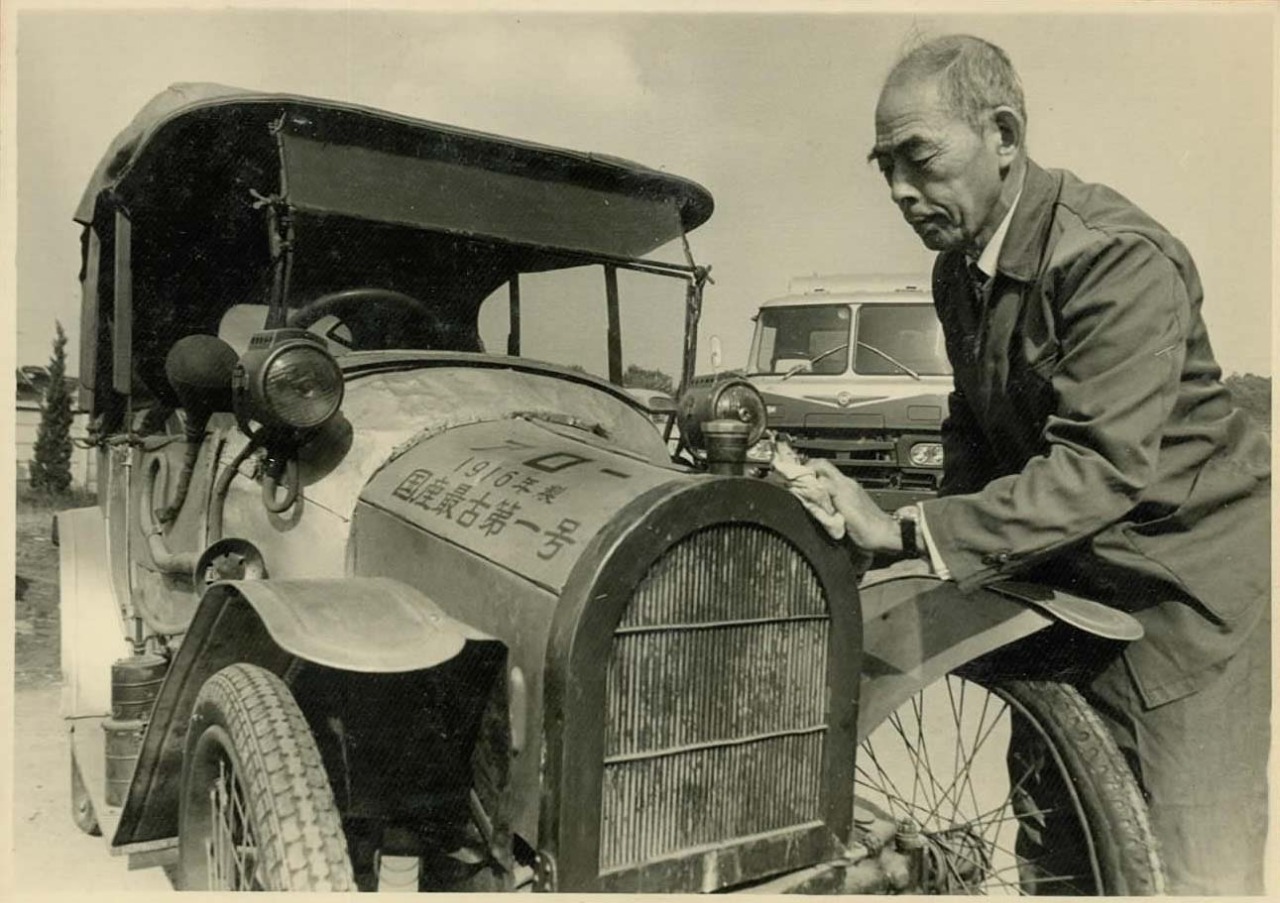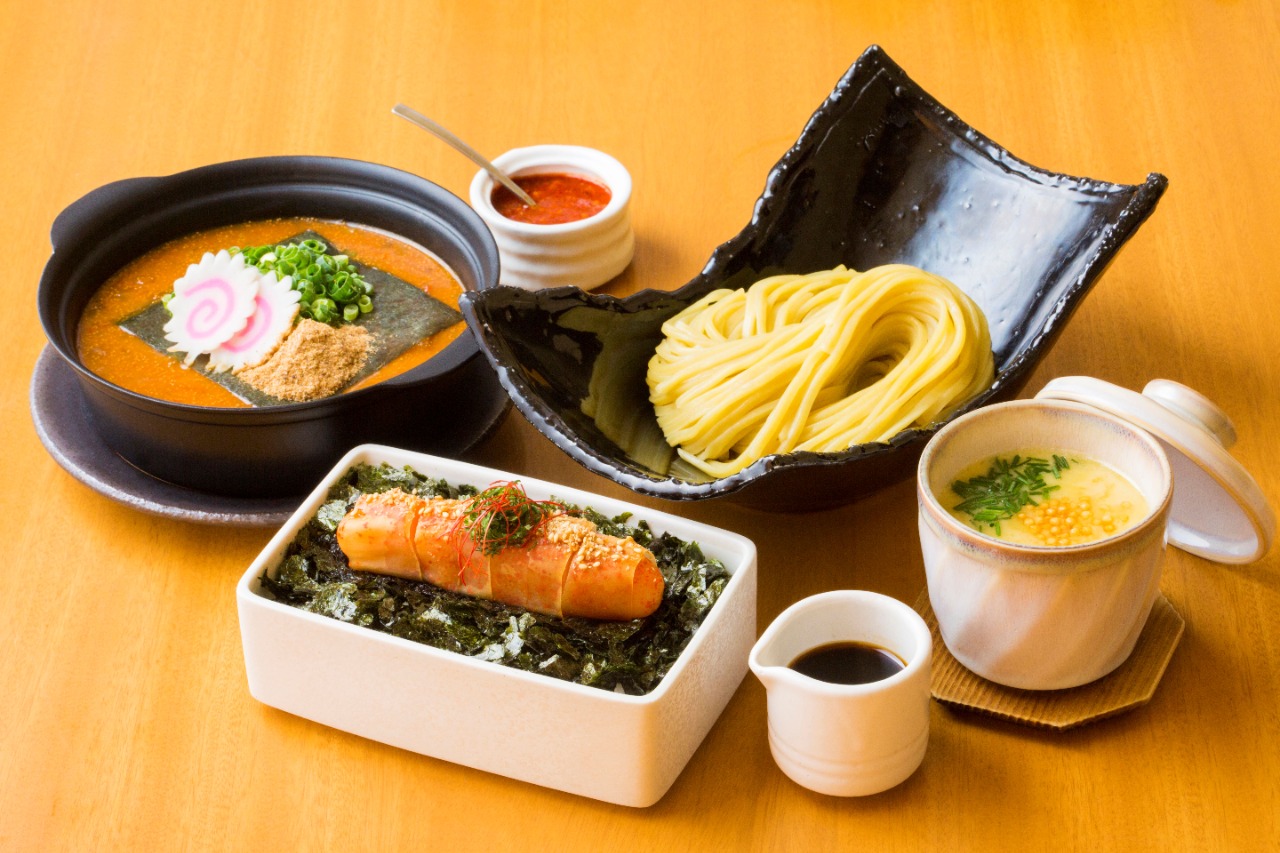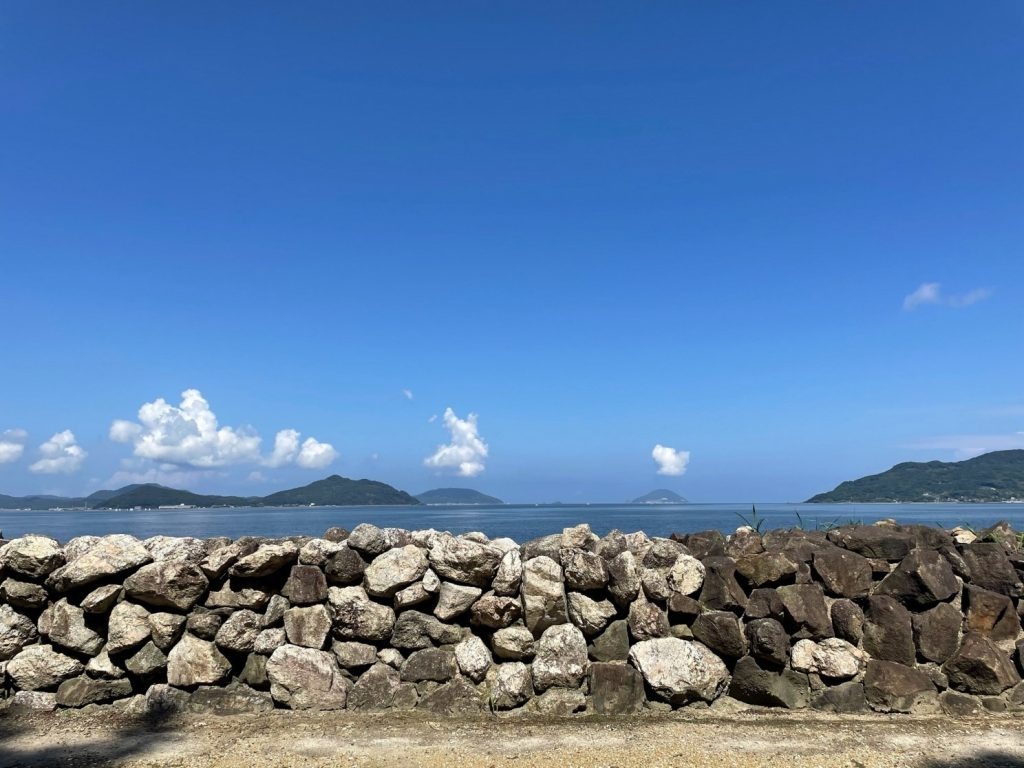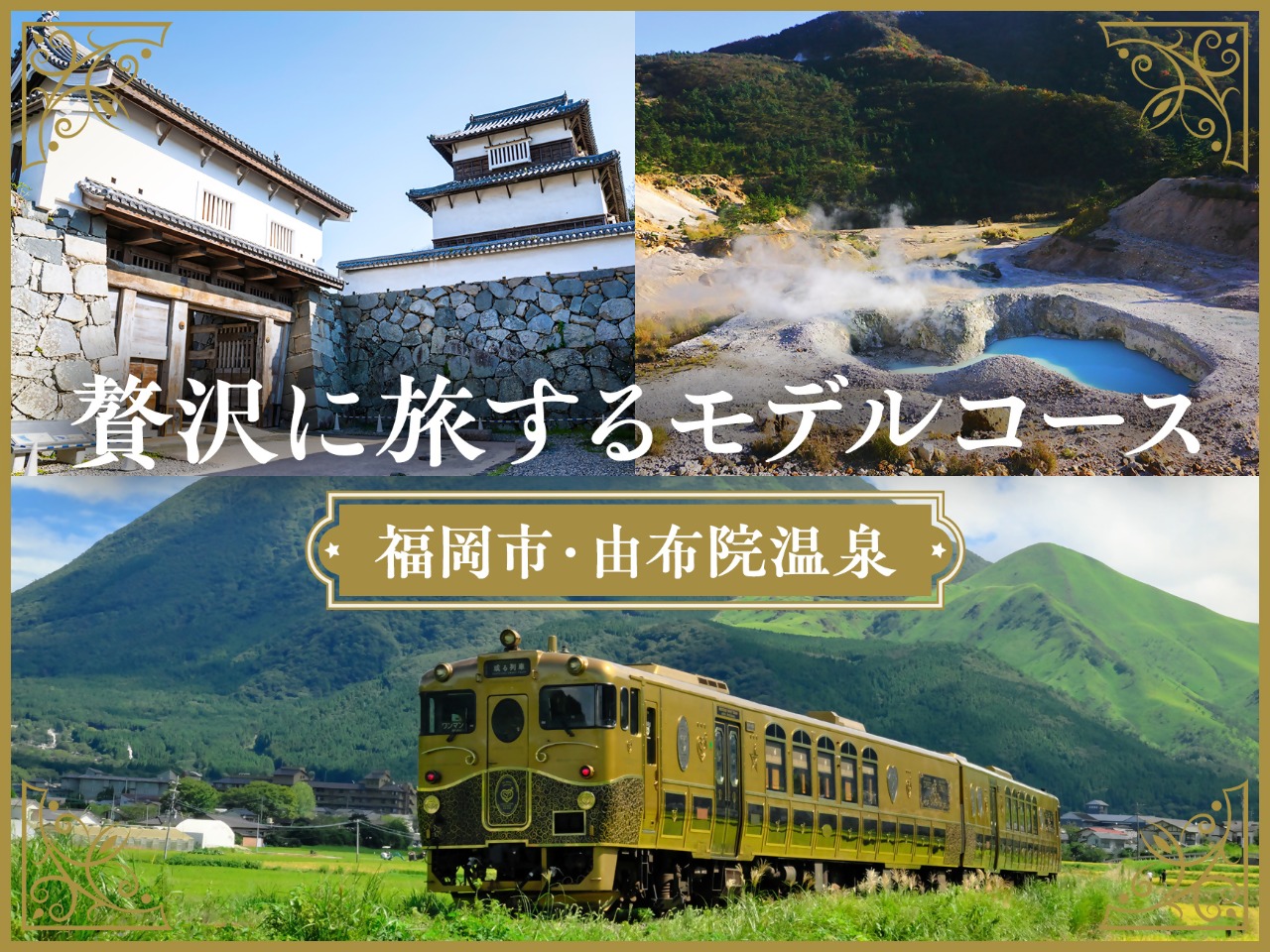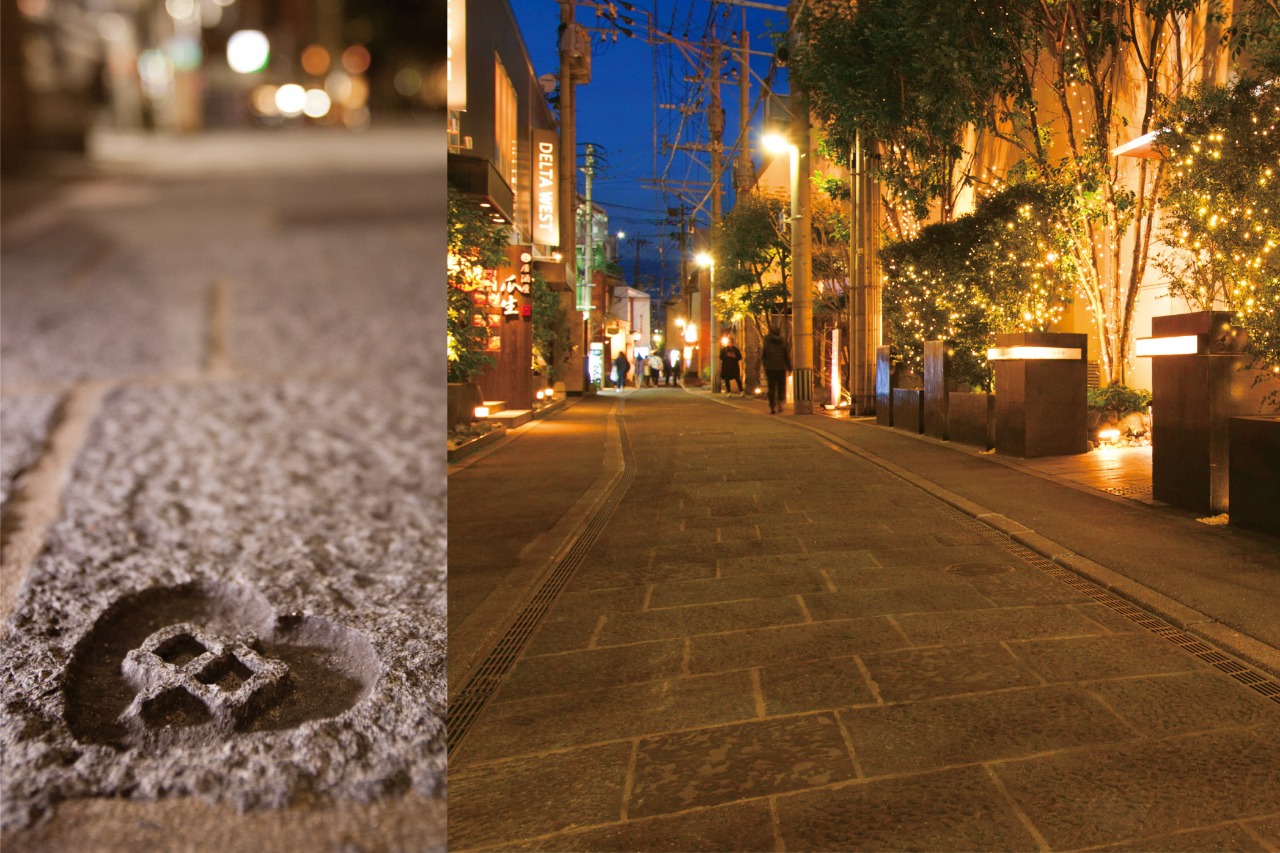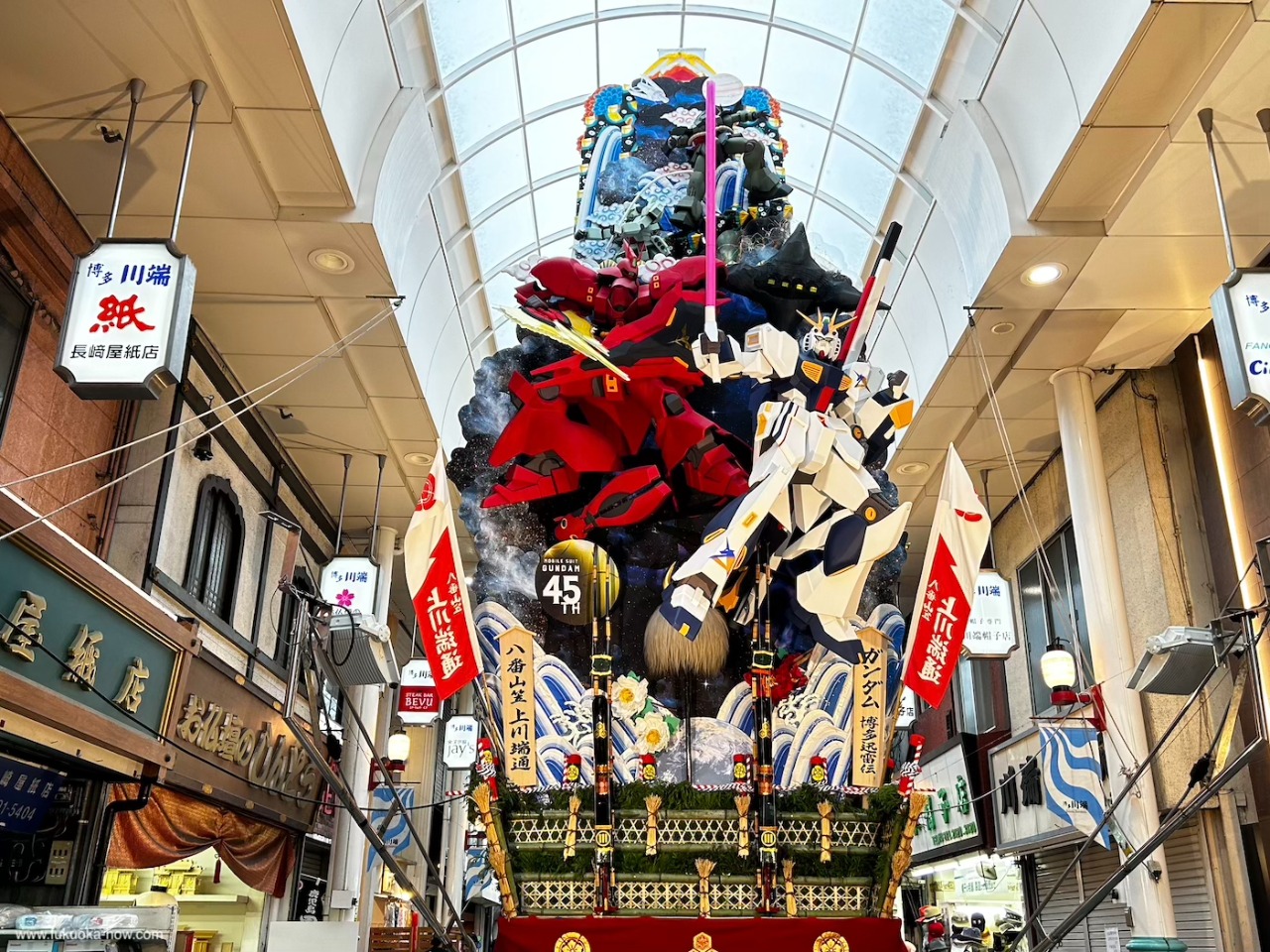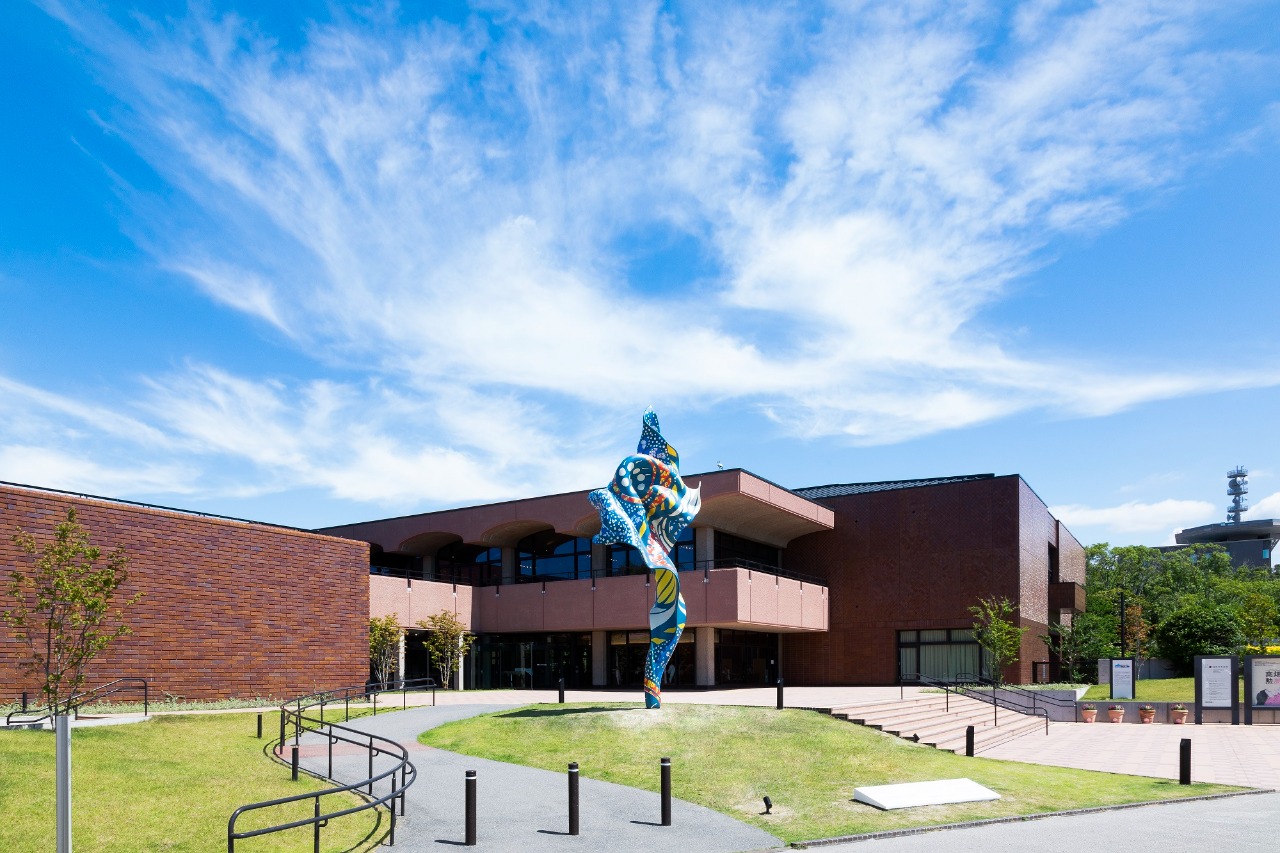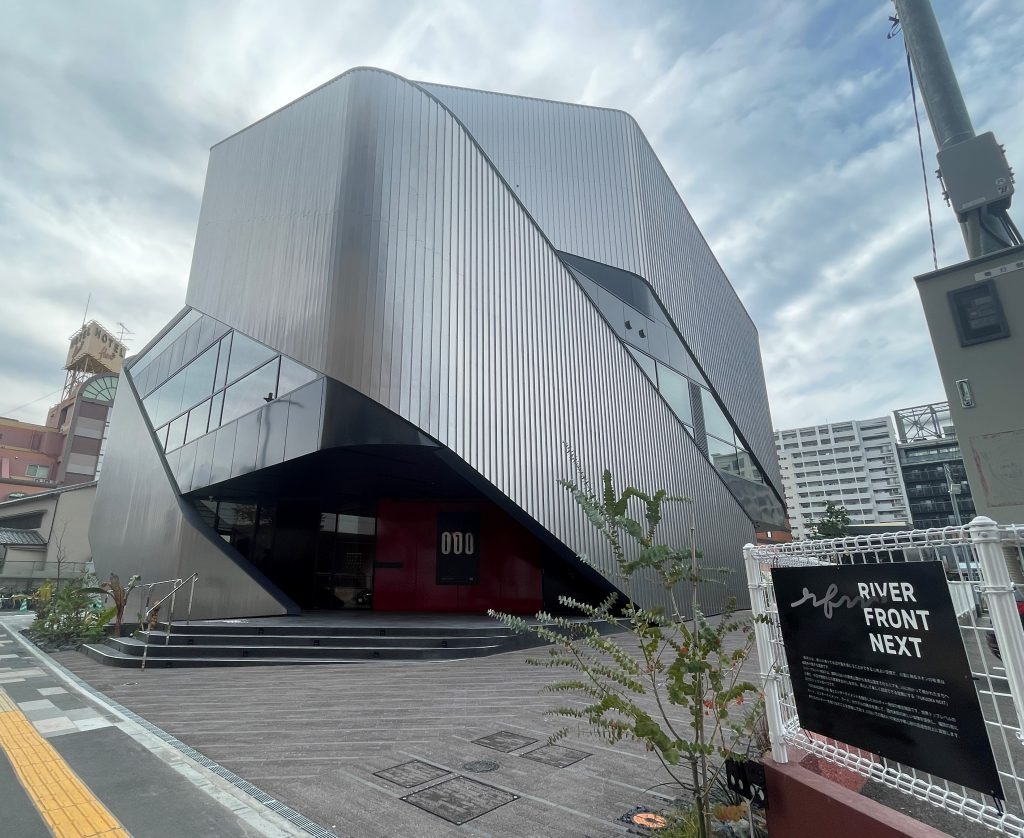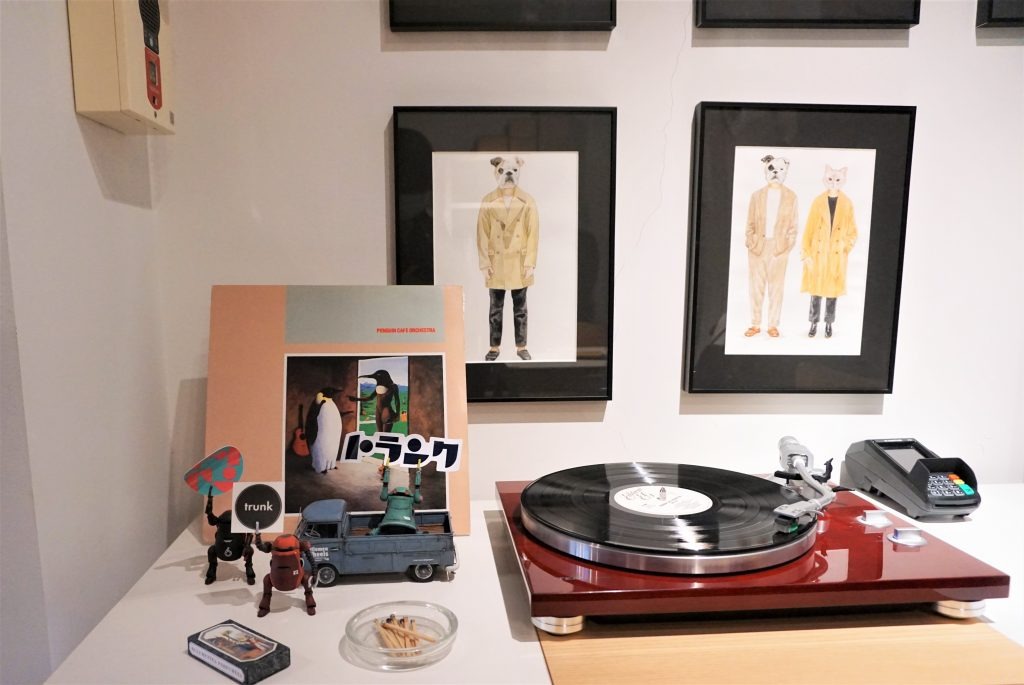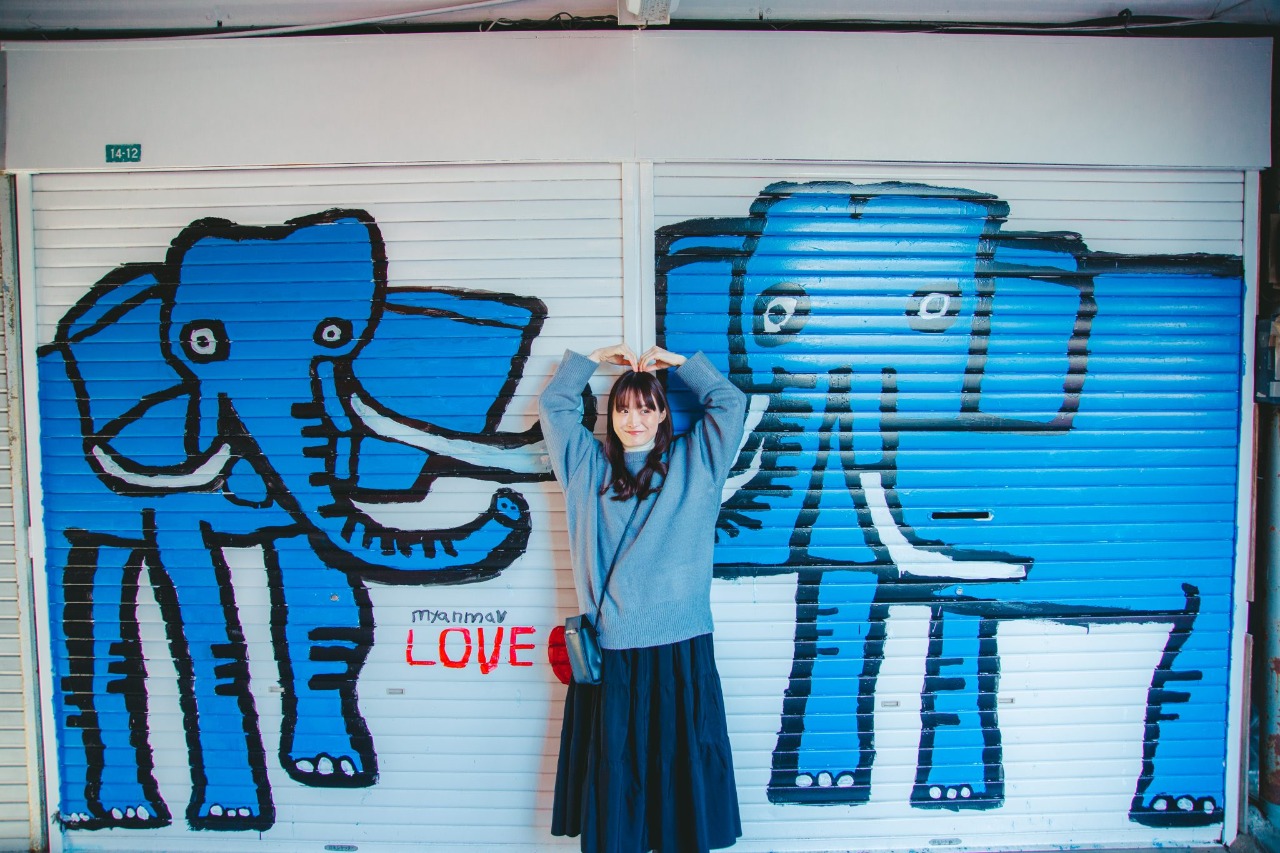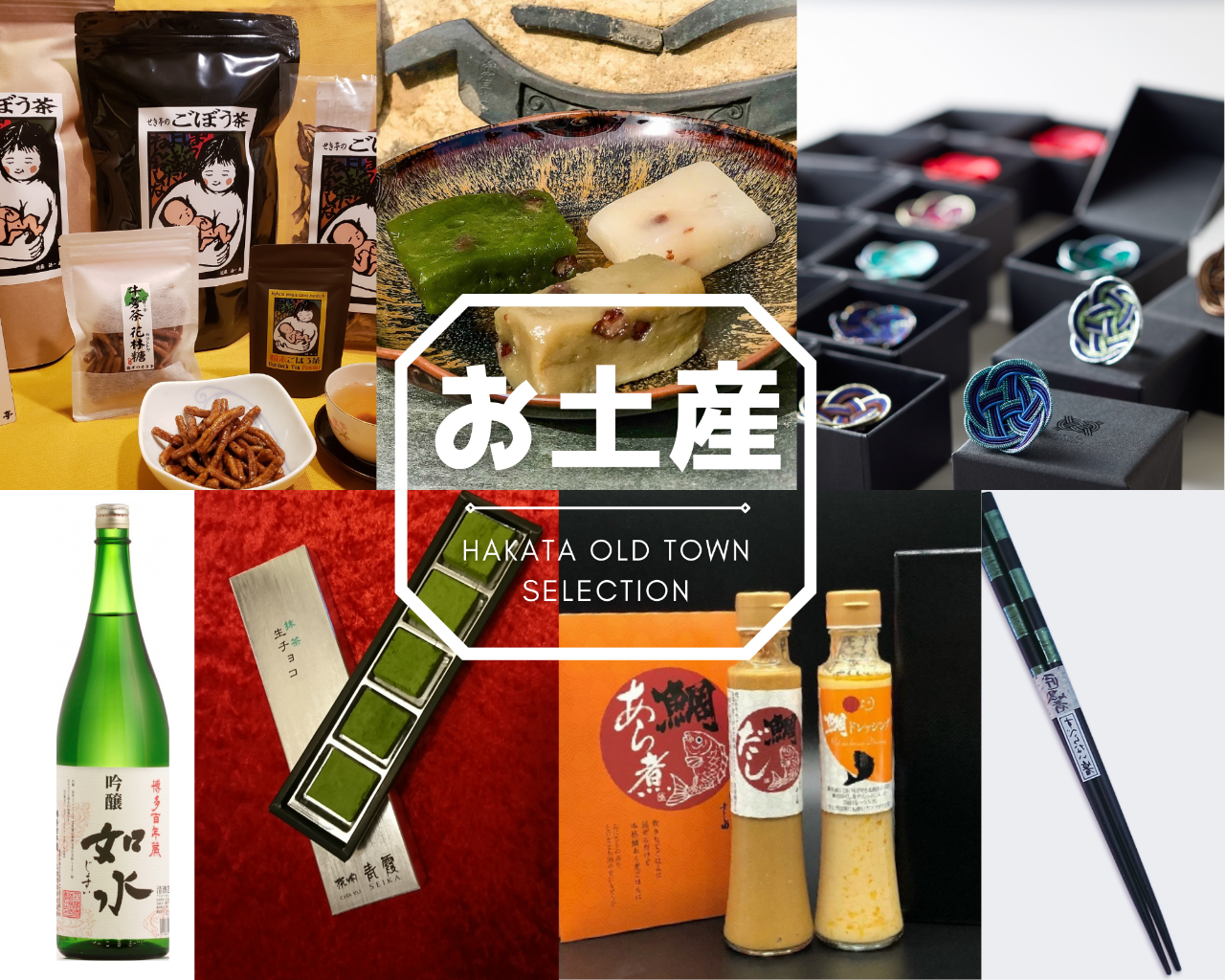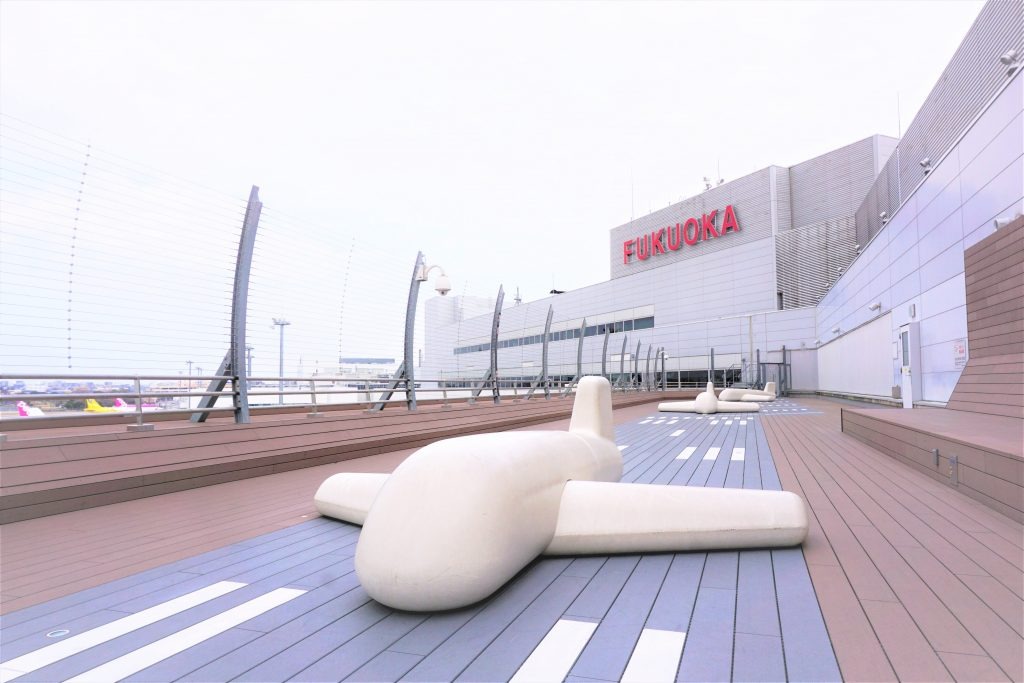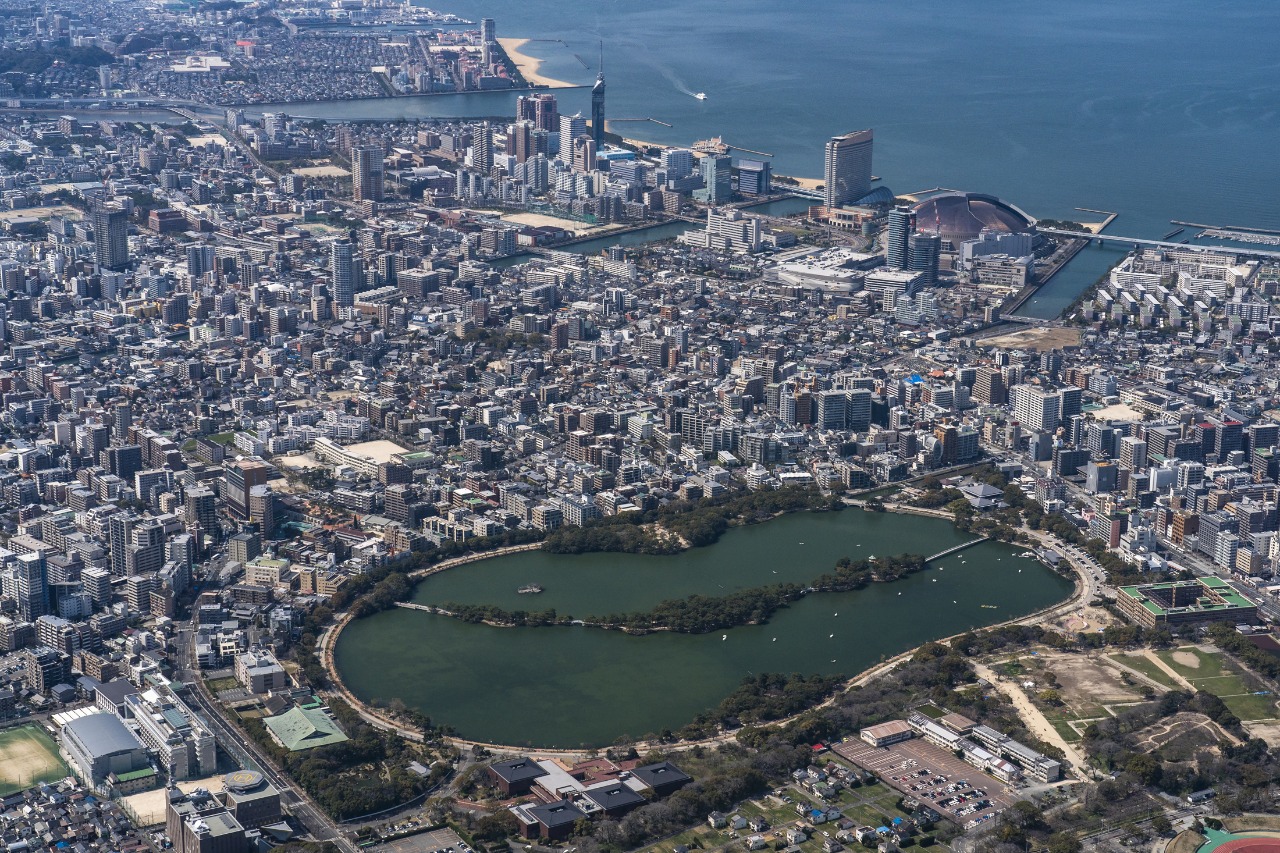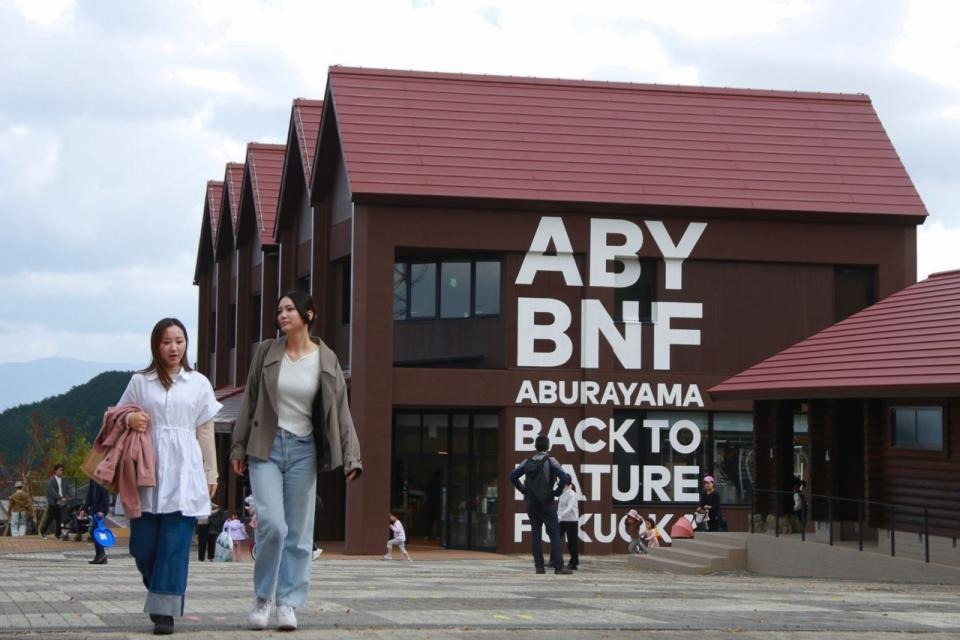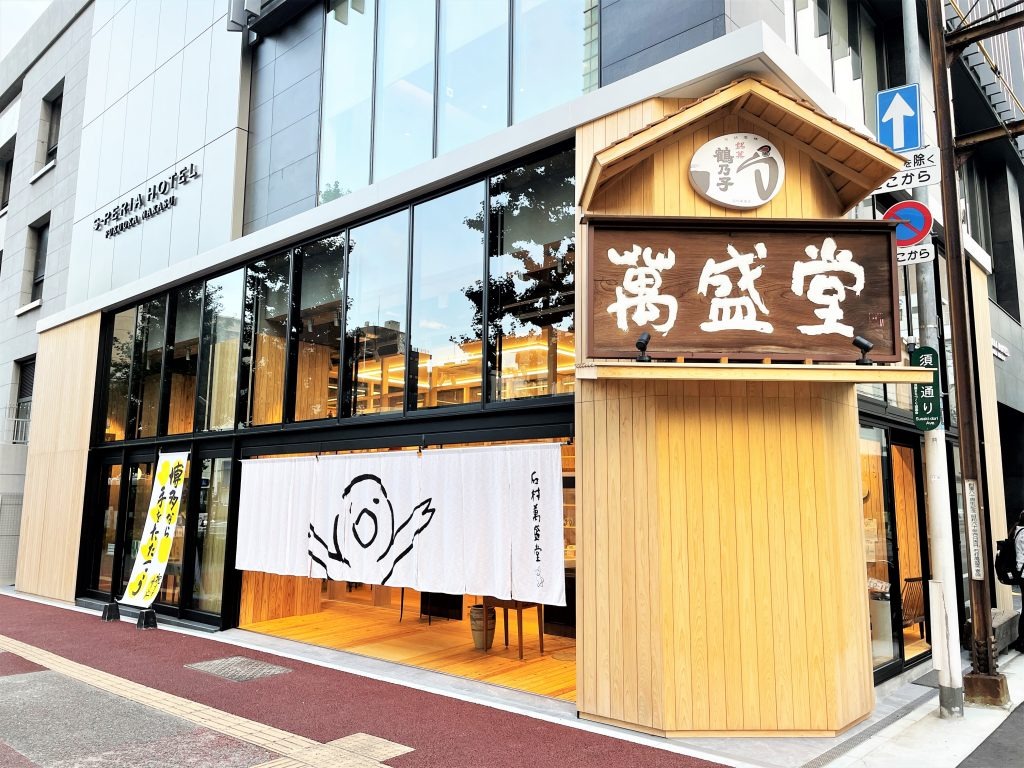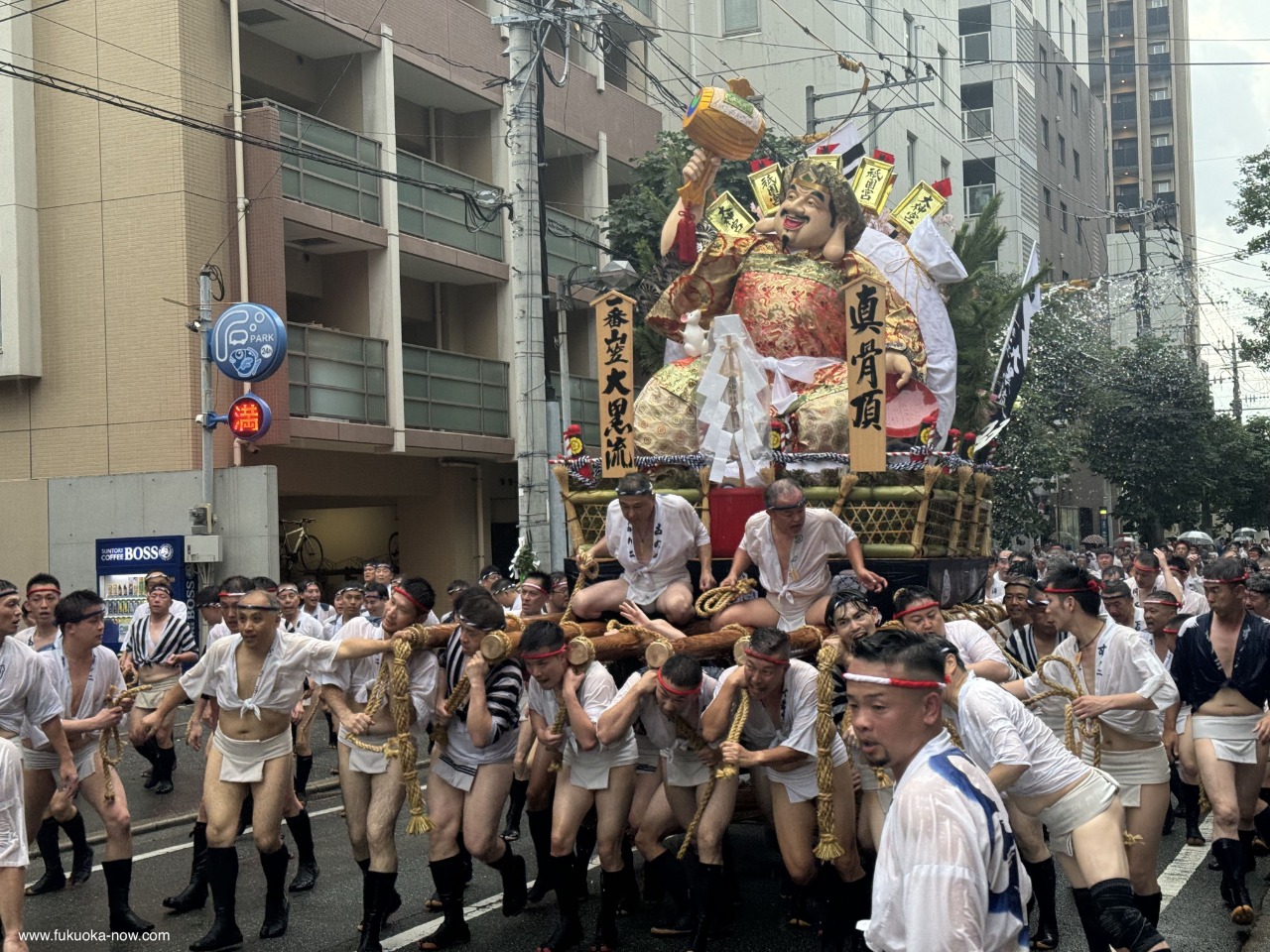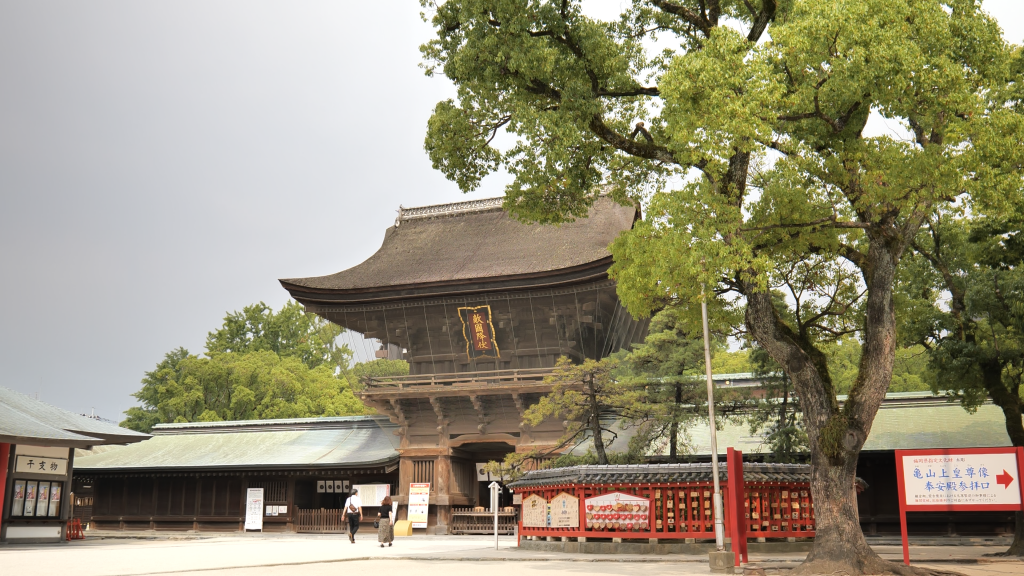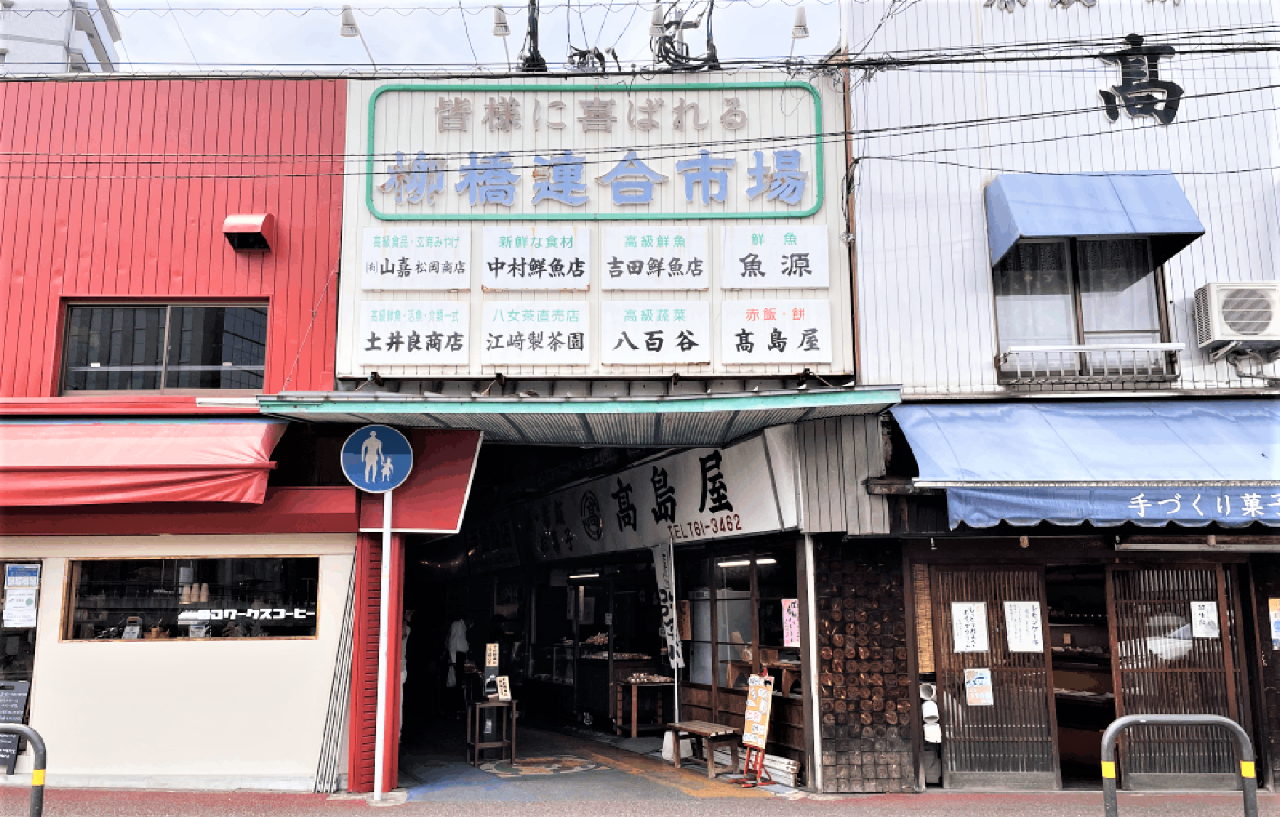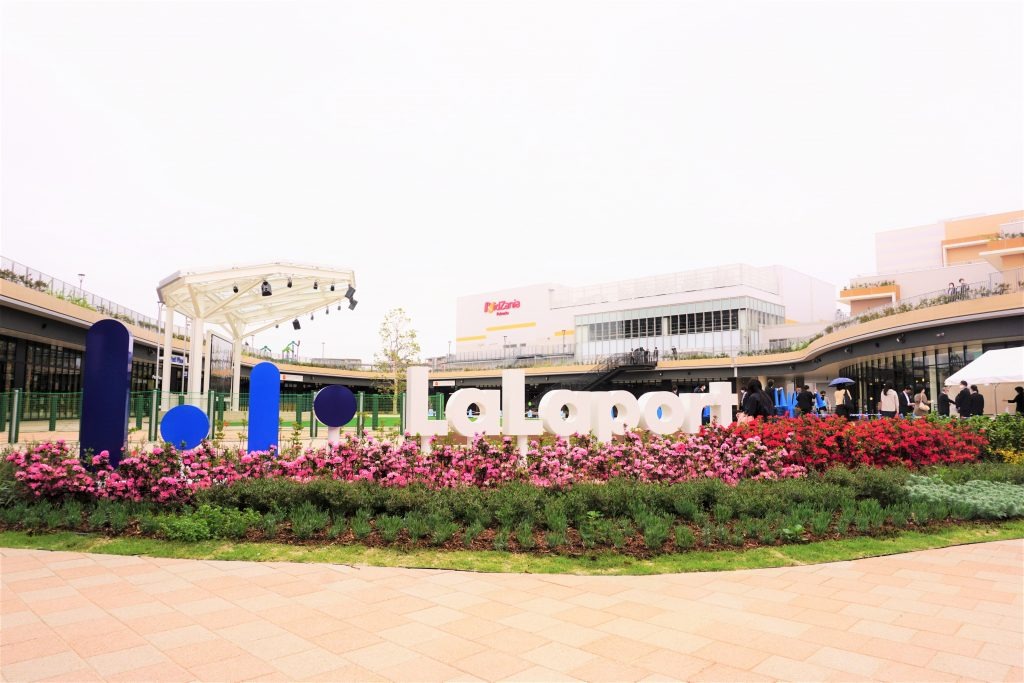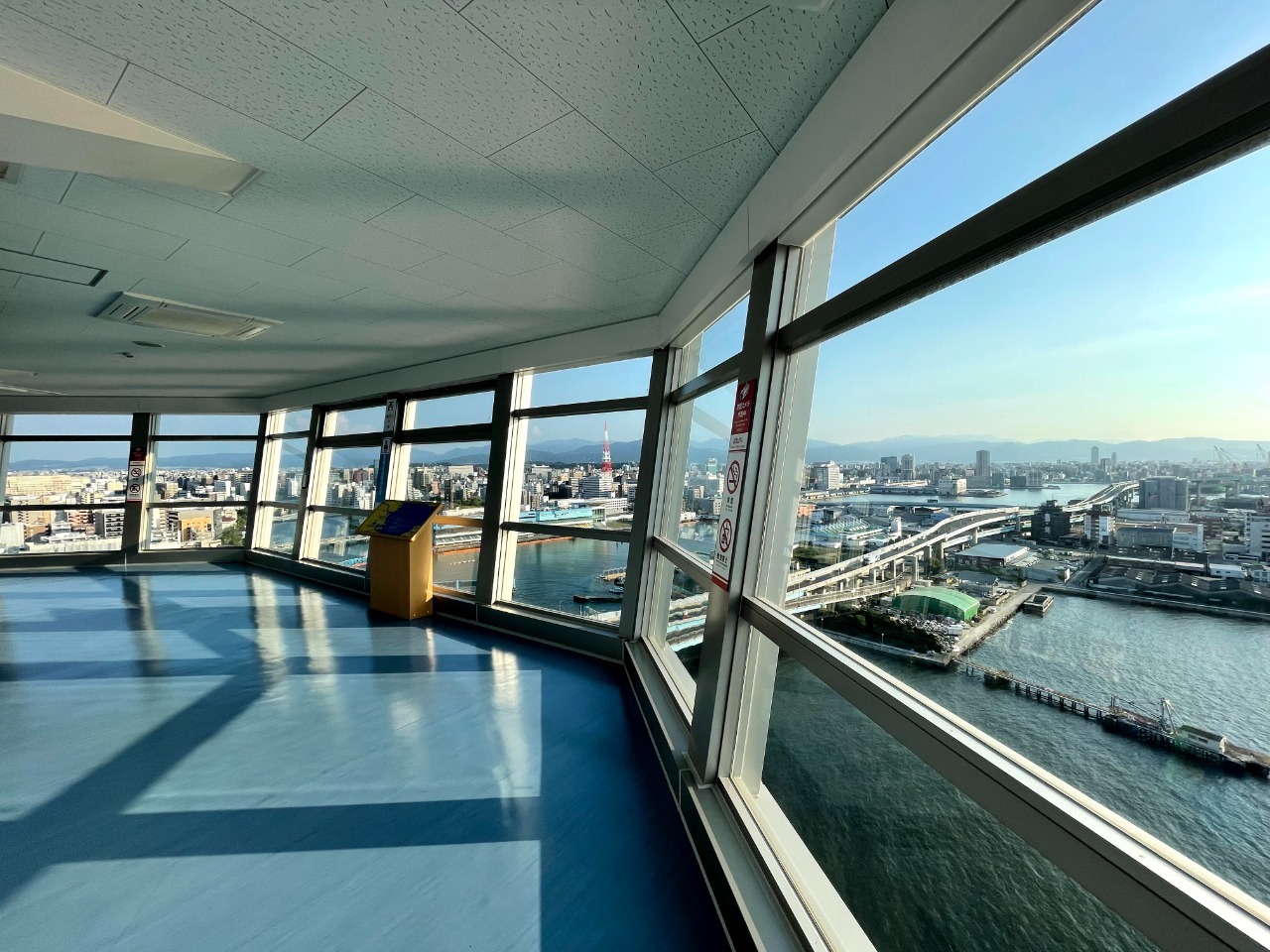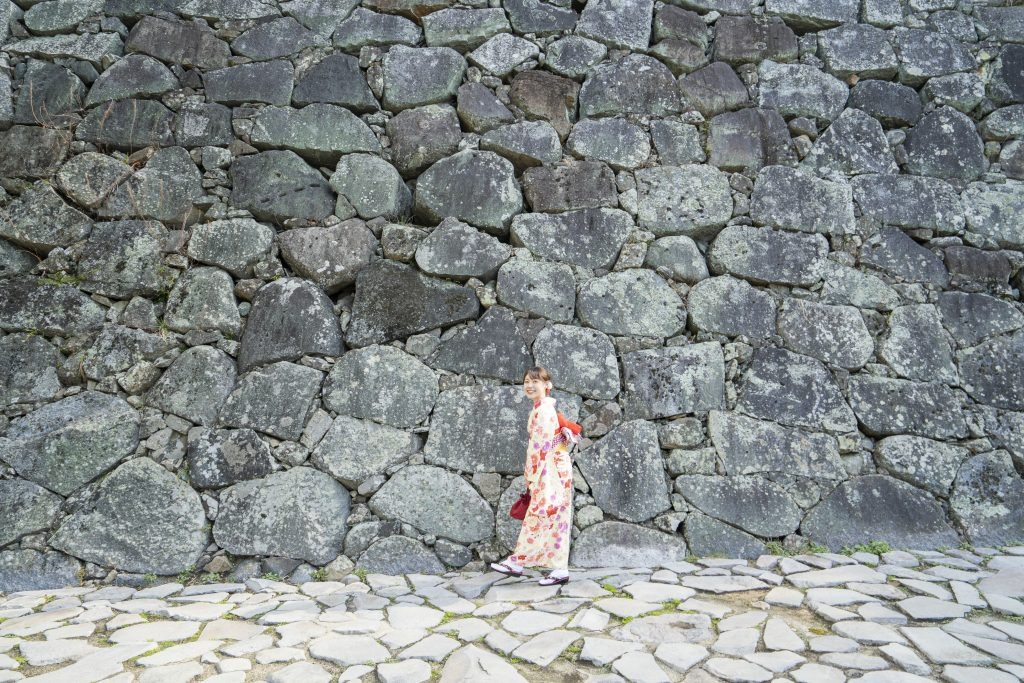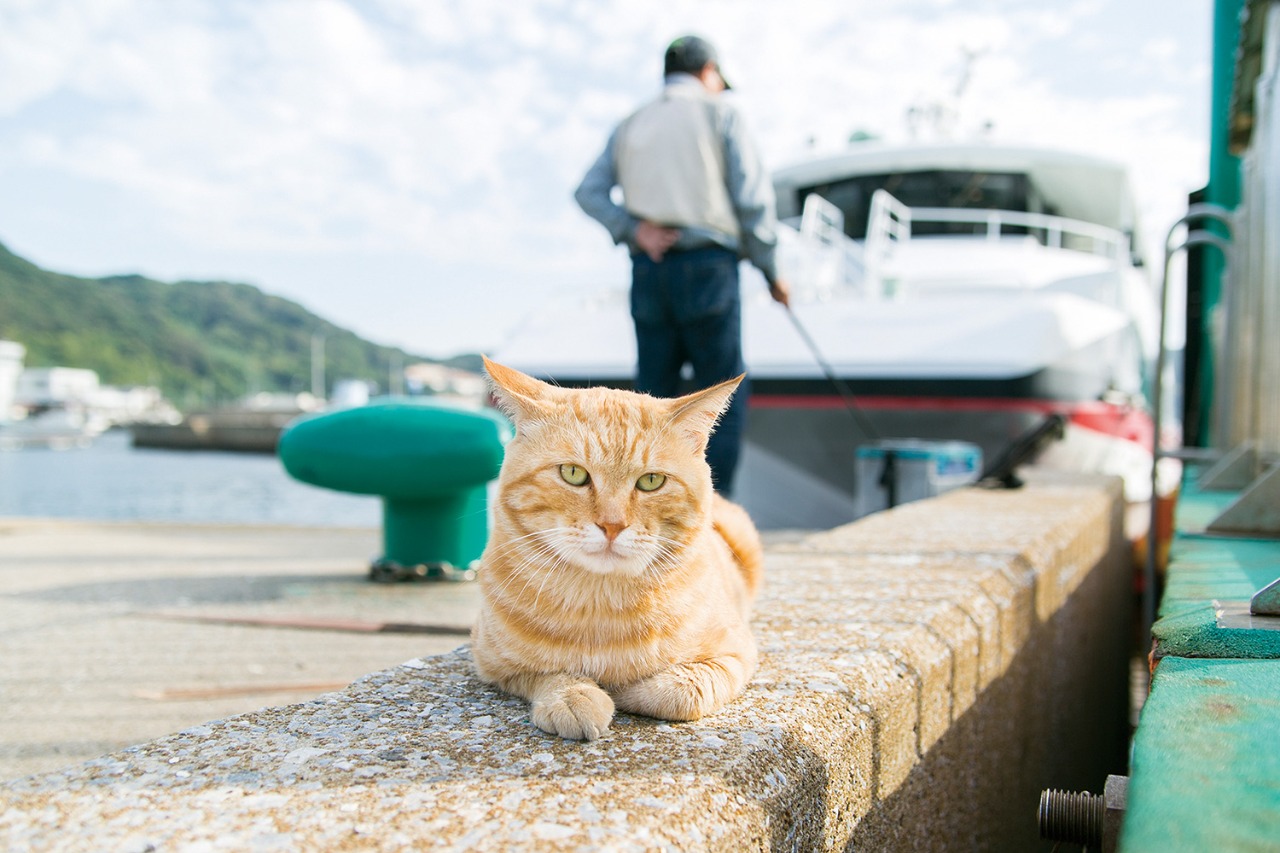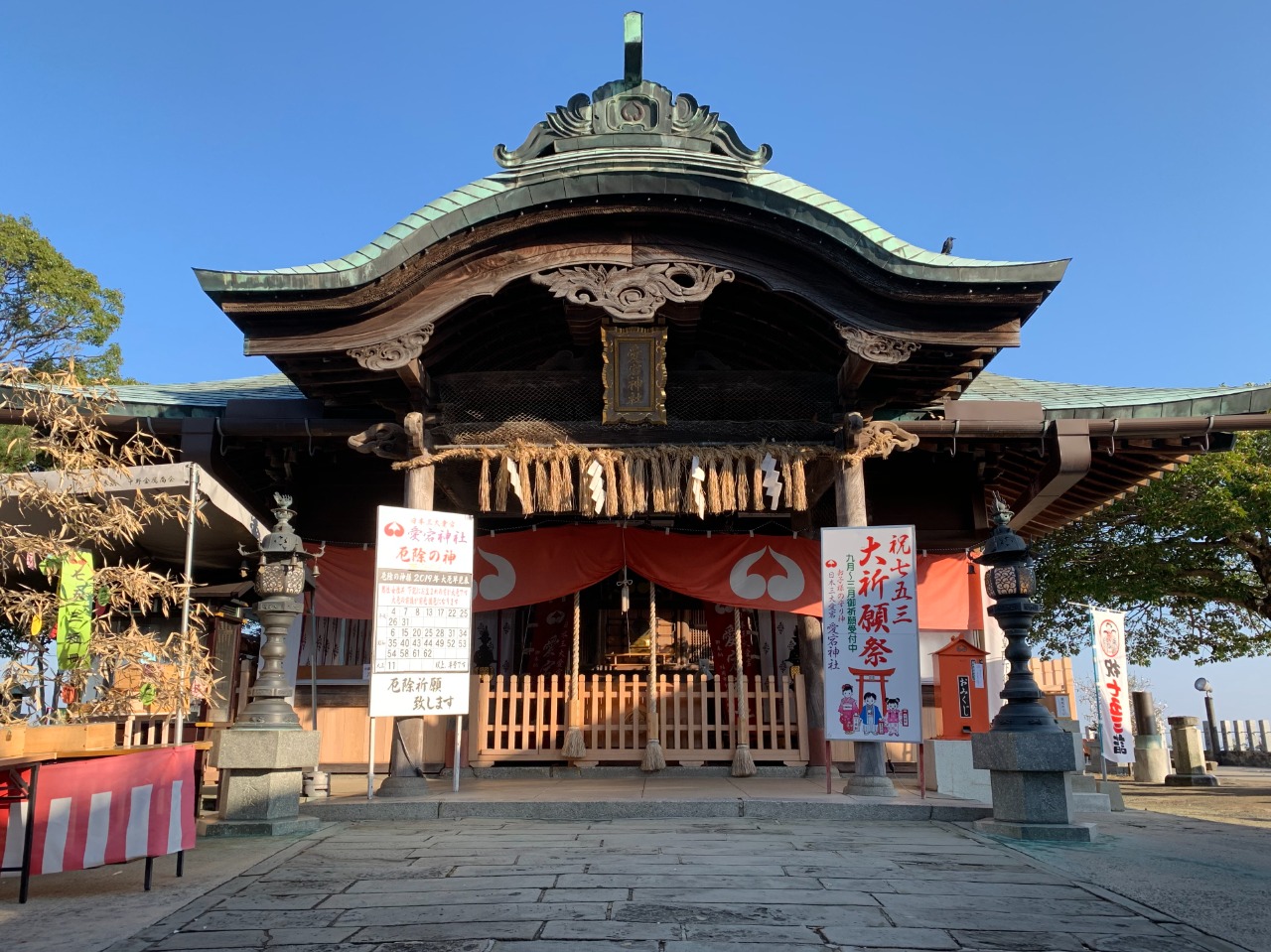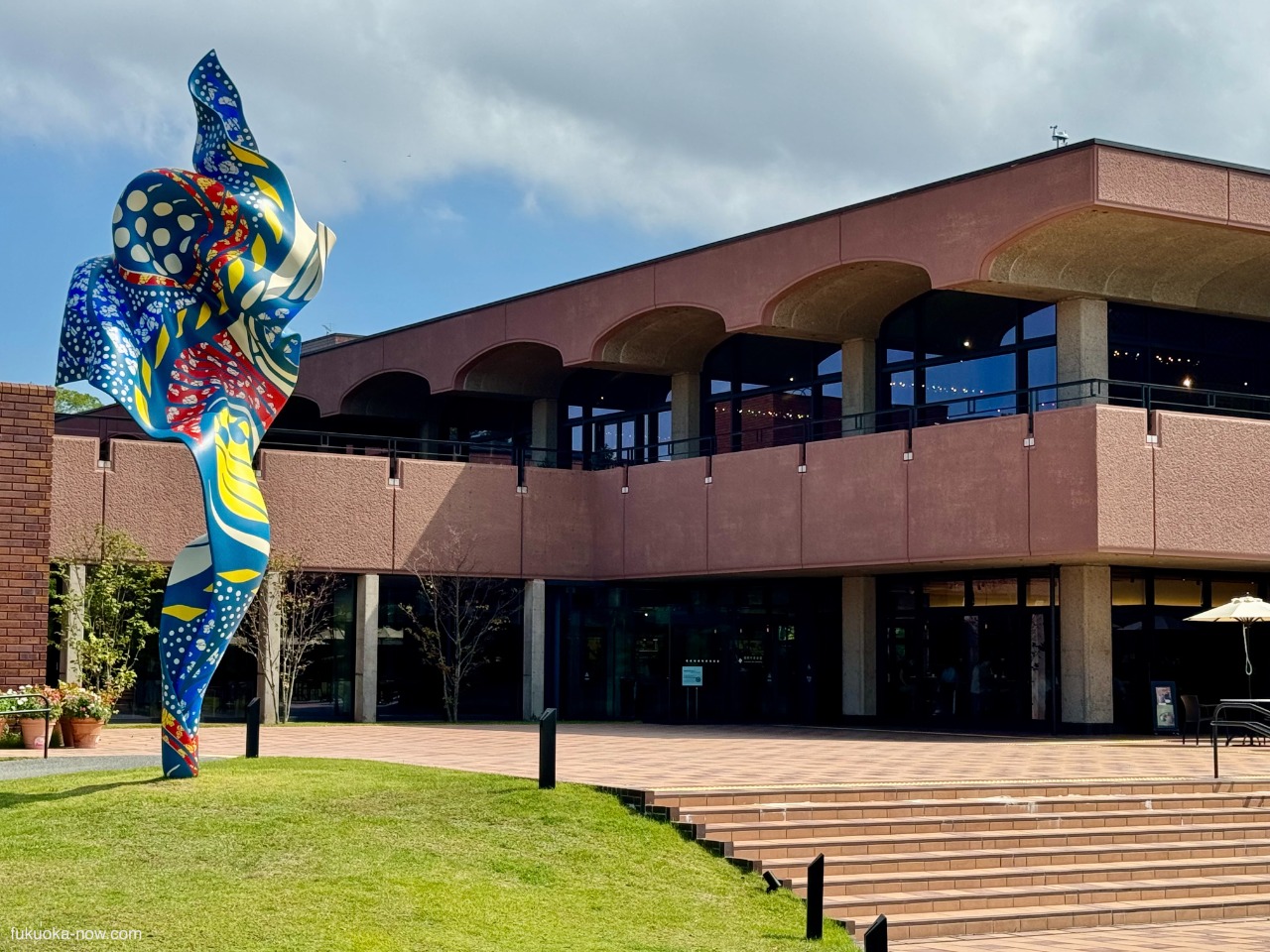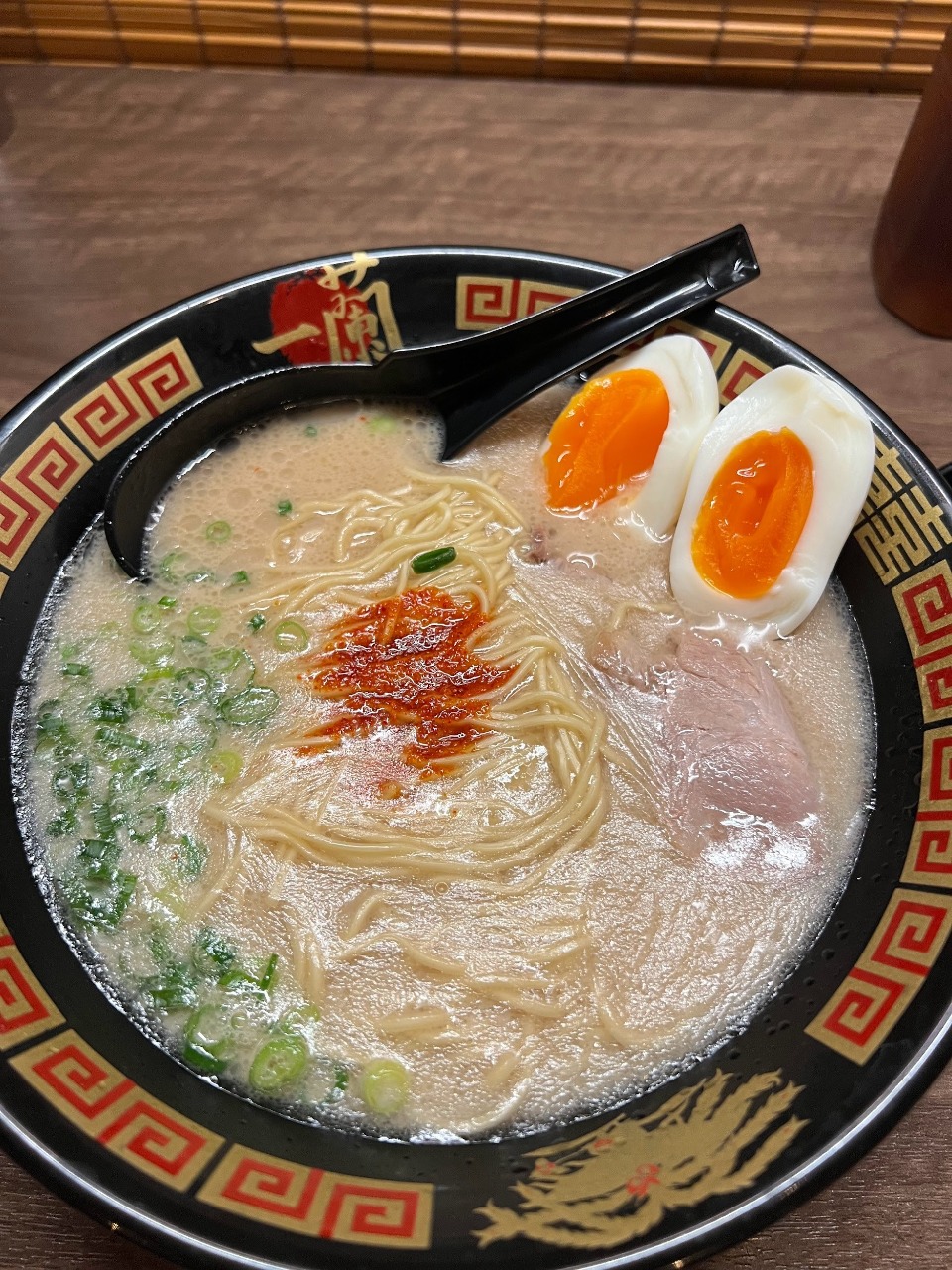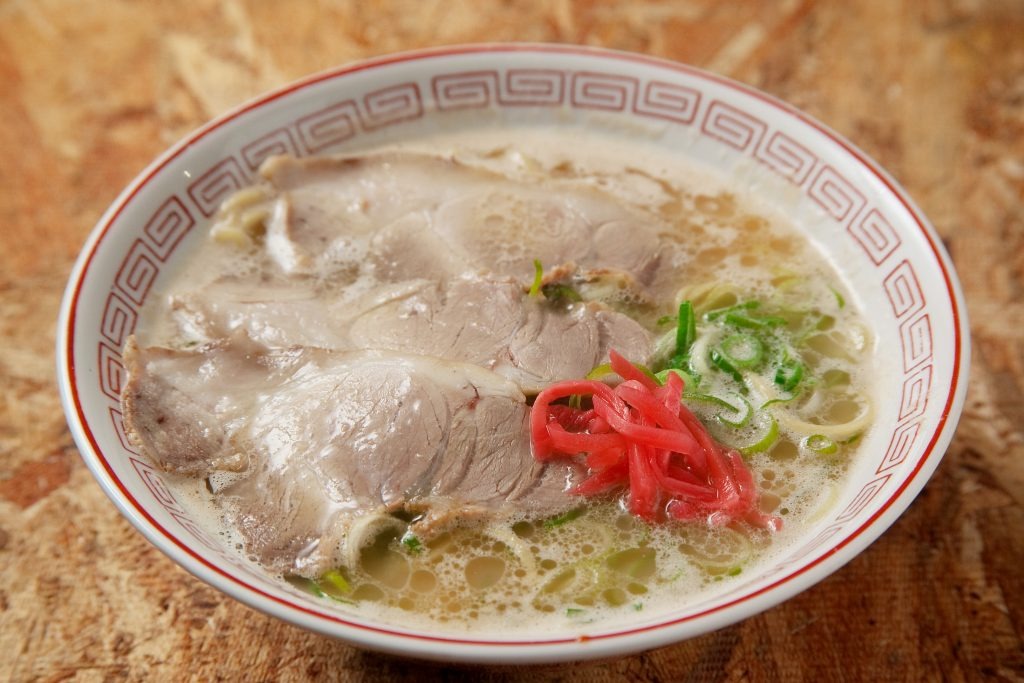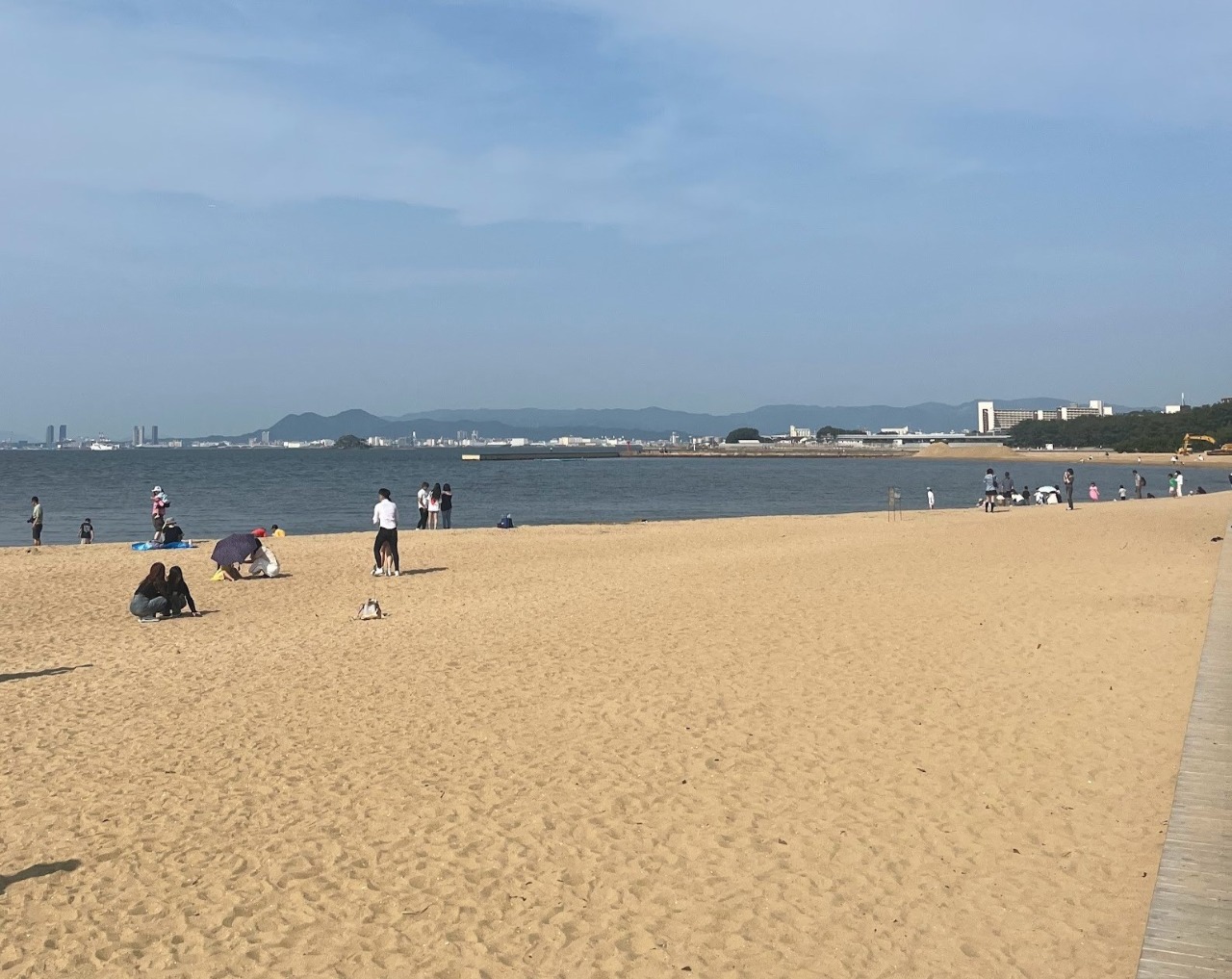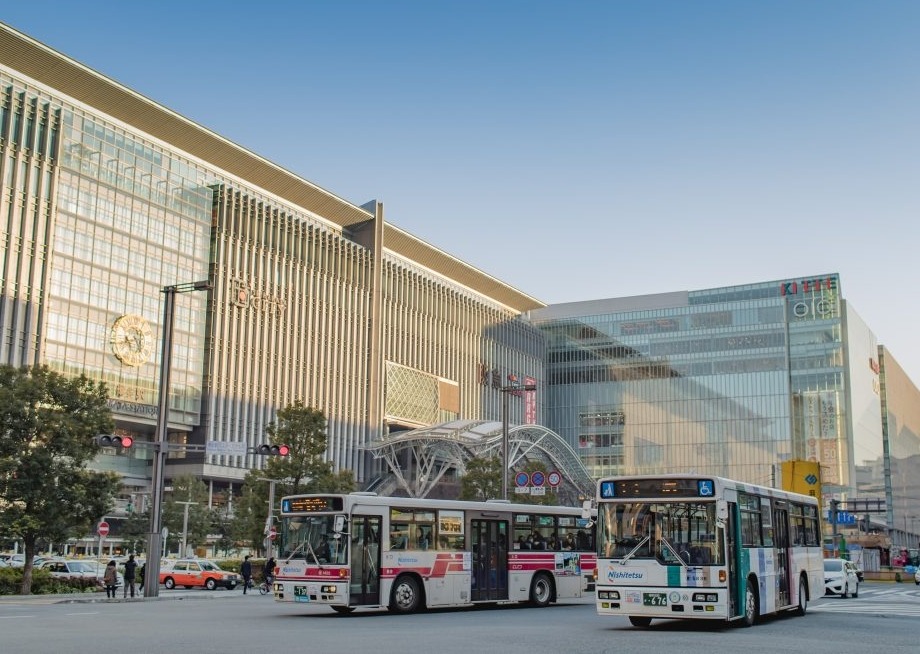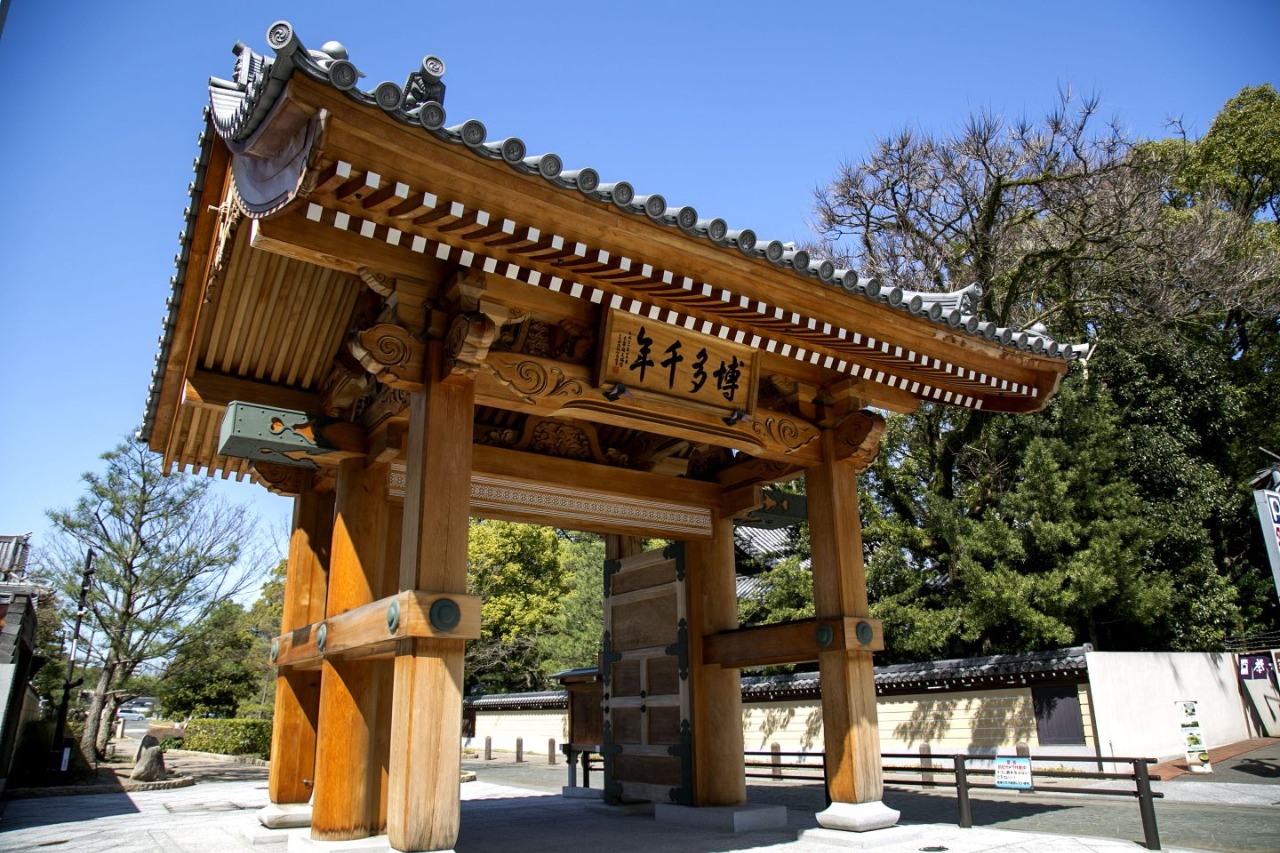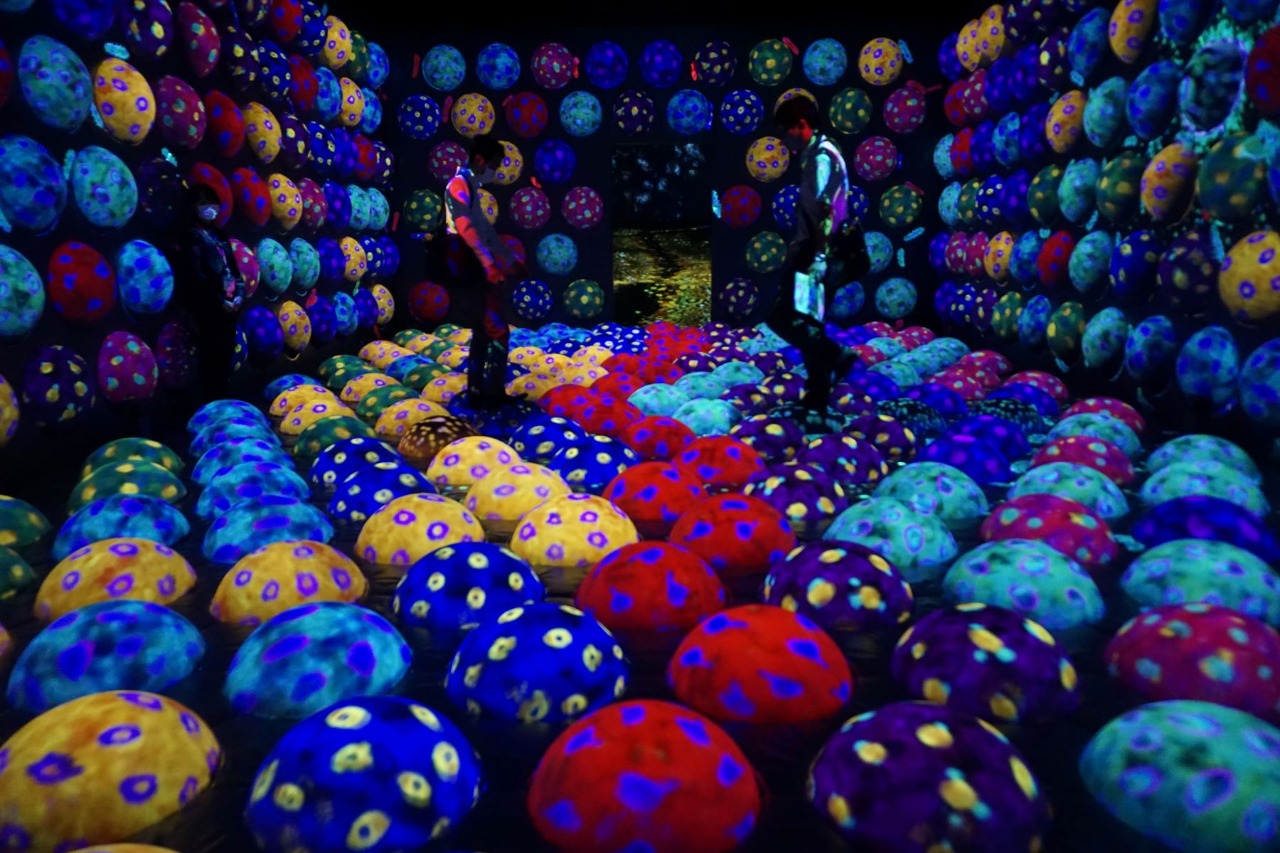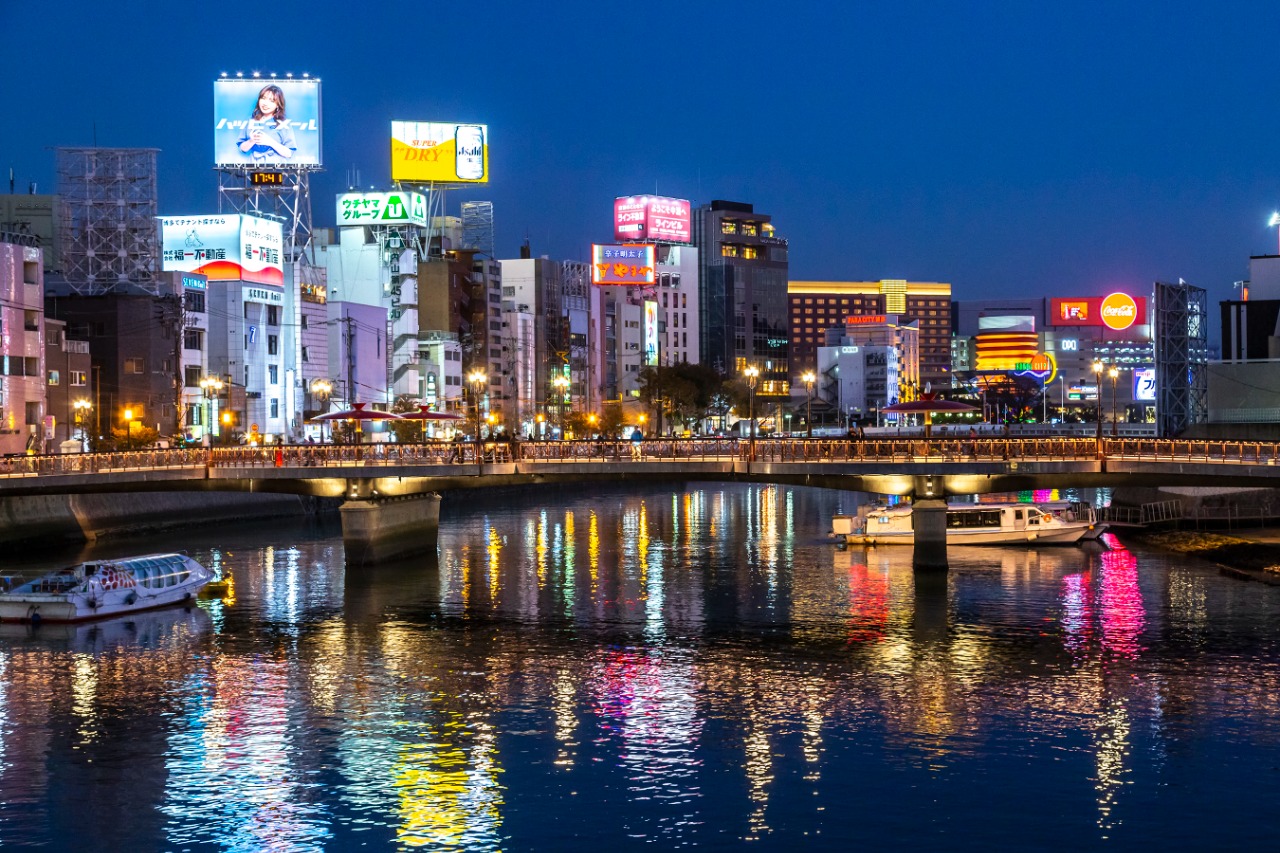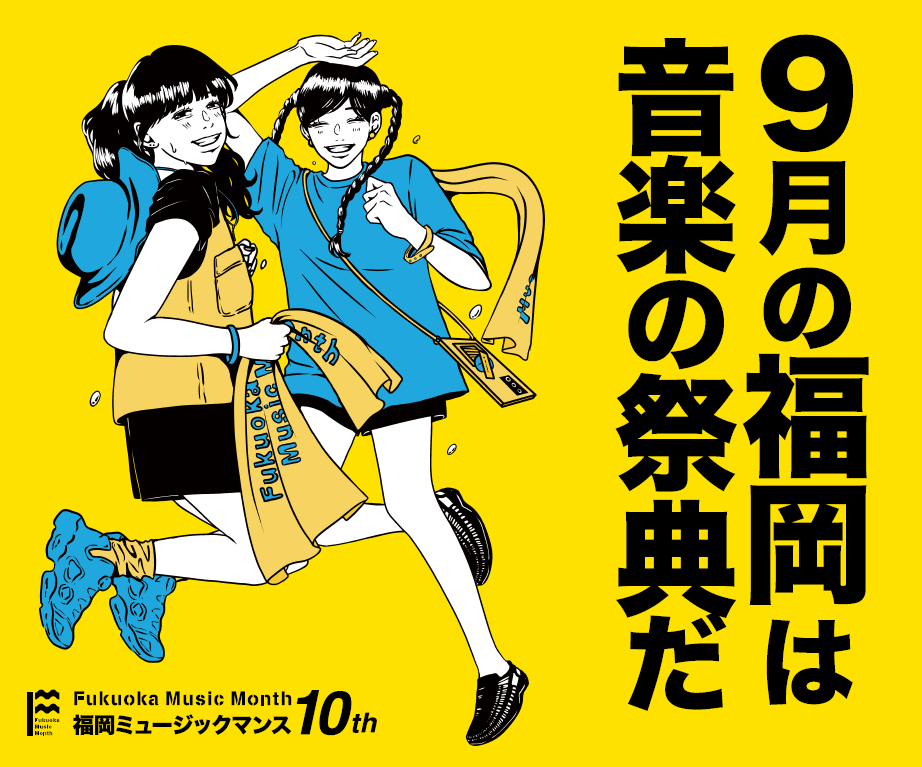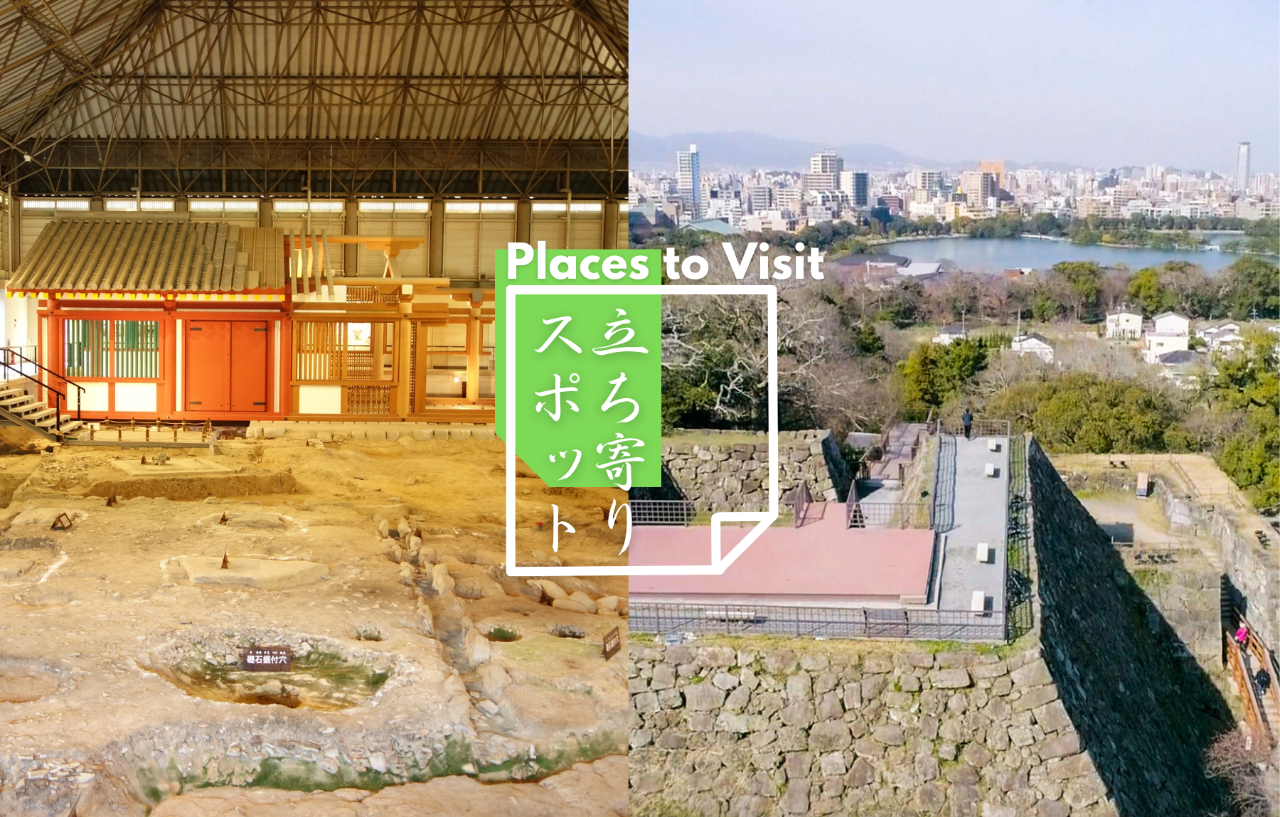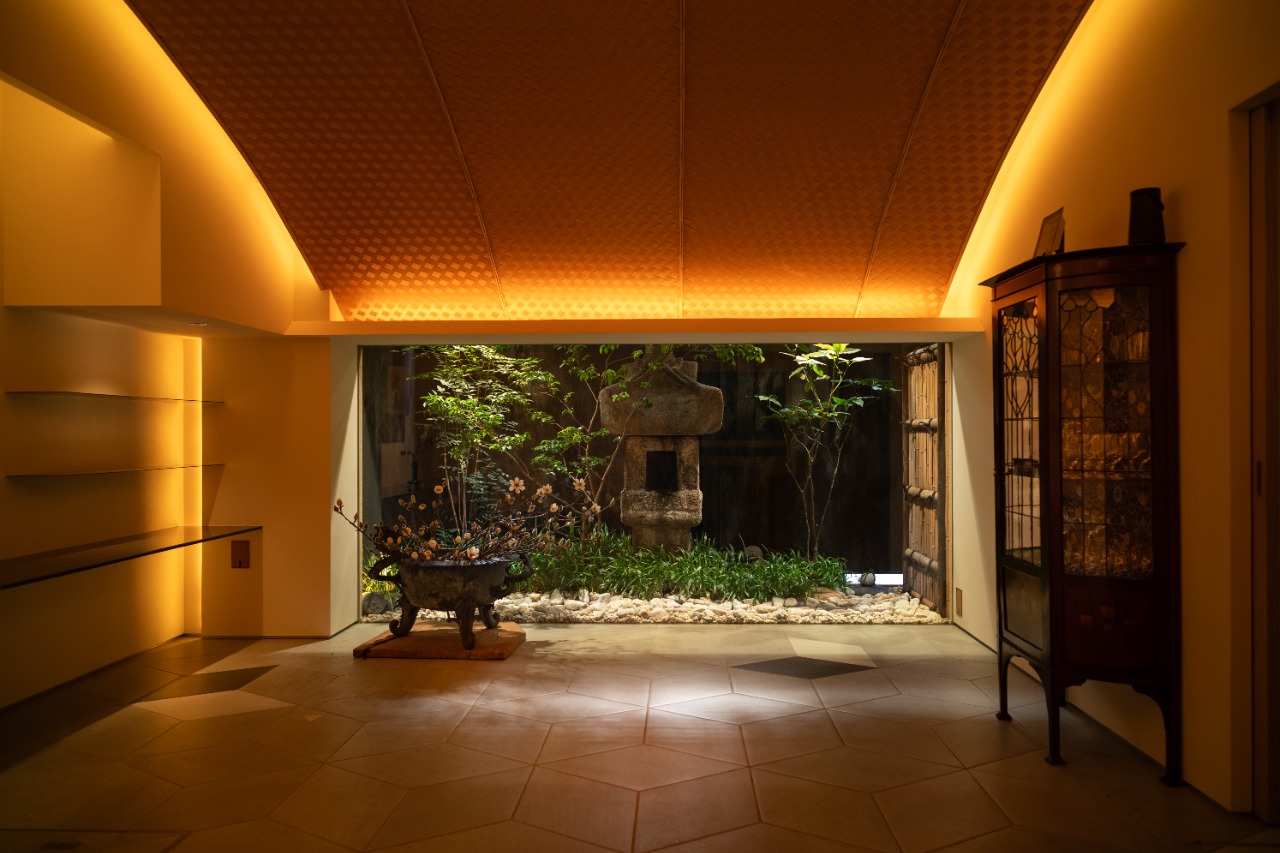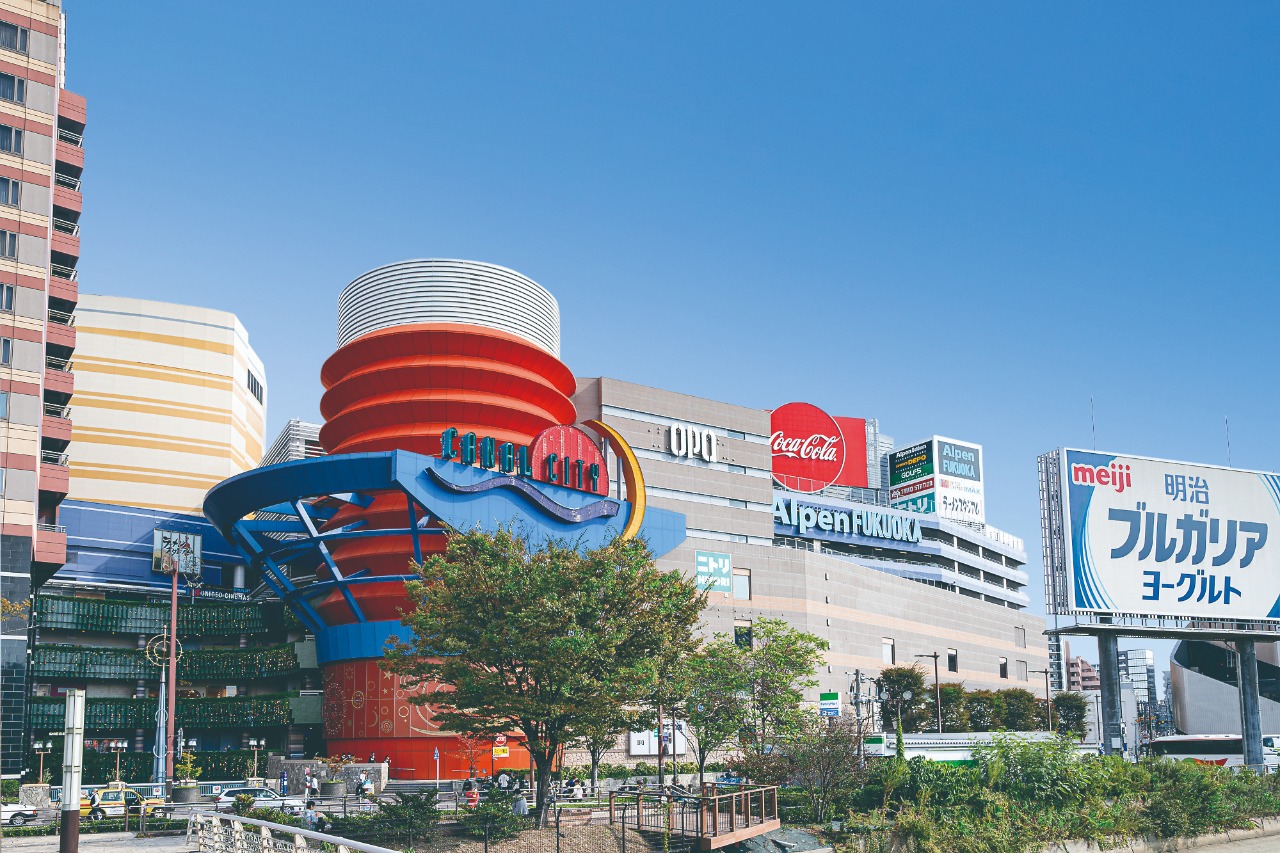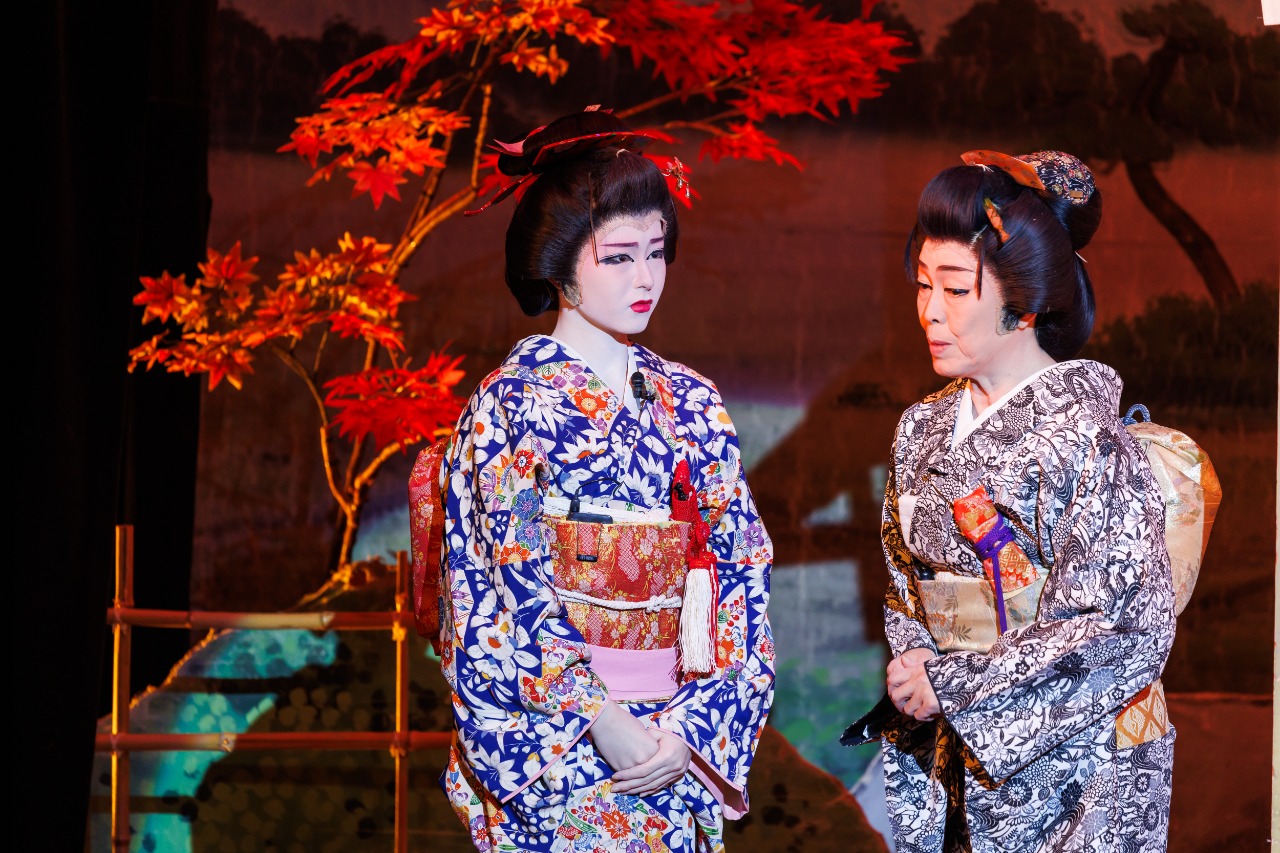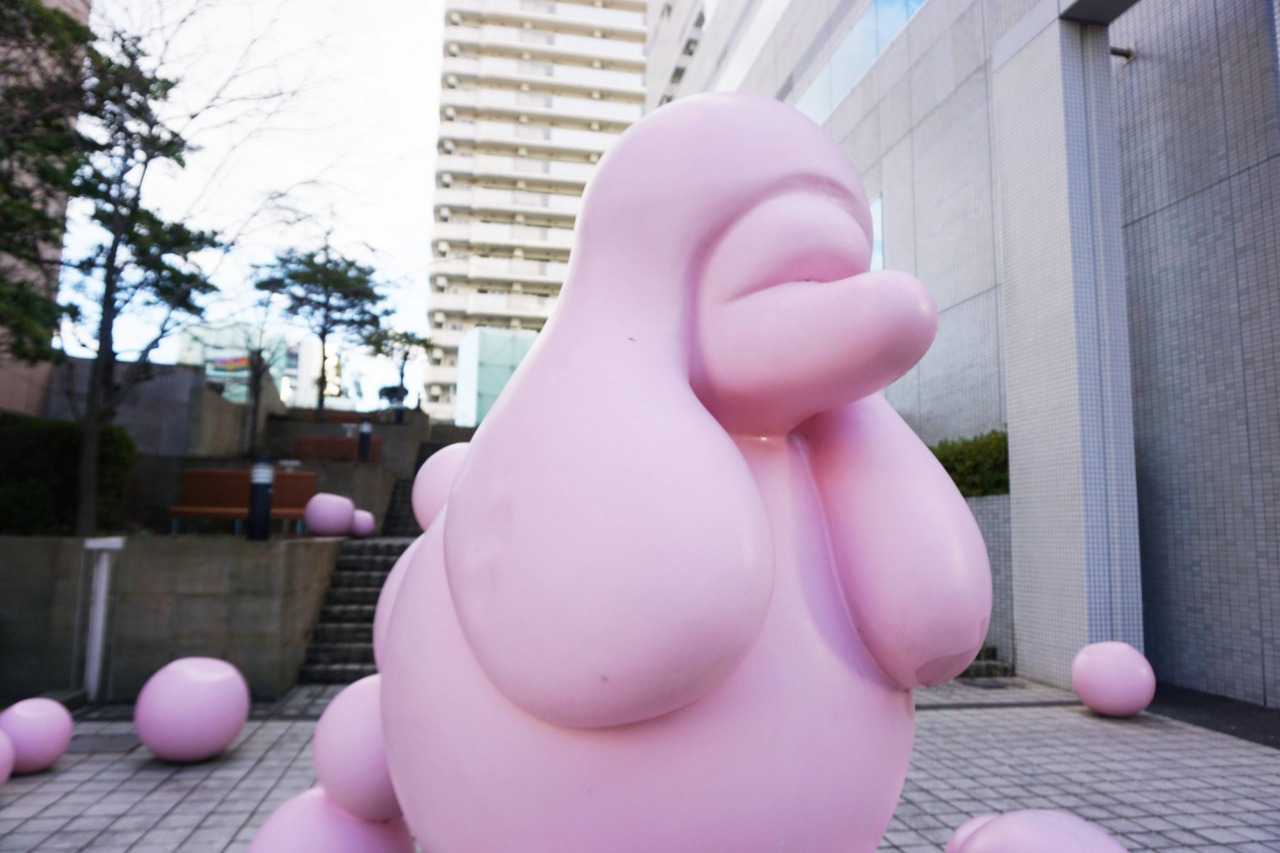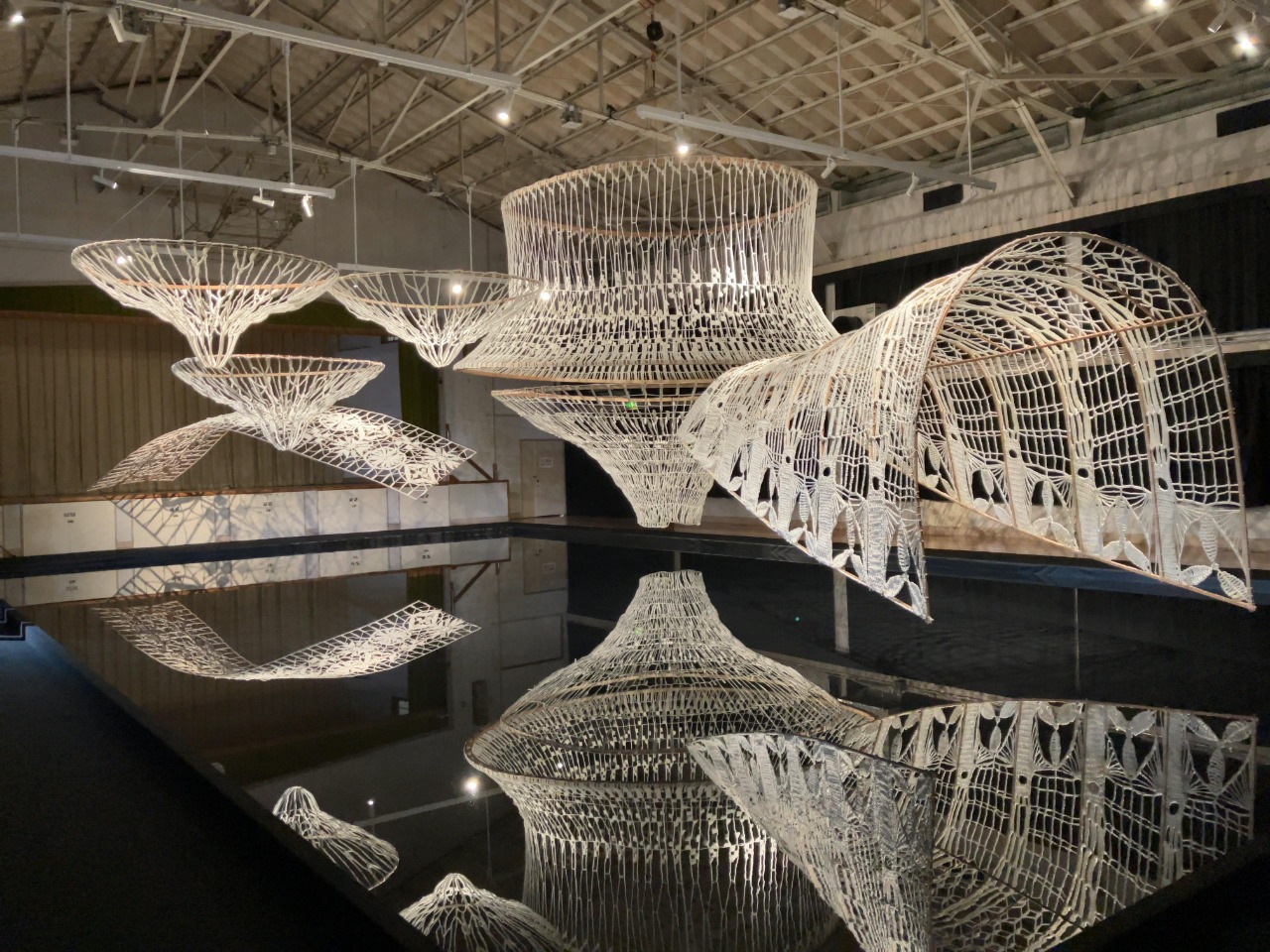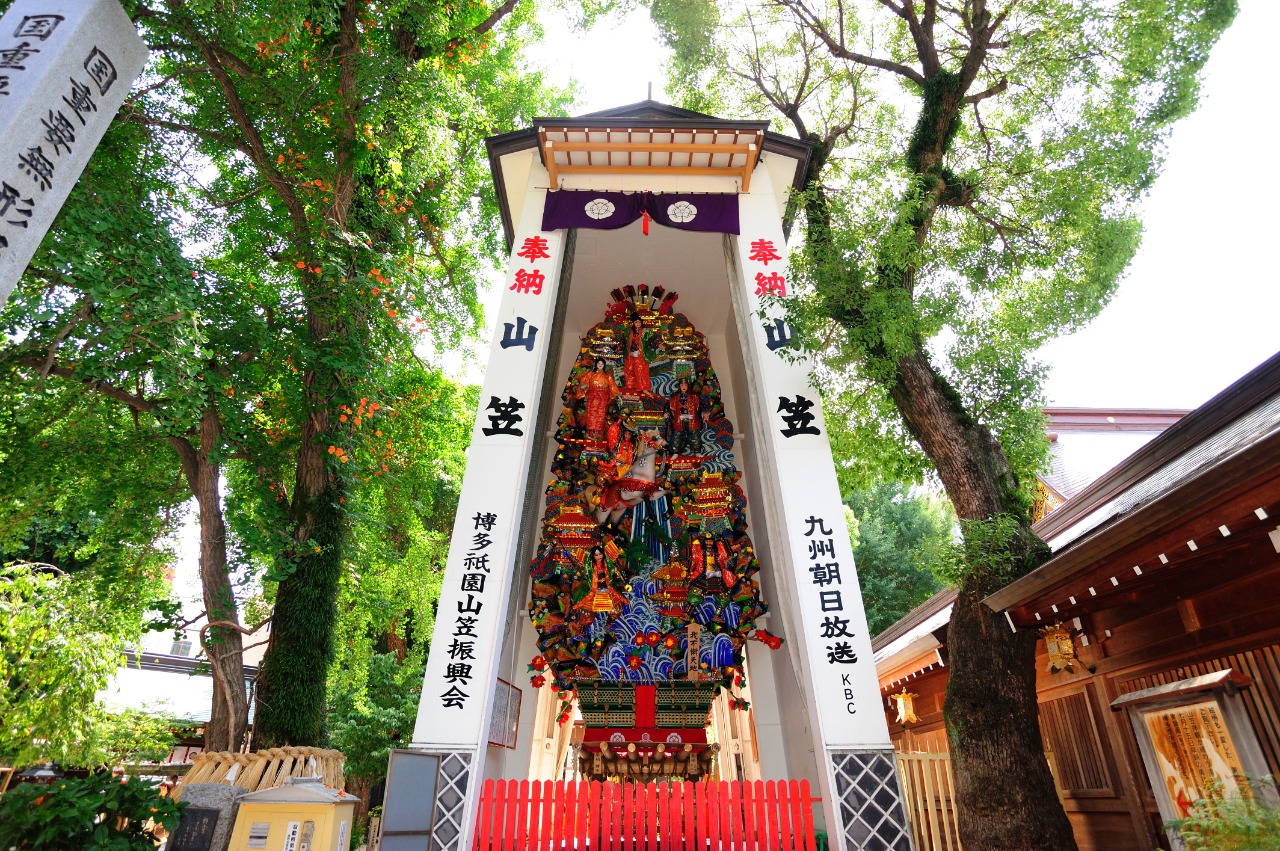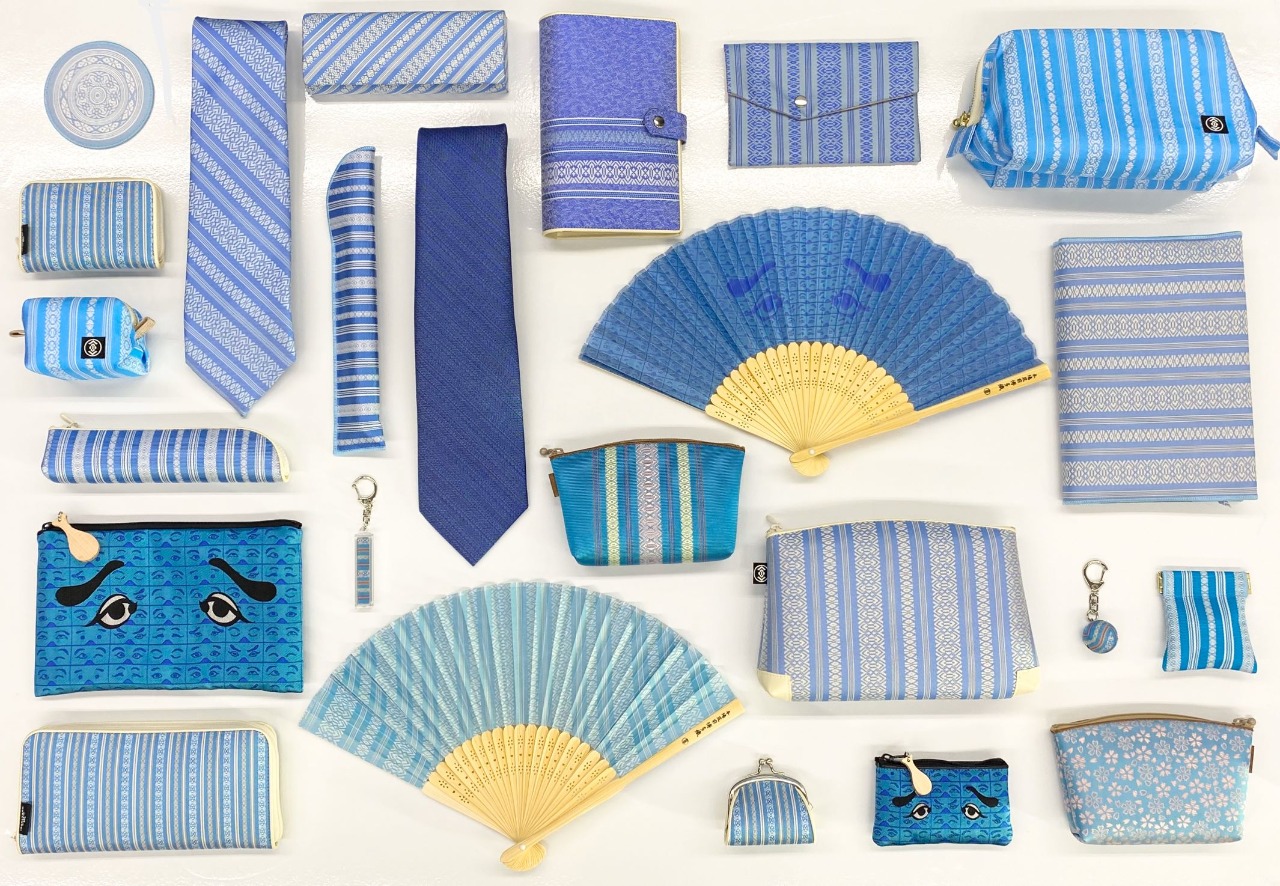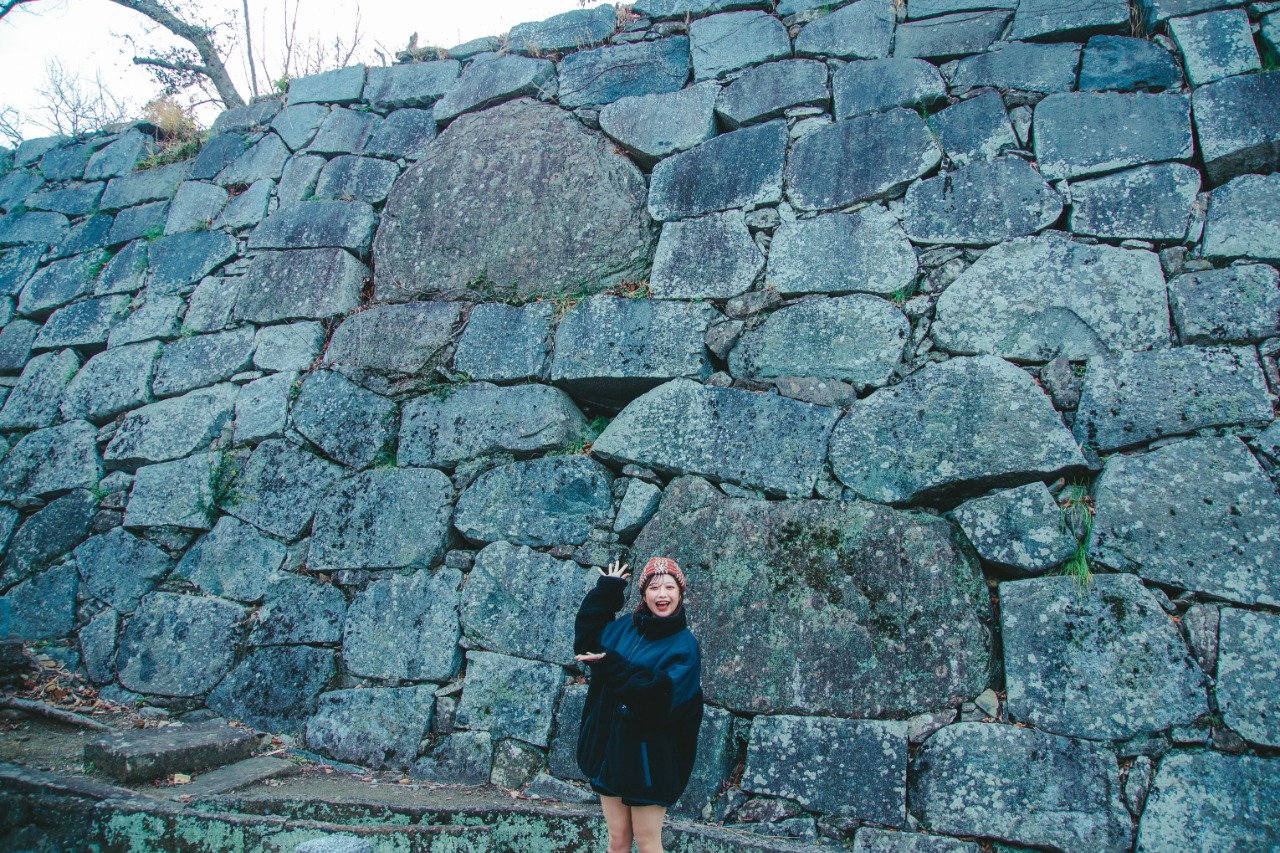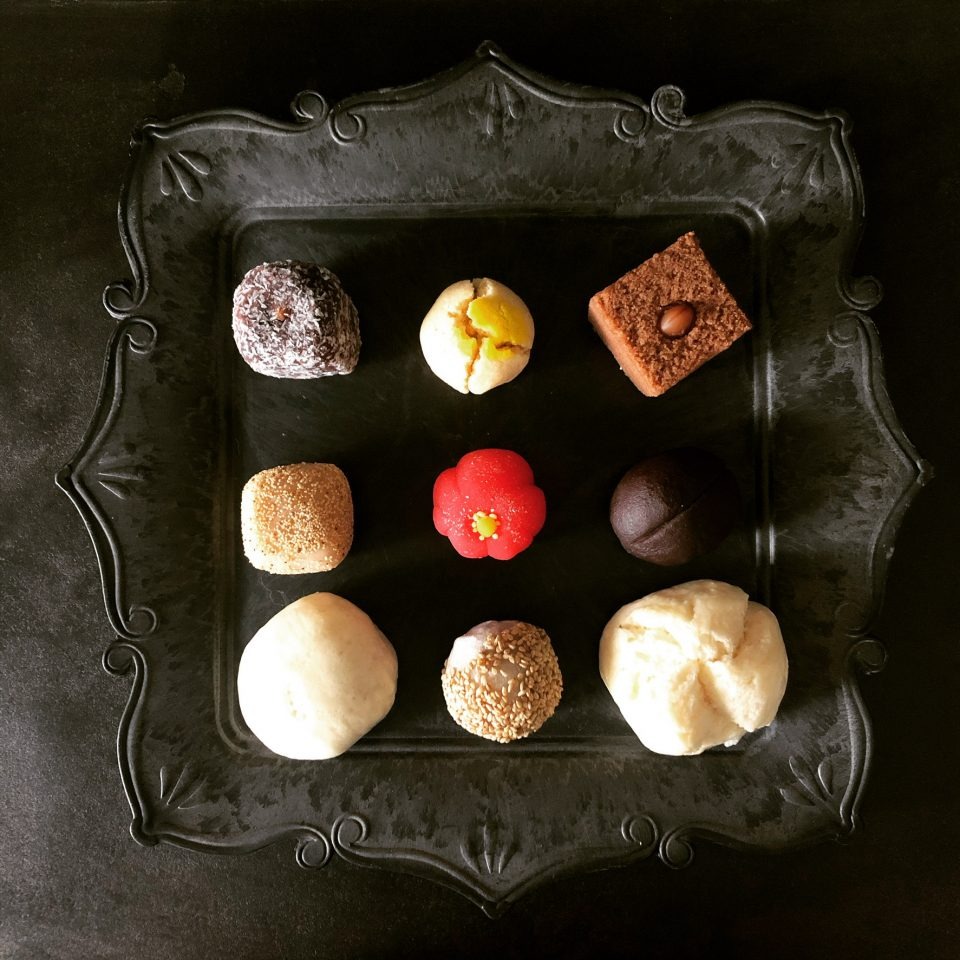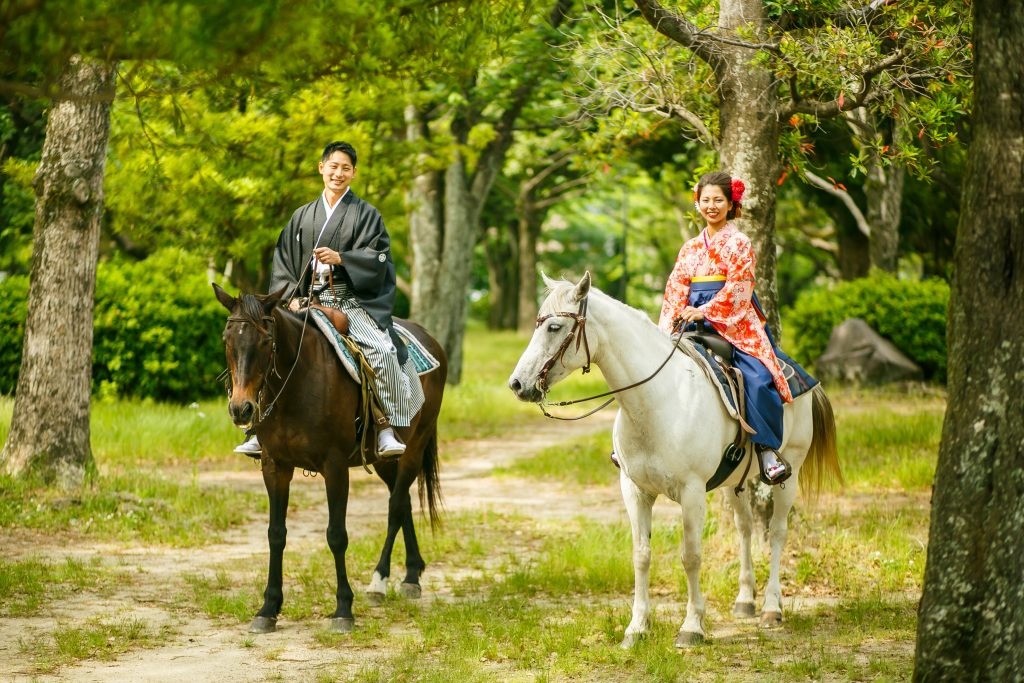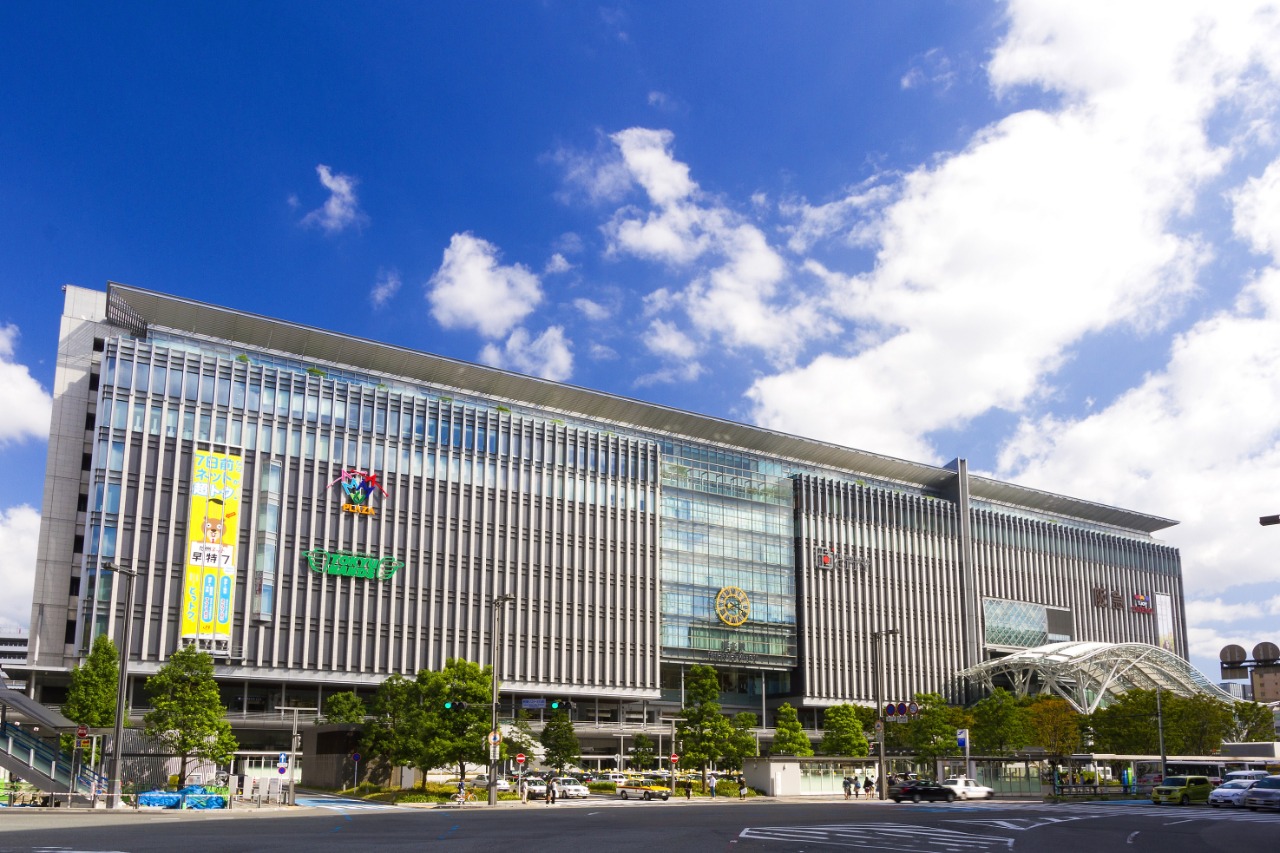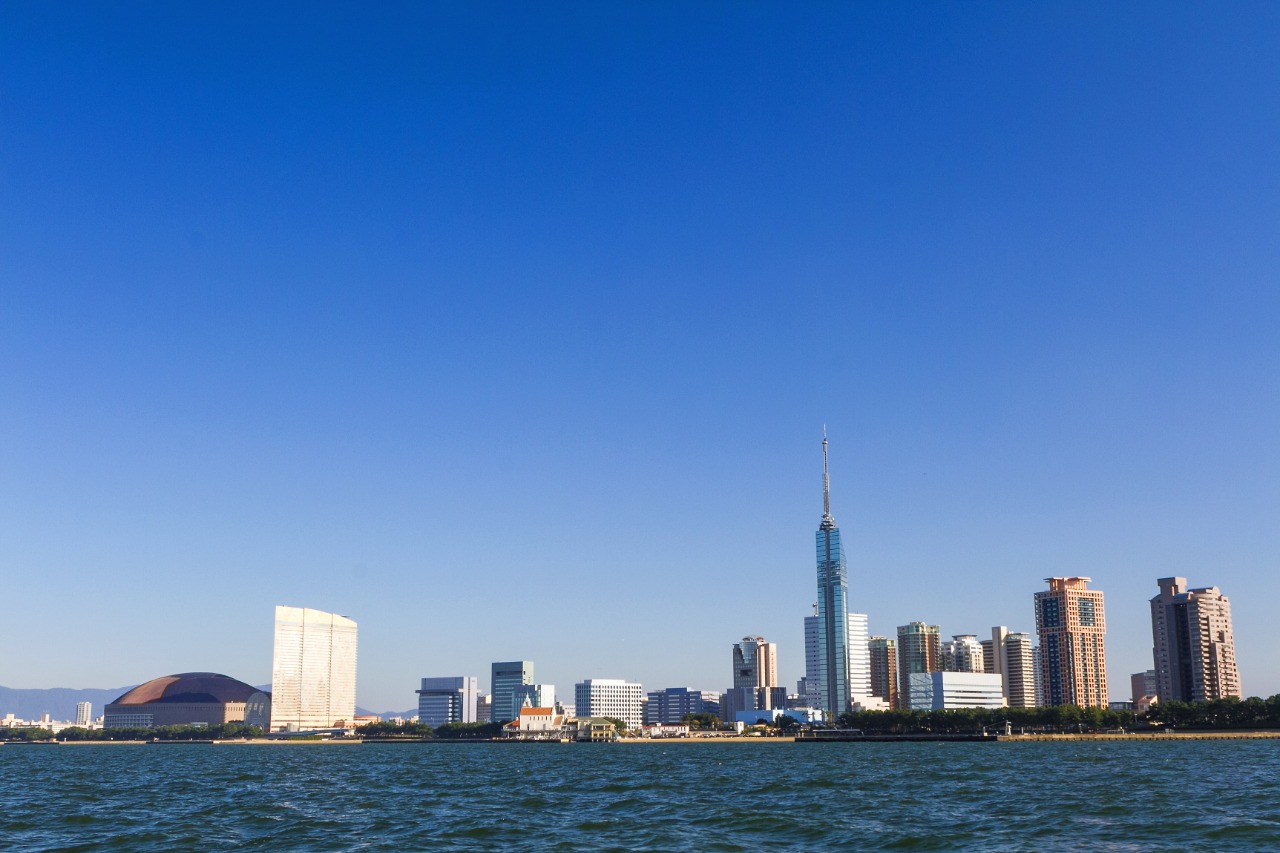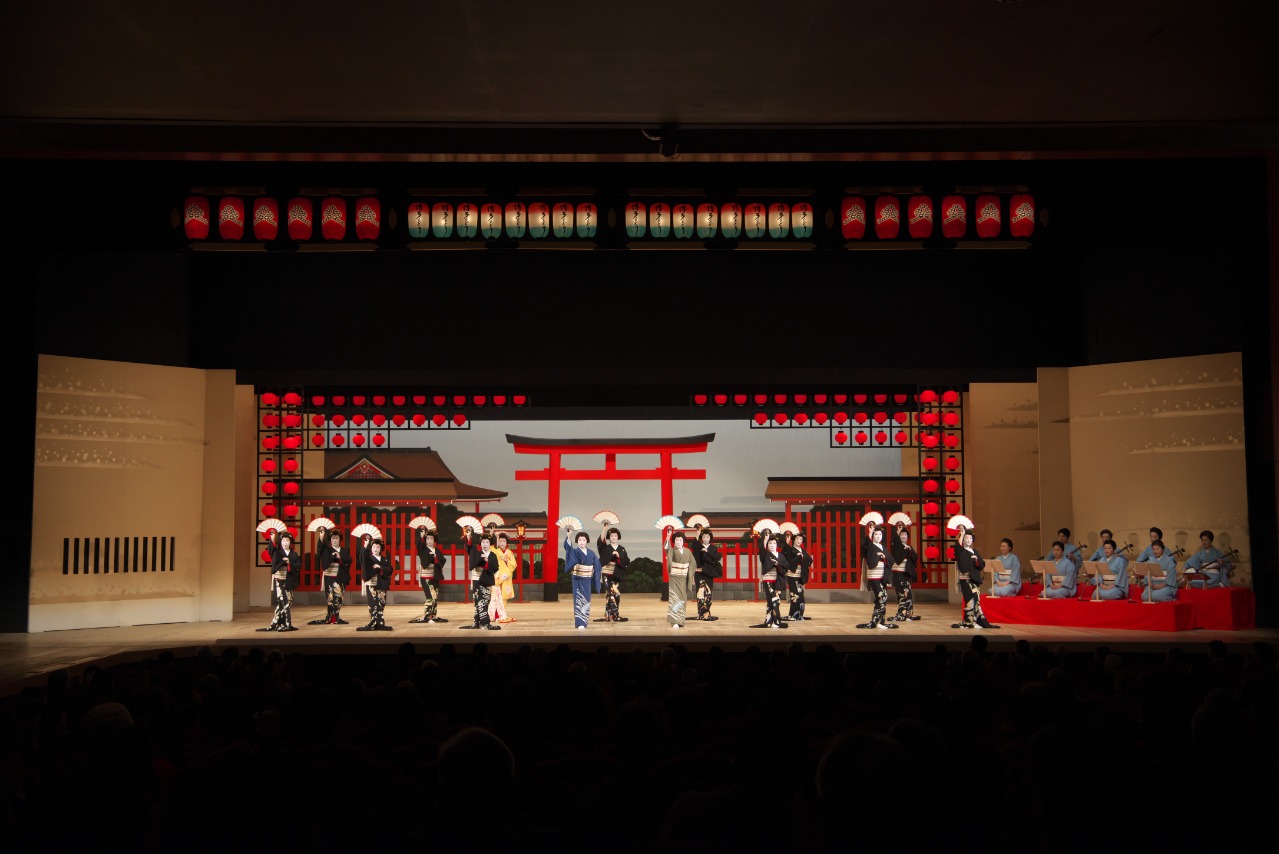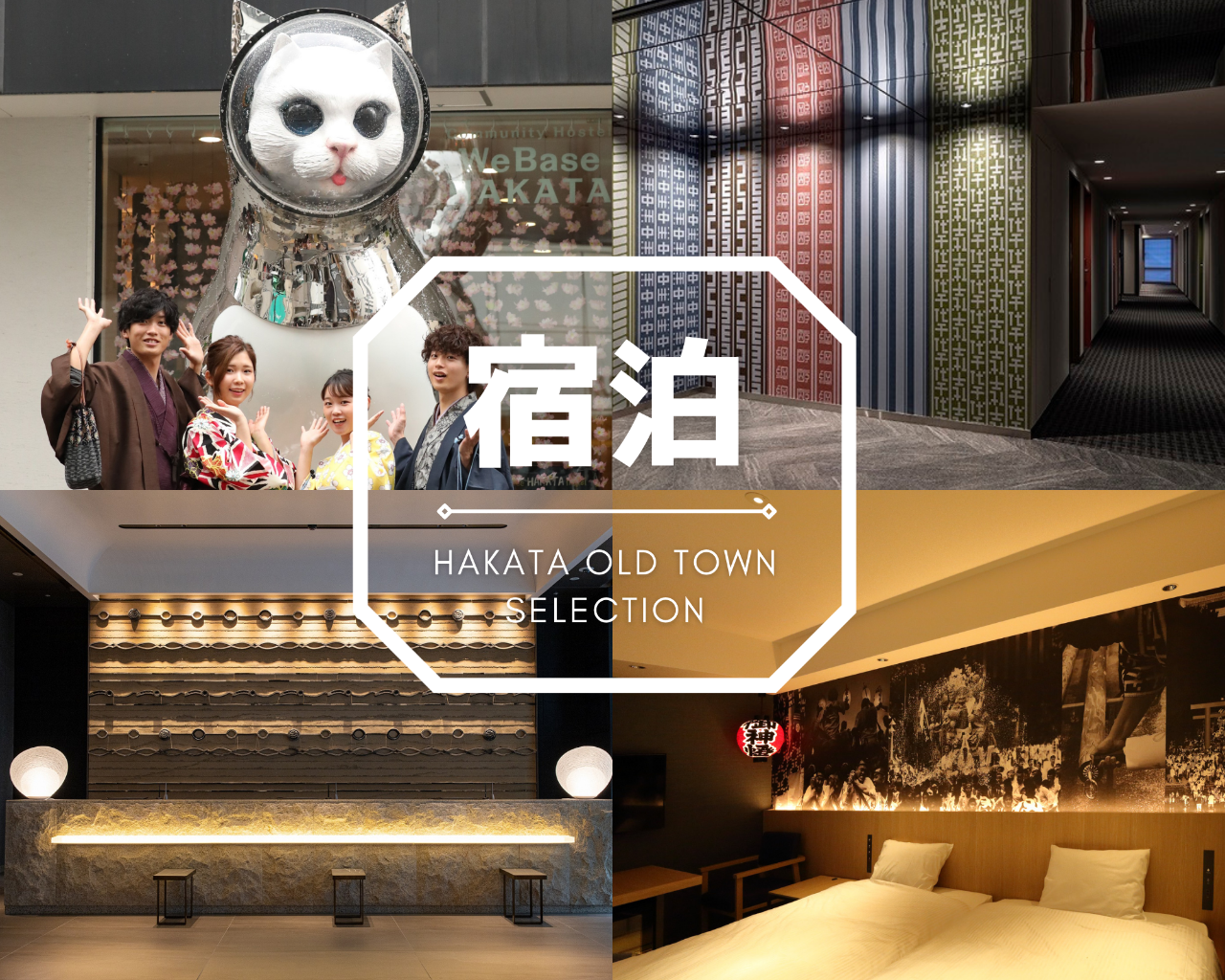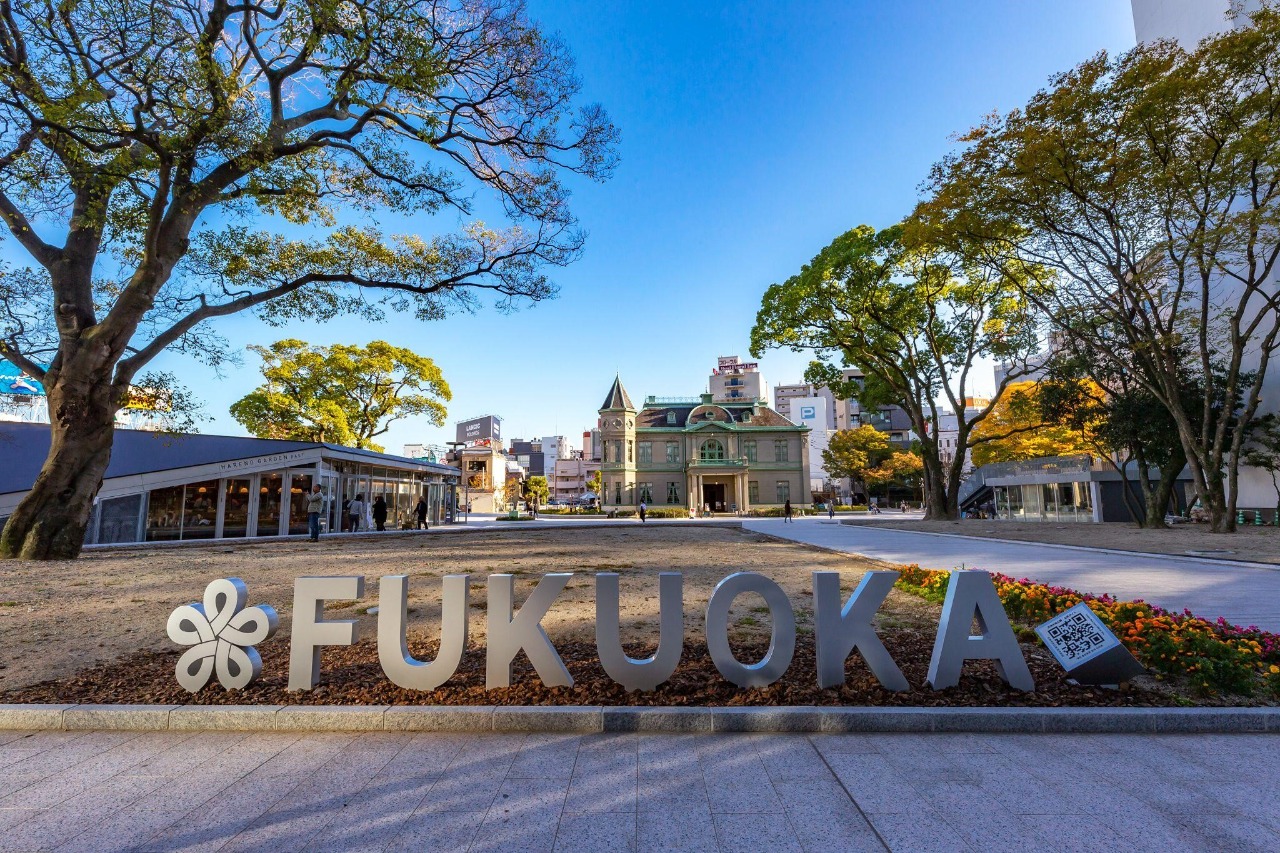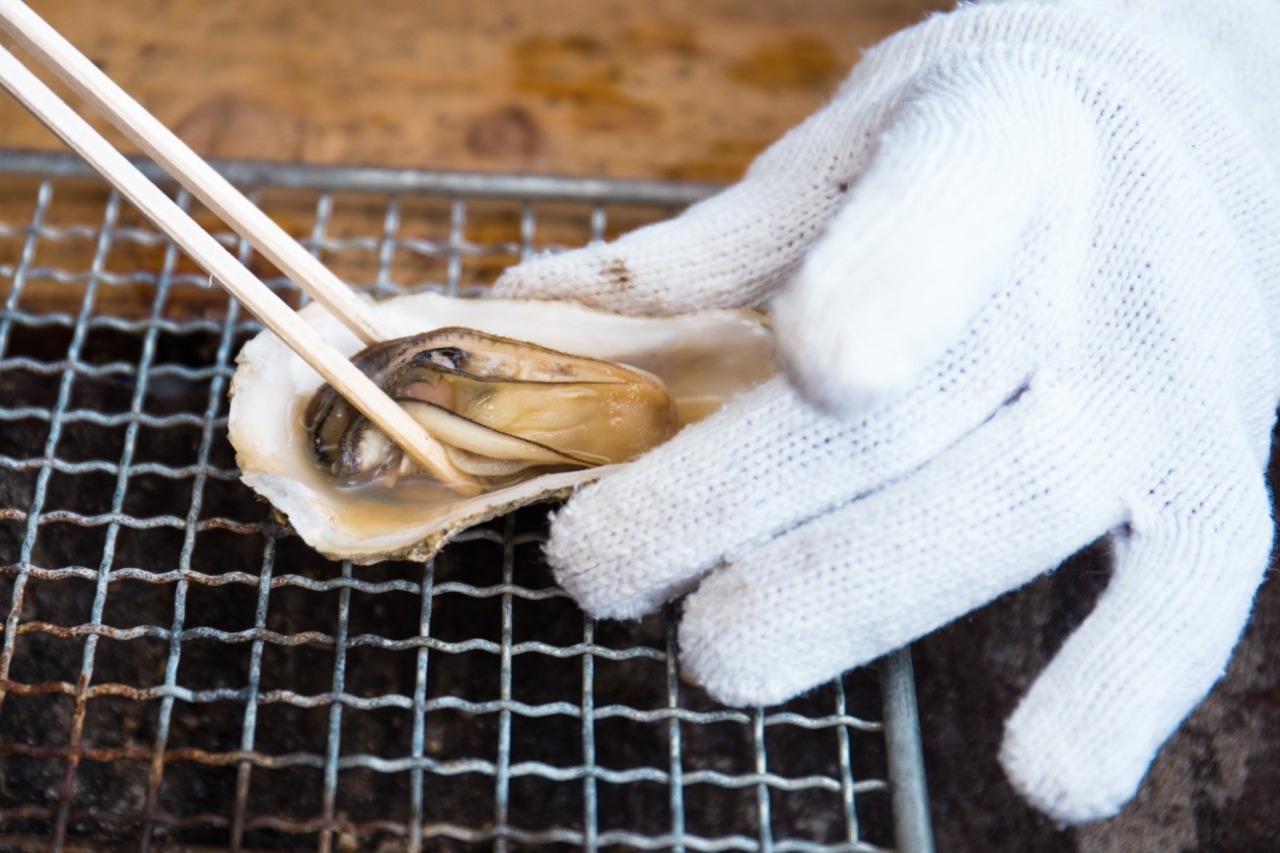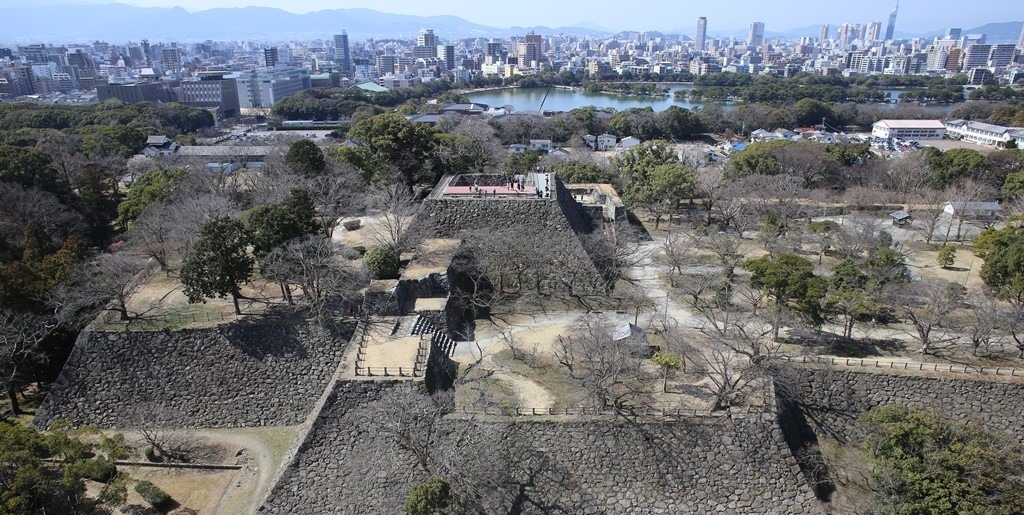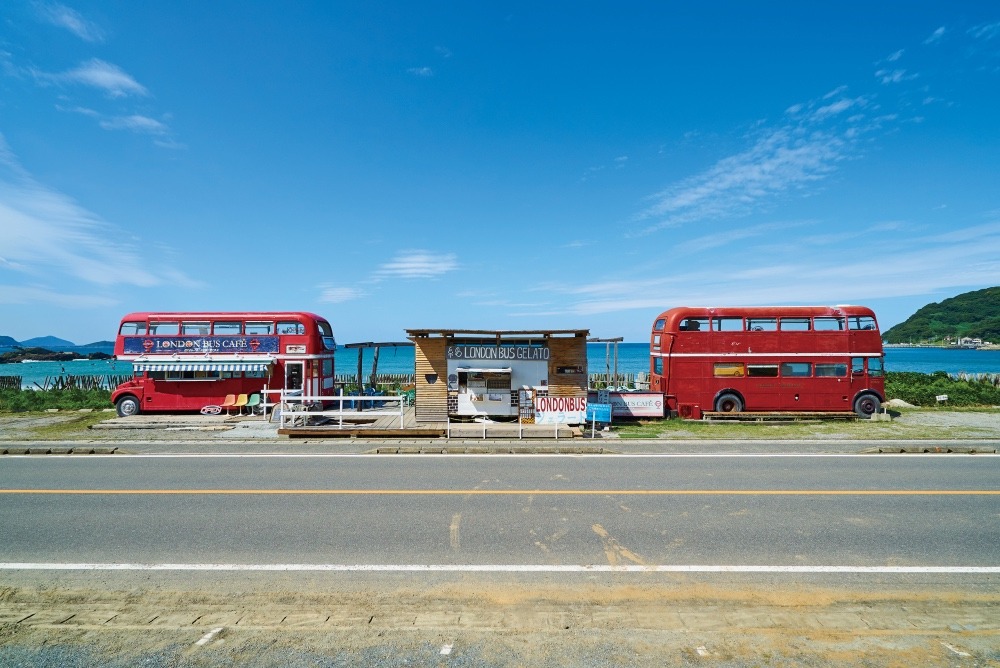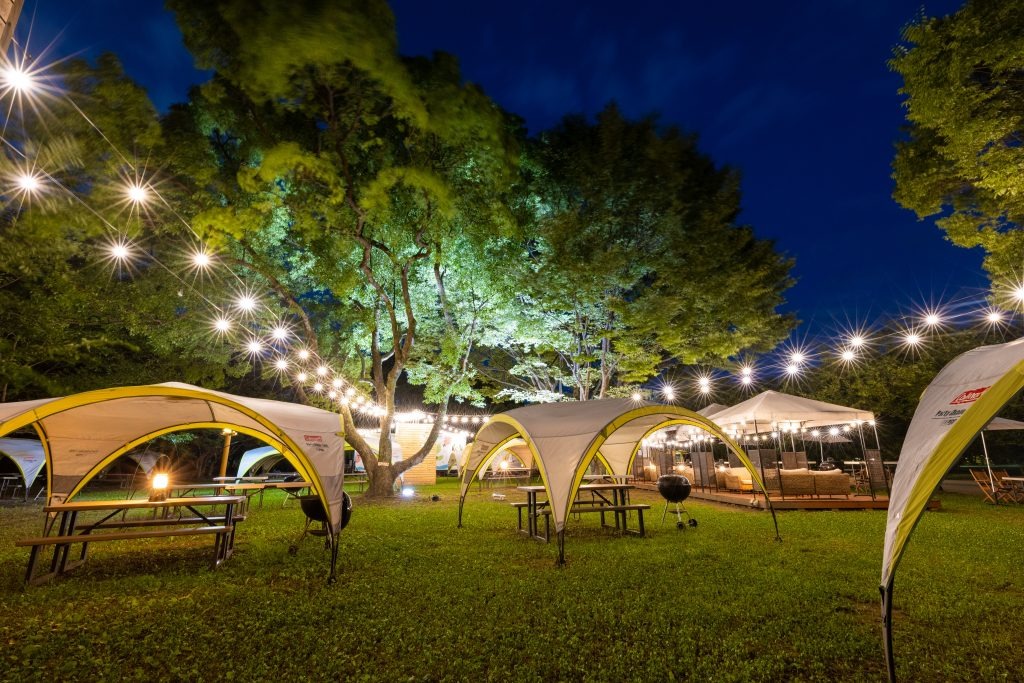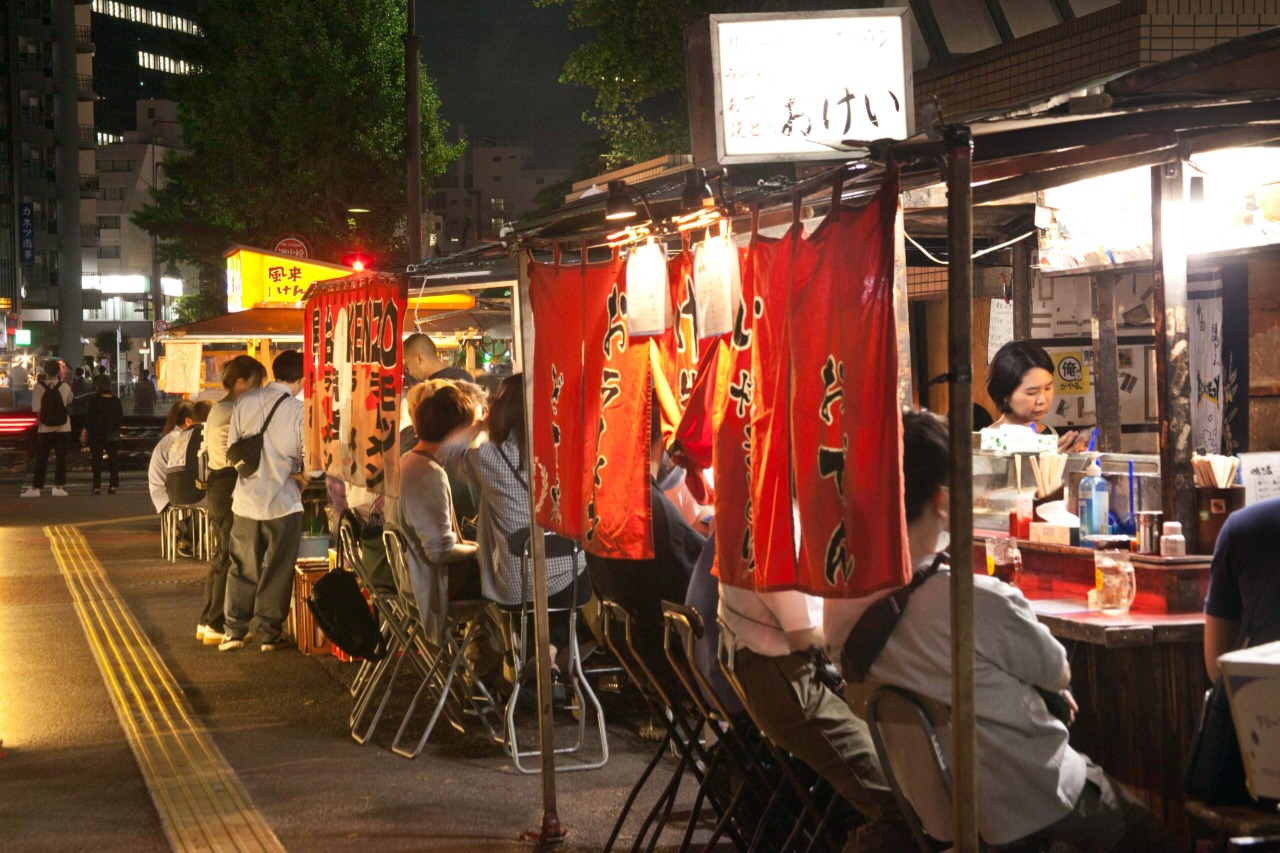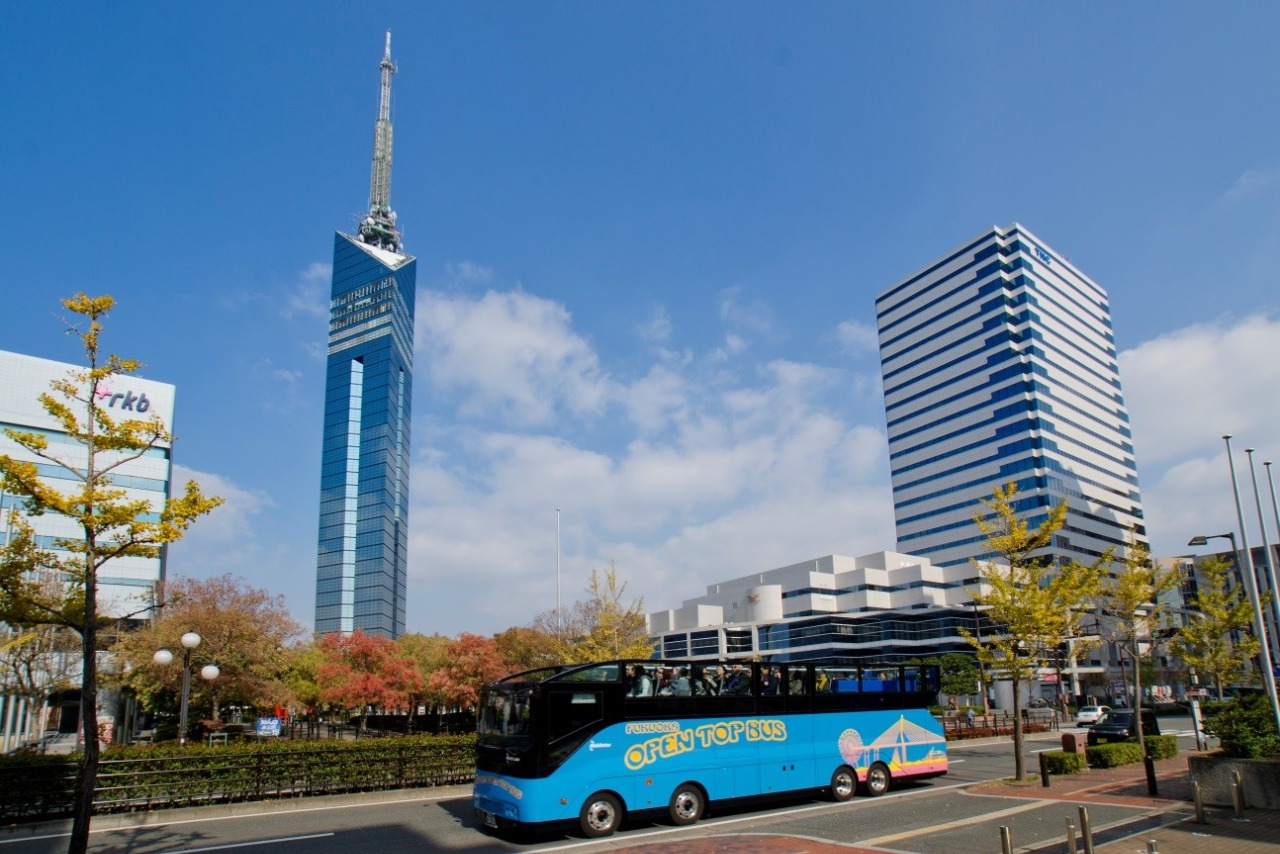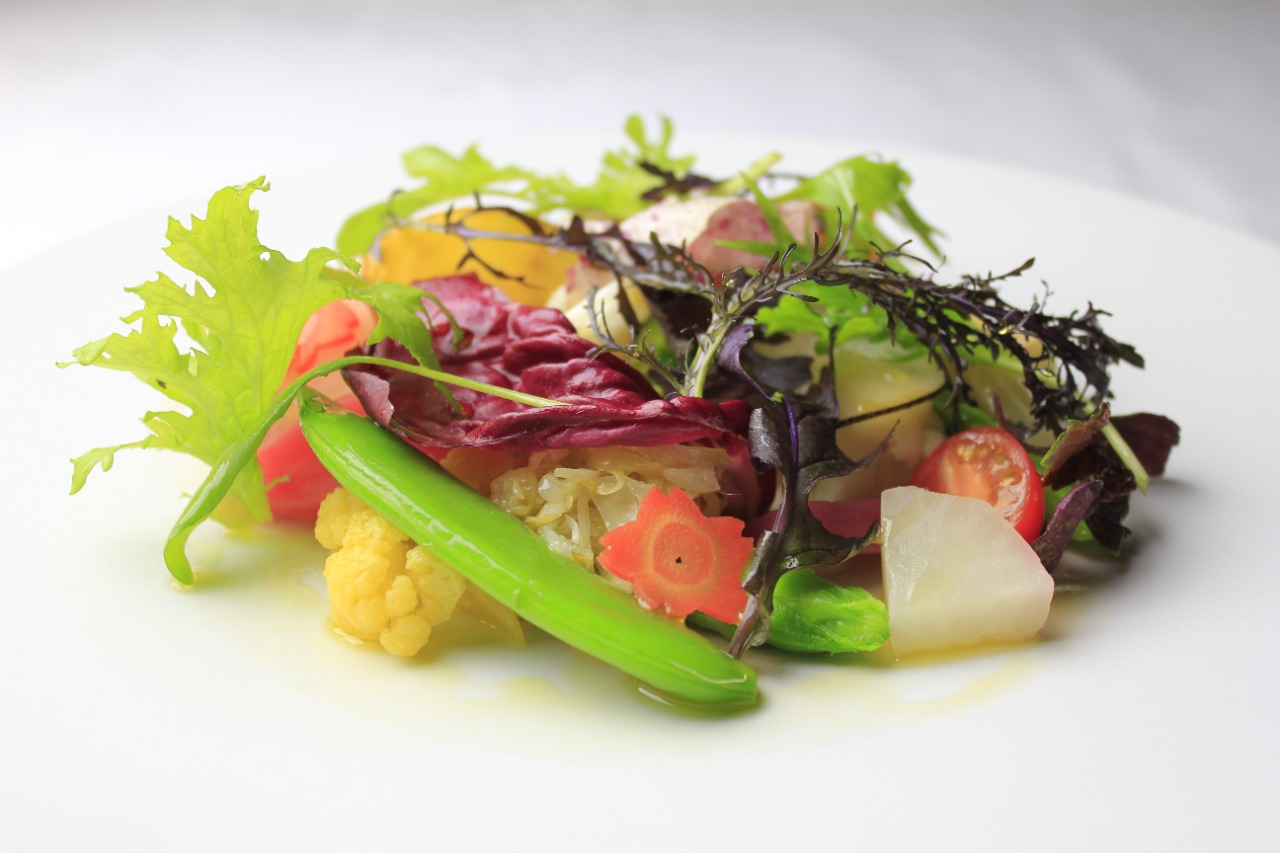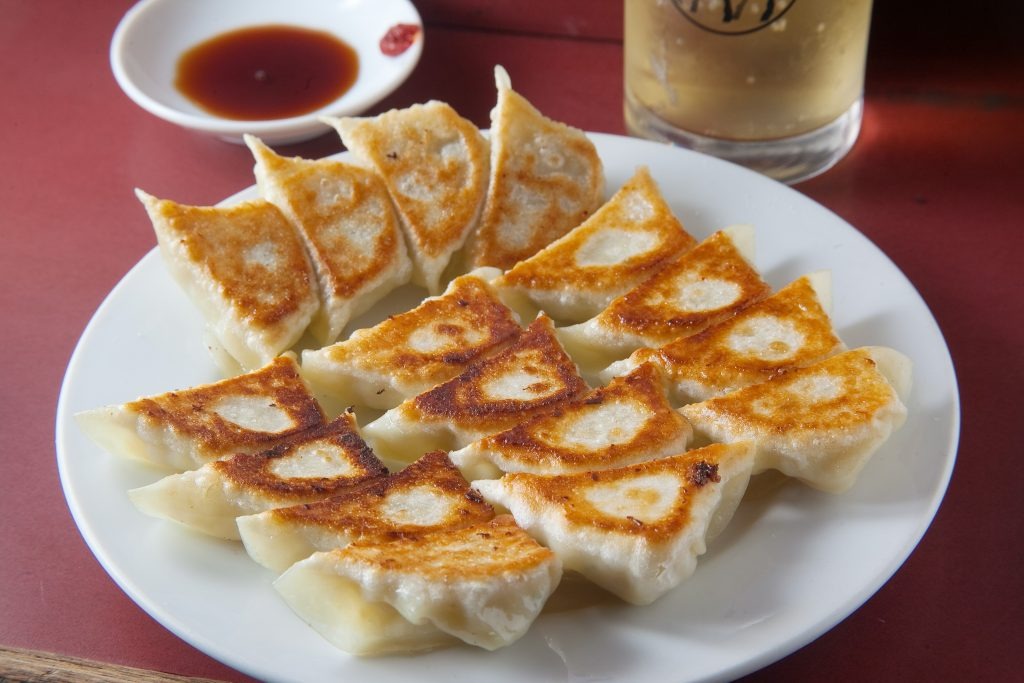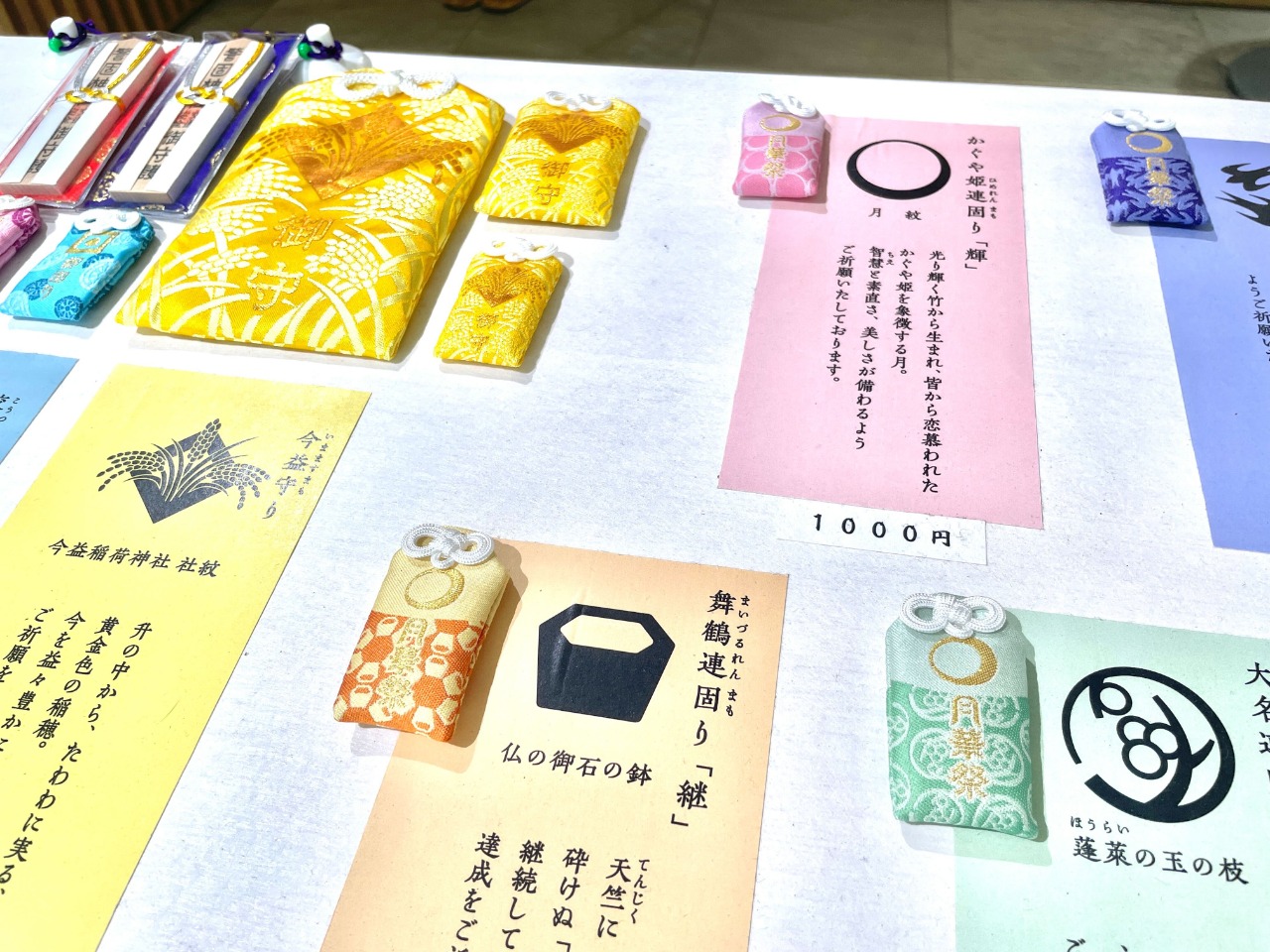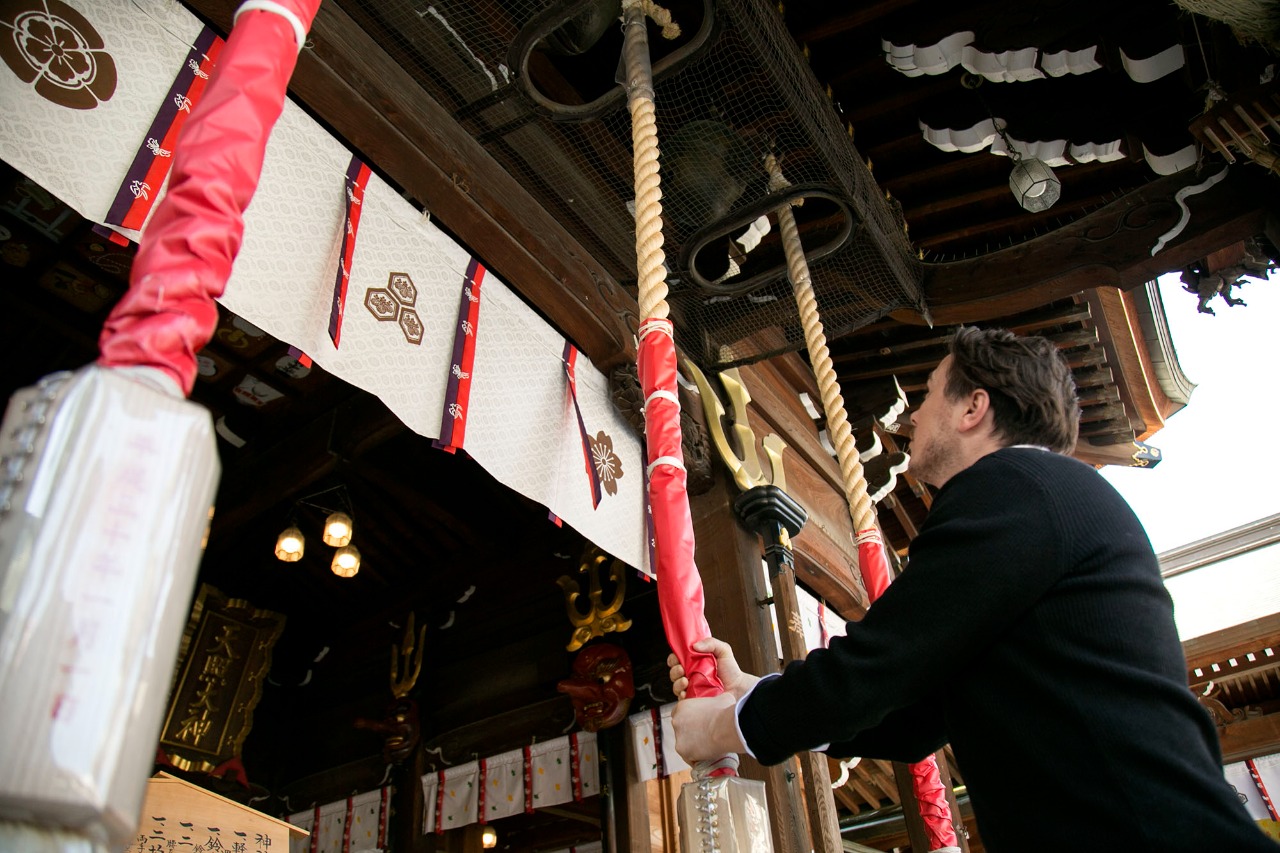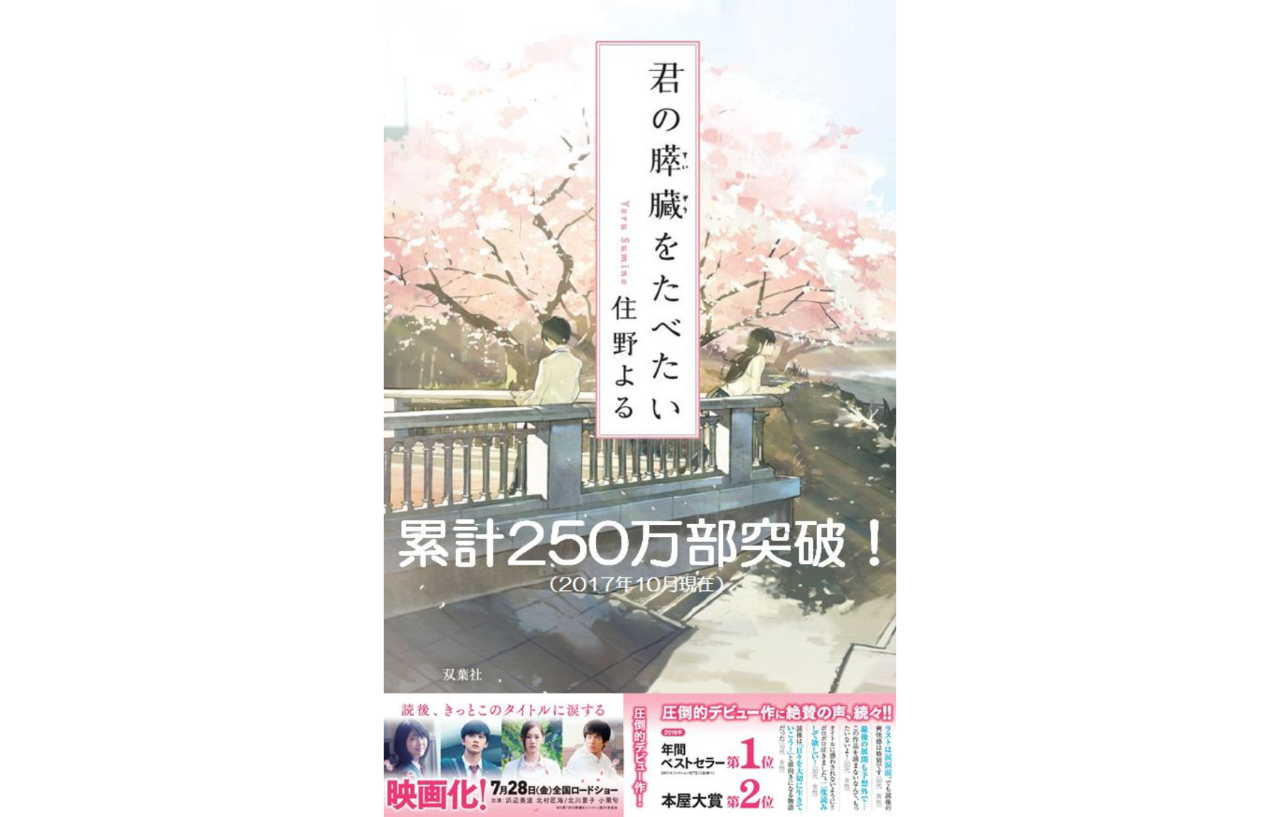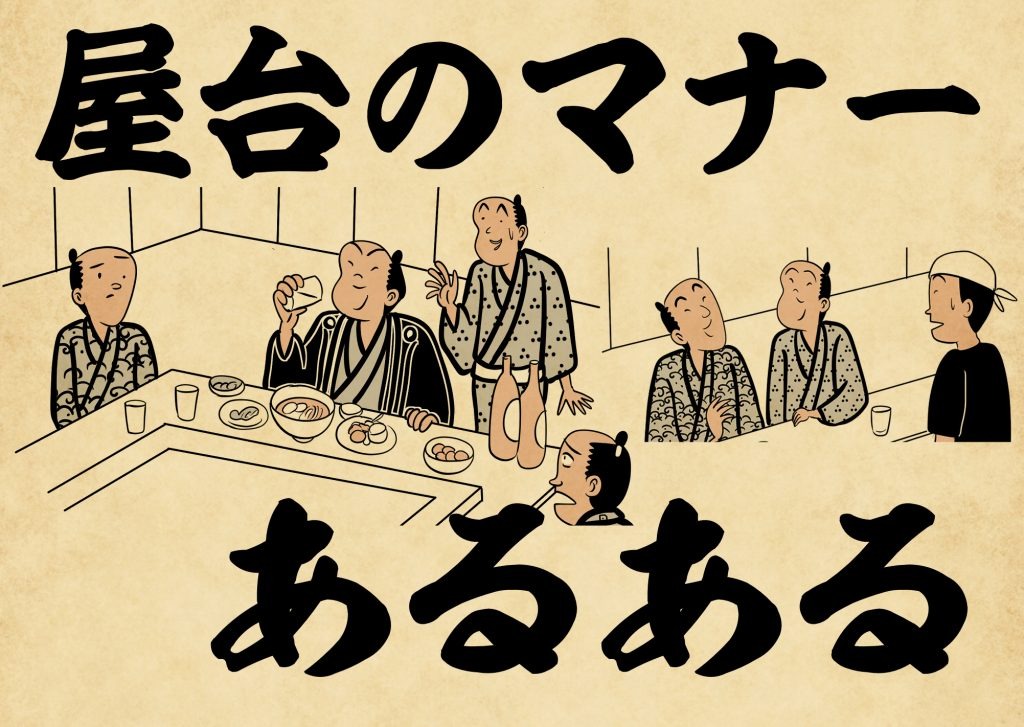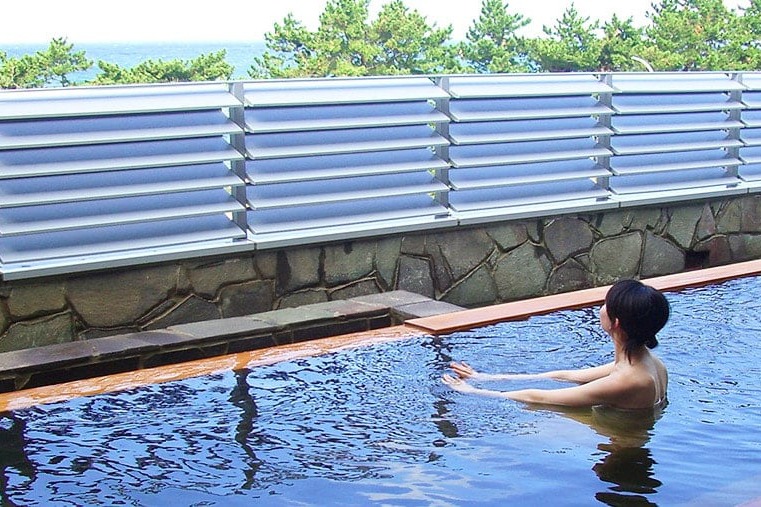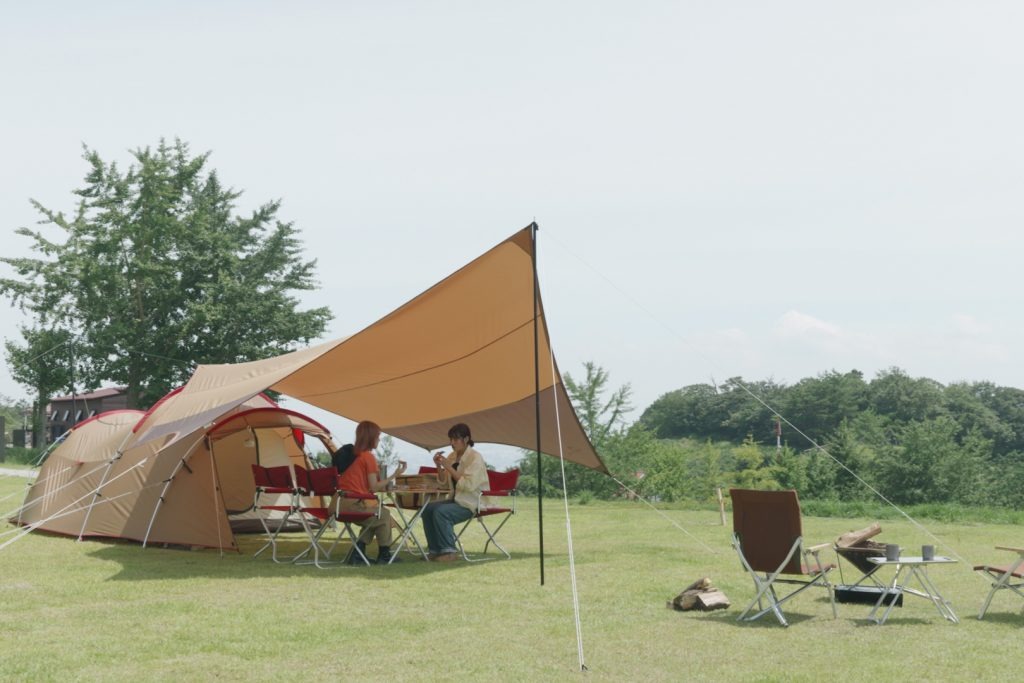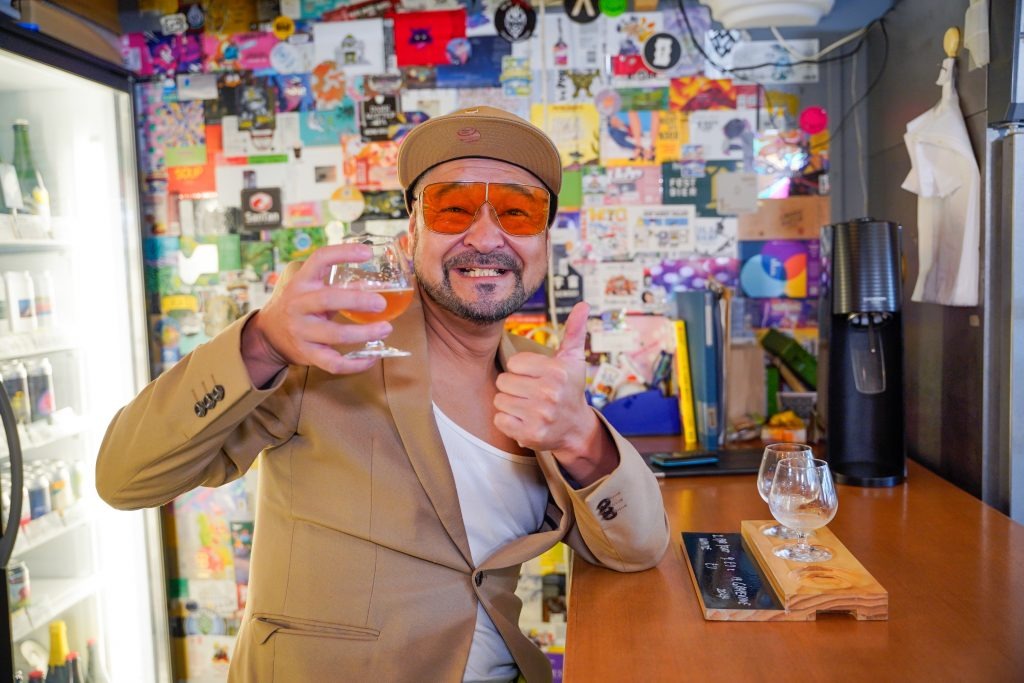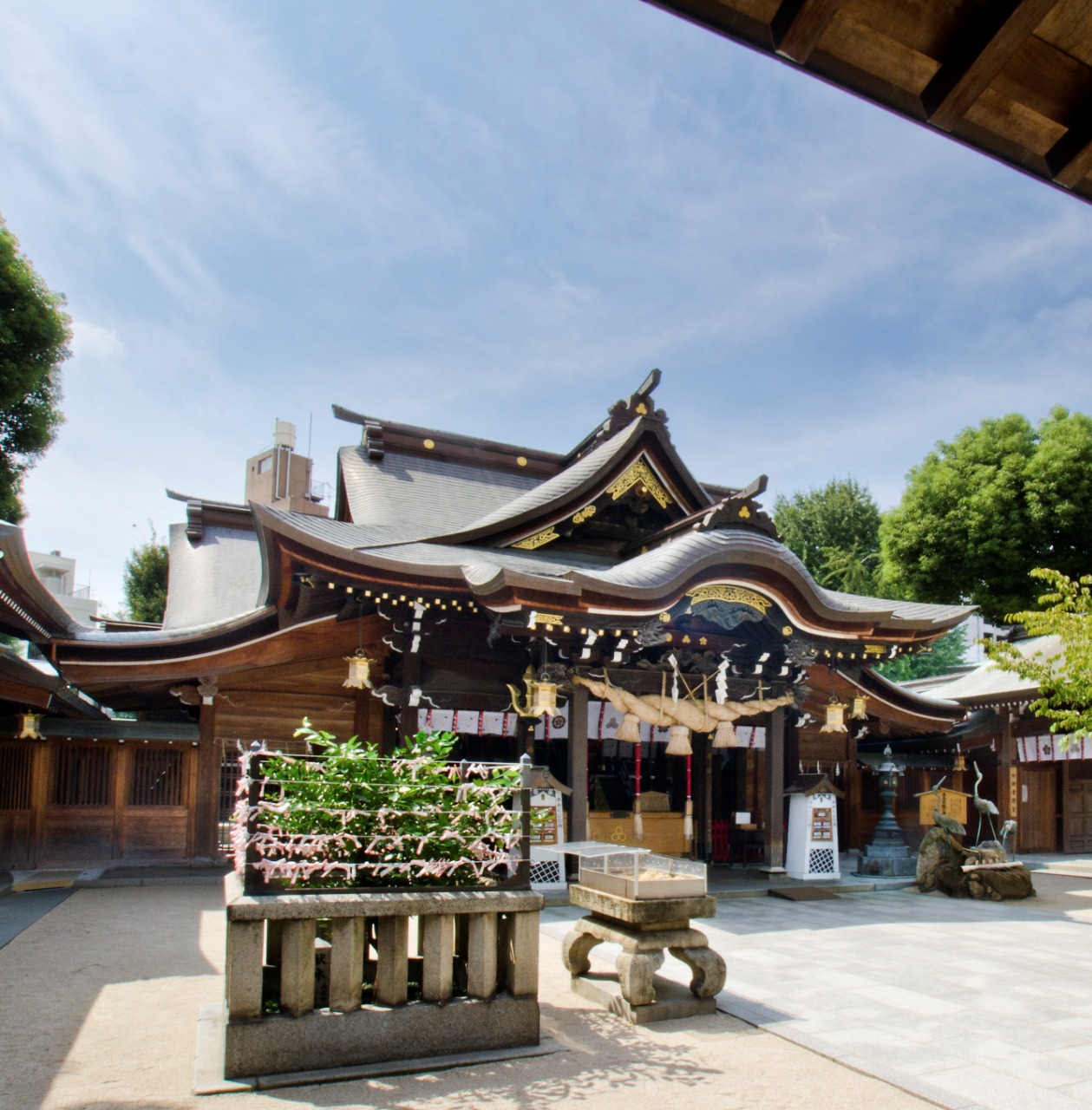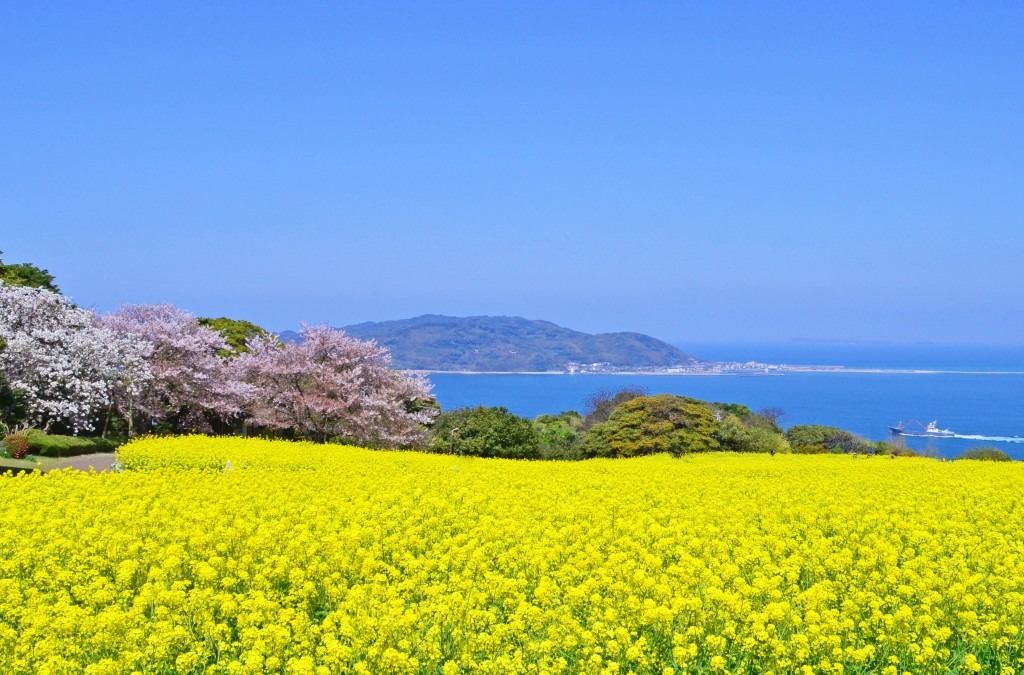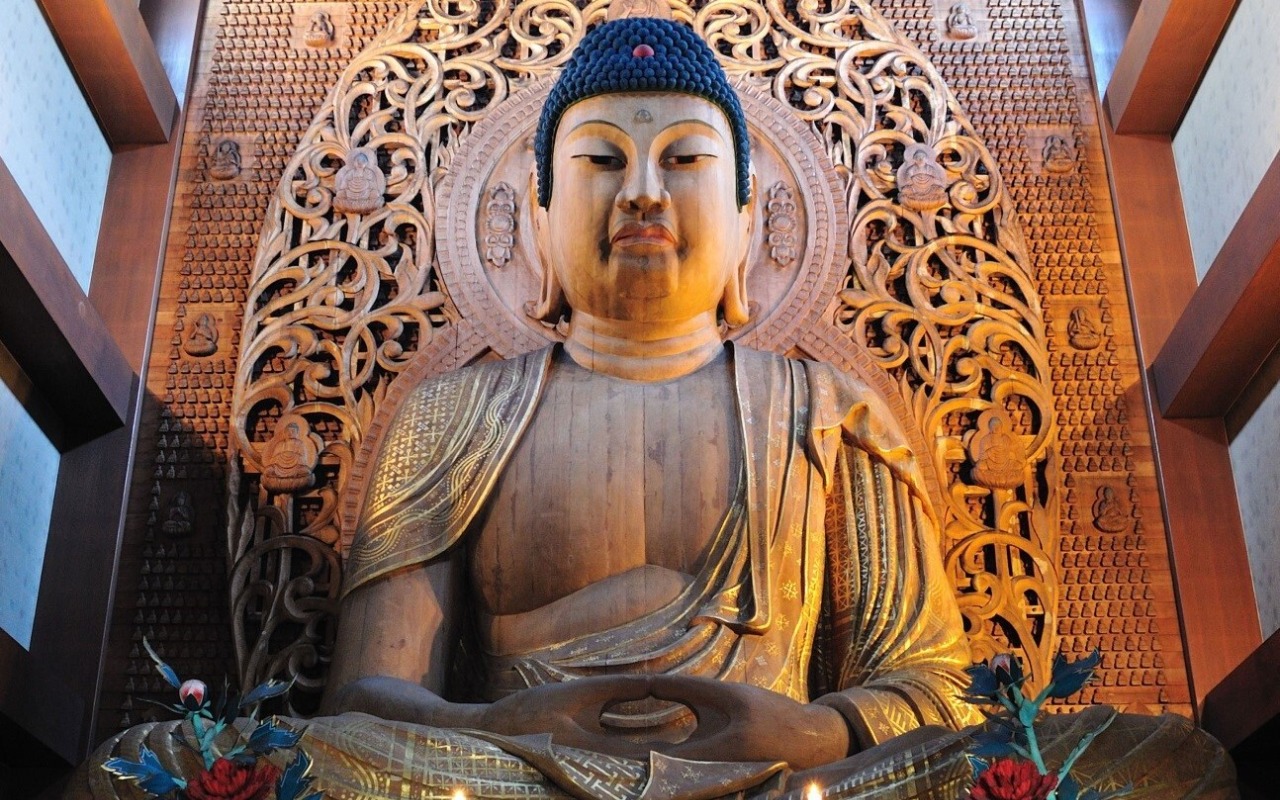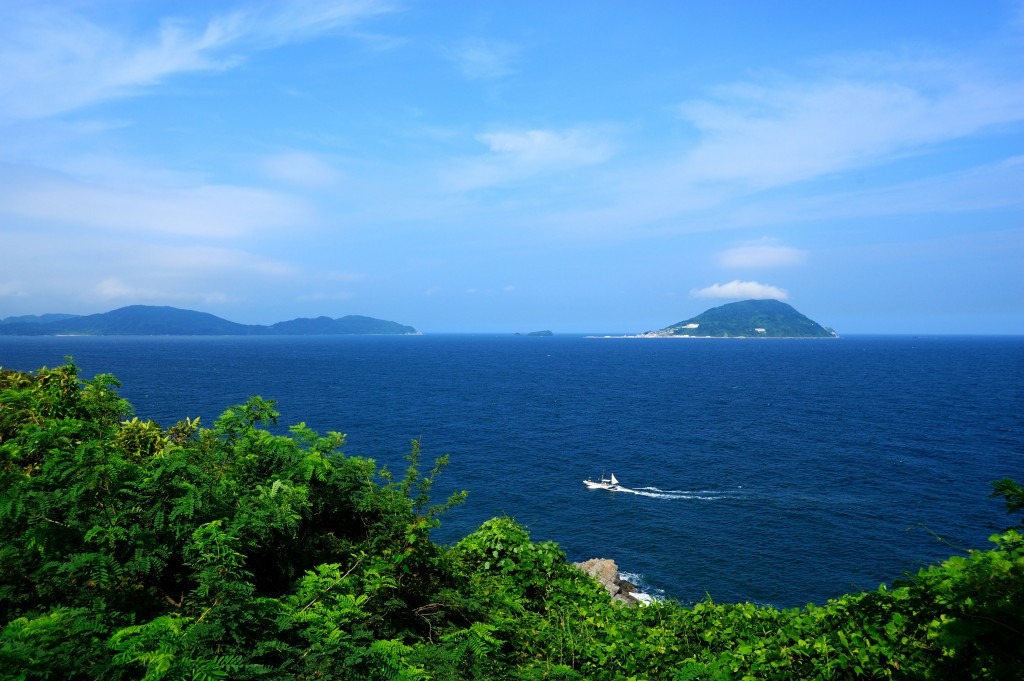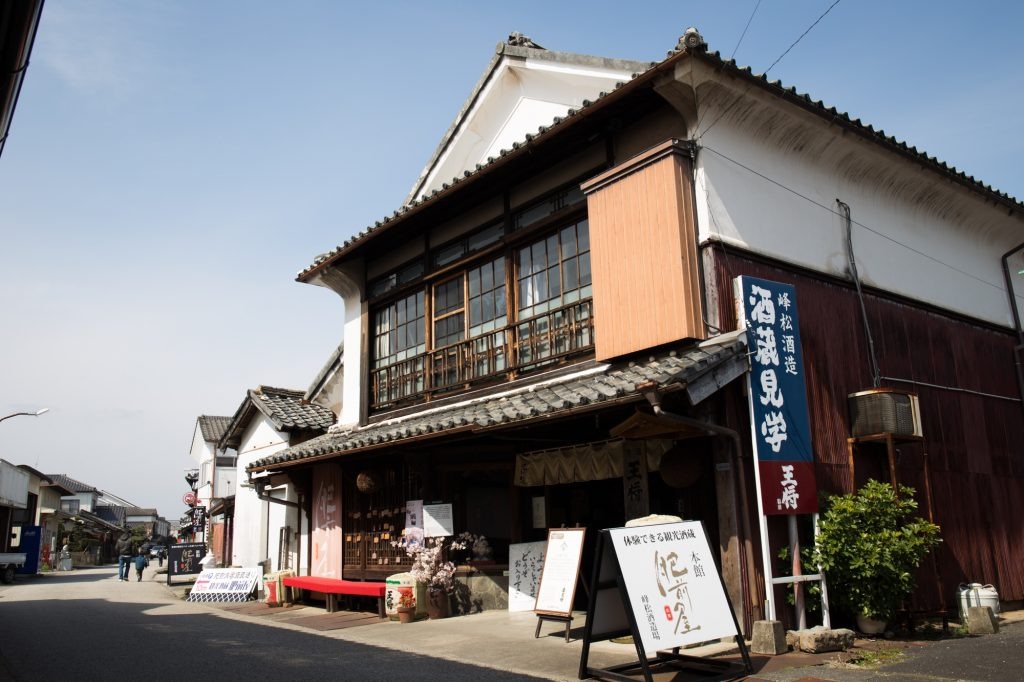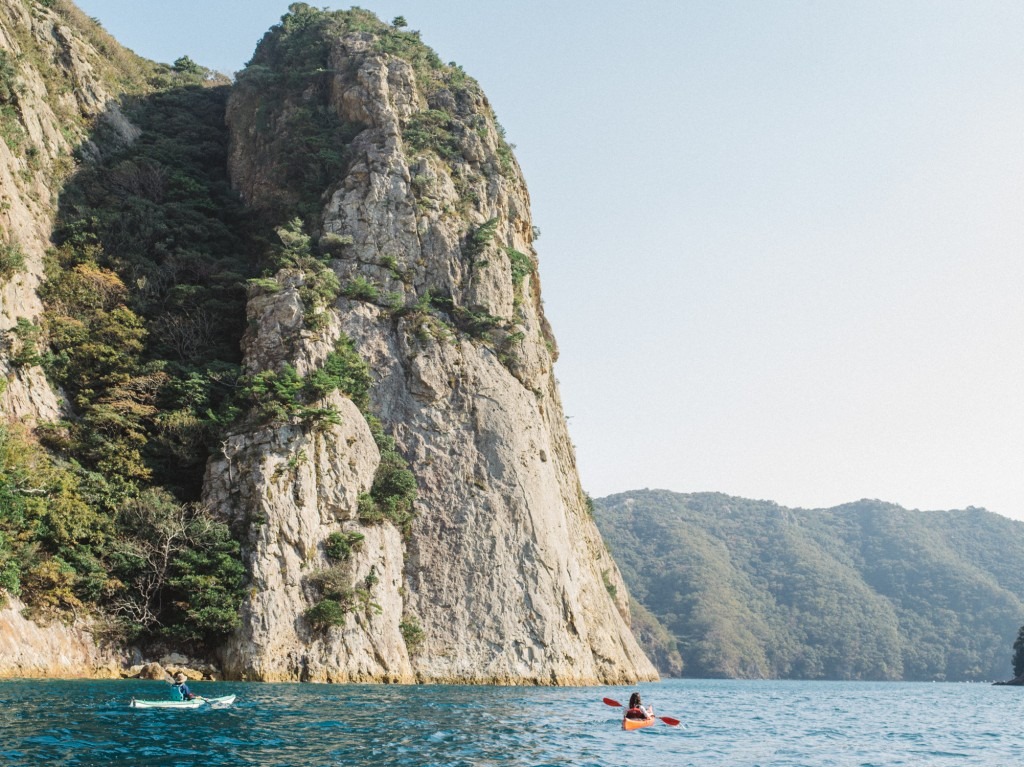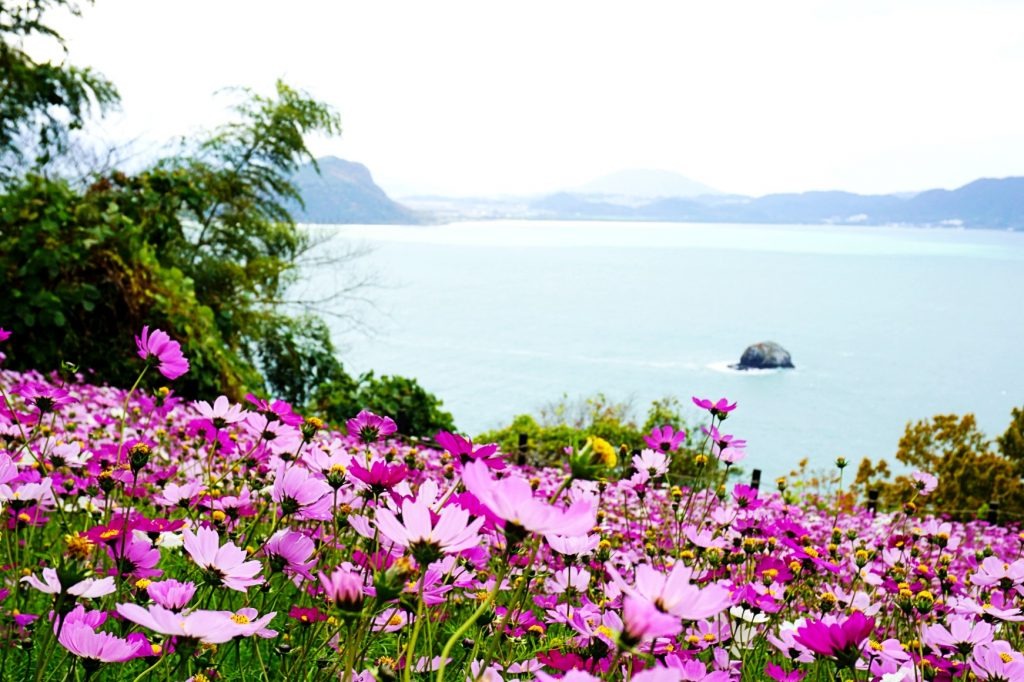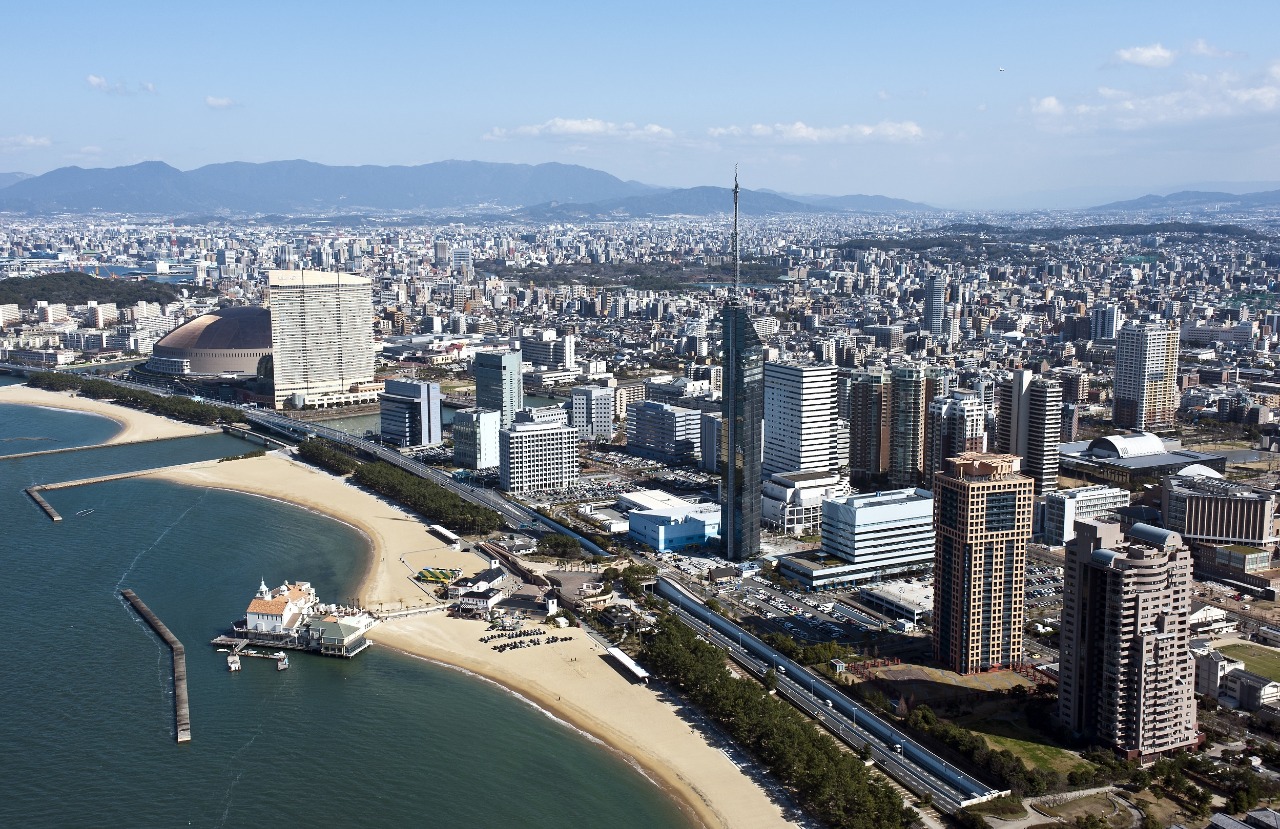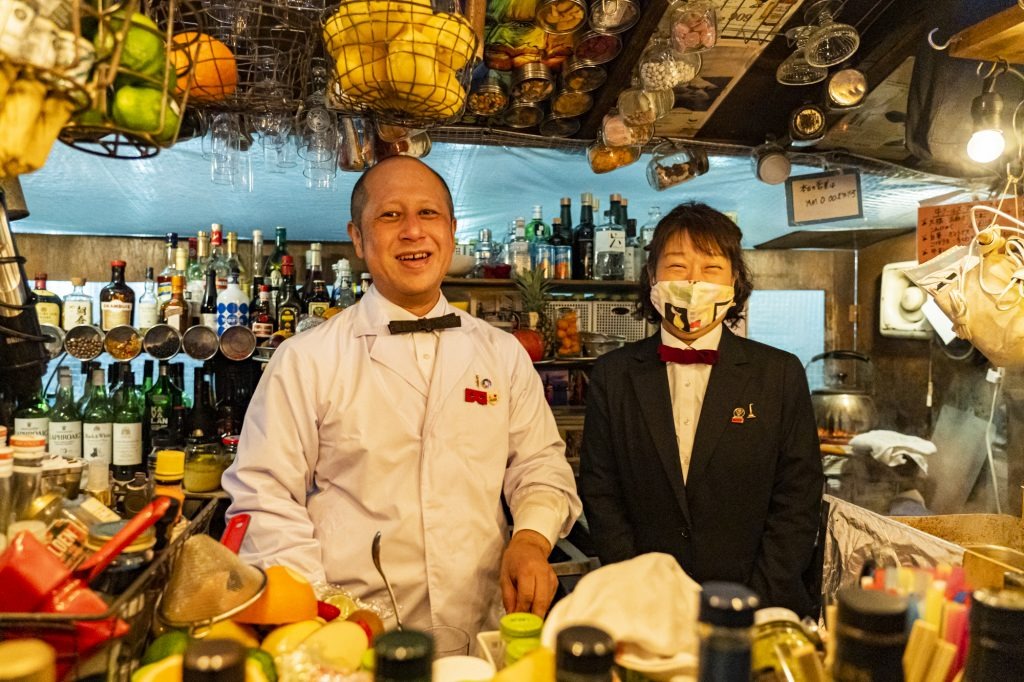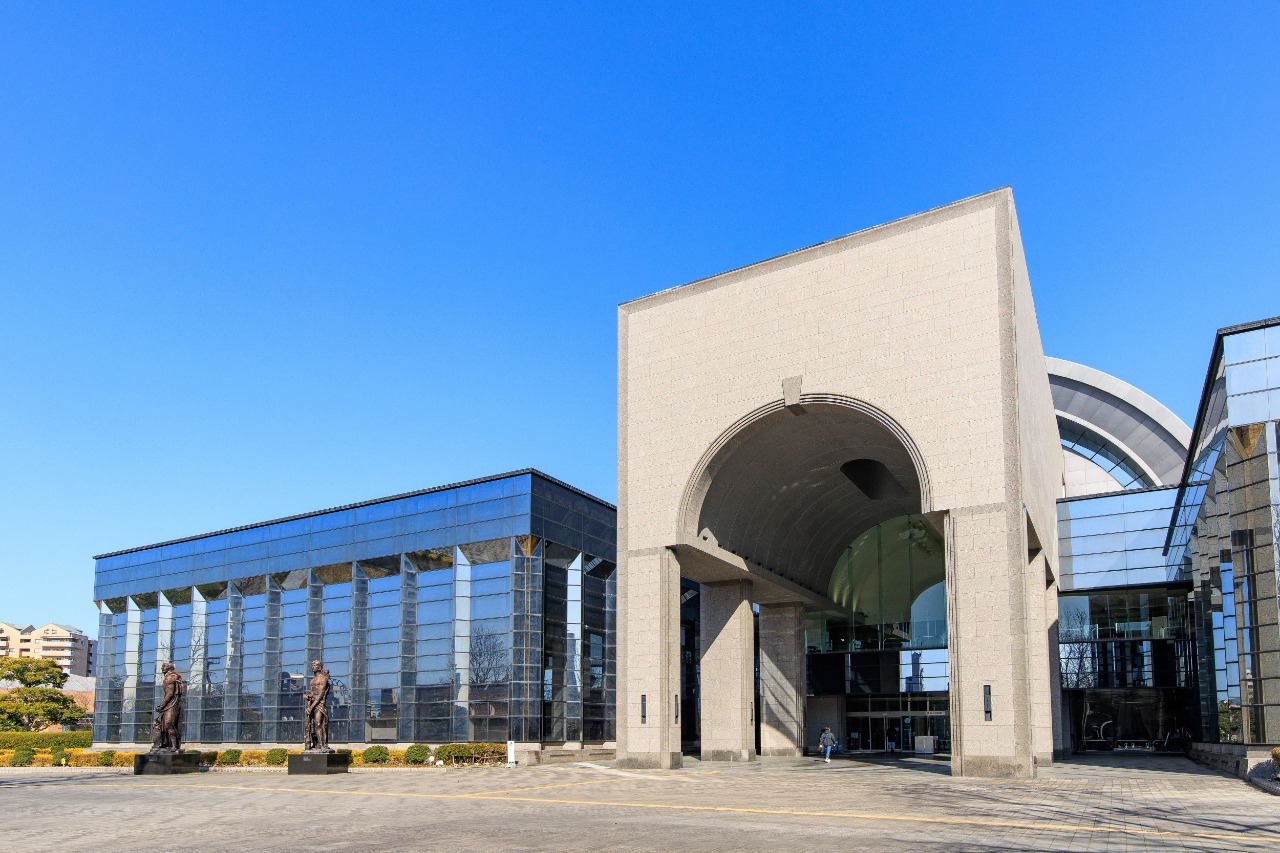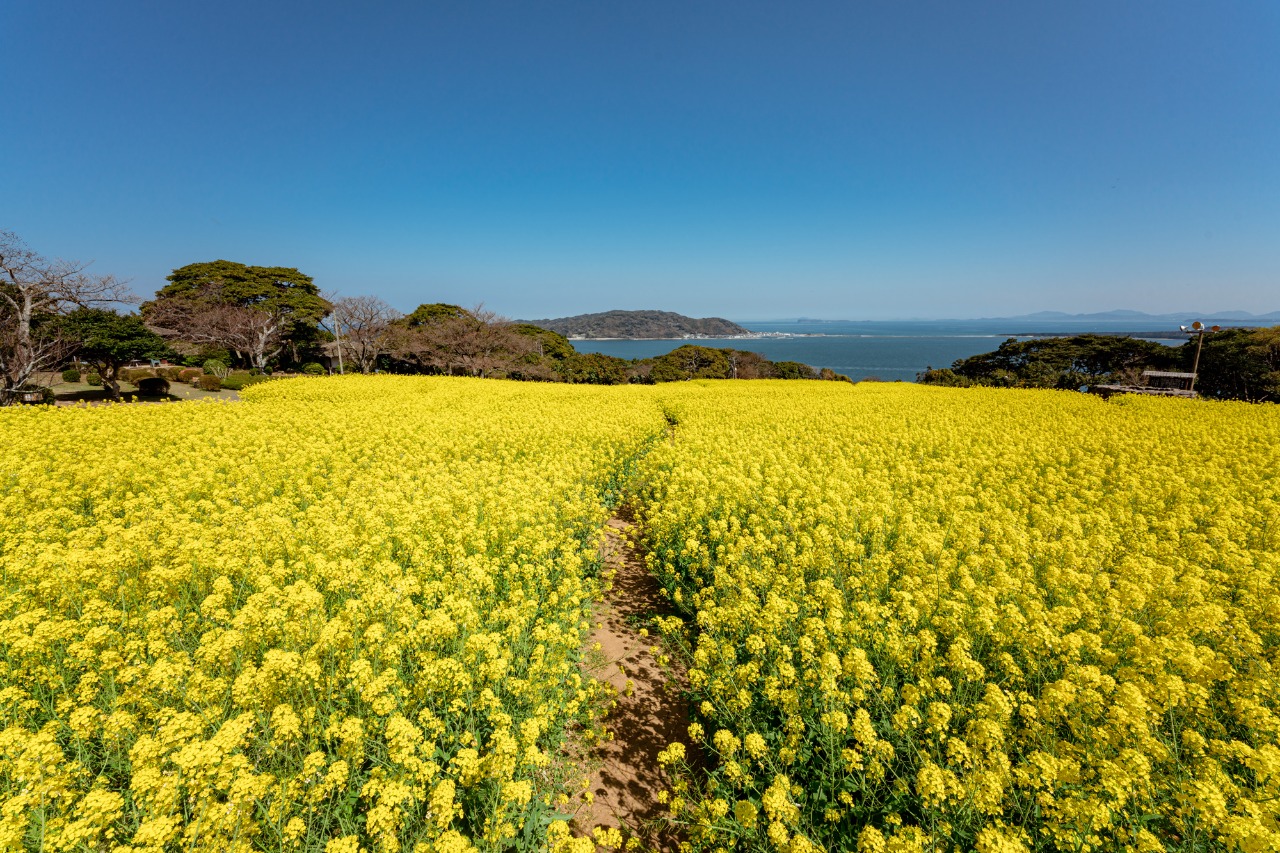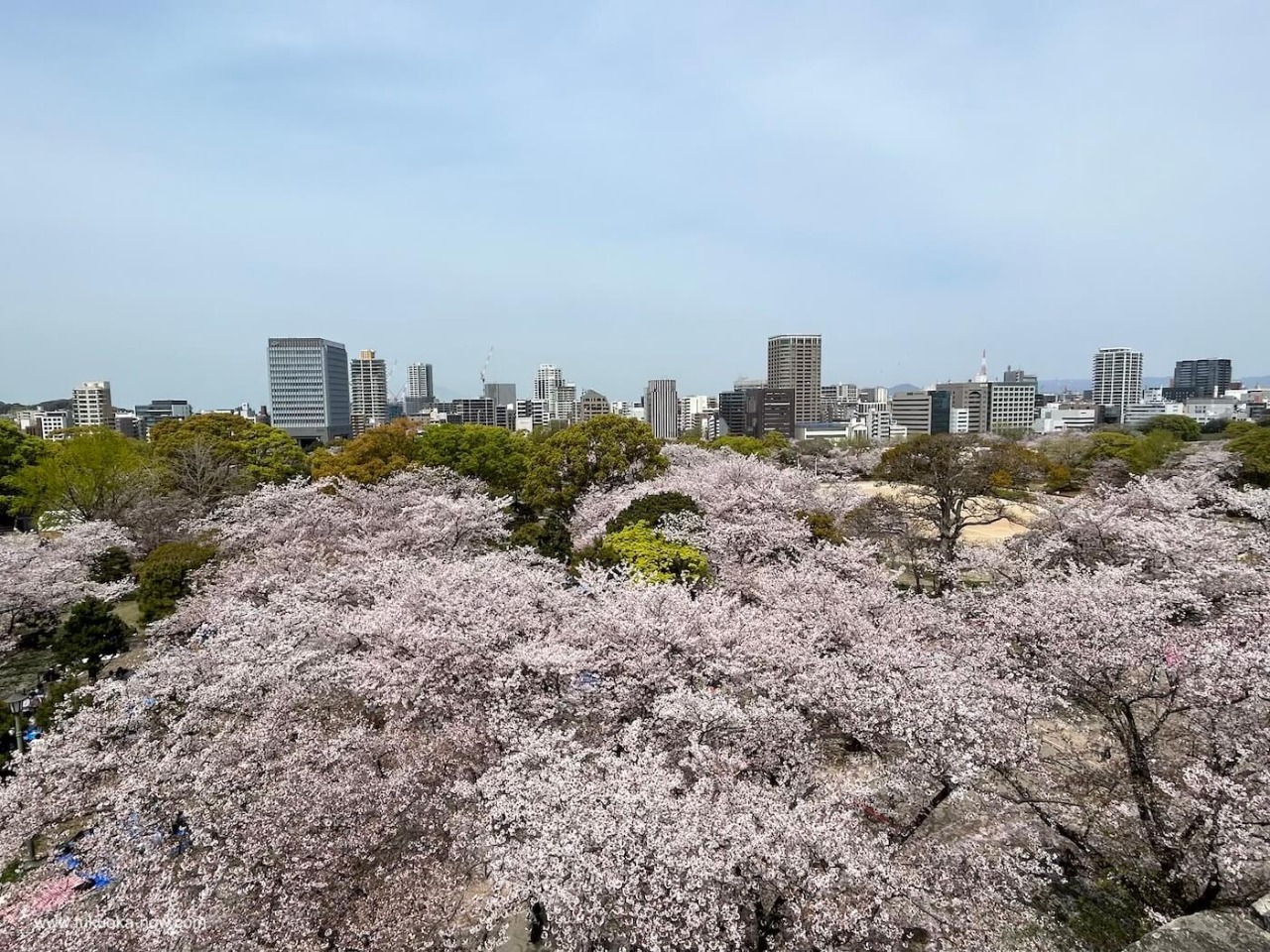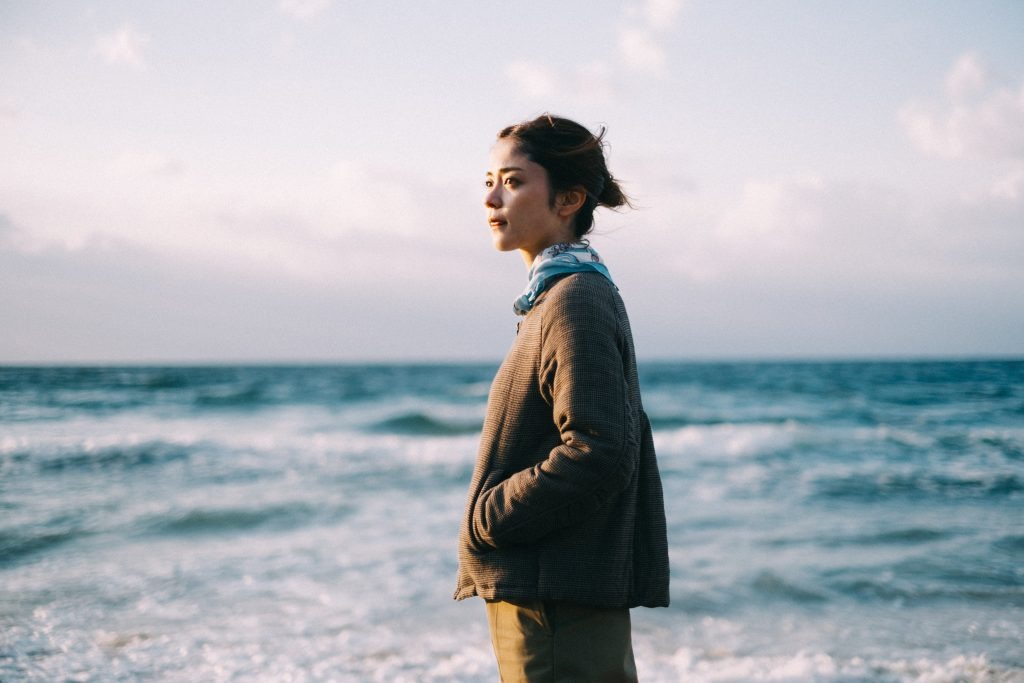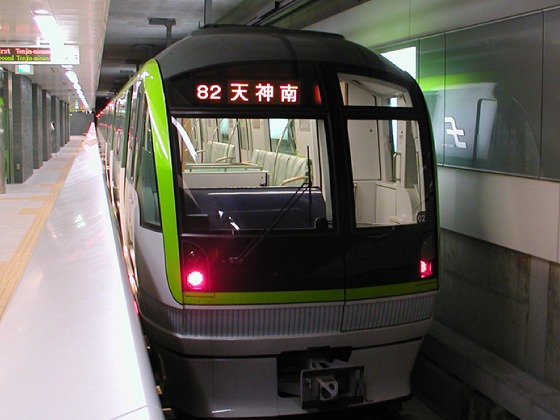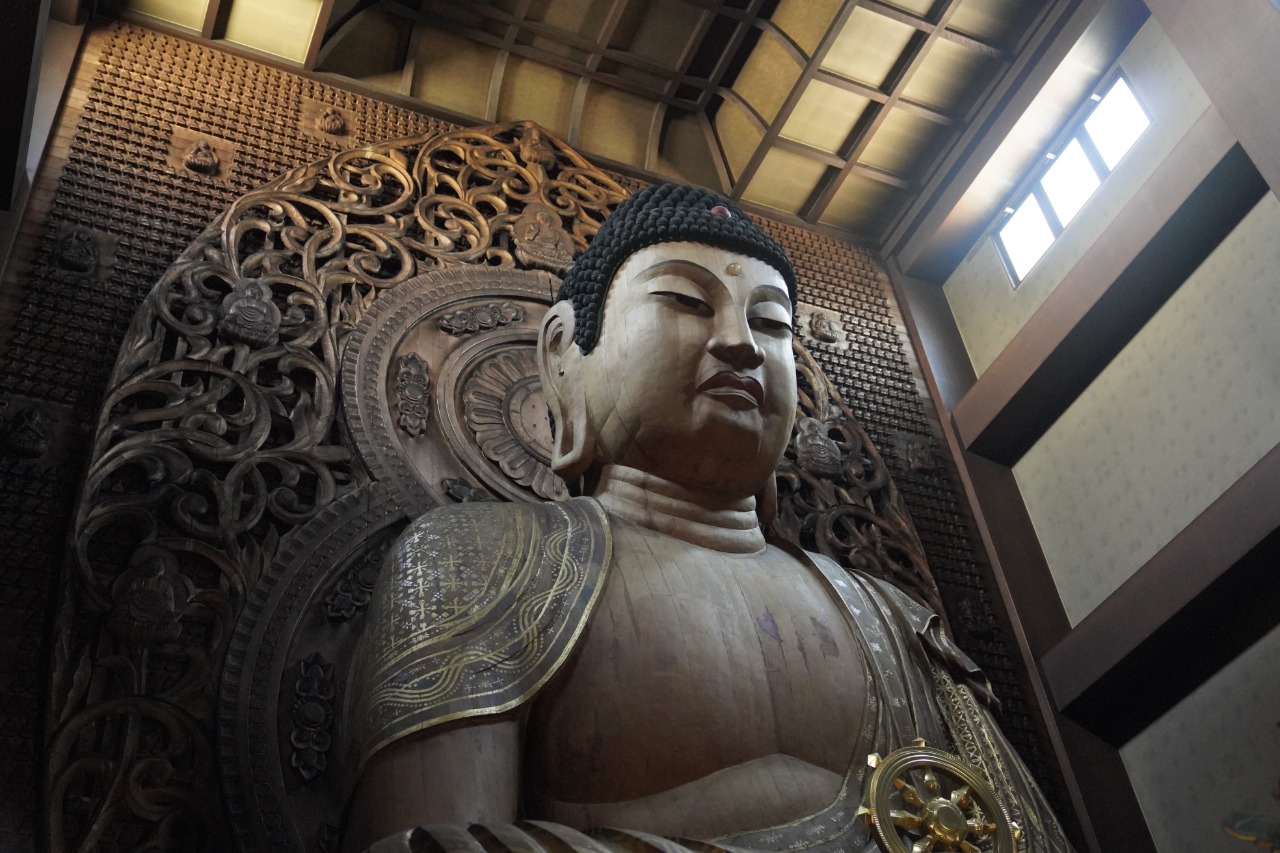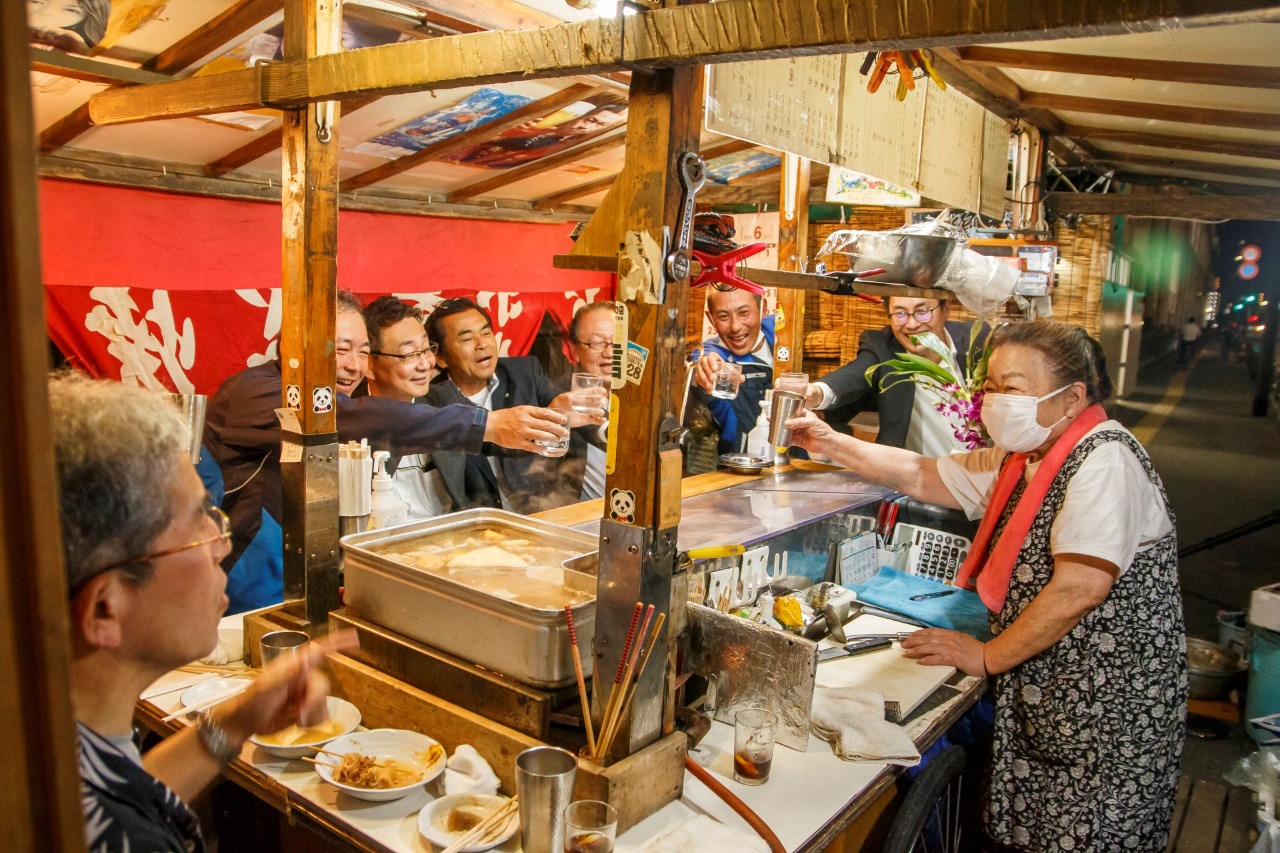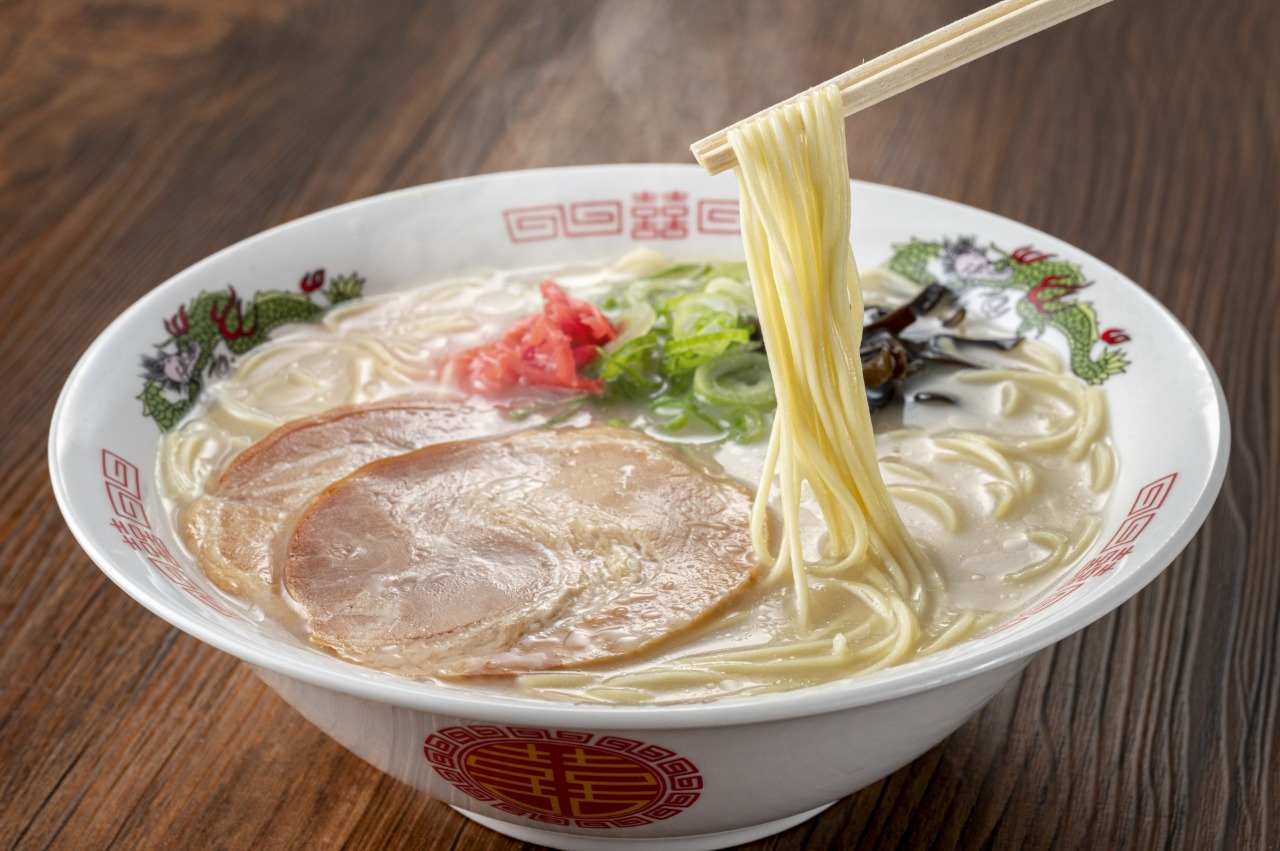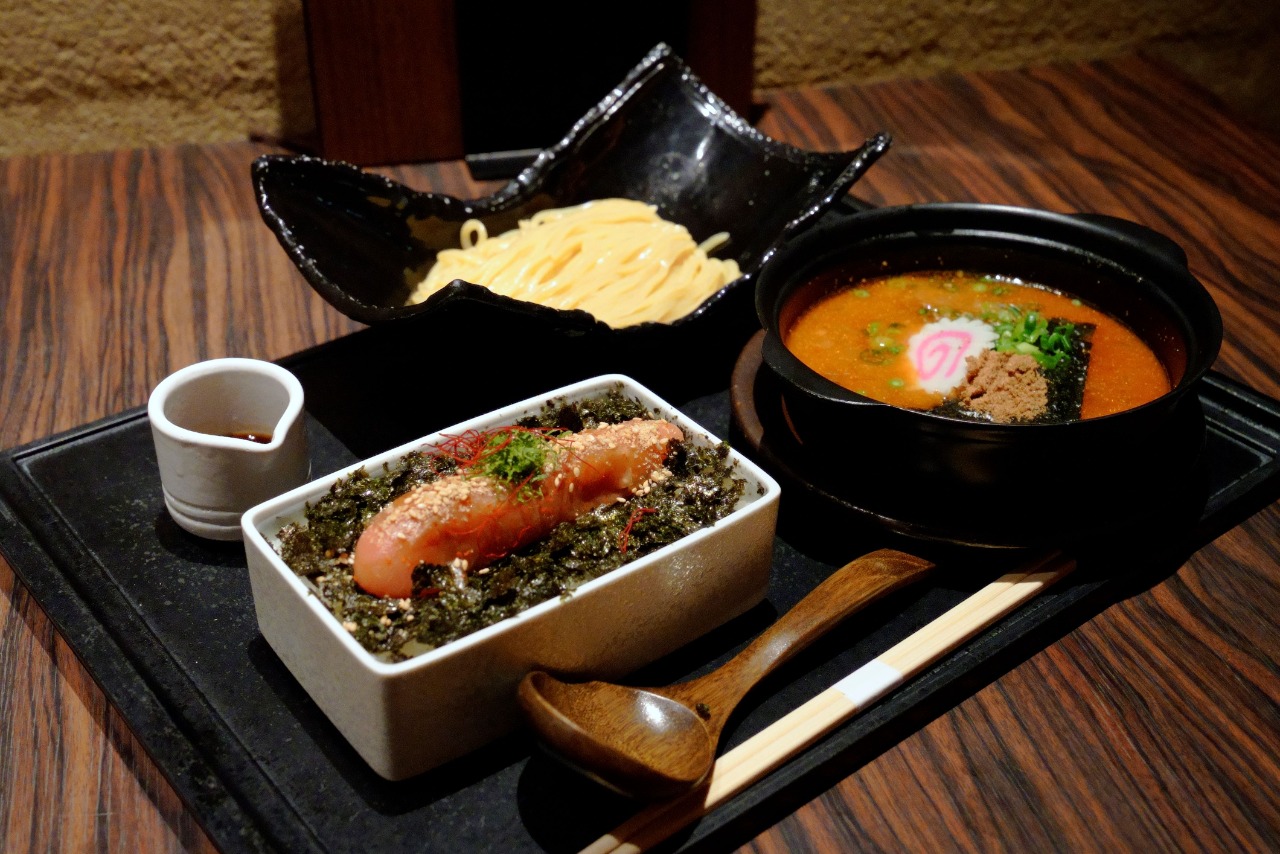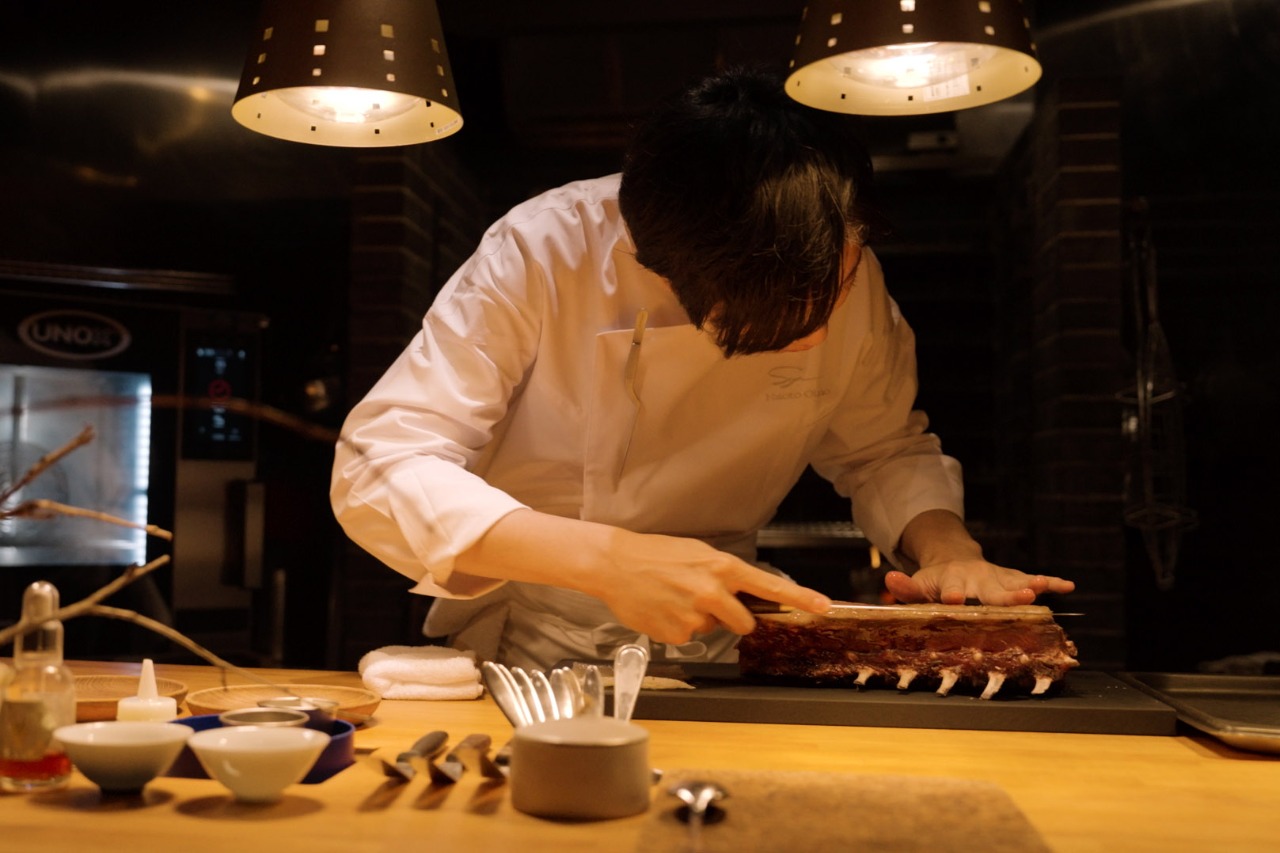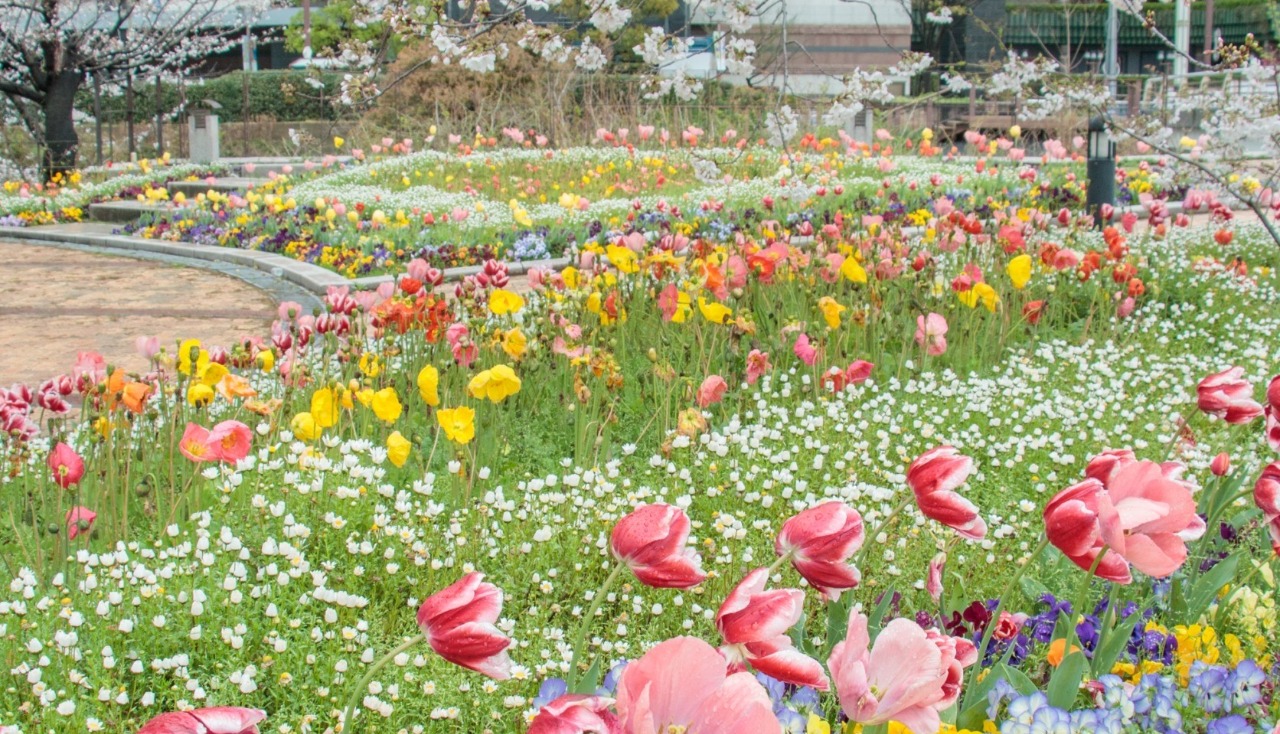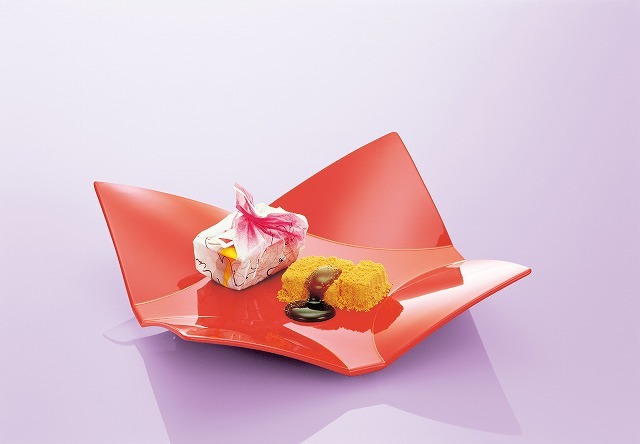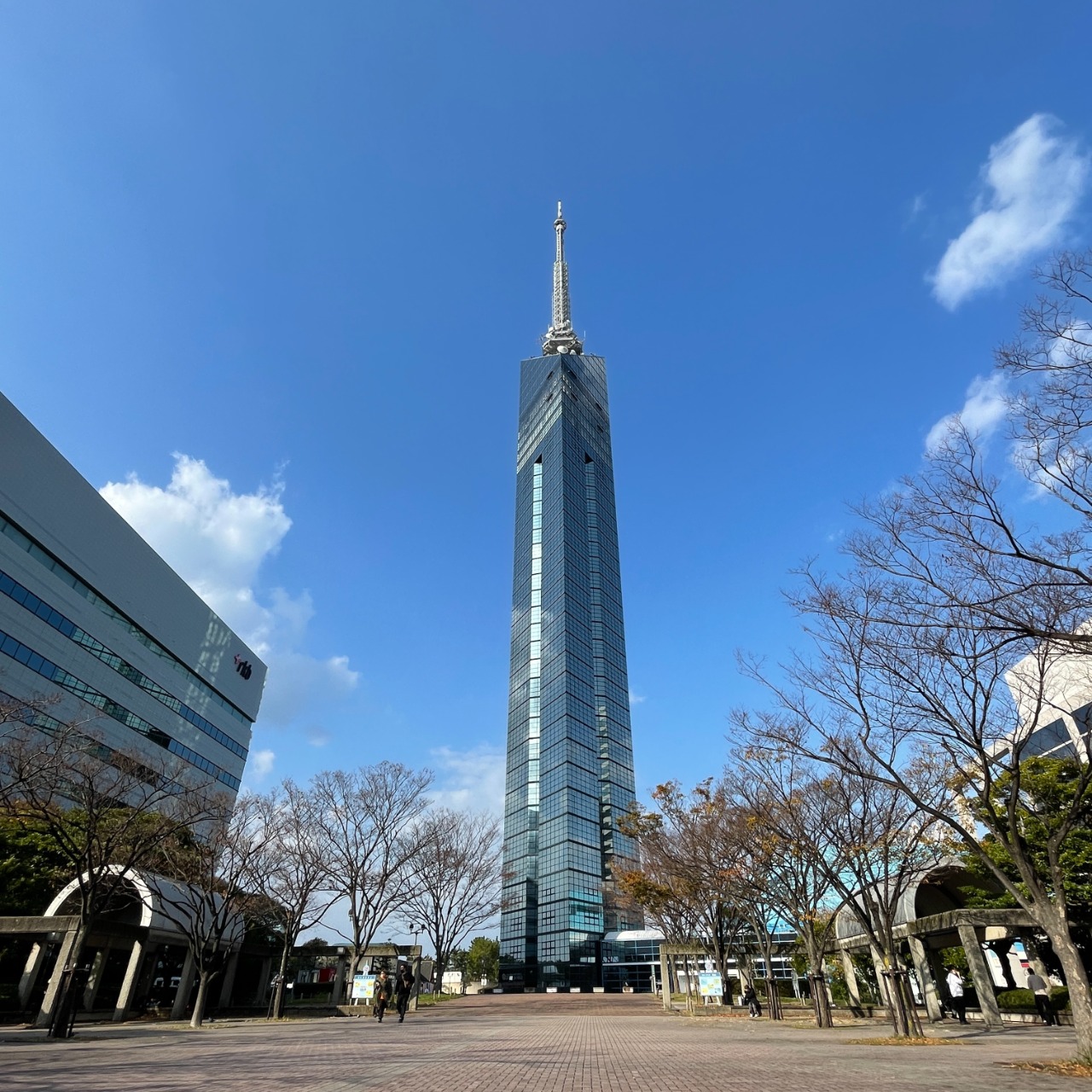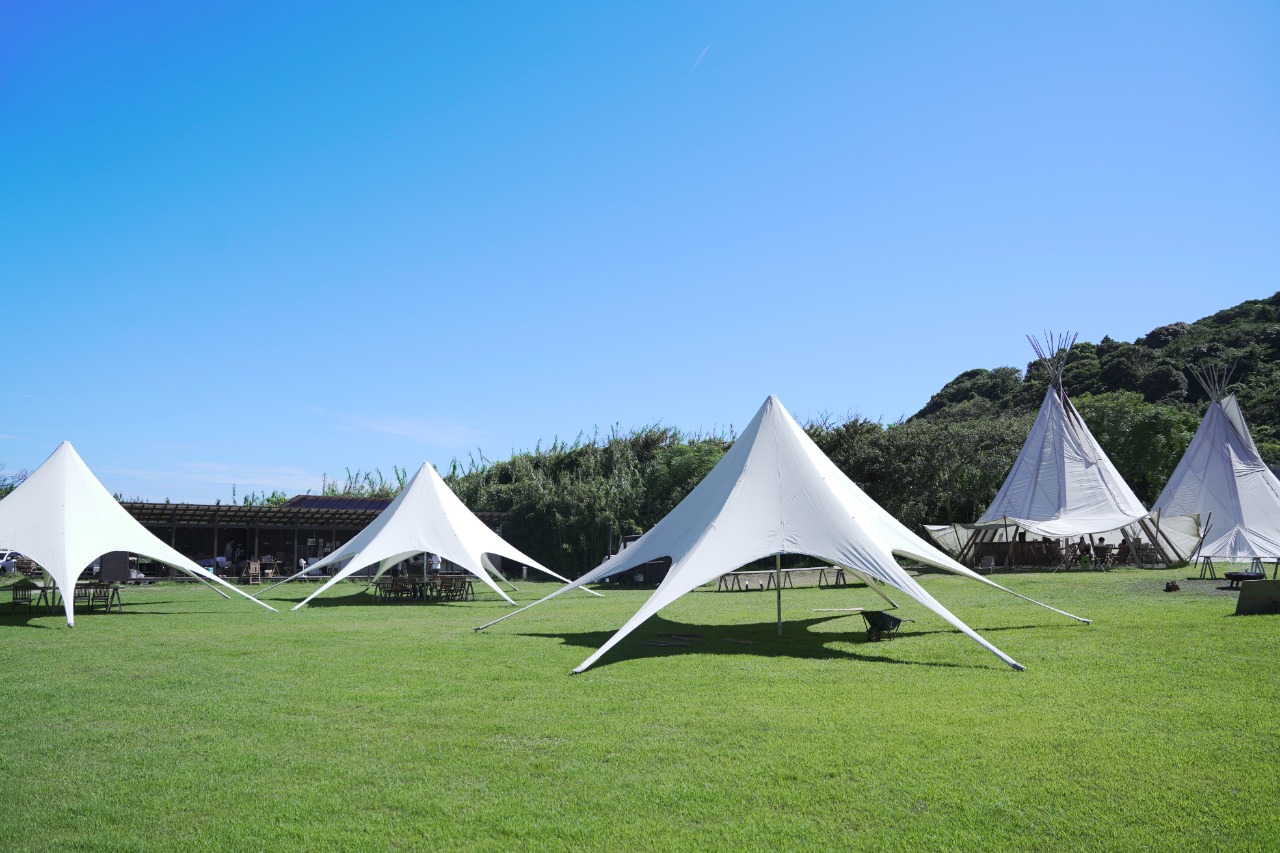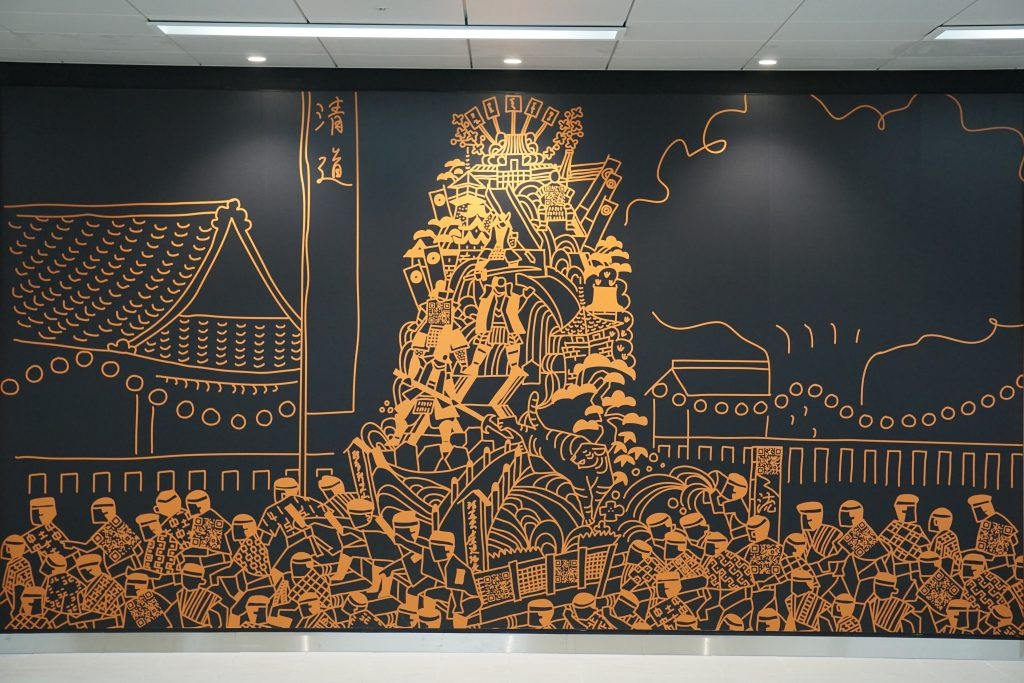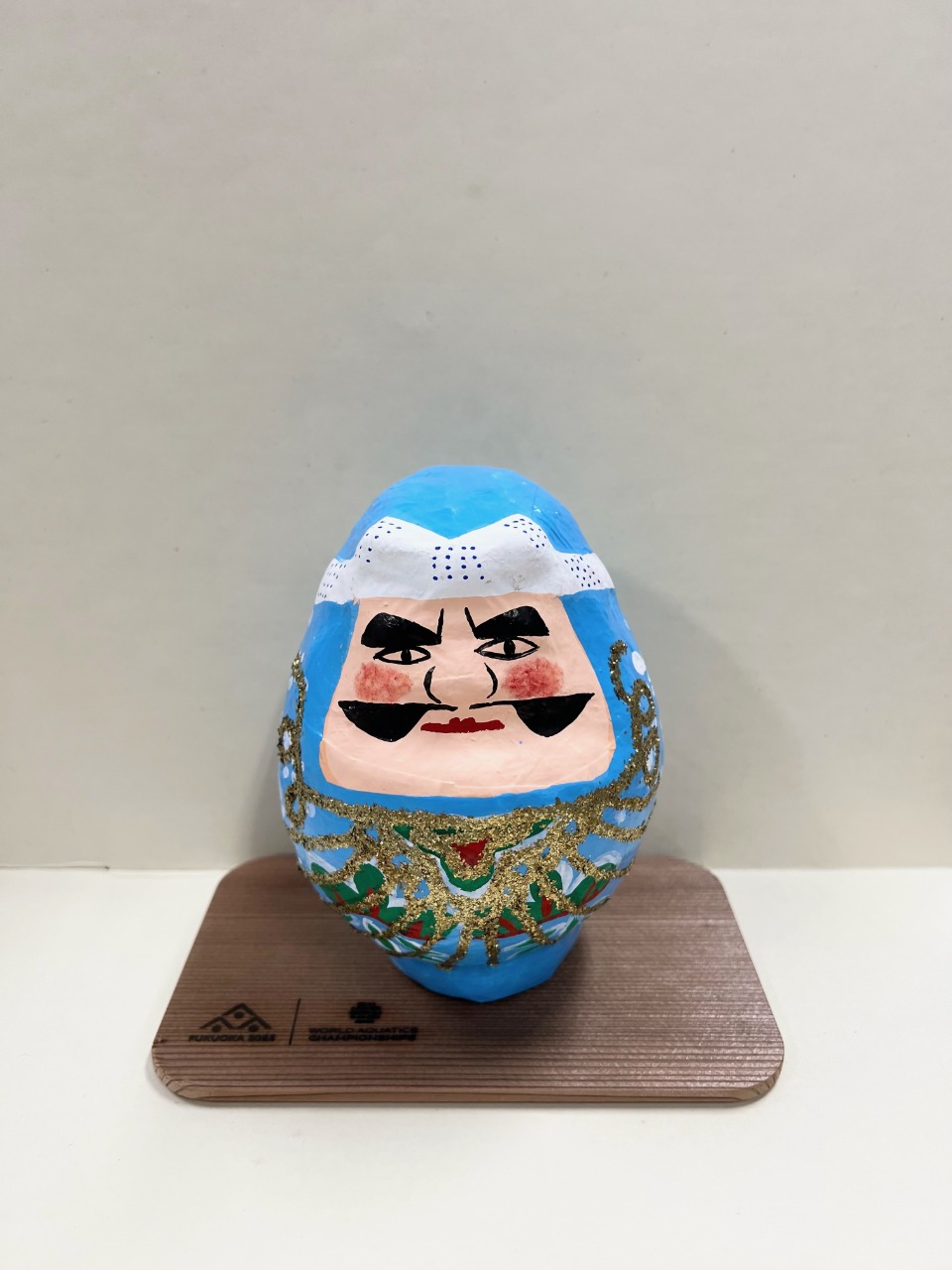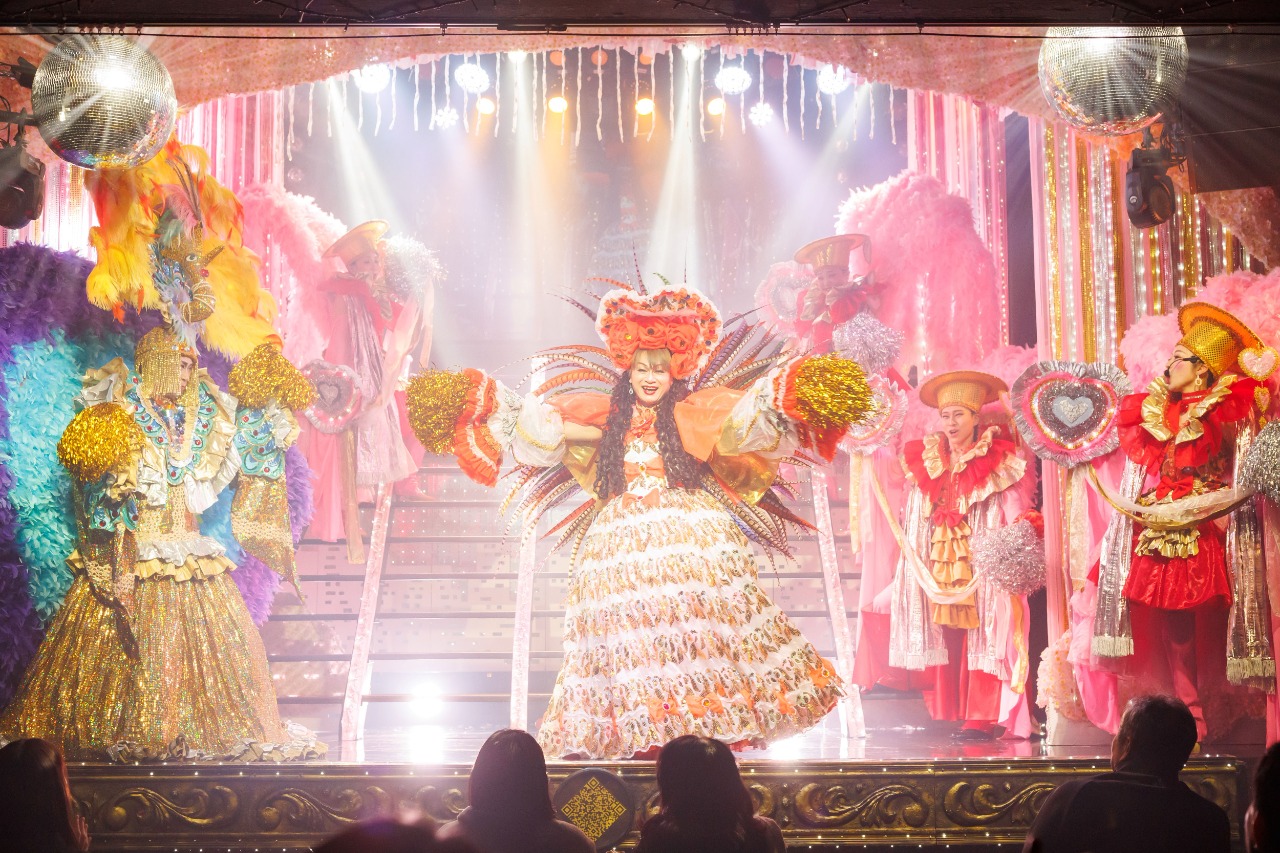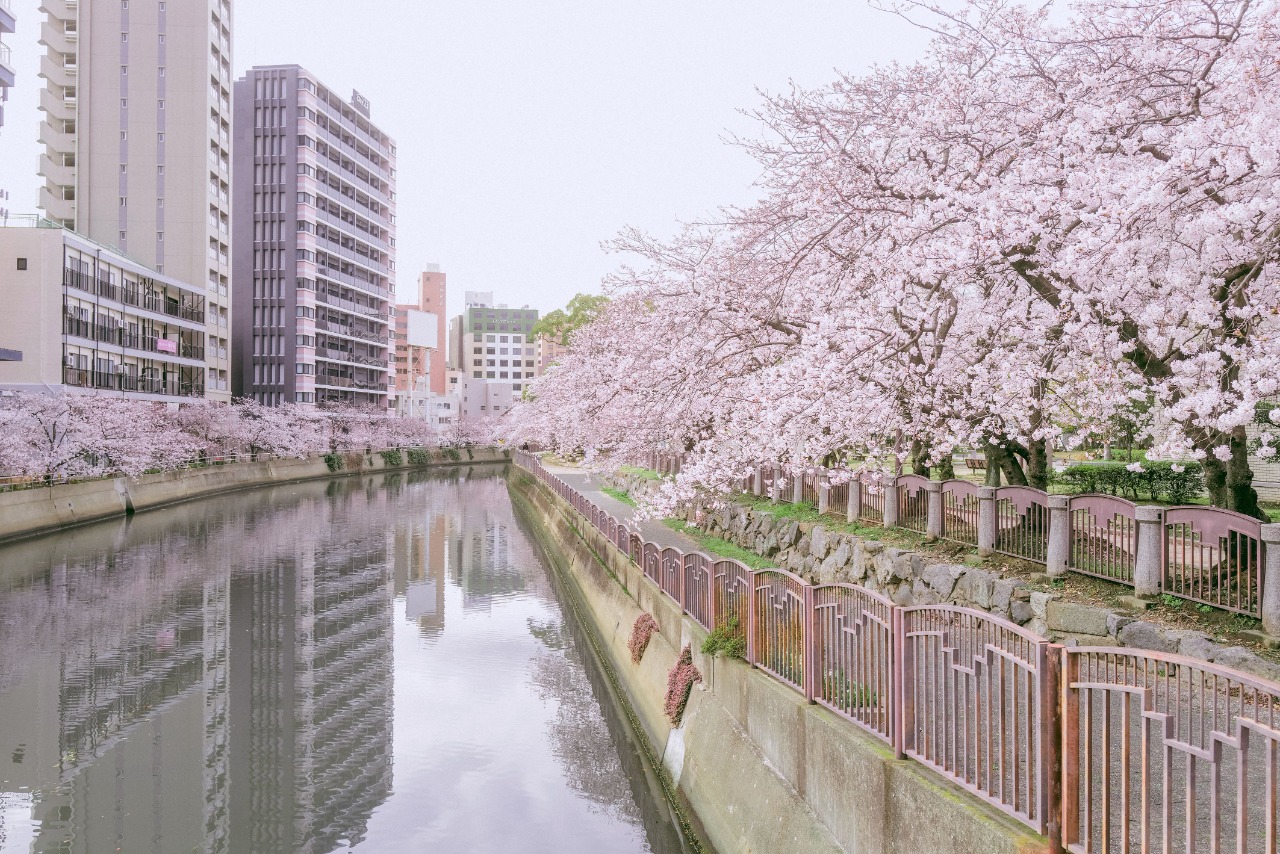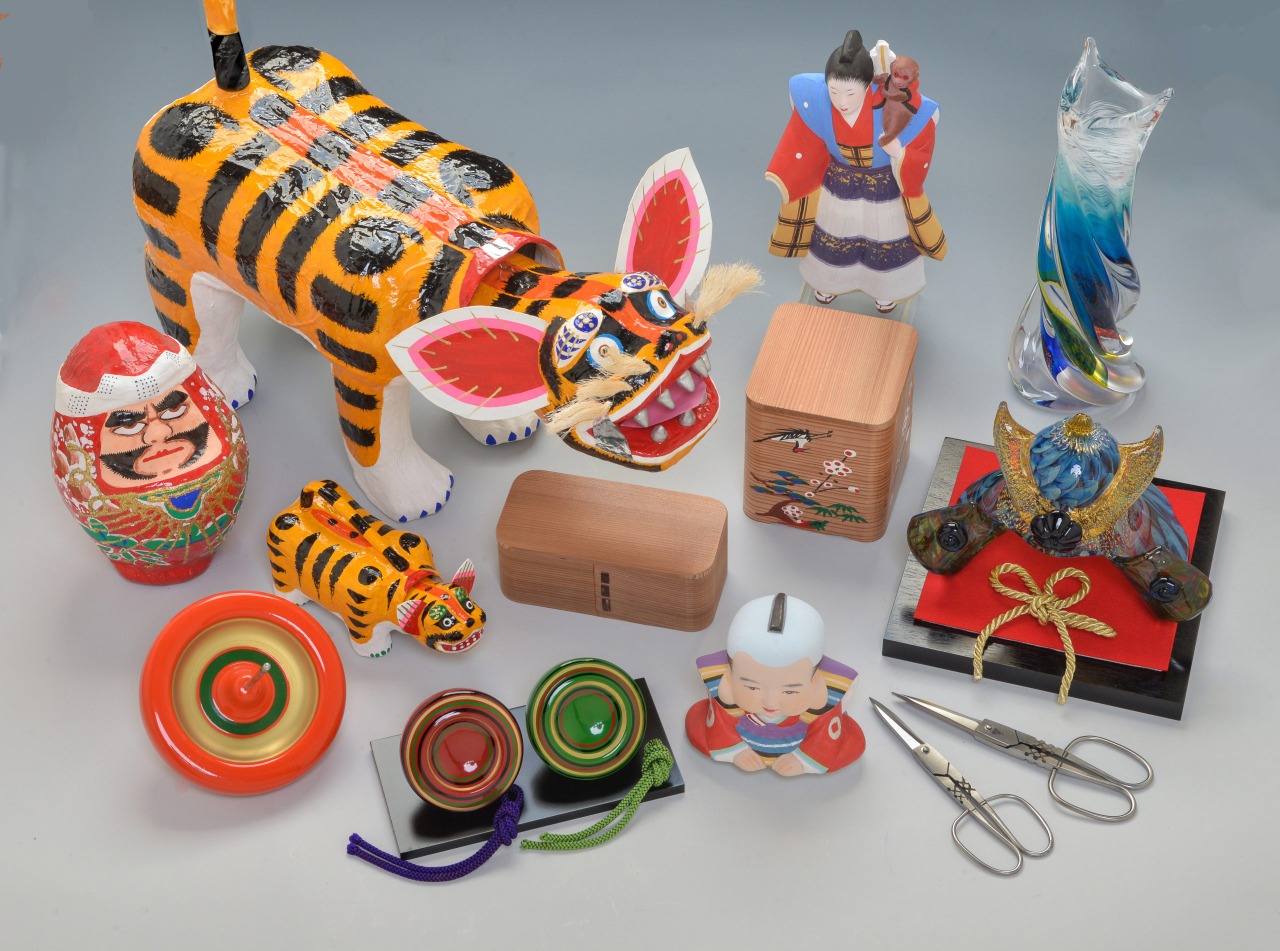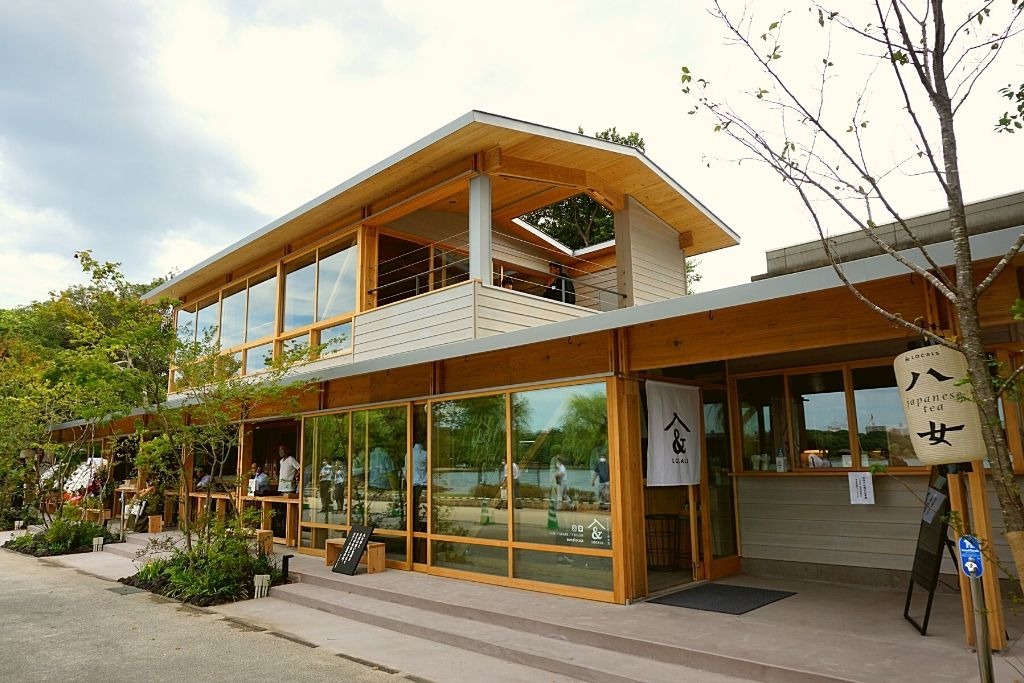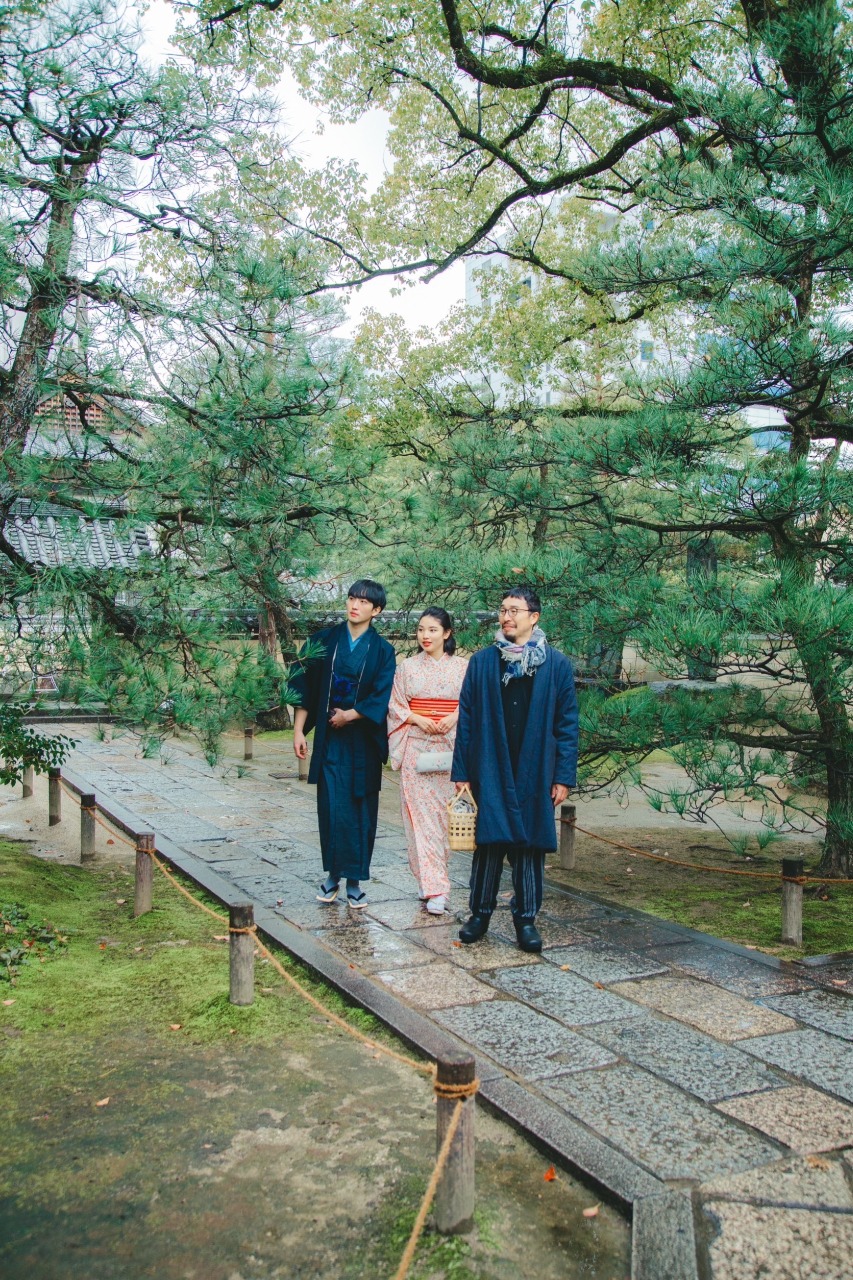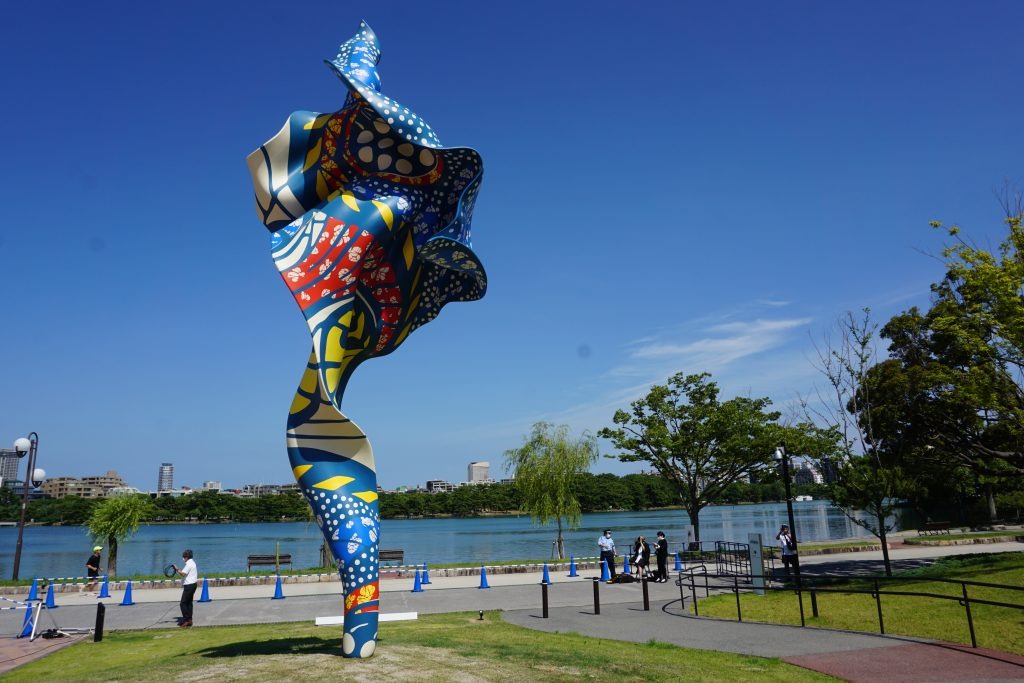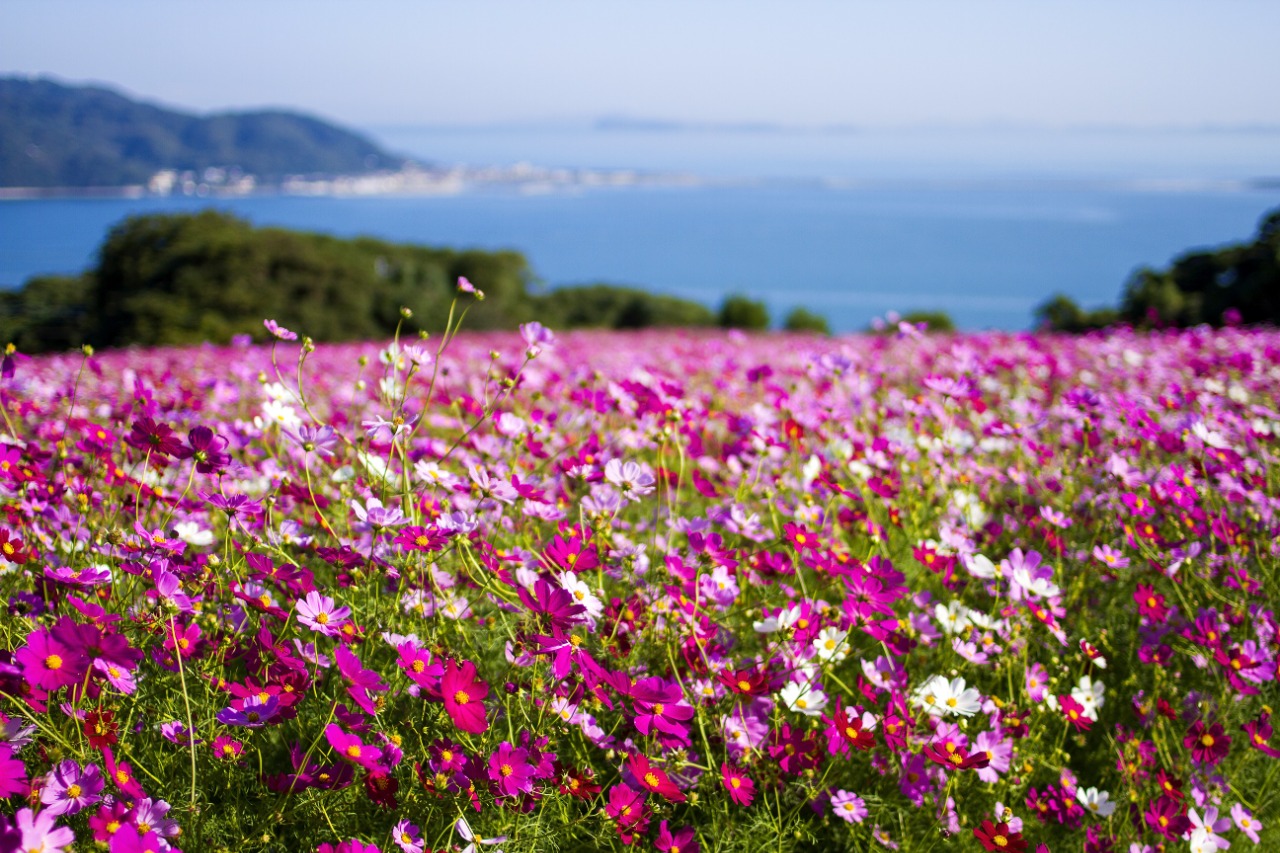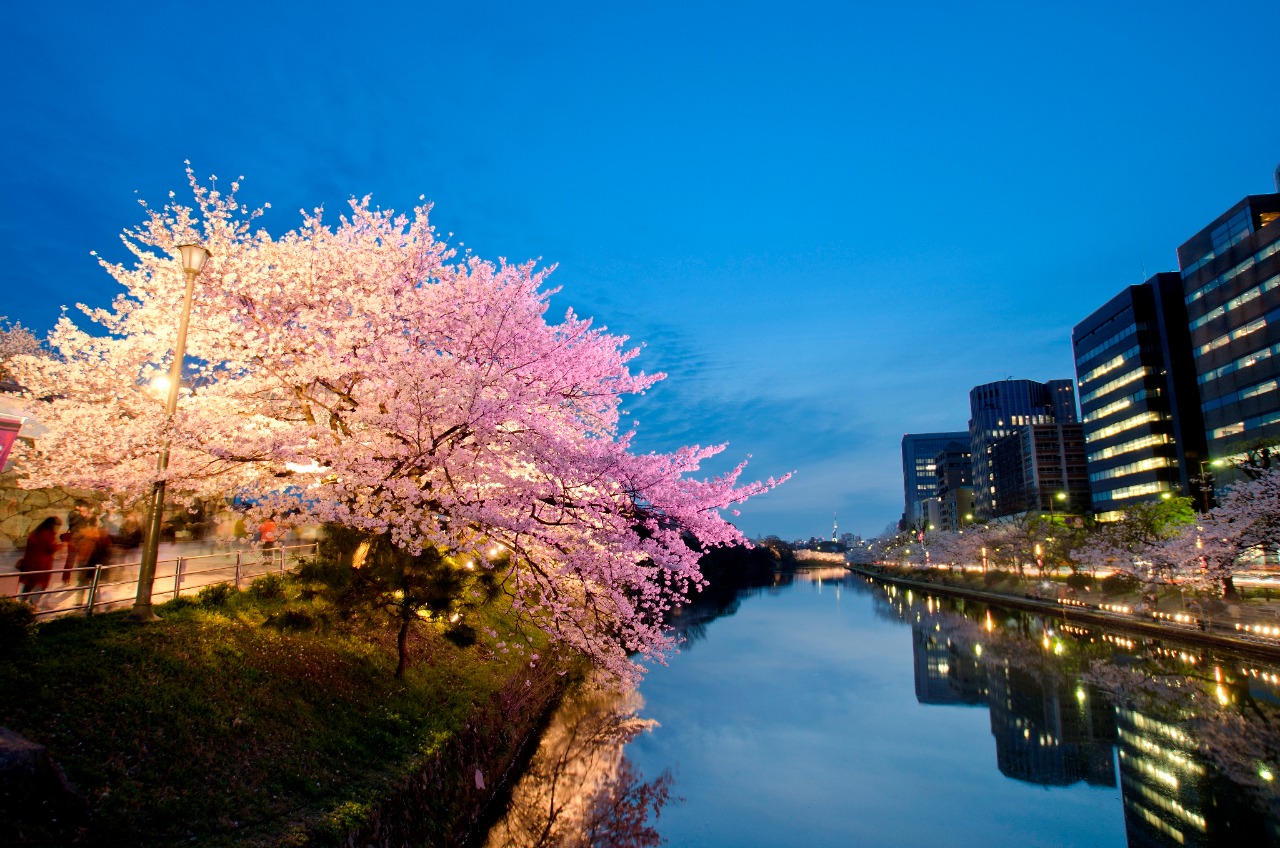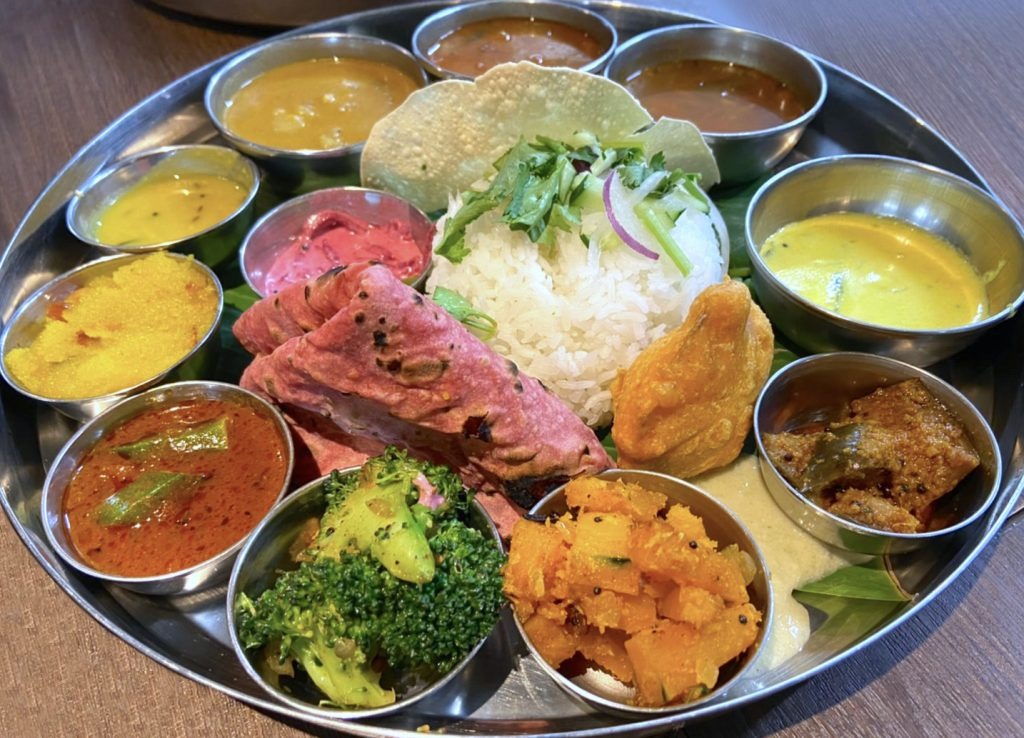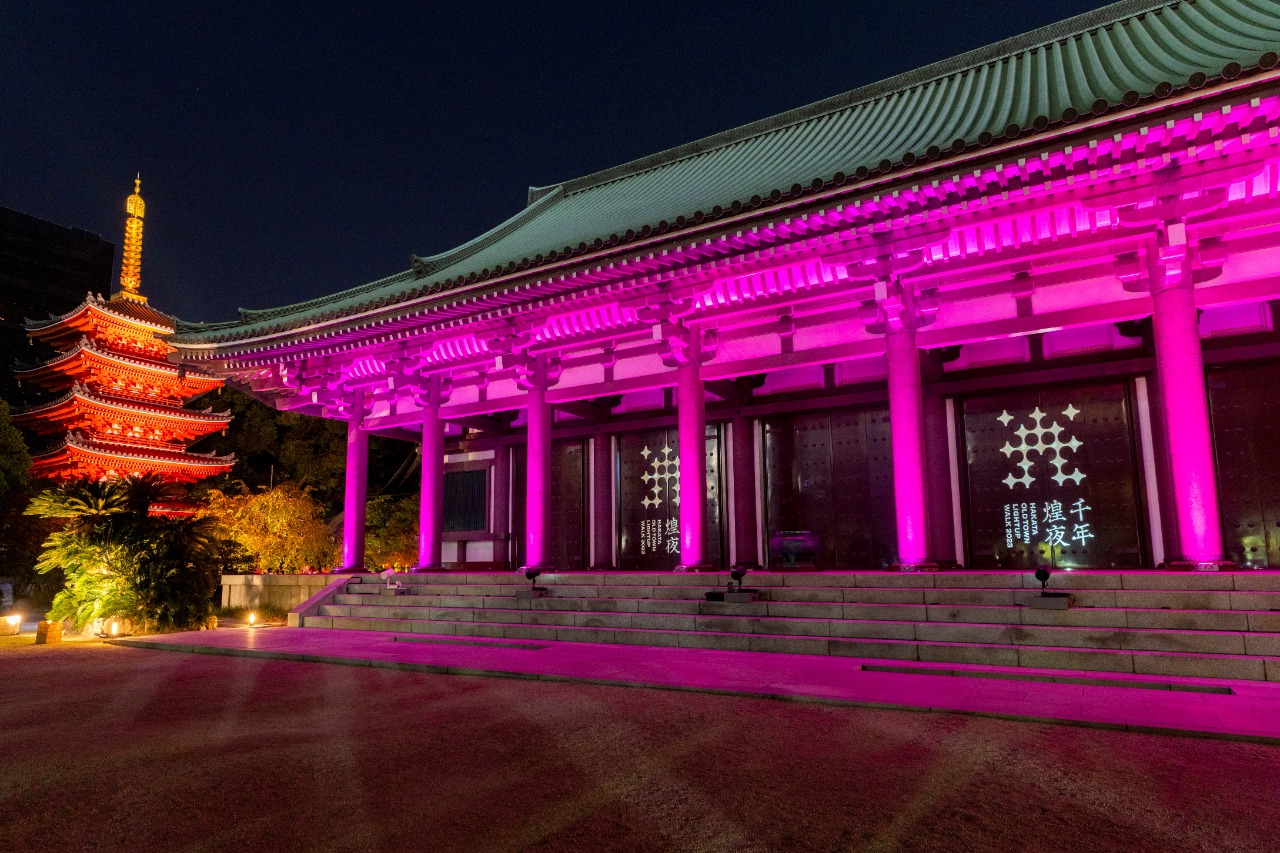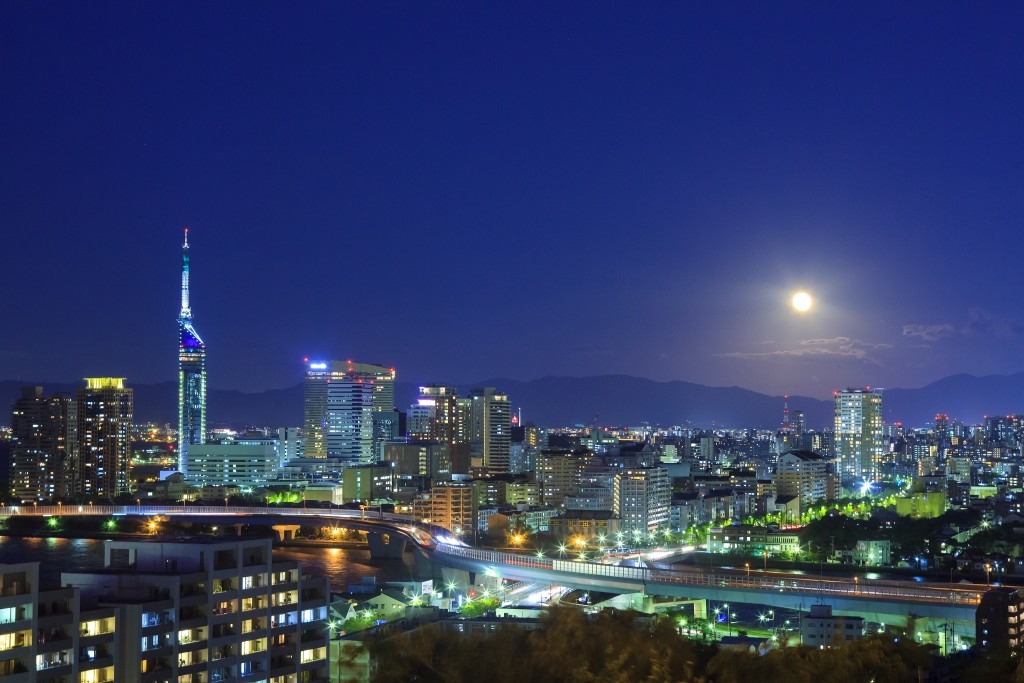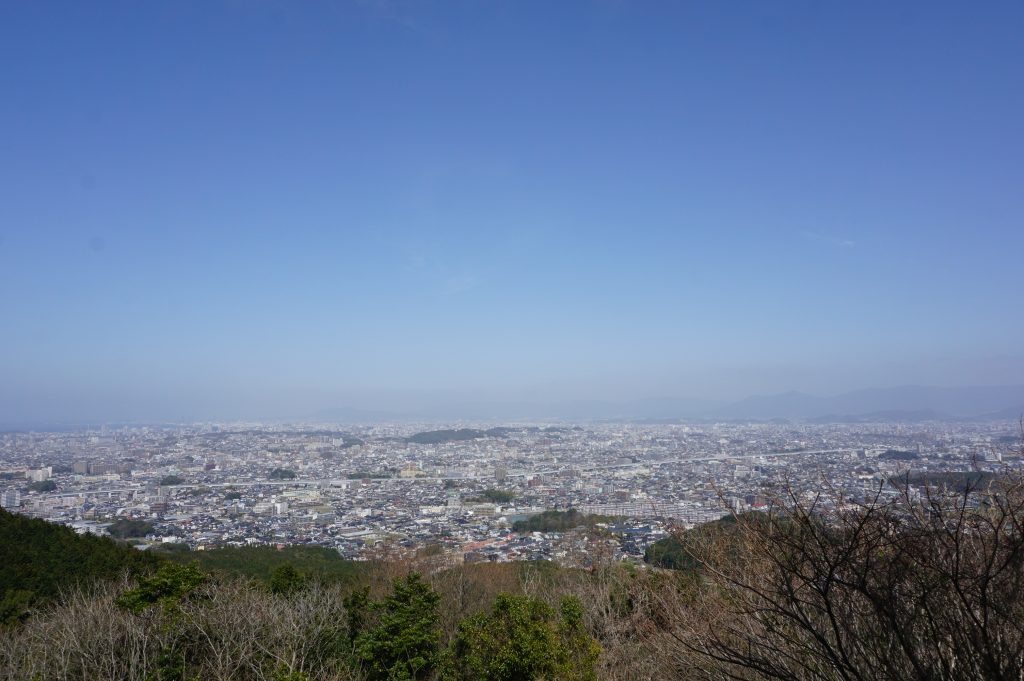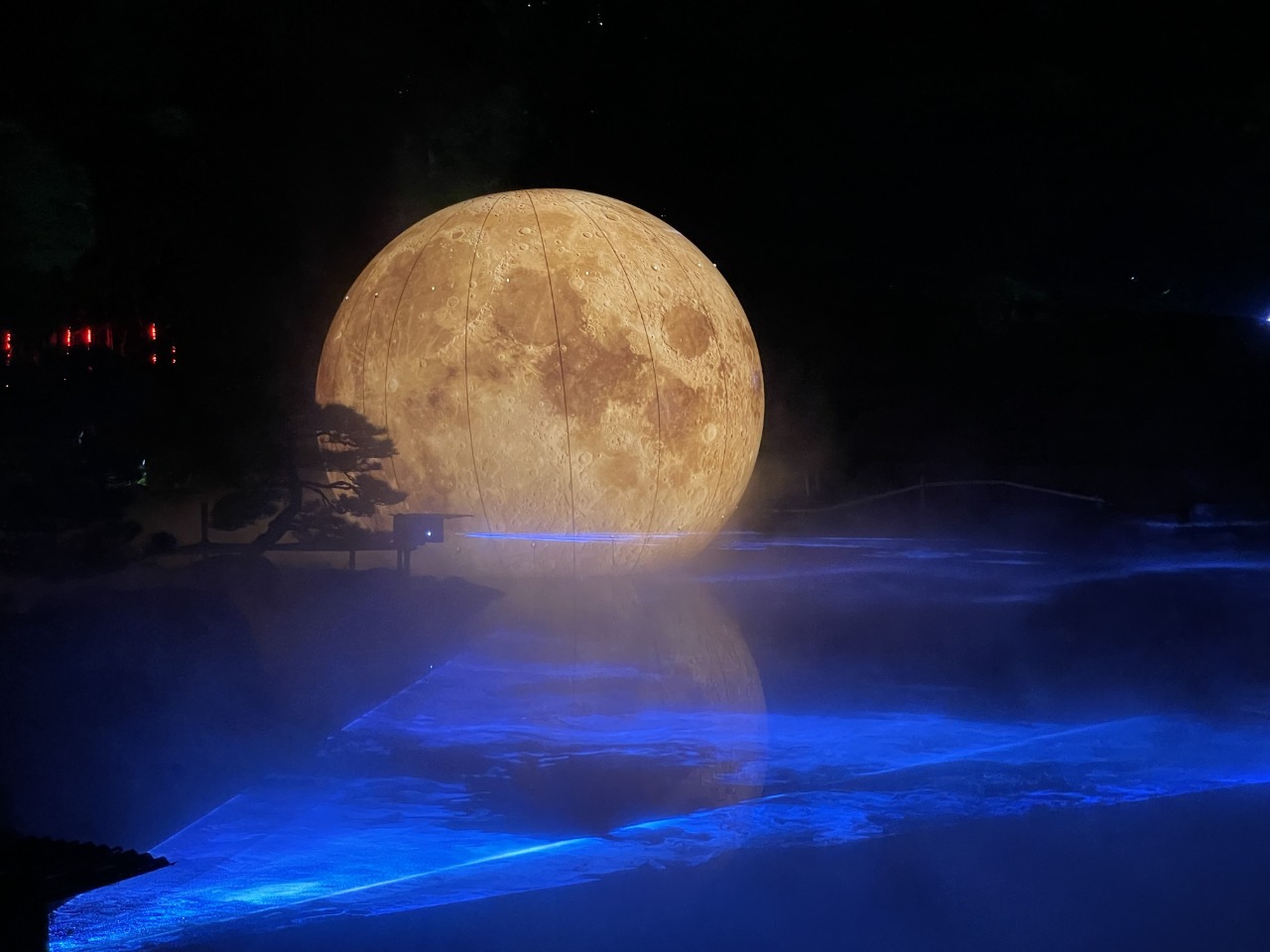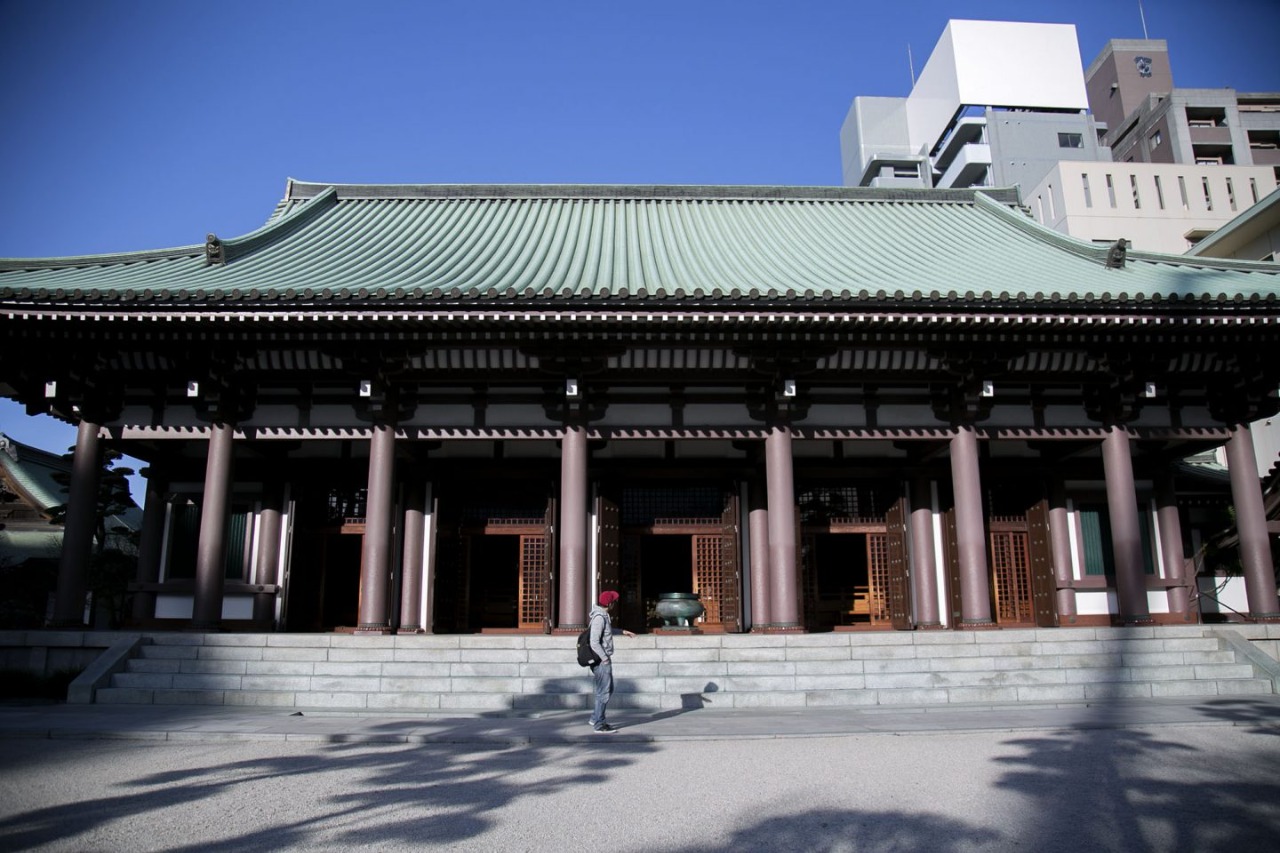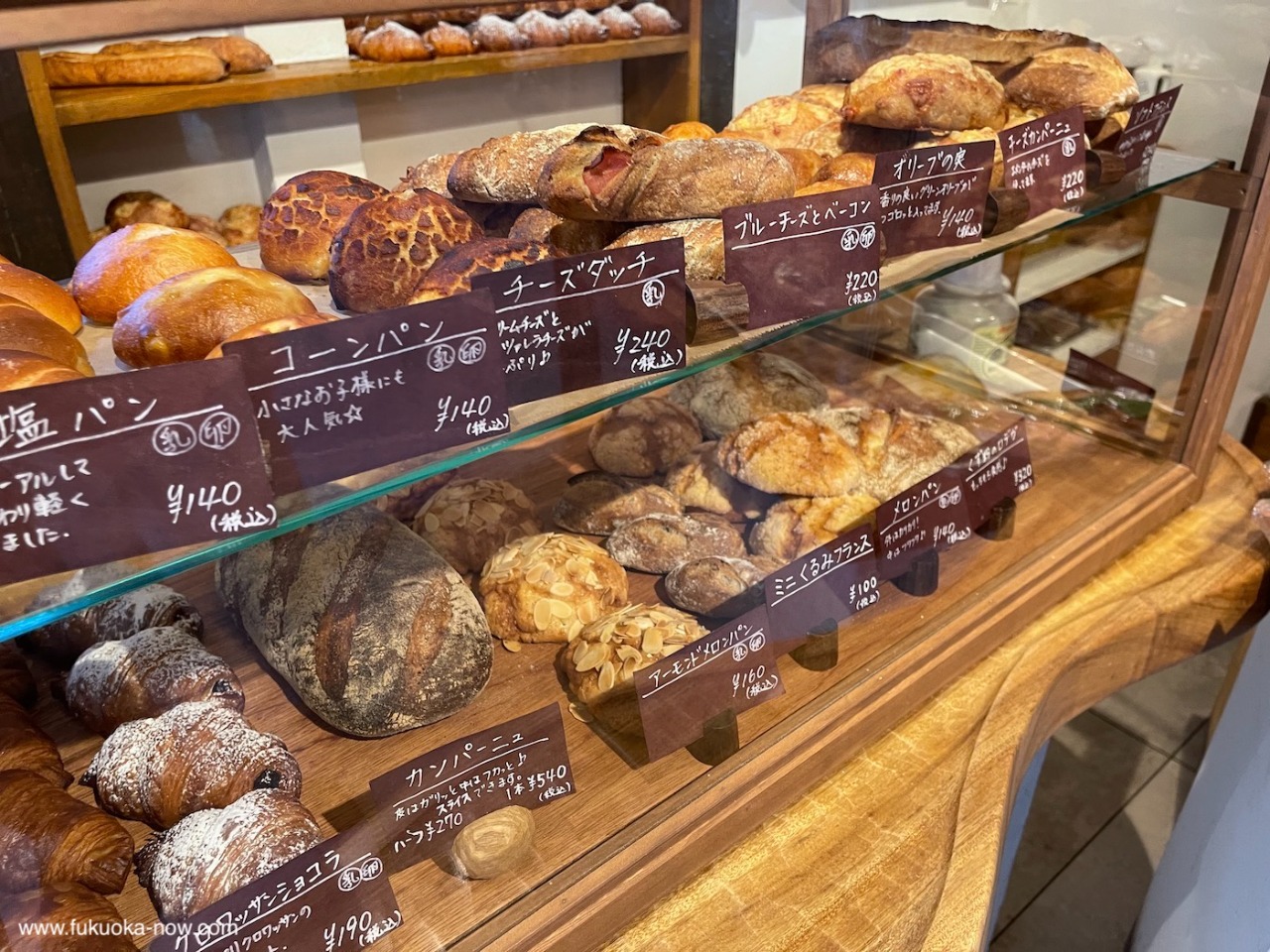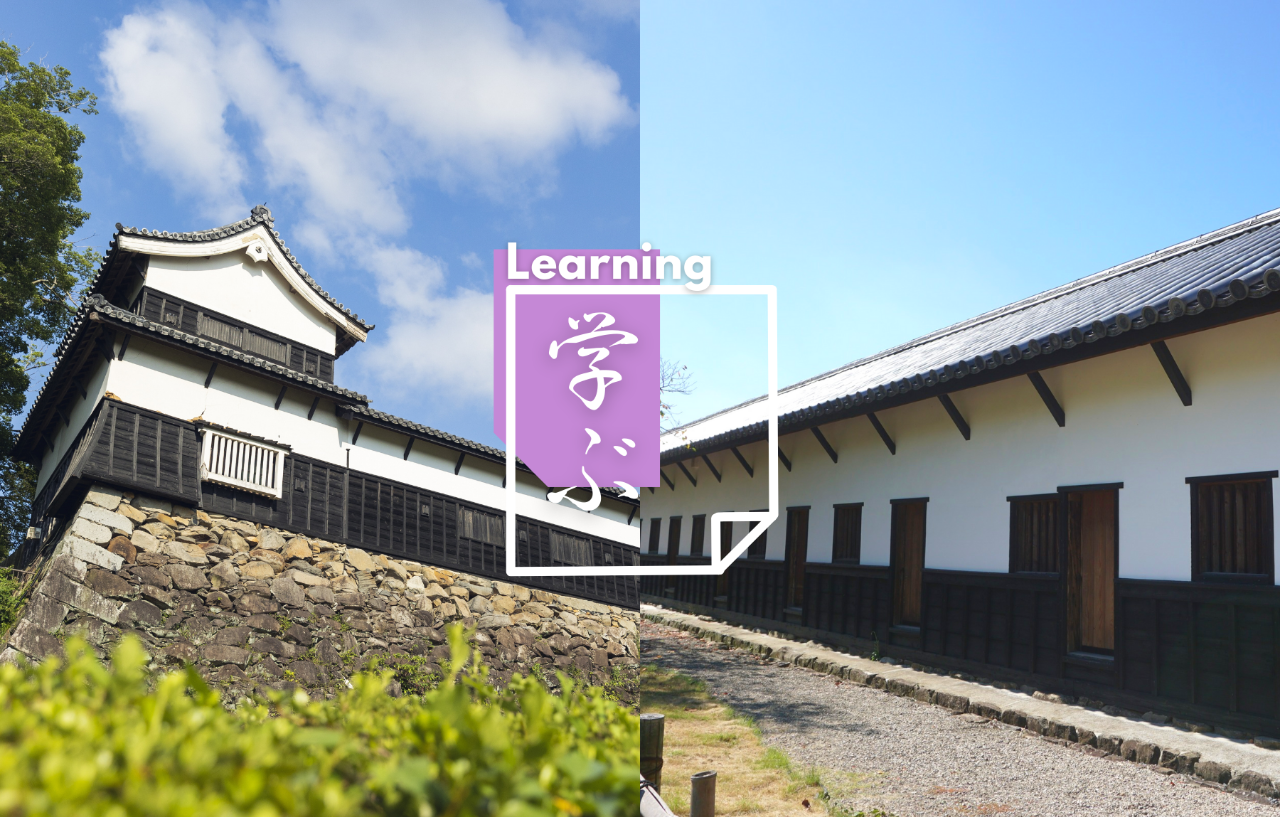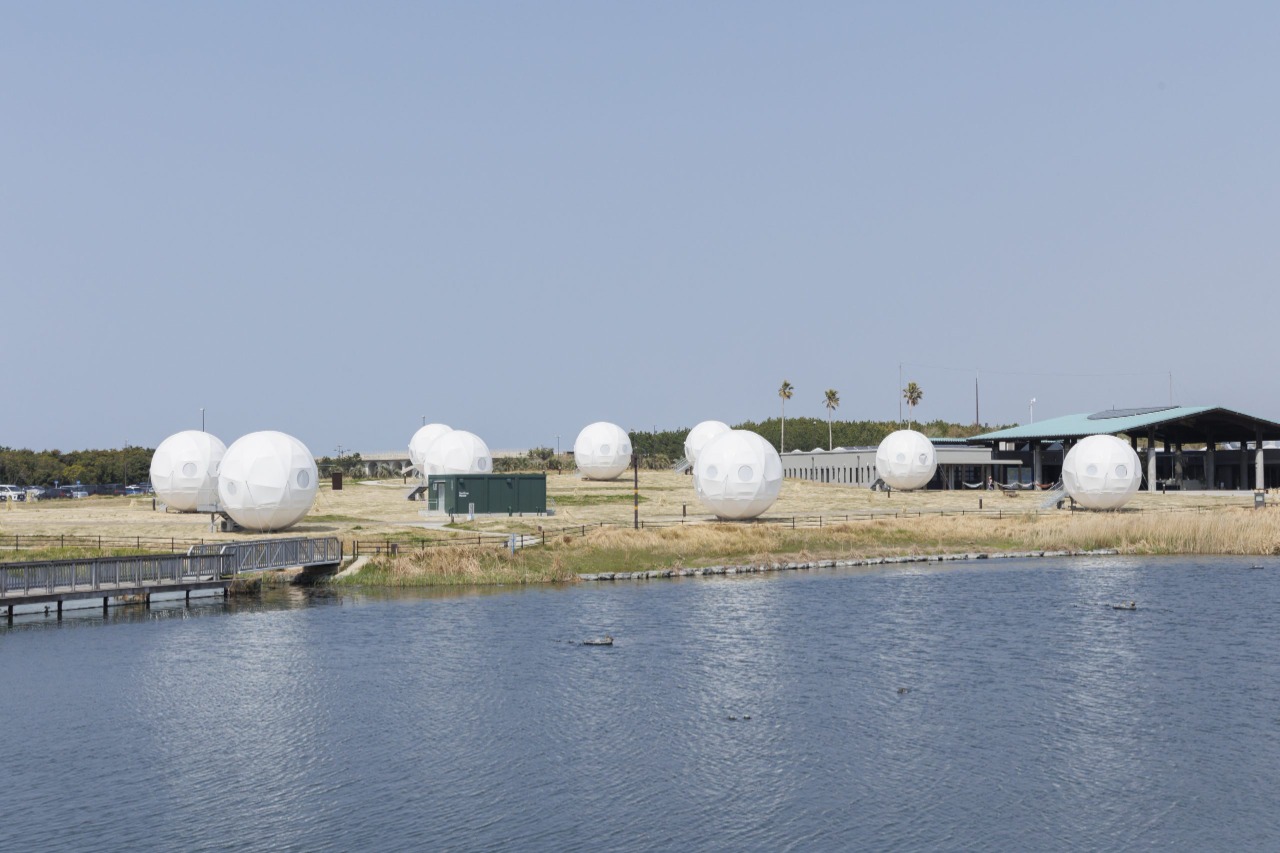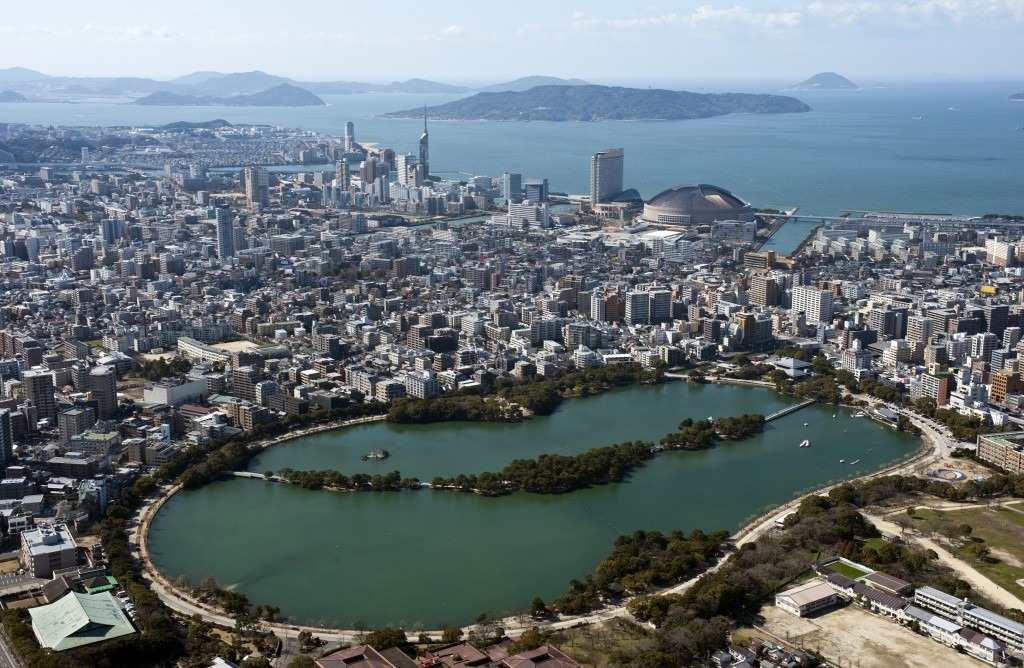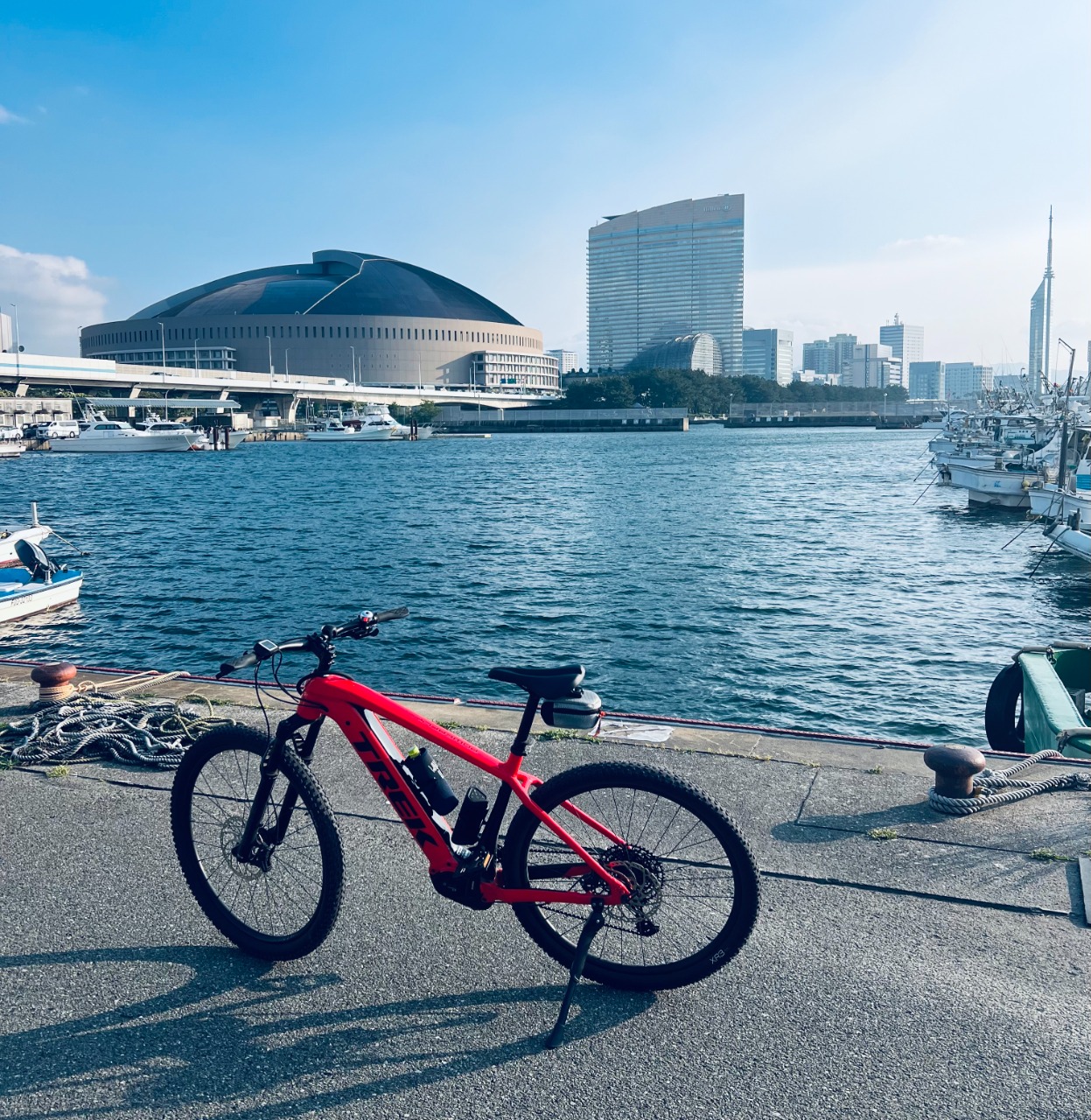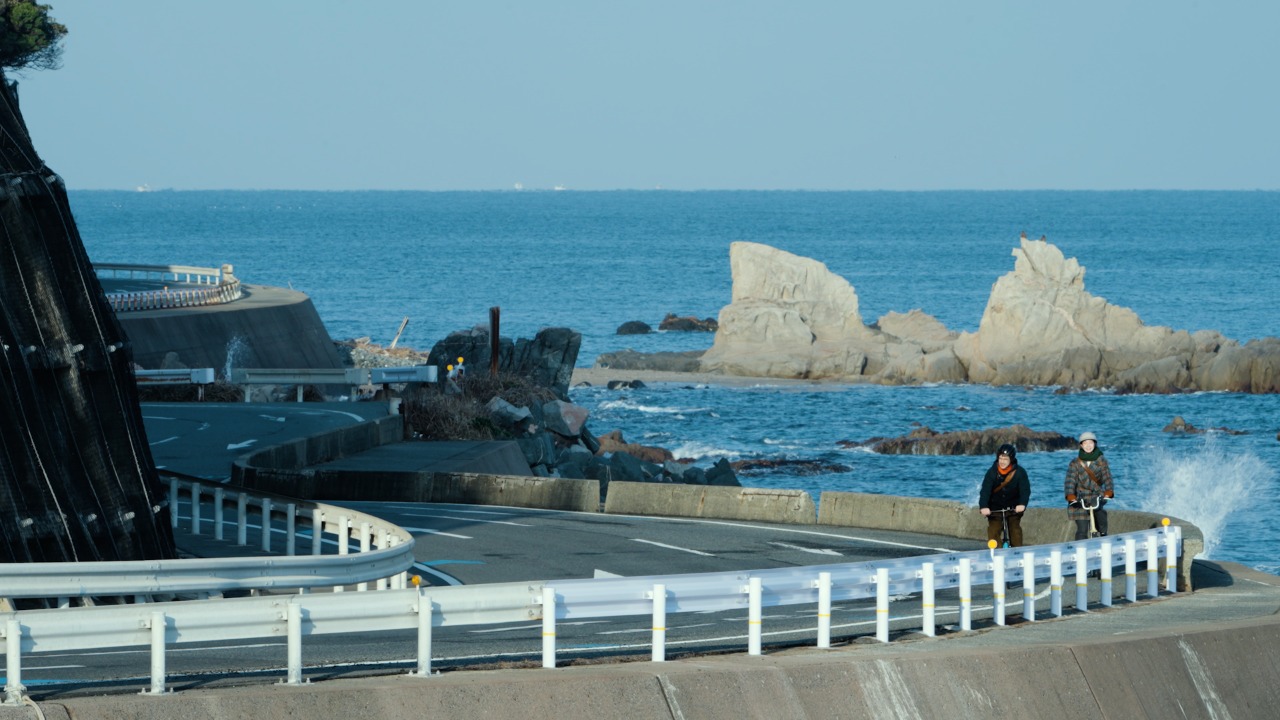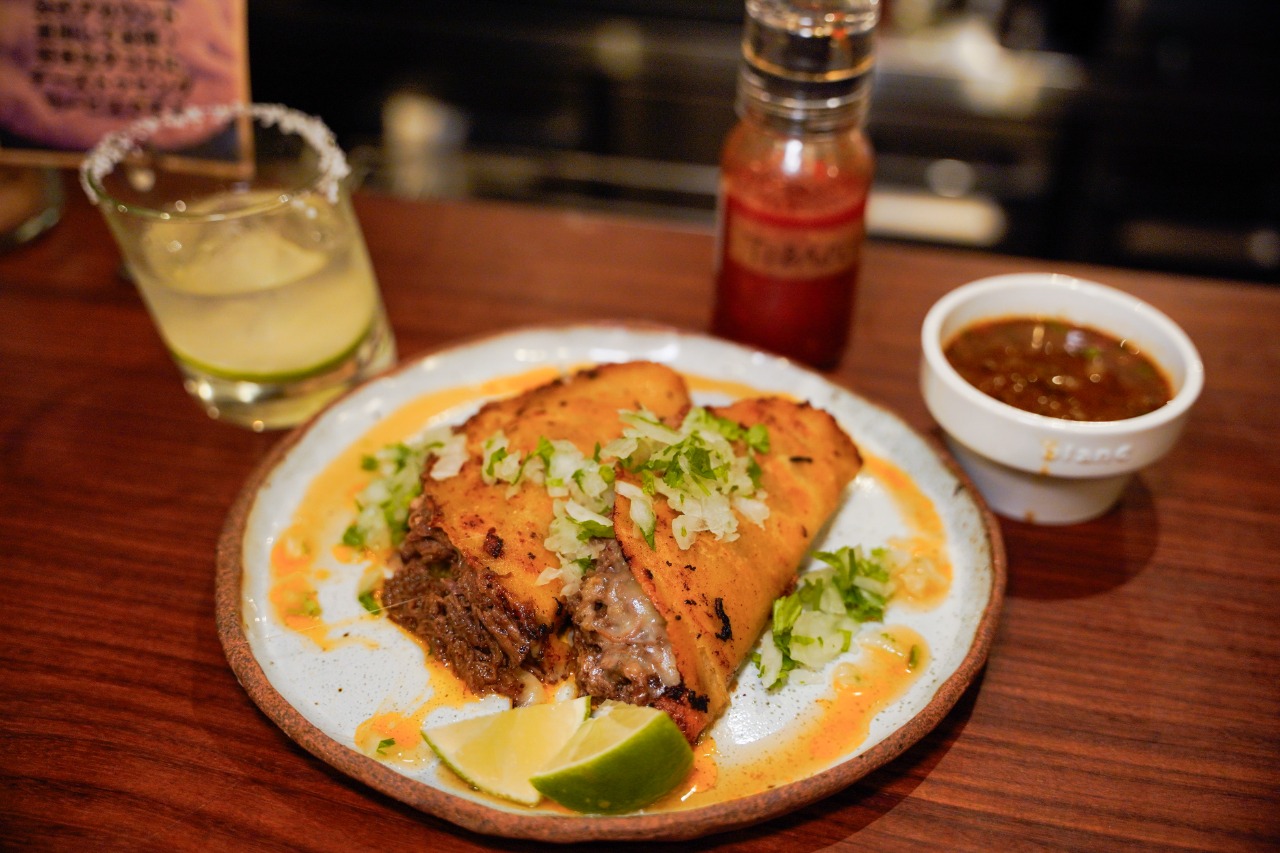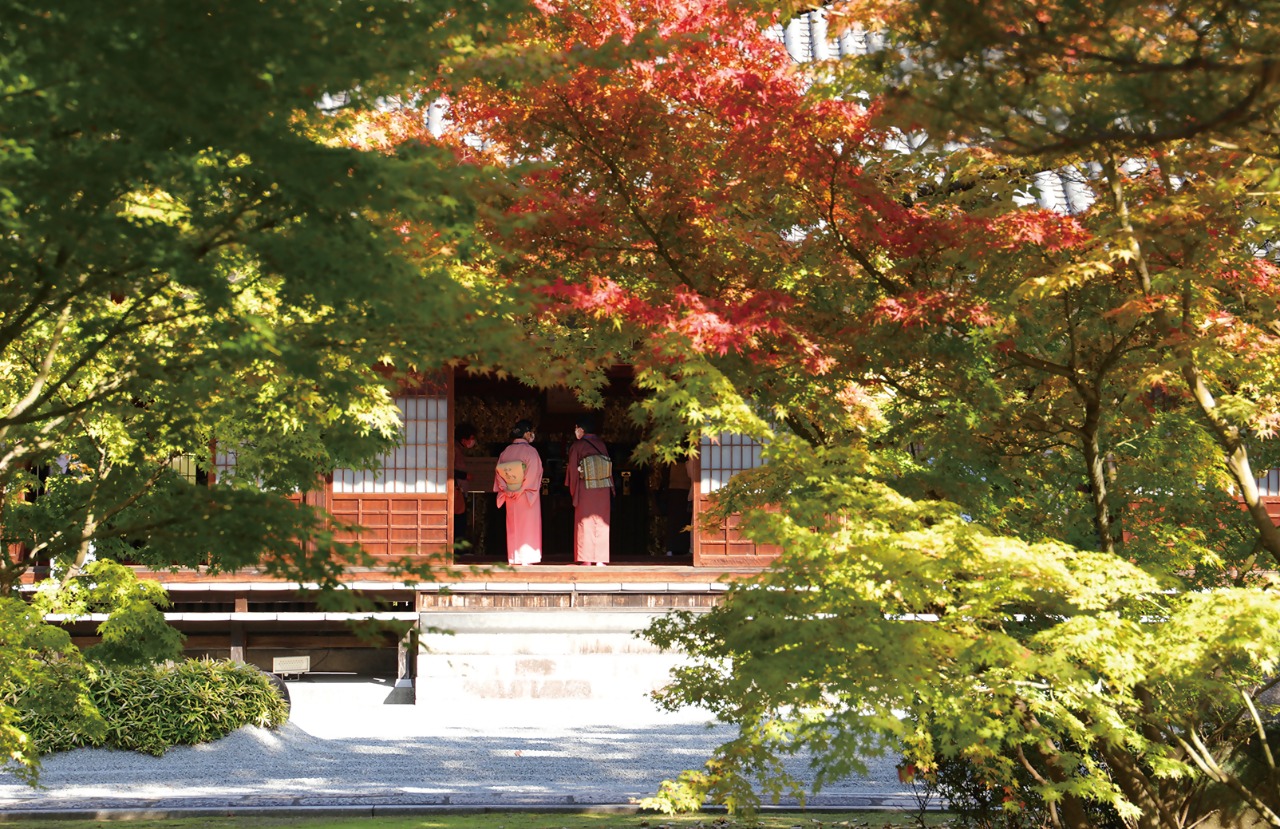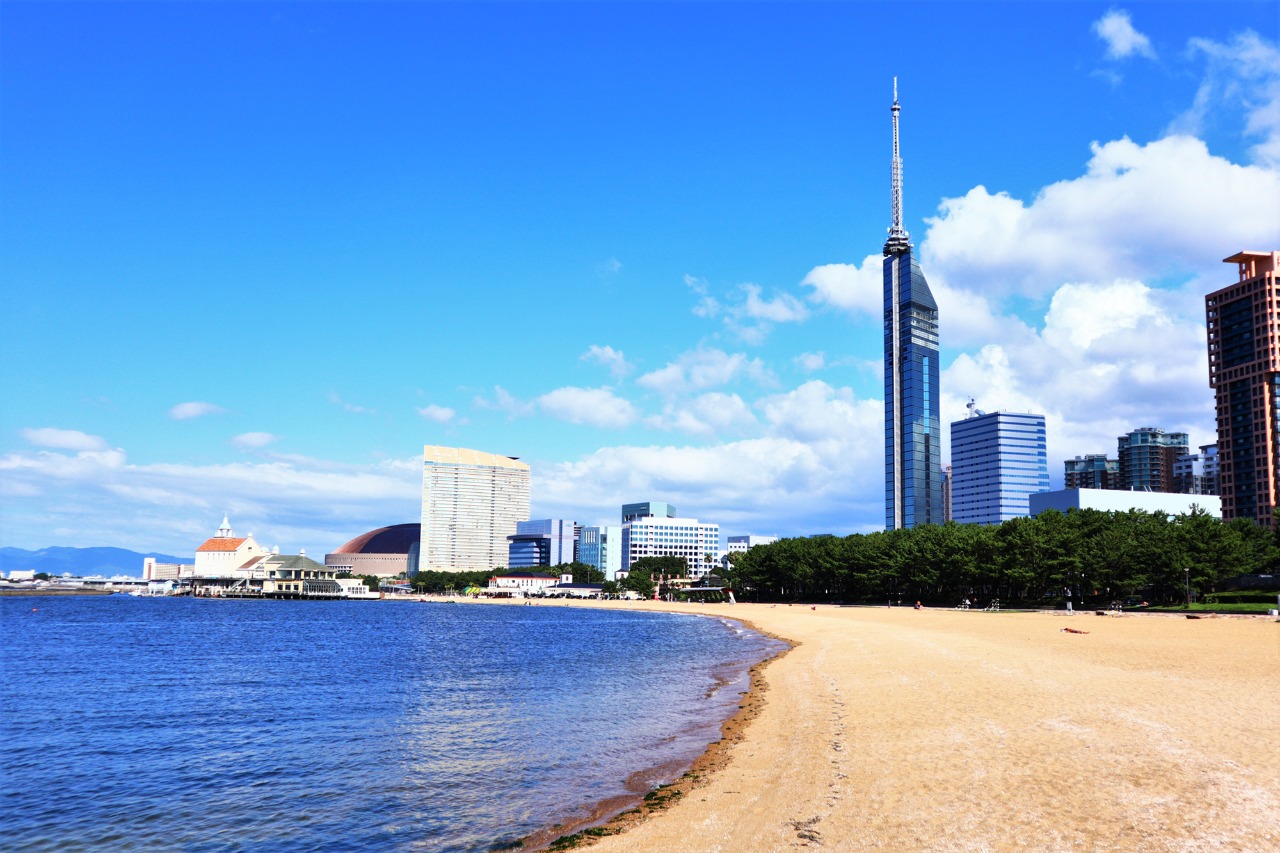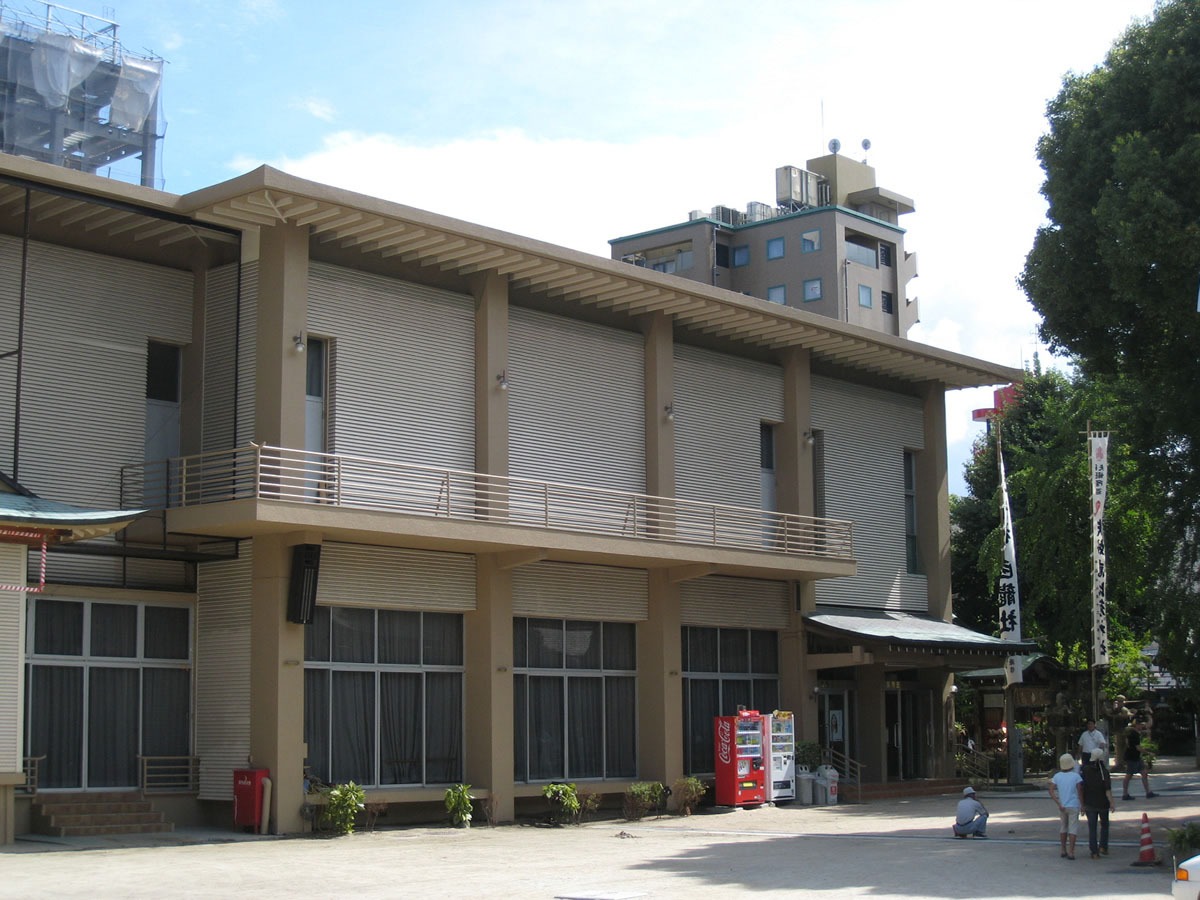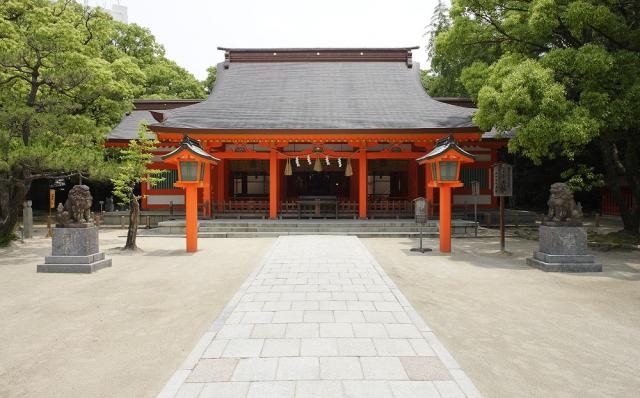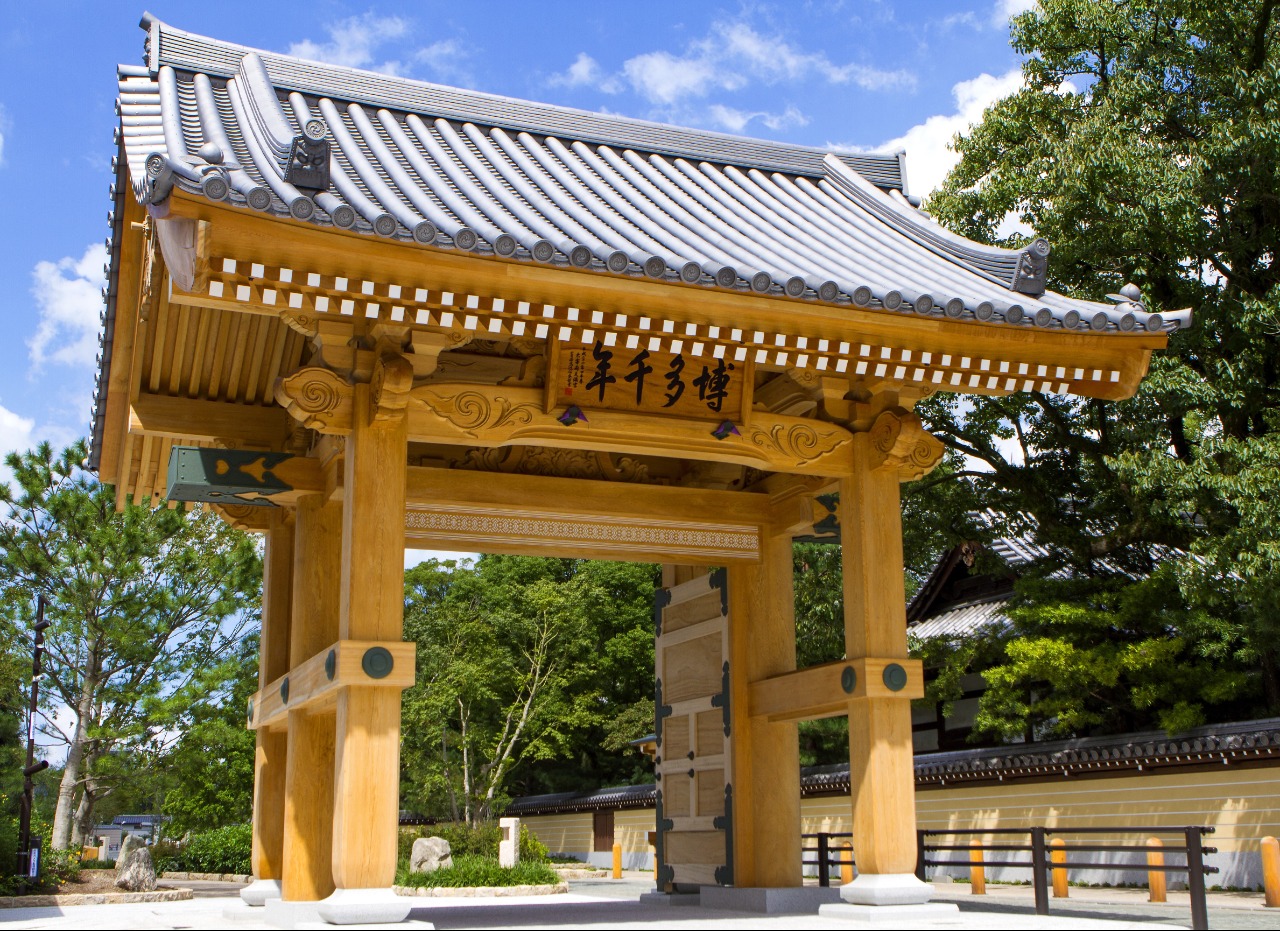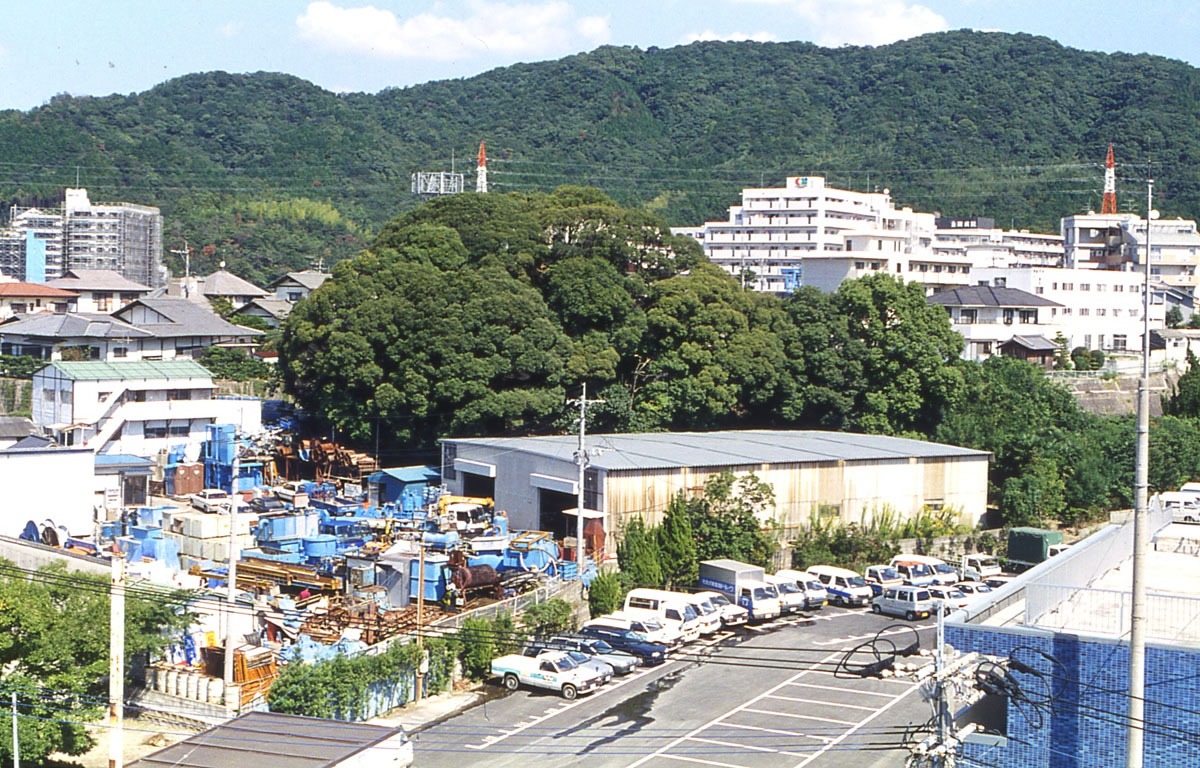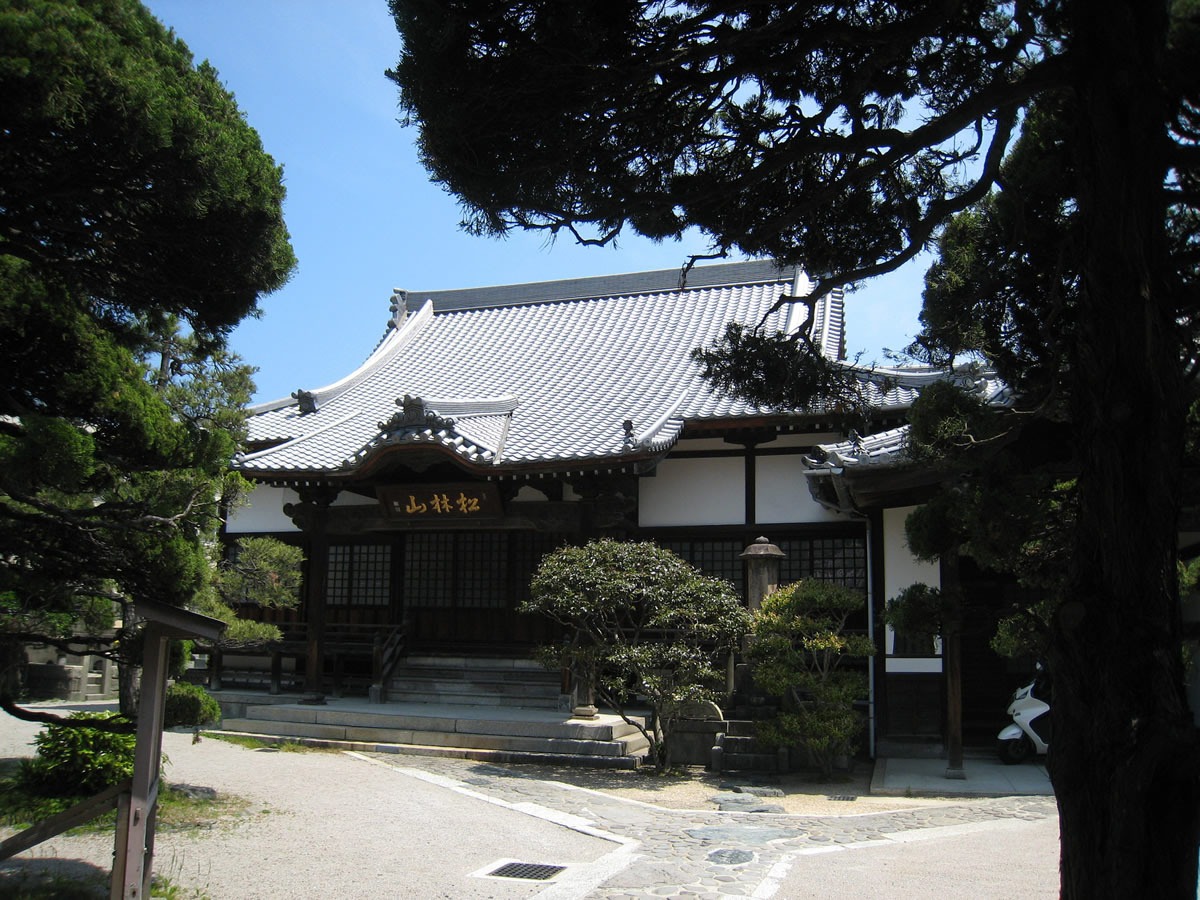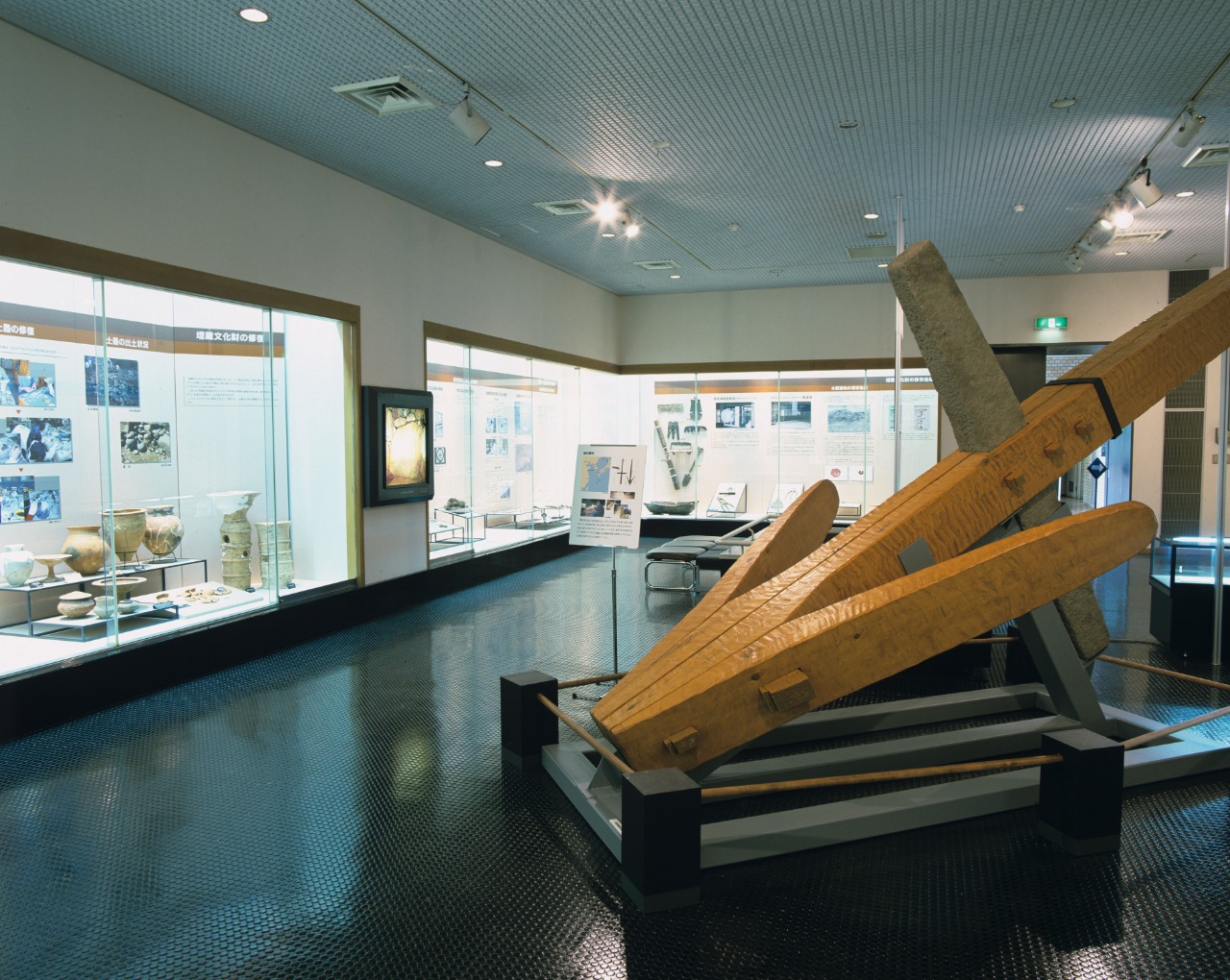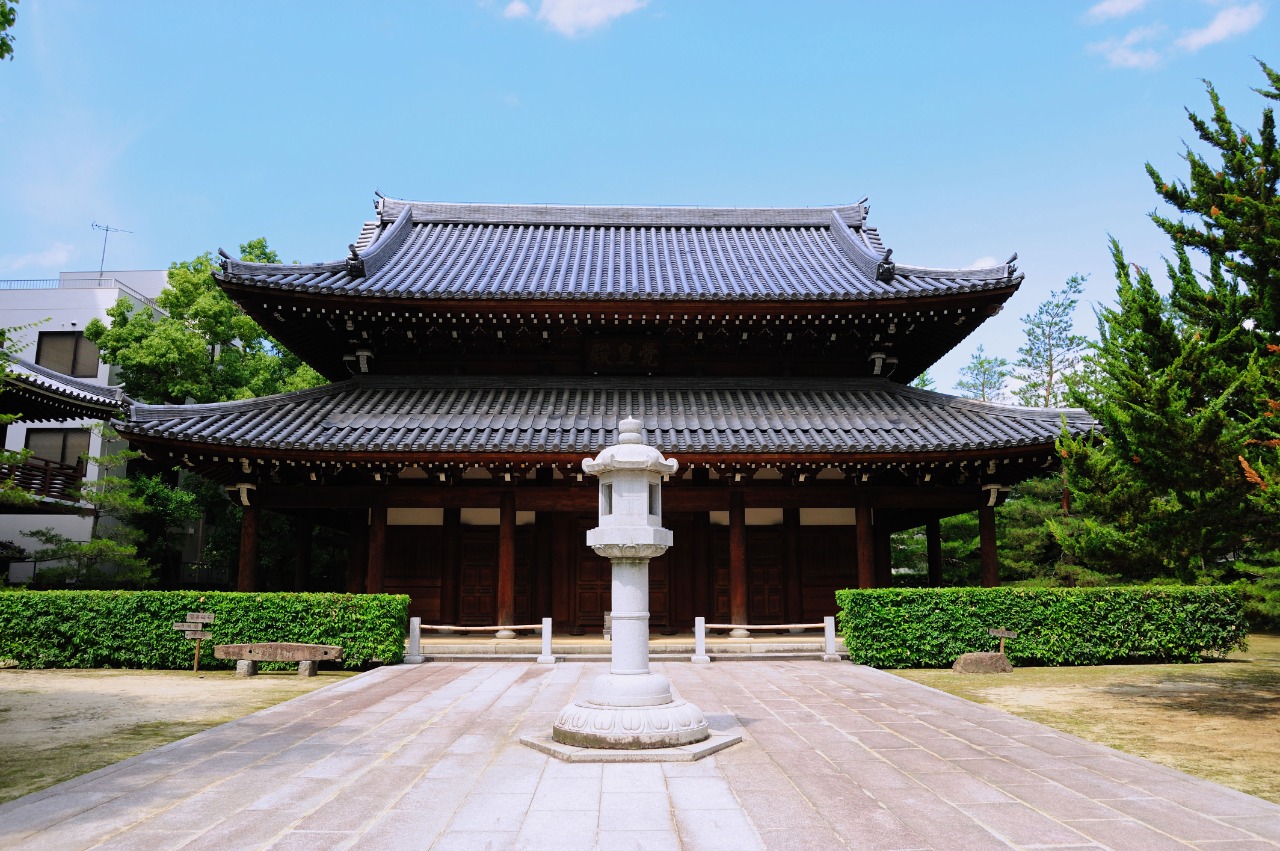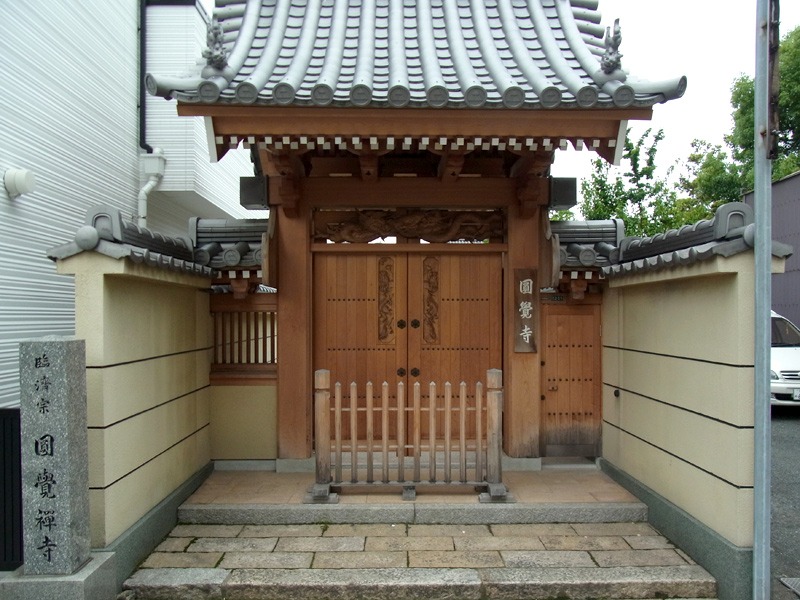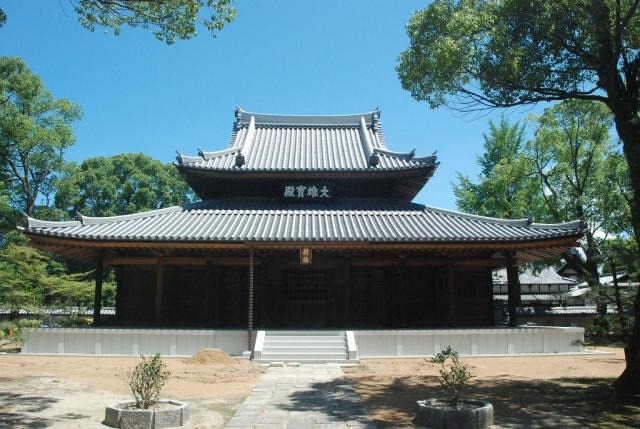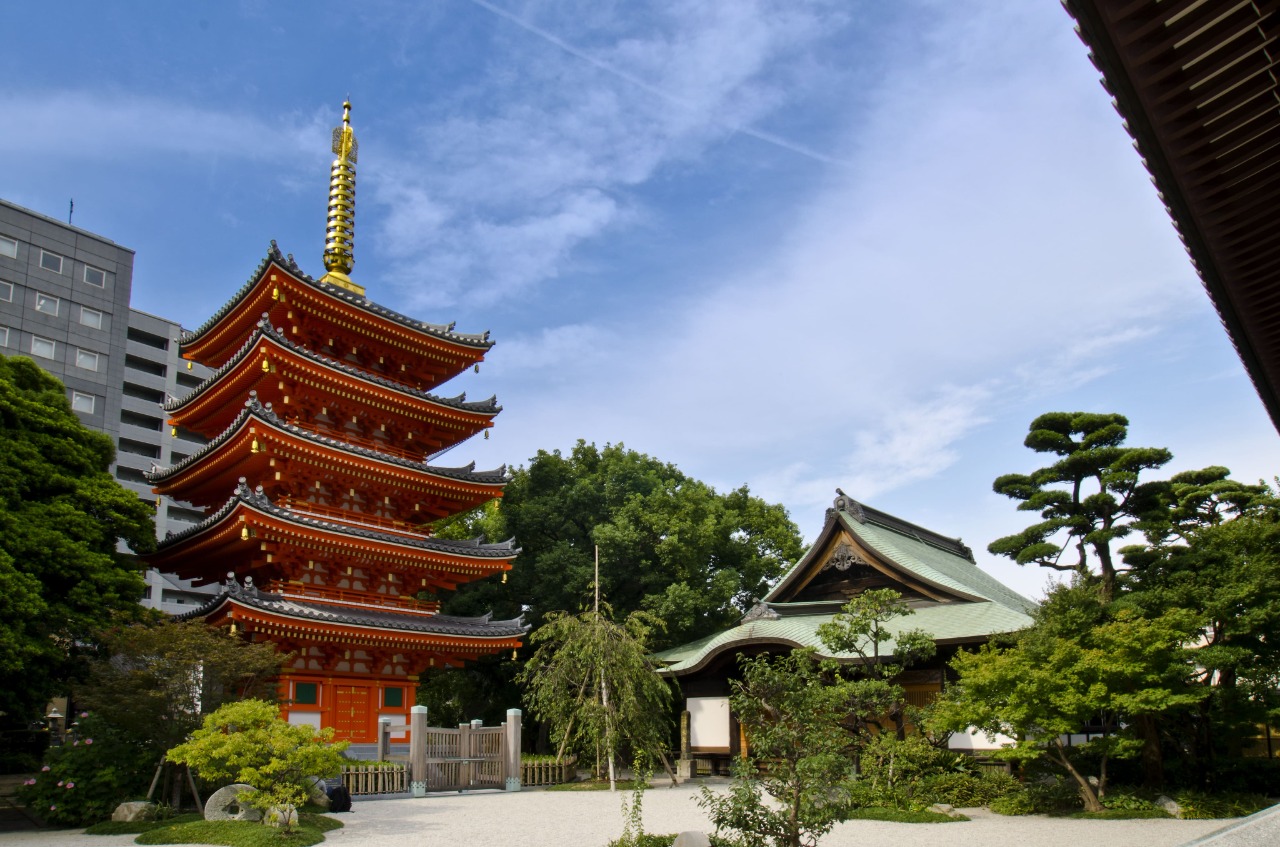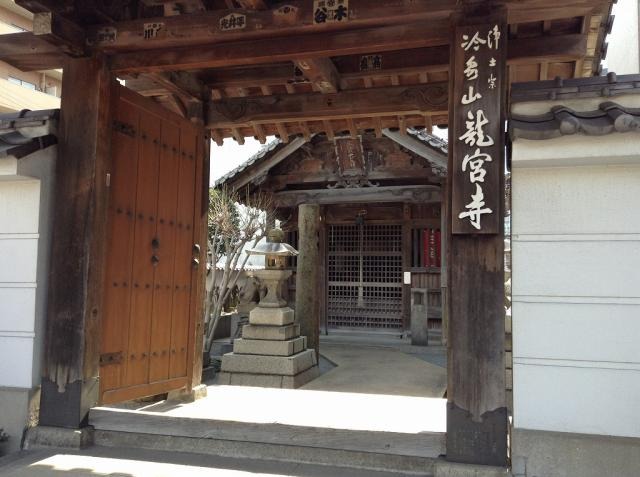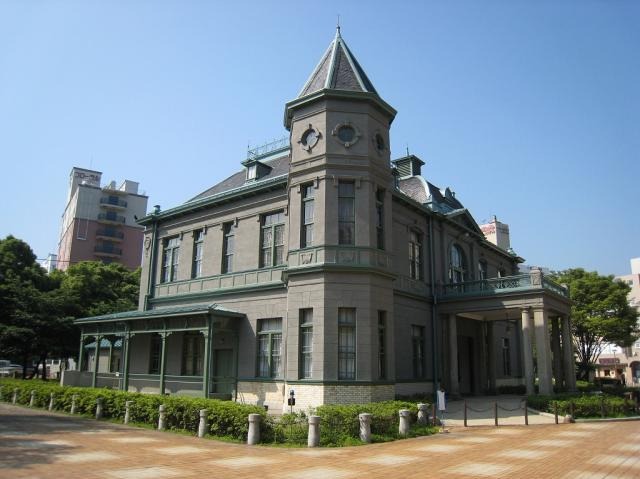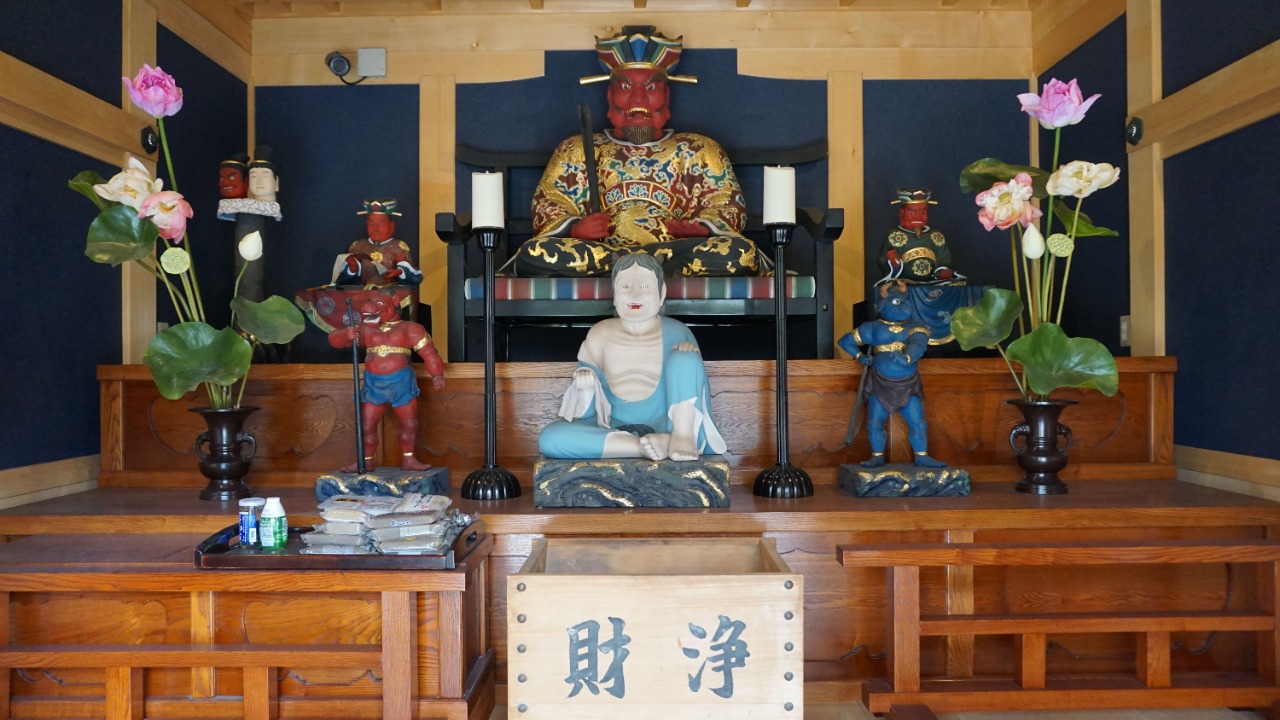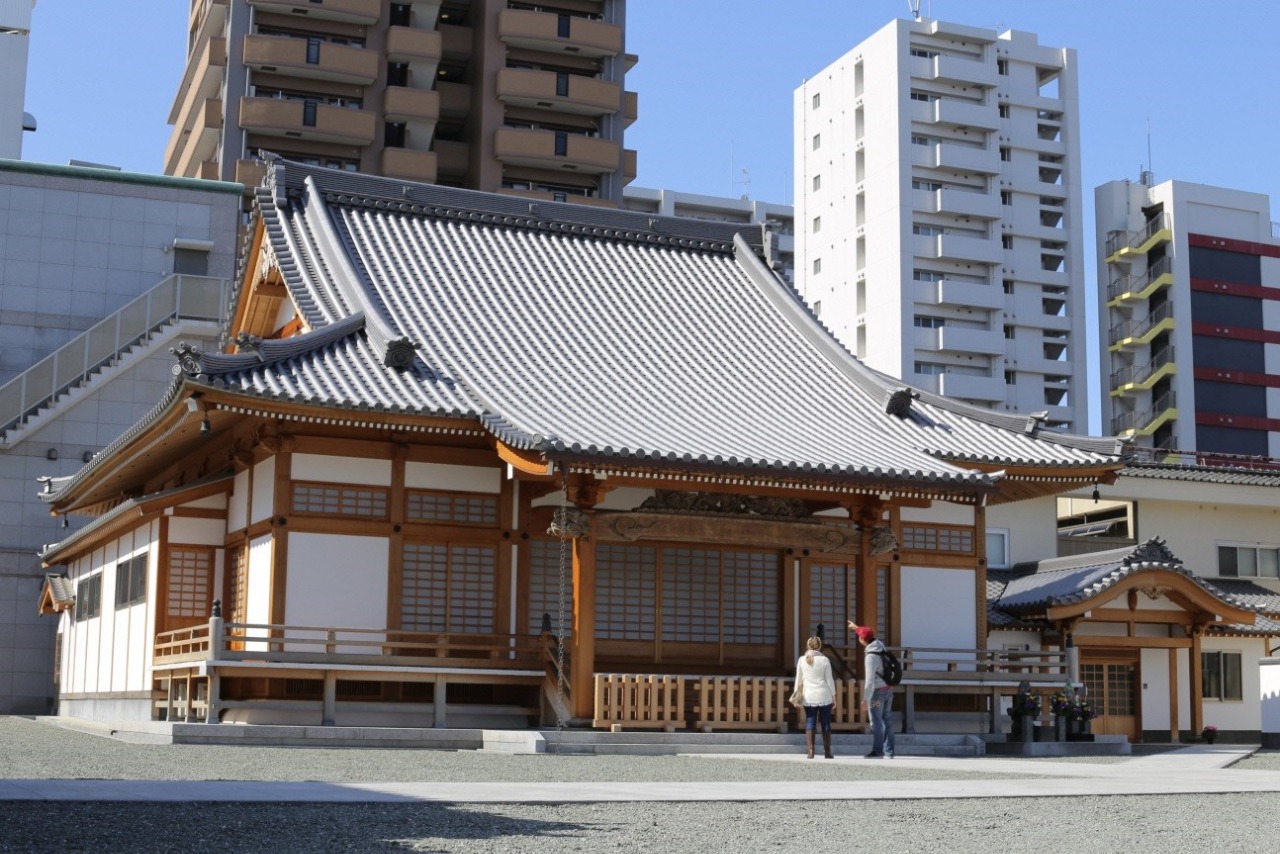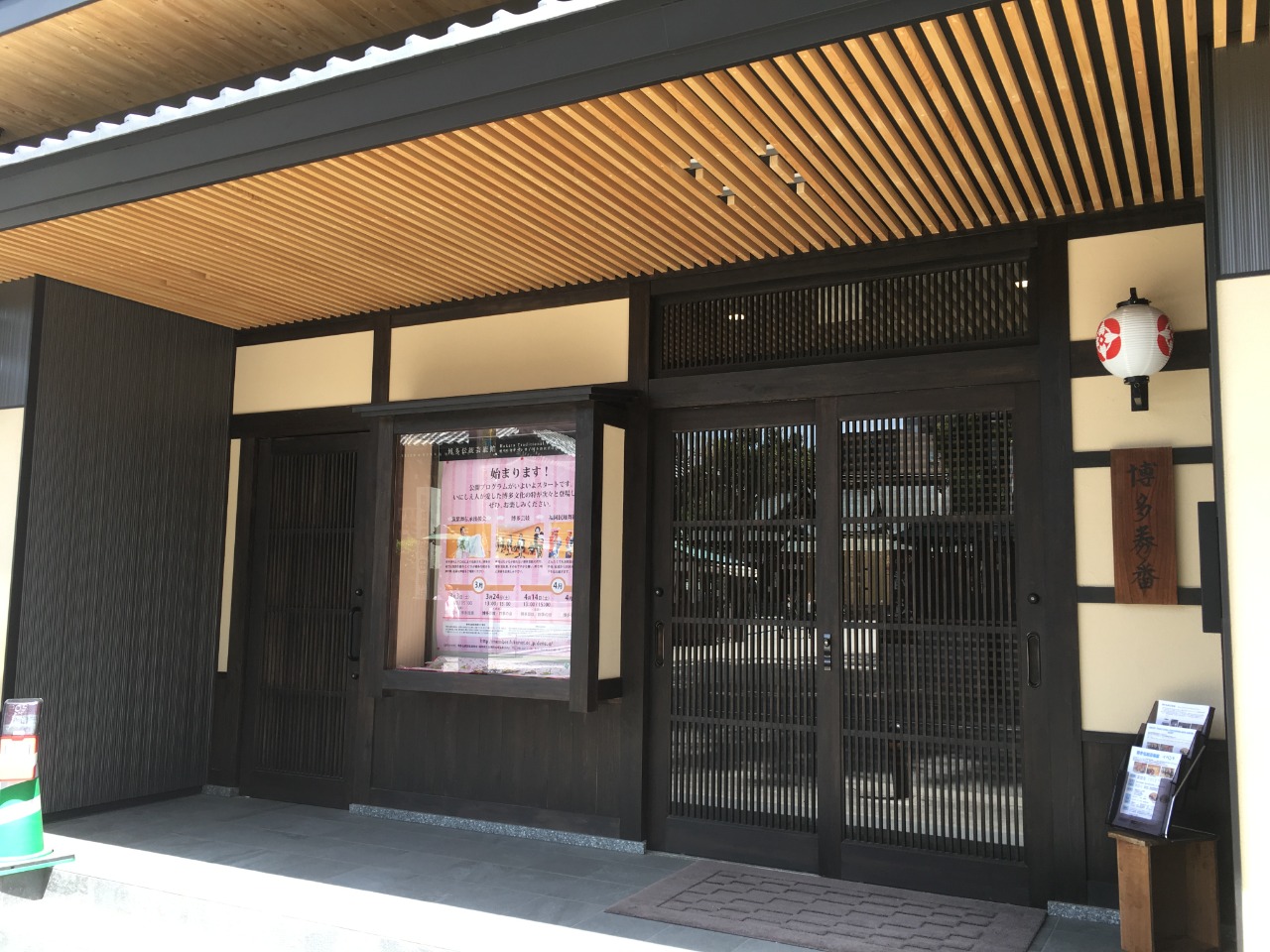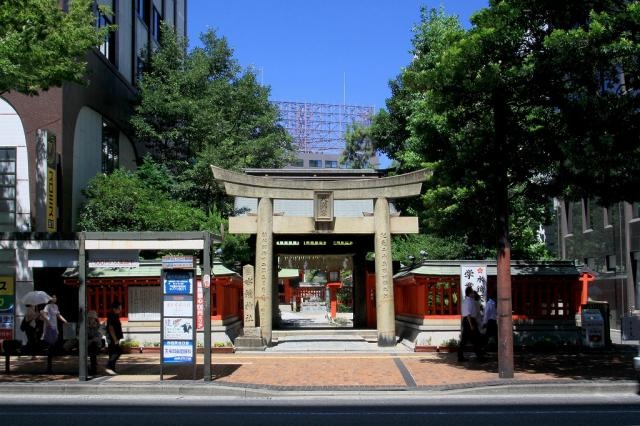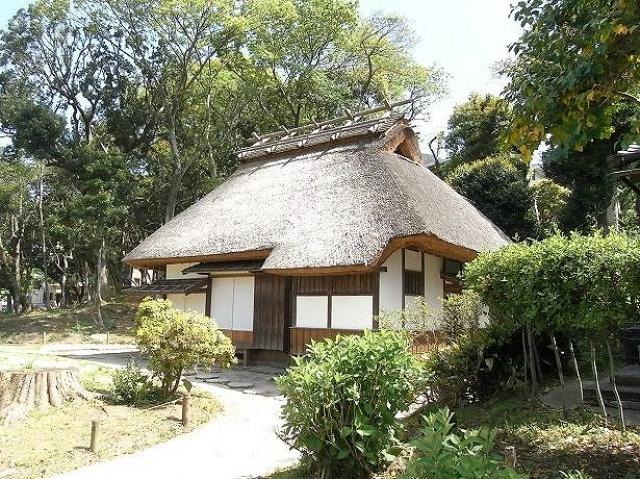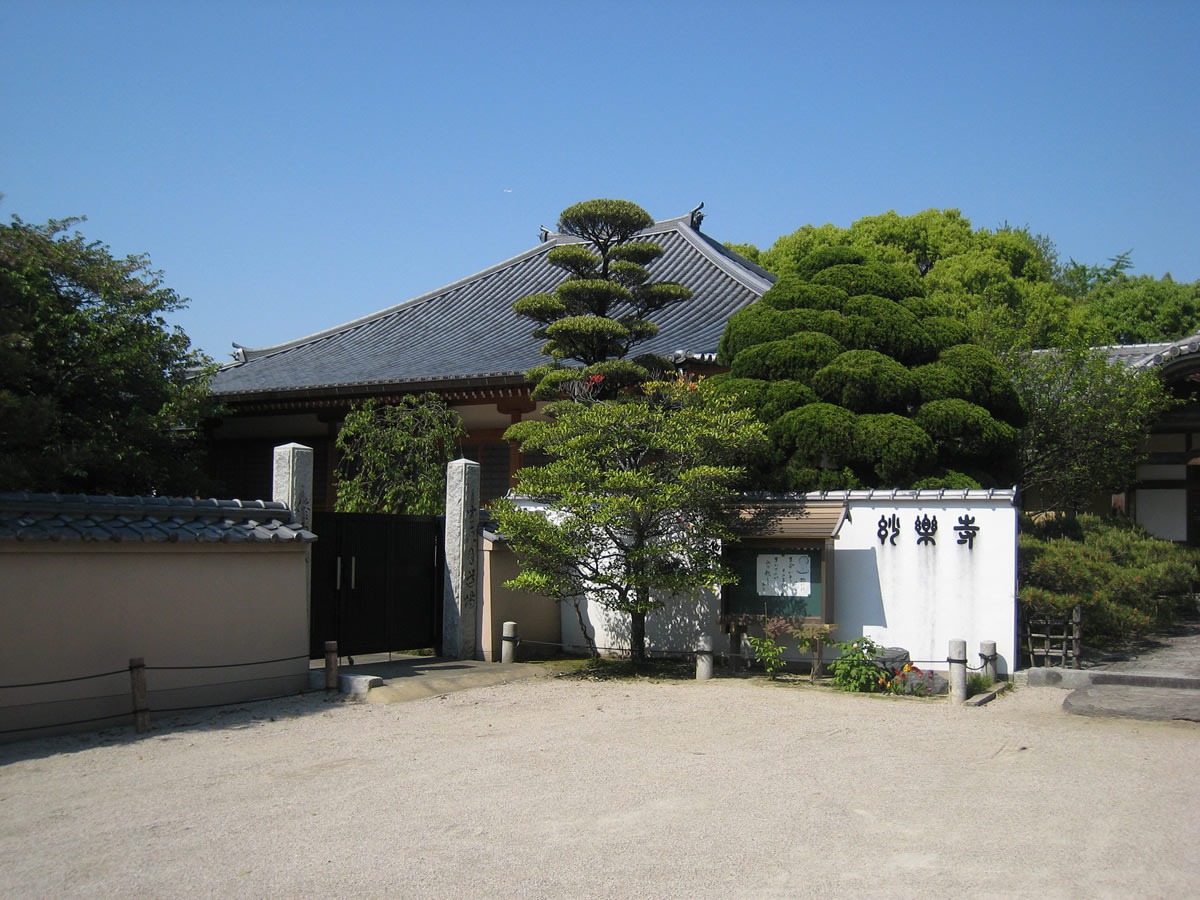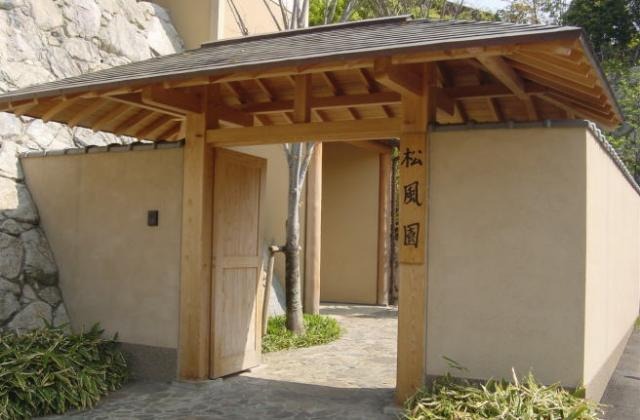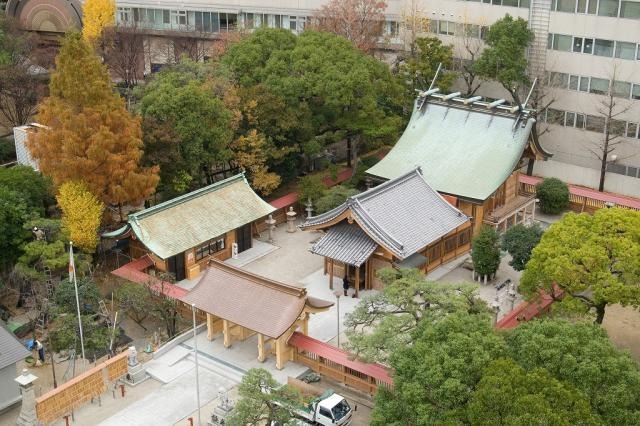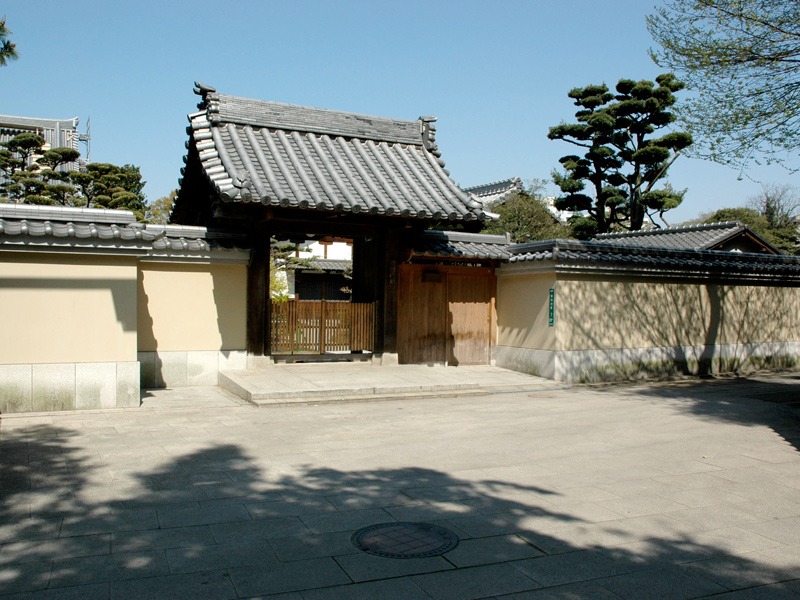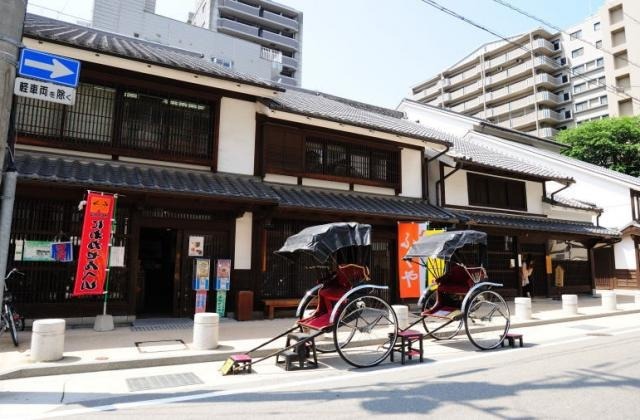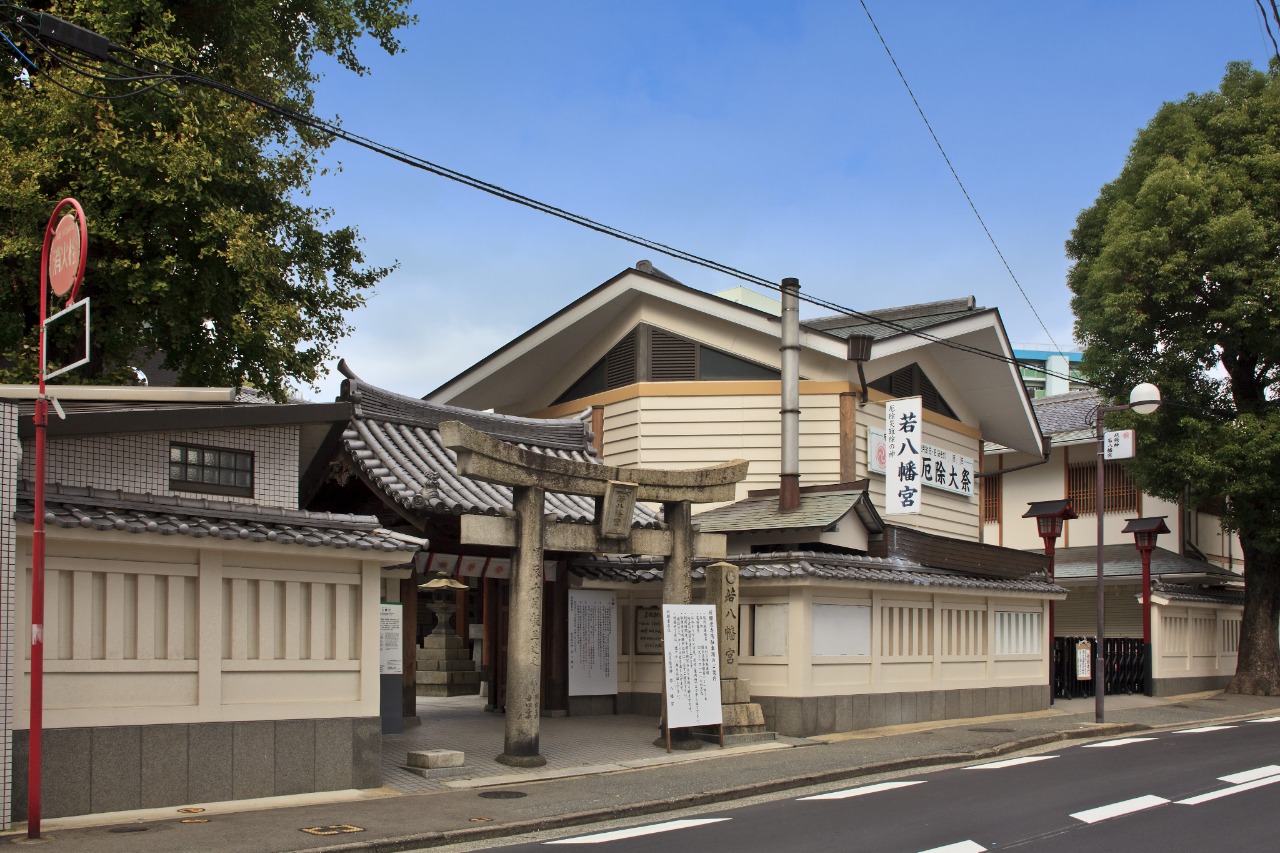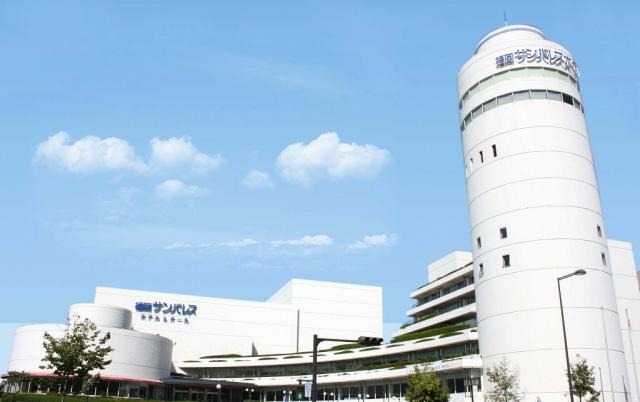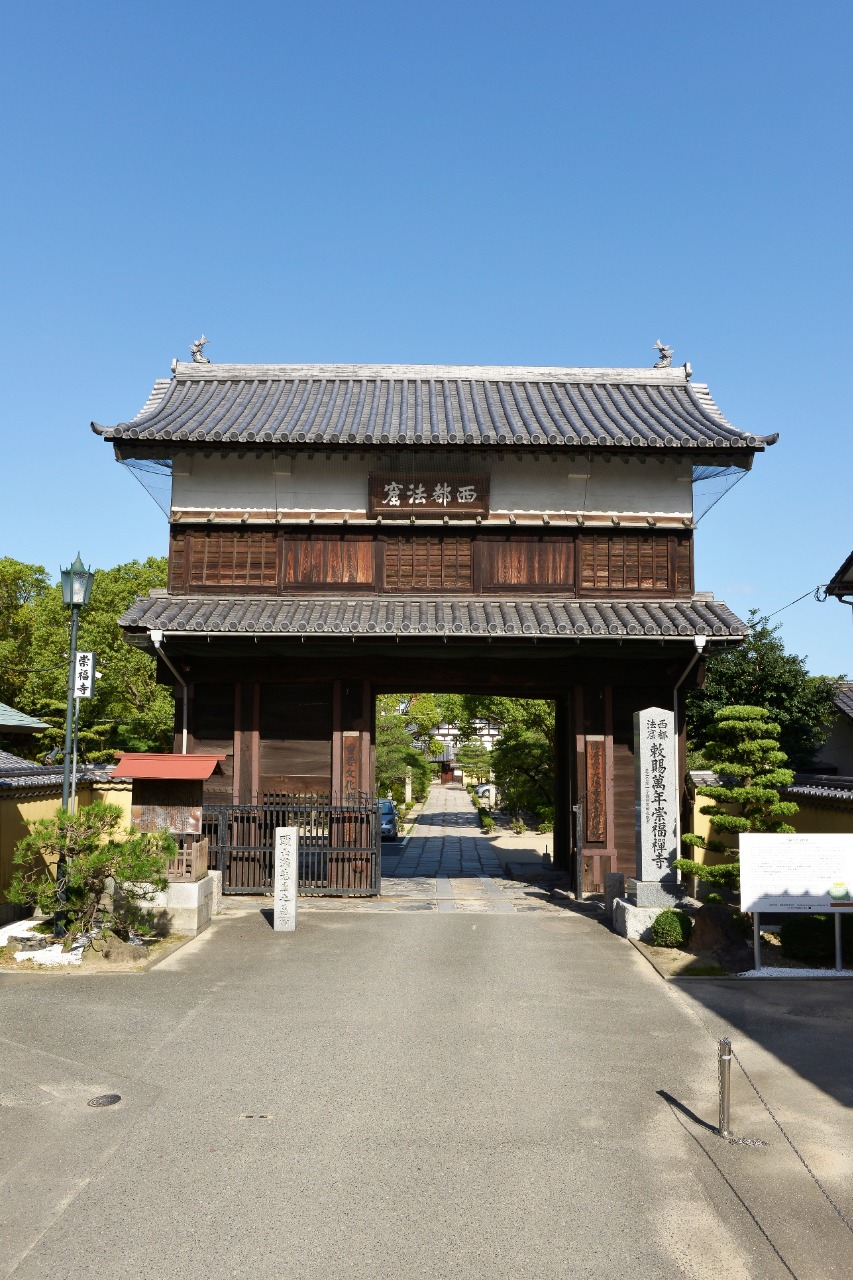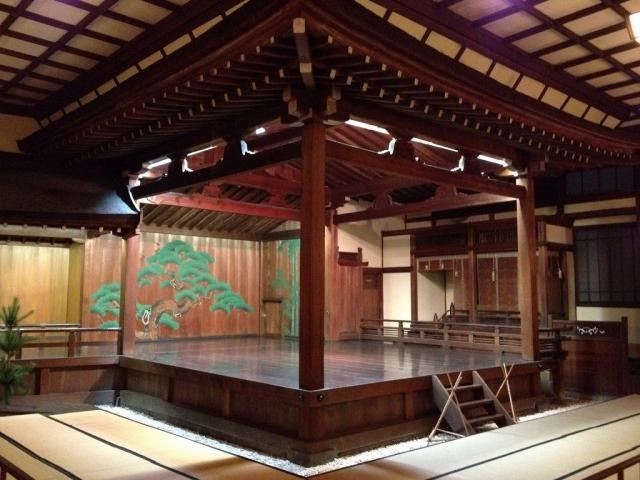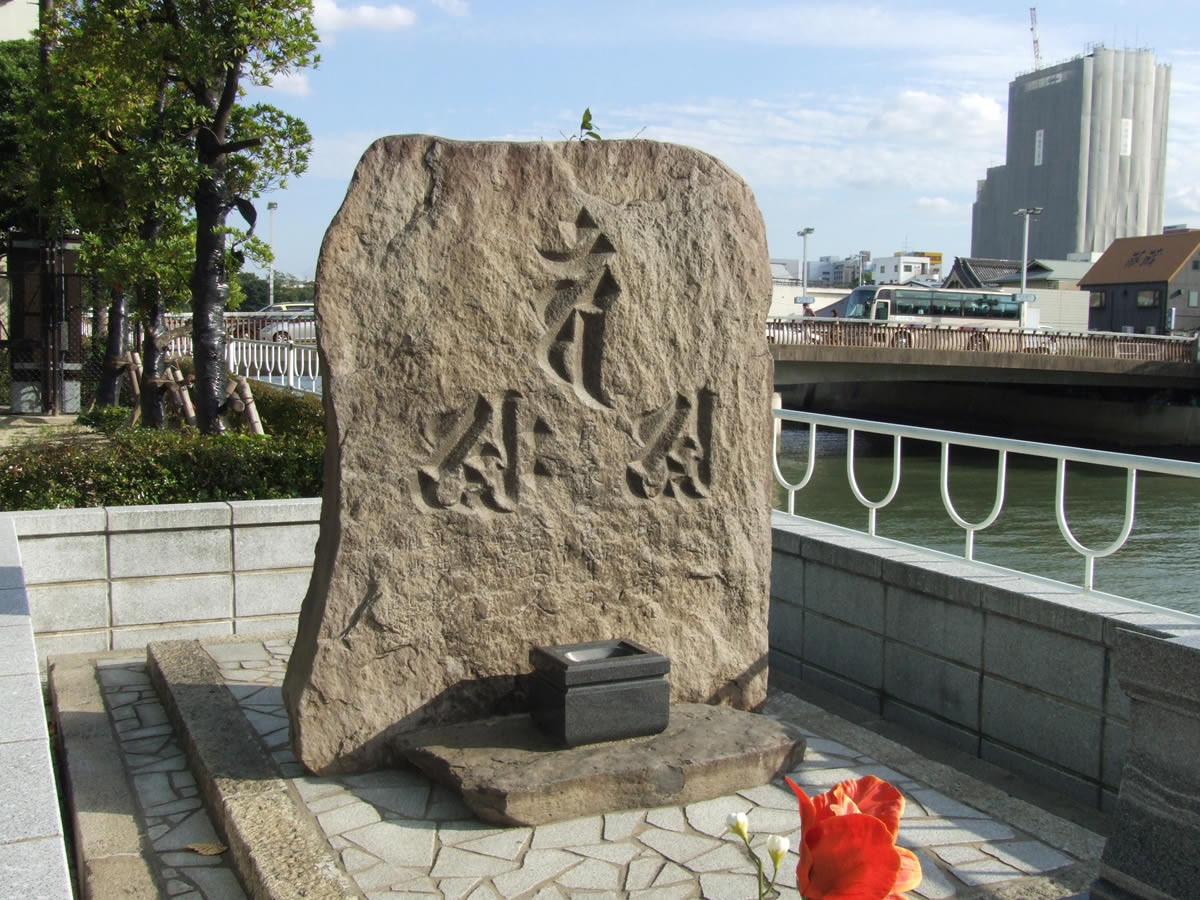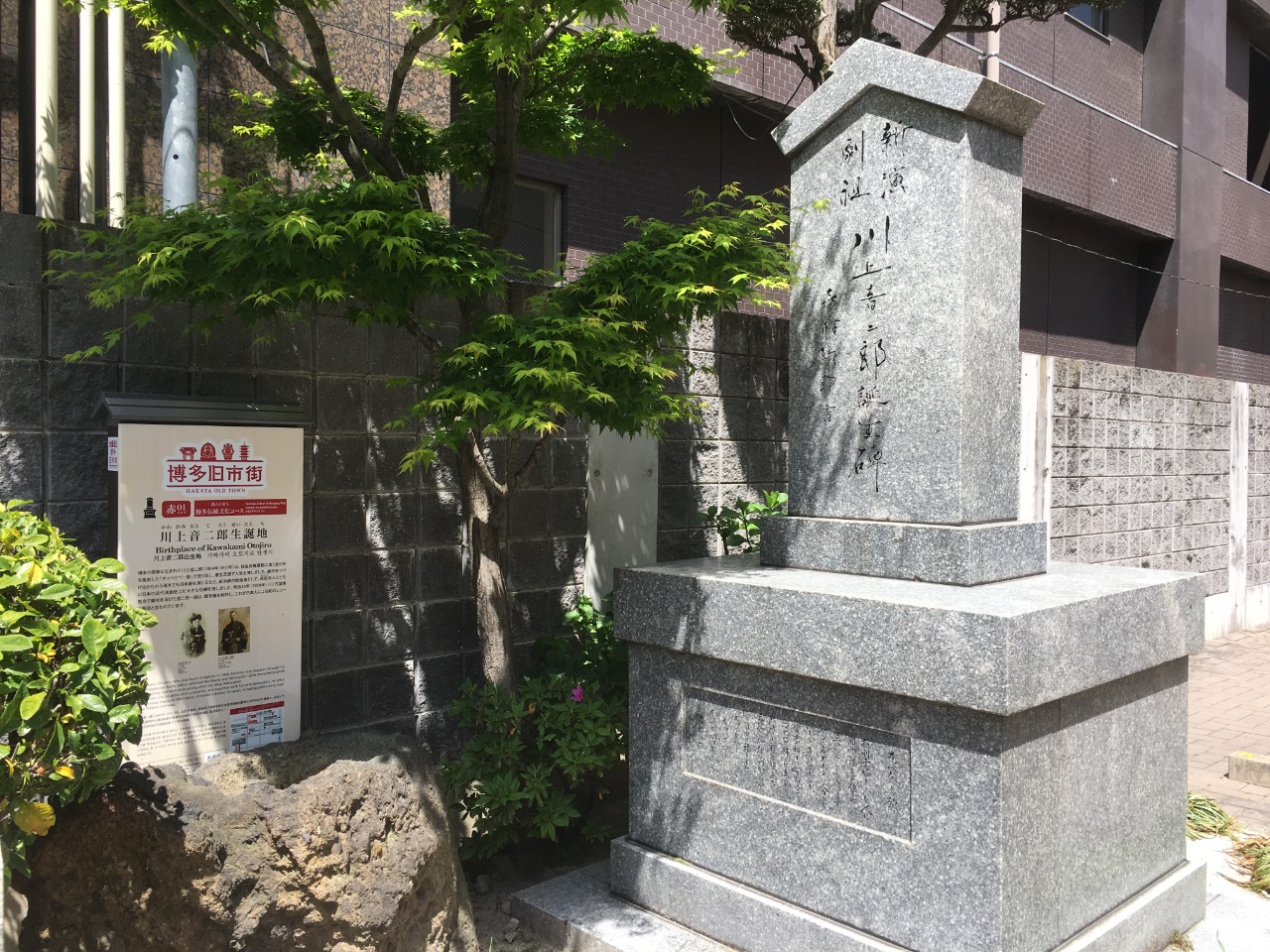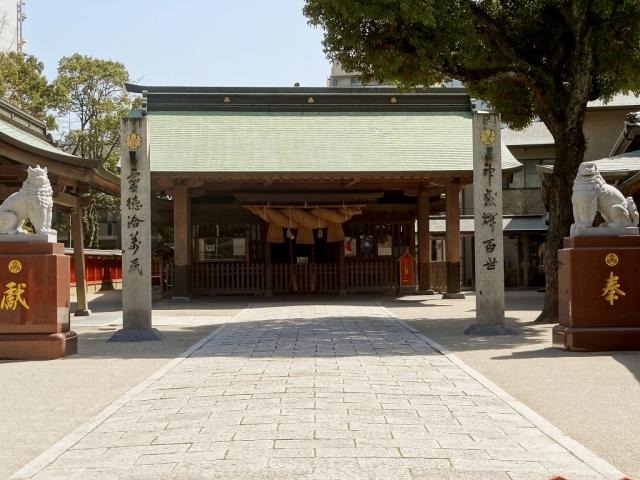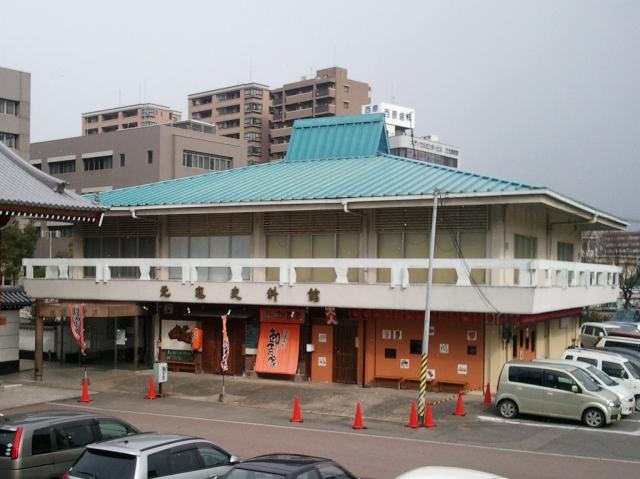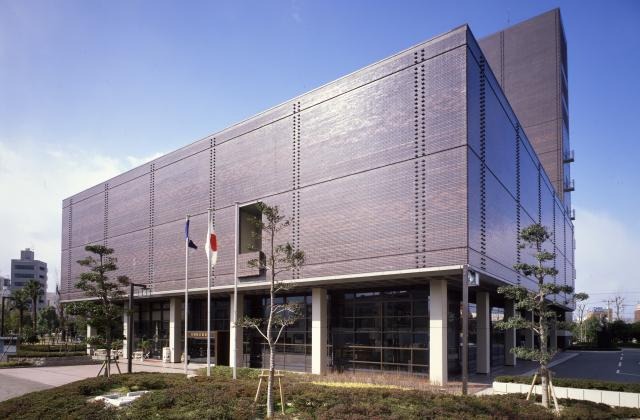Our Experience at Hakata Gion Yamakasa Oiyama
Hakata Gion Yamakasa is a festival that takes place every July in Fukuoka. This exciting festival dates back 784 years, when a Buddhist priest was transported around the city on a platform, scattering holy water to ward off a plague. During Yamakasa, many neighborhoods in the Hakata area compete in a race, running with ornate floats on their backs throughout the city.

Author

From the University of Central Florida, working as an intern at Fukuoka City Hall to introduce Fukuoka tourist information.
The festival runs from July 1st-15th every year! On July 1st, you will start to see 13 large kazariyama floats displayed in notable places around the city (such as Hakata Station, Kawabata Shopping Arcade, and Canal City Hakata). These floats all have different themes: some related to Japanese history, some related to art, and some even displaying popular Japanese media. These floats are over 10 meters tall and weigh 2 tons! For the actual race, kakiyama floats are used, which are smaller but still intricately decorated. Each neighborhood carries one float to represent them!
From July 10th-14th, each neighborhood team participates in practice runs, which the public can watch. They run a different route than the final race, but they carry the floats and ensure that all participants are ready for the big day.
On July 15th at 4:59am, the official race, Oiyama, begins. Each neighborhood lines up outside of Kushida Shrine to kick off the festivities. The runners take their floats from the streets into the shrine, and then they’re off running all over the city!
We experienced Oiyama firsthand on the morning of July 15th! It was definitely difficult to wake up so early, but we were ready to go at 3:45am. We recommend having some good walking shoes and water to drink when you arrive. Even though it’s early, things get hot very quickly in the summer! As we left our hotel, the streets were very quiet and empty, until we approached Kushida Shrine.
When we arrived outside of the beautiful shrine, the area inside was already too crowded. There, seats are available for purchase so you can get the best view of the festival kickoff, but they are quite expensive. They are only sold on one day in June, and you have to go to Kushida Shrine in-person to buy one. We saw all of the floats lined up down the street, so we found an area to stand and watch the festivities. There was an exciting energy in the air as we watched everyone prepare.
Before the festival officially began, the men were lined up in the streets near their respective neighborhood’s floats. Each man was wearing a very unique, traditional uniform, exactly identical to the man next to him, consisting of a red headband, a blue and white short coat, a stomach band and loincloth, a rope hanging from the back, split-toed shoes, and cloth leggings. We also saw men of all ages ready to help: older men, younger men, and even some children! Not everyone was assigned to carry the actual float, though. The men assigned this task were older but not elderly, and strong enough to consistently support the floats. The men not carrying the floats ran behind, chanting and encouraging their peers. We also saw lots of kids involved! They definitely didn’t carry the floats, but they carried light wooden boards with older men guiding them. It was definitely super cool to see so much of the community involved with this beautiful festival!
As we are currently living in Nakasu, we were very interested to see what Nakasu’s kakiyama float would look like. This float is titled Gouketsu Kurodabushi no Homare, and it represents the story of Mori Tomonobu (Tahei), who was acting on behalf of his lord Kuroda Nagamasa. One night, he refused to drink, but a drunk Fukushima Masanori began yelling abuse towards the Kuroda family and said that if he drank a large cup of alcohol, he would give him whatever he wanted. So, Tomonobu complied, requesting and receiving the famous spear Nihon-go. The next day while sober, Masanori requested the spear back, but was denied. Tomonobu became the next lord of Masutomi Castle, and he also worked in civil engineering and transportation development. On the float, you can see Tomonobu holding the spear determinedly, with wooden boards introducing the float to viewers. You can actually see the real Nihon-go spear displayed at the Fukuoka City Museum!
The race started at such a peculiar time, 4:59 a.m. Why not 5 a.m., you ask? We found out it is because the first team lined up to start the race sings the song “Hakata Iwai Uta (Hakata Iwai Medeta)”. Although we were unable to see the first team sing, and officially start the race at 5 am, we saw the following teams lined up behind them start their turn, and head into Kushida Shrine. There were seven kakiyama teams lined up this year who picked up their floats to begin their race in 5-minute increments.
The streets were filled with people wanting to experience Oiyama firsthand, and thankfully, we were able to do so, stationing ourselves in the street next to Kushida Shrine, Doi-Dori Street. Before the teams took off, they continuously got closer to the Shrine, as they effortlessly picked up their floats, with the last team starting at 5:35 a.m. The humid air was filled with the voices of the runners yelling “Oisa” every time they moved. Seeing the energy and excitement of both the spectators and runners was such a thrilling moment that connected Fukuoka’s people with its rich tradition.
Even though the start of the race is placed in Kushida Shrine, there are also multiple viewing spots outside of that area and all around Hakata Old Town. After all of the teams had taken off, we quickly rushed over to a nearby street where there were already tons of spectators lined up to see the teams quickly run by with their floats. We had to be careful of not getting too close for two reasons. One, because the speed they run at is impressively fast, and two, because team members splash buckets of water at each other and at the ground. This helps cool down the runners and release the friction between the float and the ground to make it easier for them to carry.
The most notable part of this experience was seeing how teams finished the race in around 30 minutes. Since there were no announcements tracking which team won, we were unable to find out who won at the moment. After the race ended, we decided to get back to our hotel since we had woken up so early. On our way back, we ran into the Nakasu team, who were huddling up to celebrate the hard work they had done. We saw them preparing to take the Nakasu float down, and congratulate each other as other spectators were also watching.
Even though the Oiyama is a race, the focus is not placed on who won, but rather the community that is built around the festival. We were able to truly experience this sense of community all throughout that early morning, and even the weeks before the race. The Hakata Gion Yamakasa Festival is a long-running tradition that Fukuoka’s people take pride in, and will continue to celebrate every year given the opportunity. We were witnesses to how culturally rich and thrilling this festival can be, and we urge people to visit Fukuoka and experience it at least once in their lifetime!







